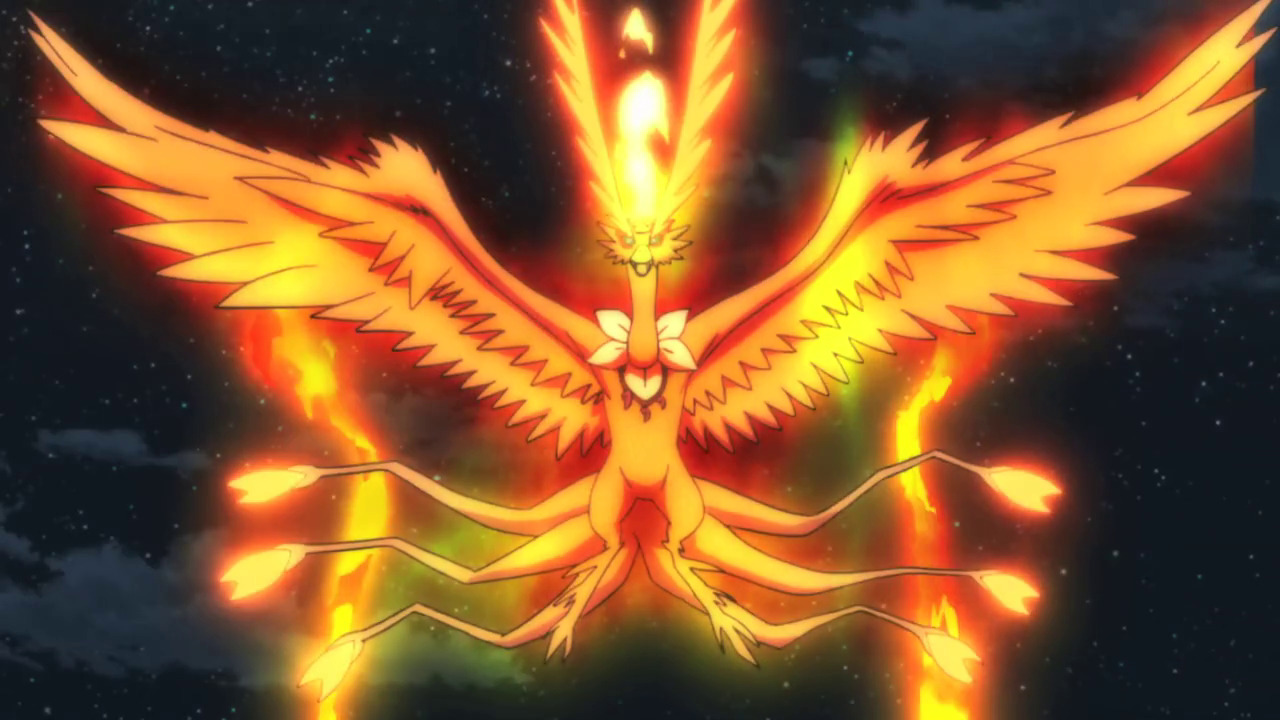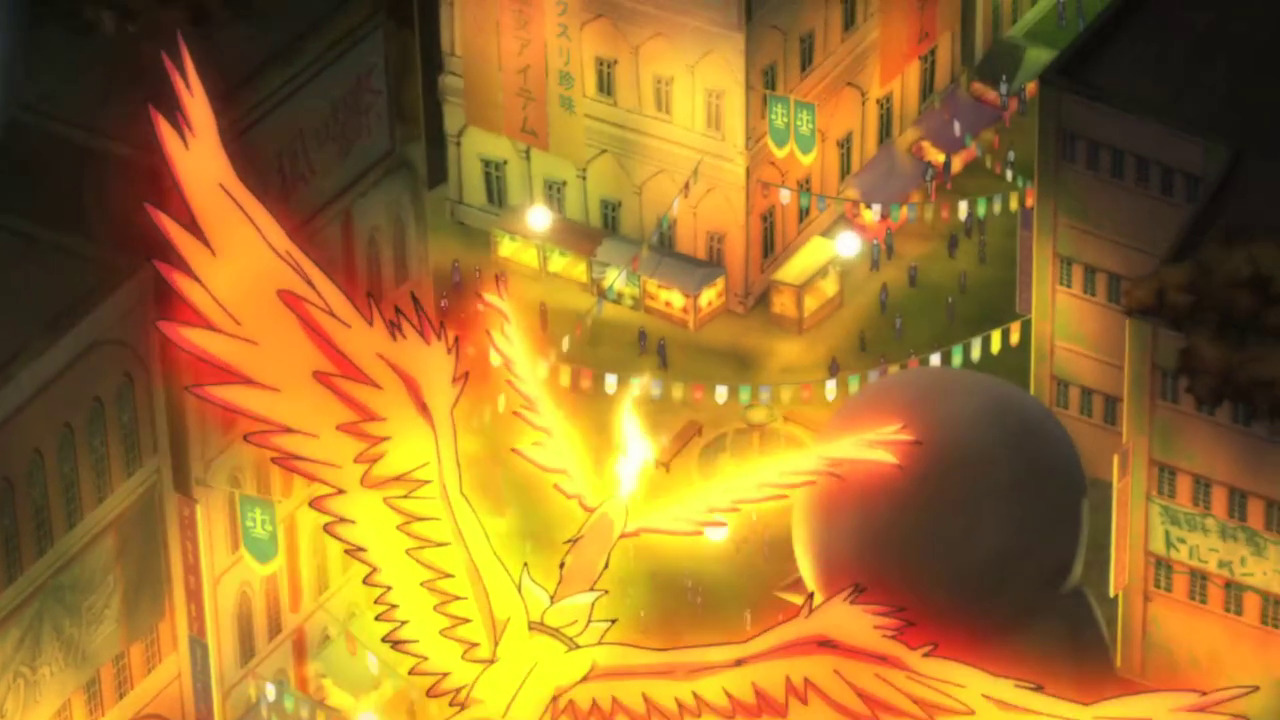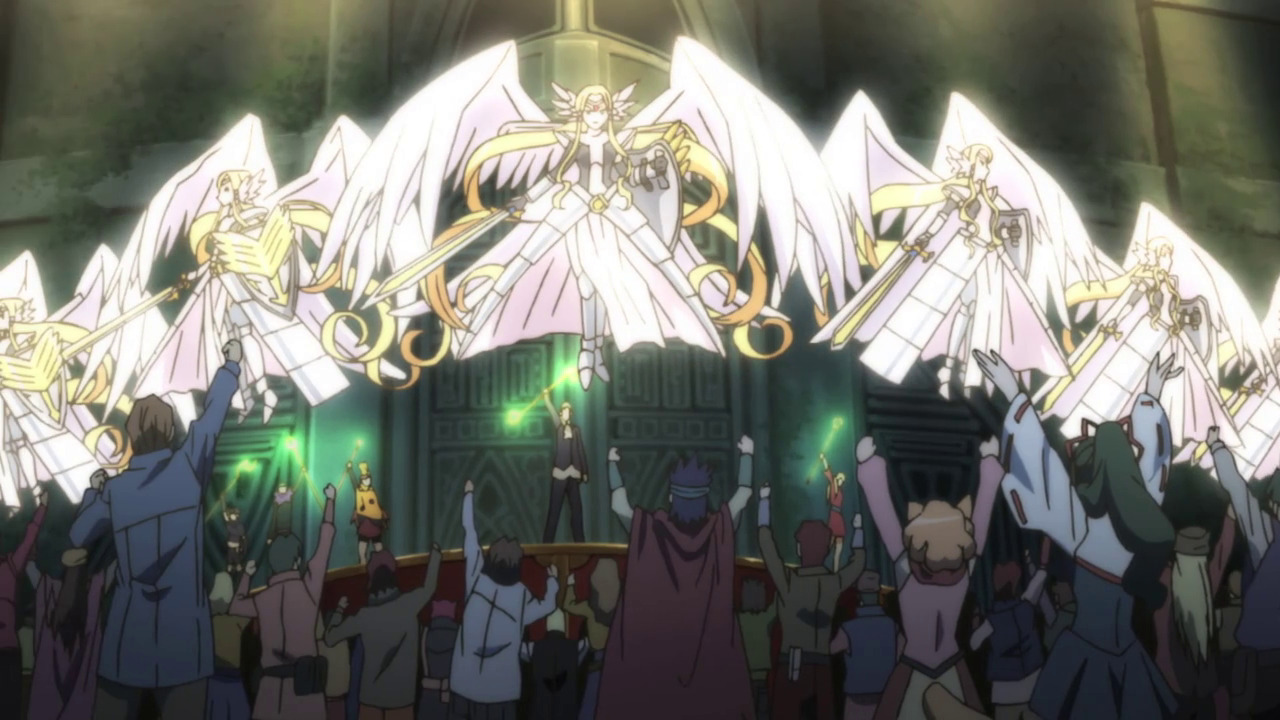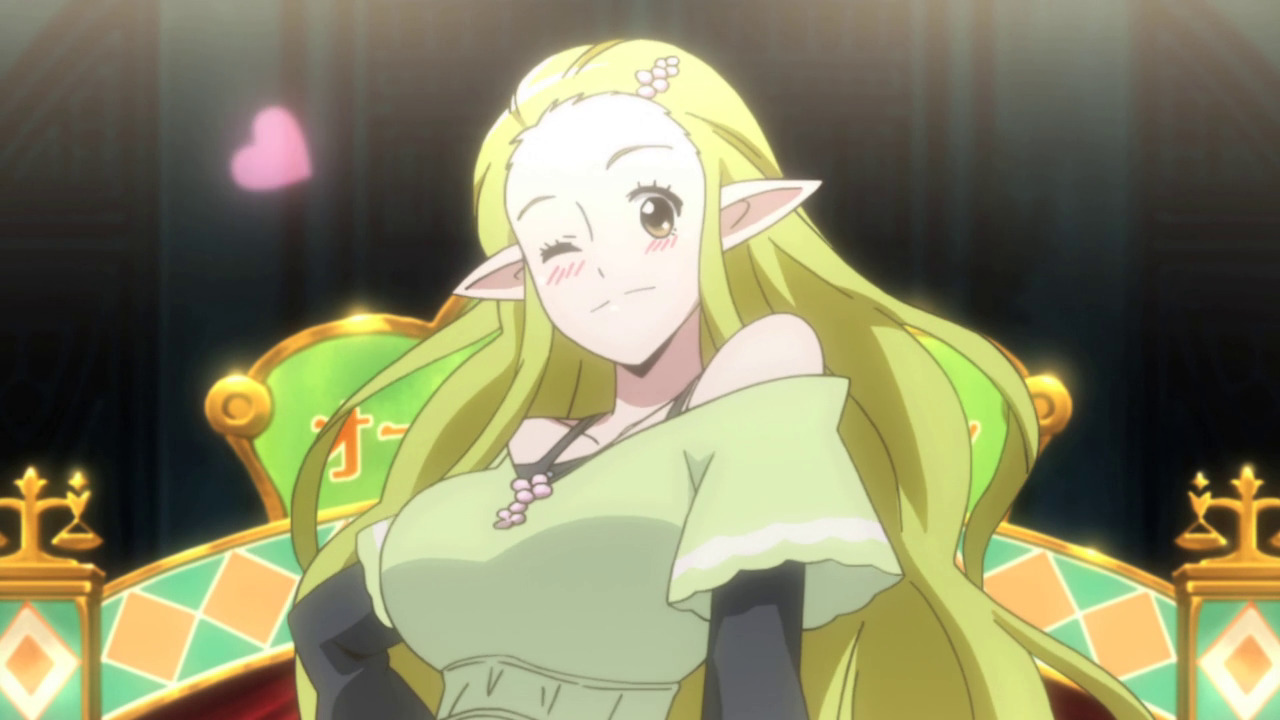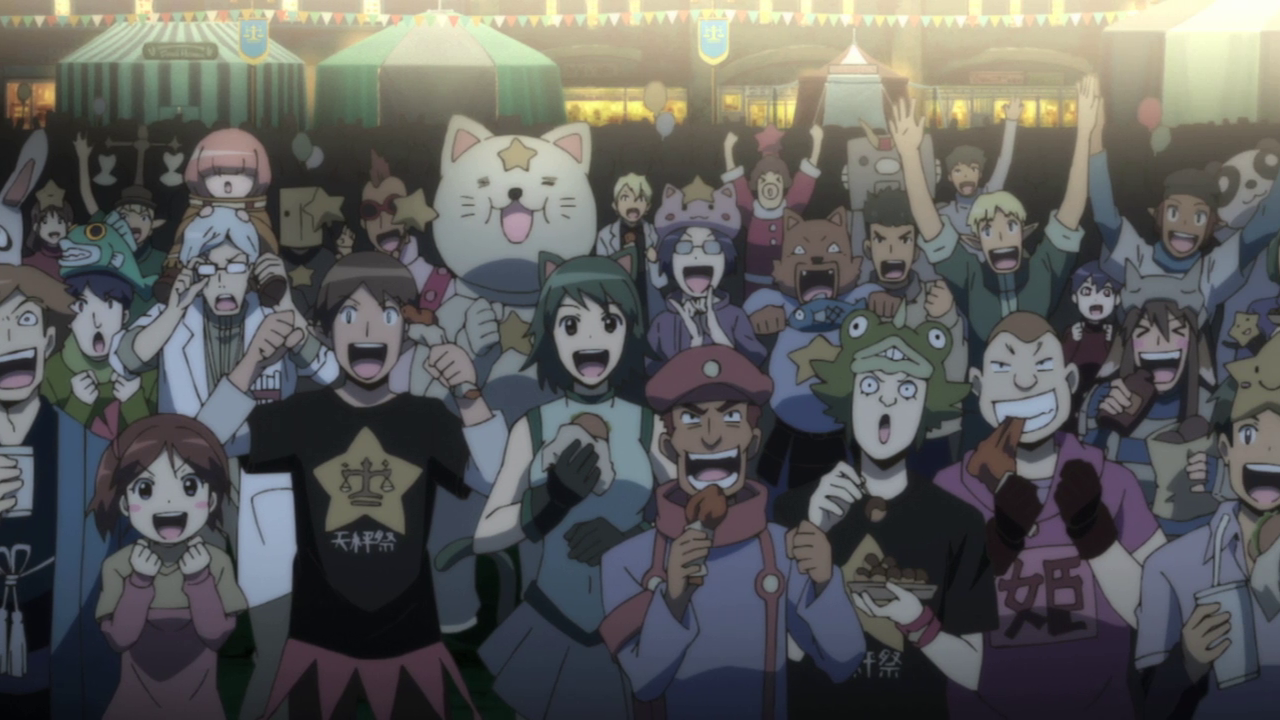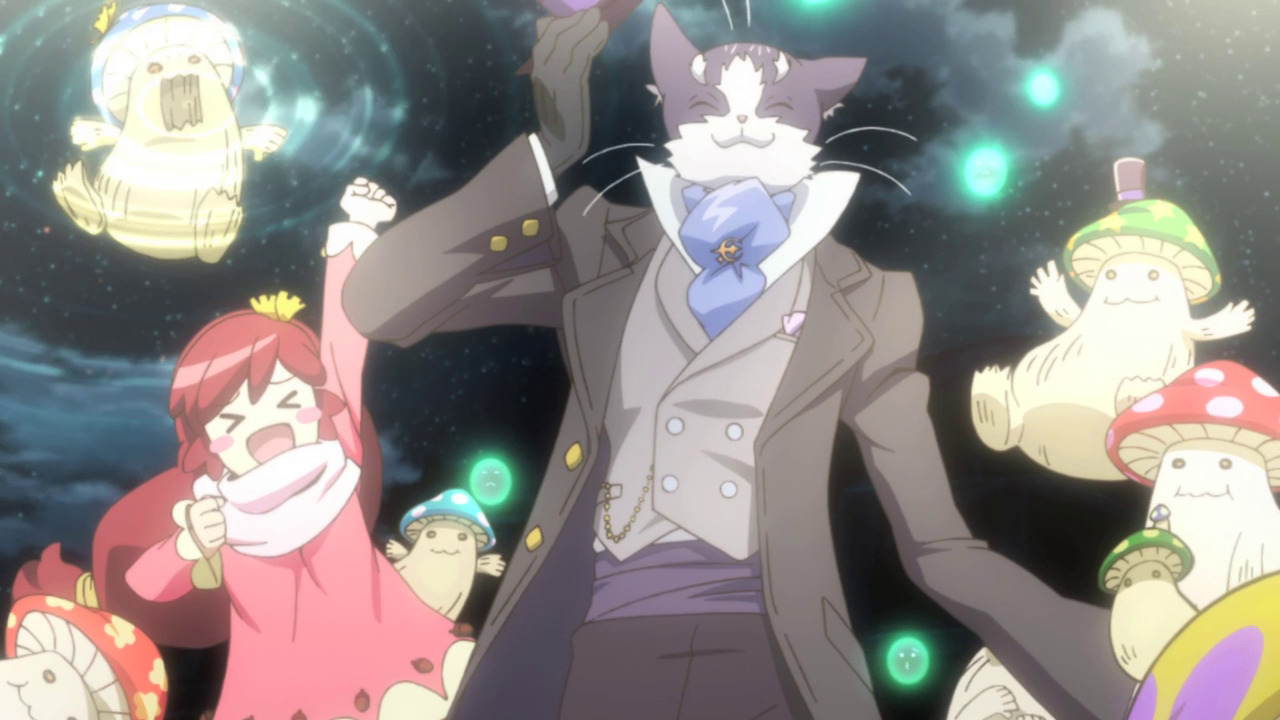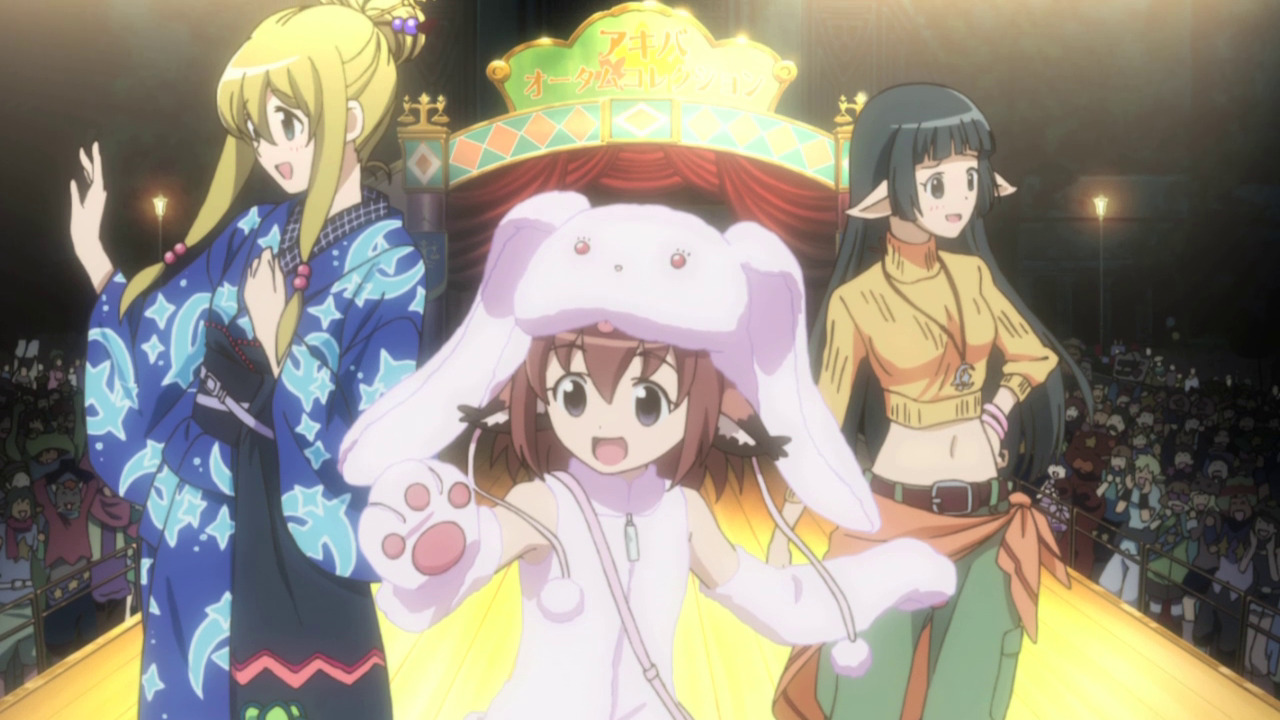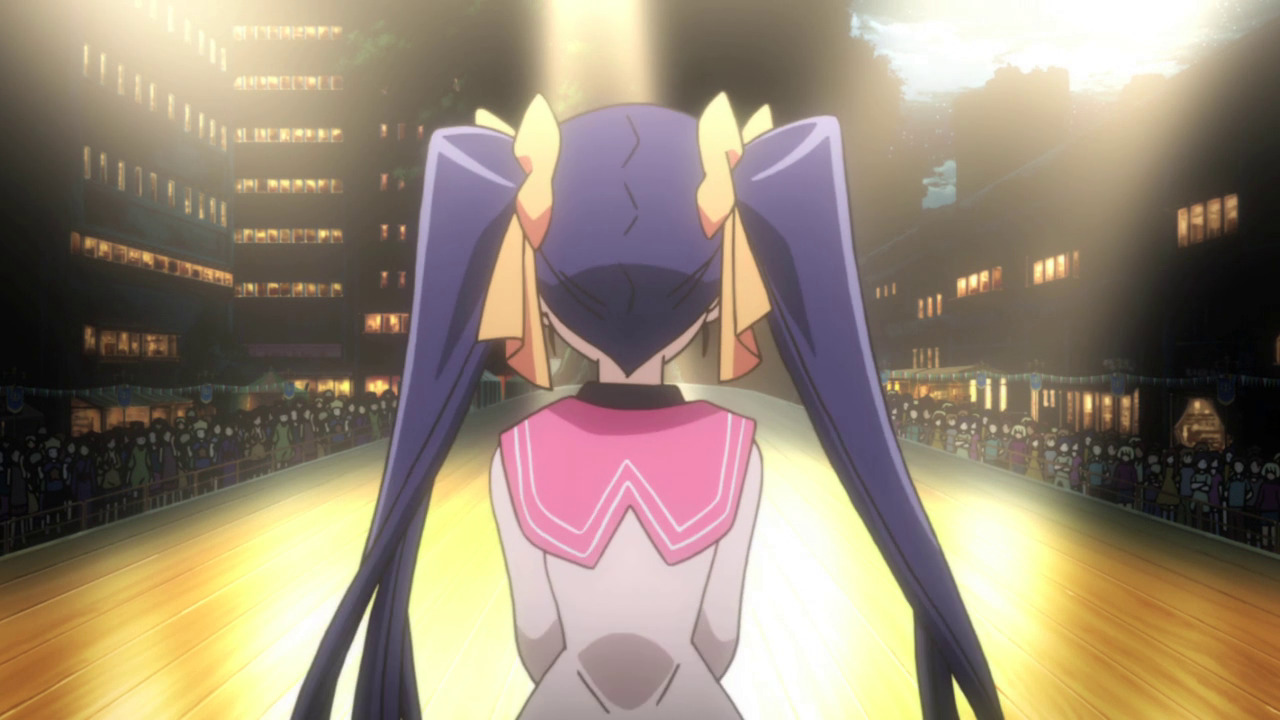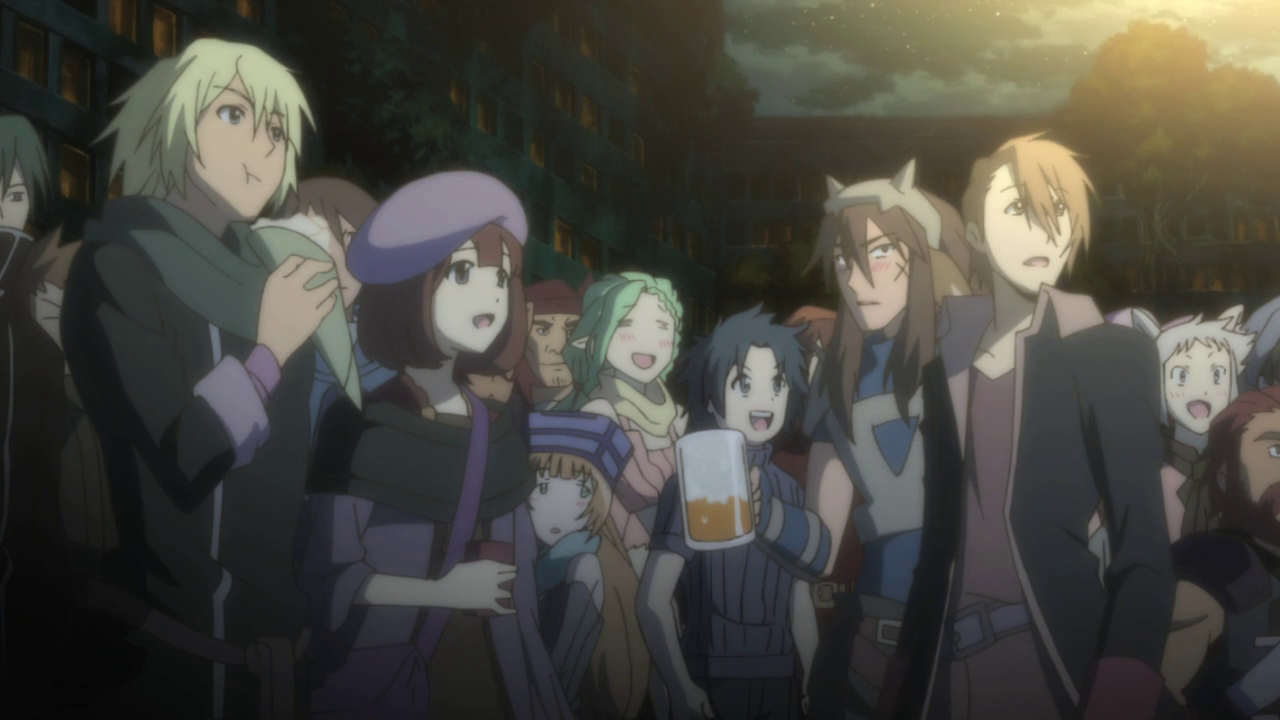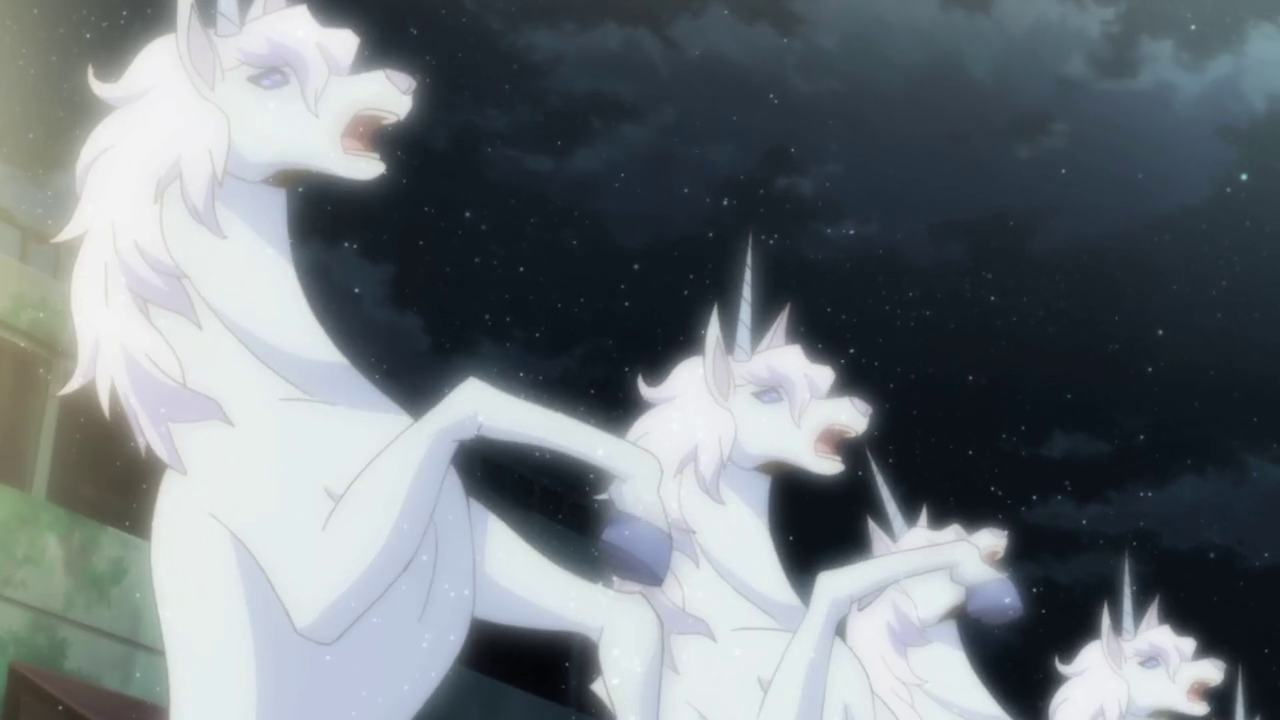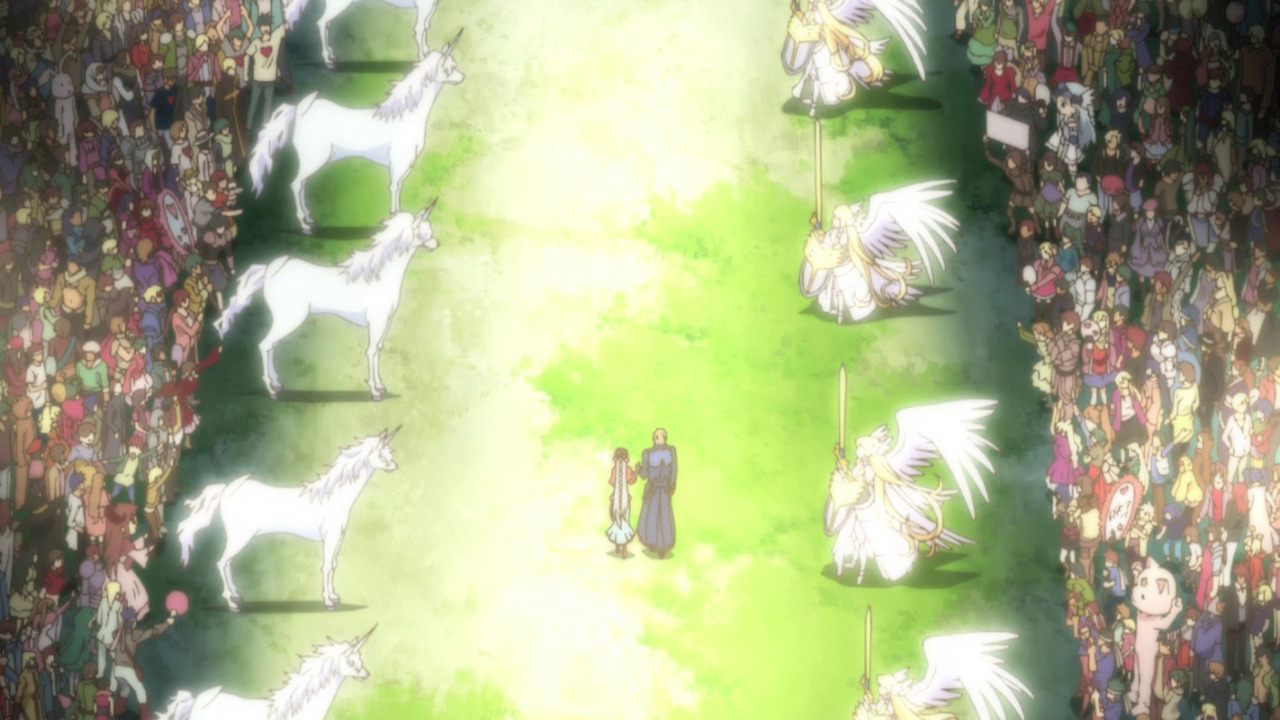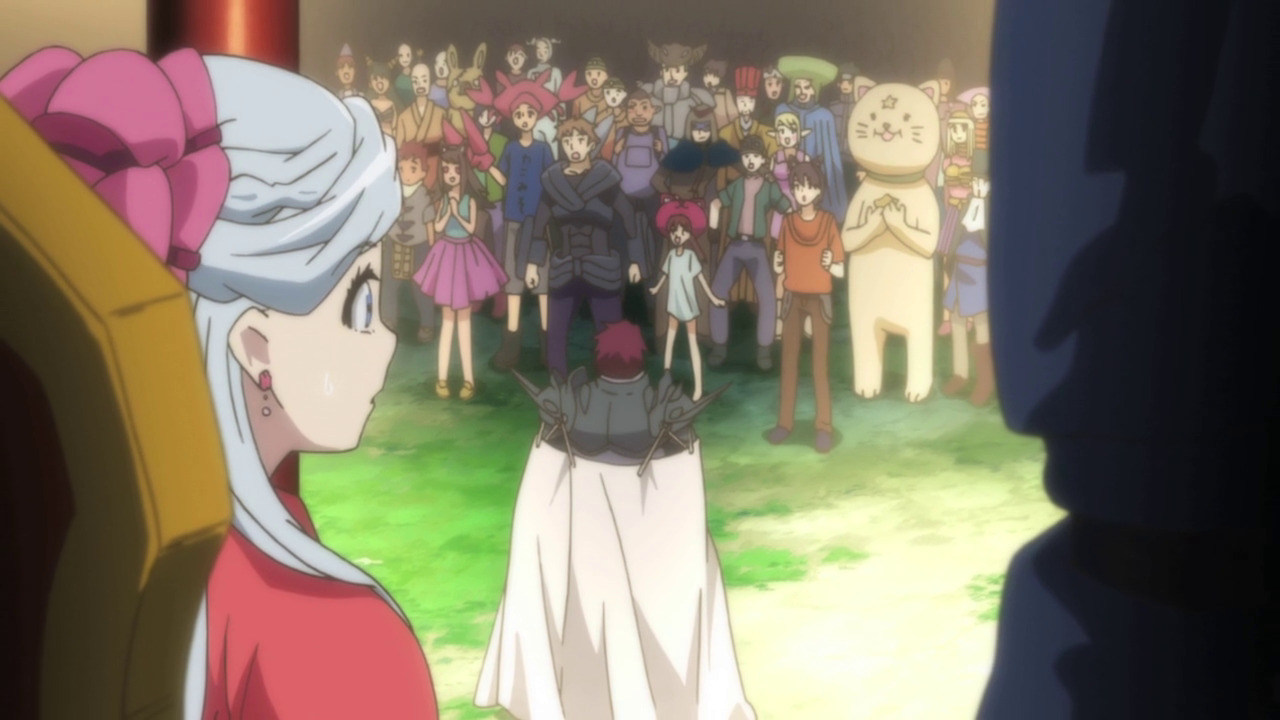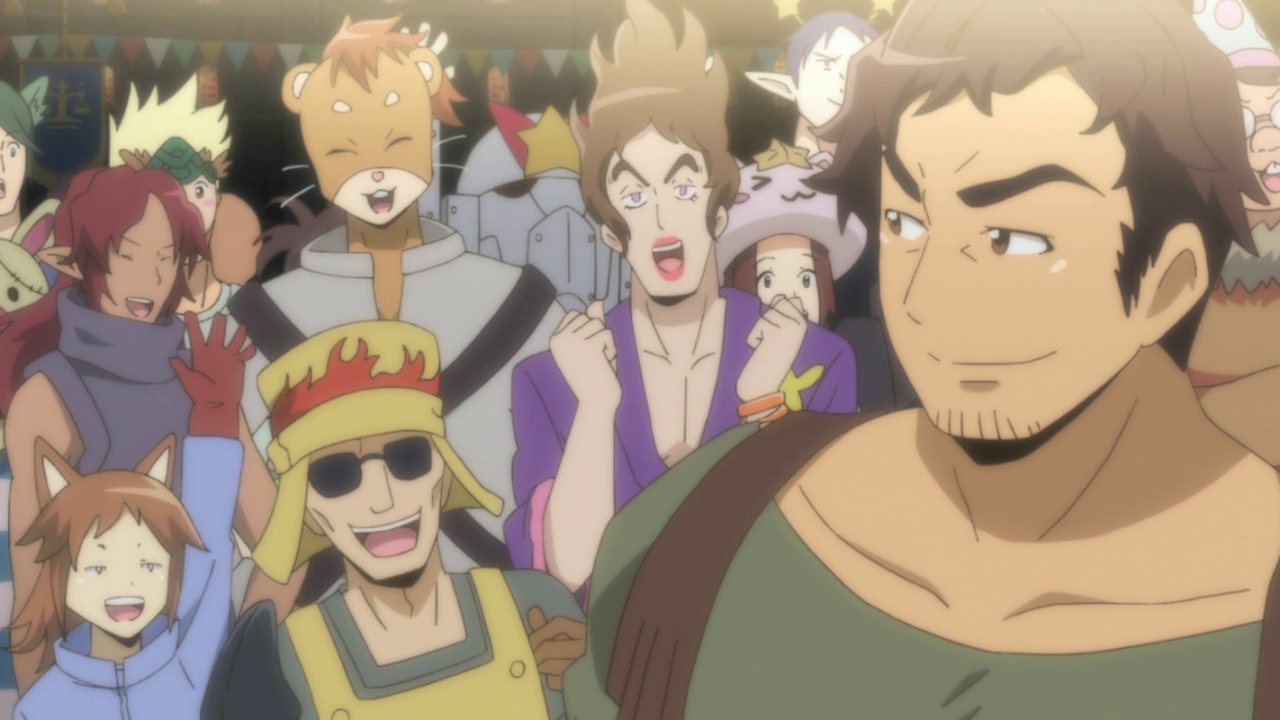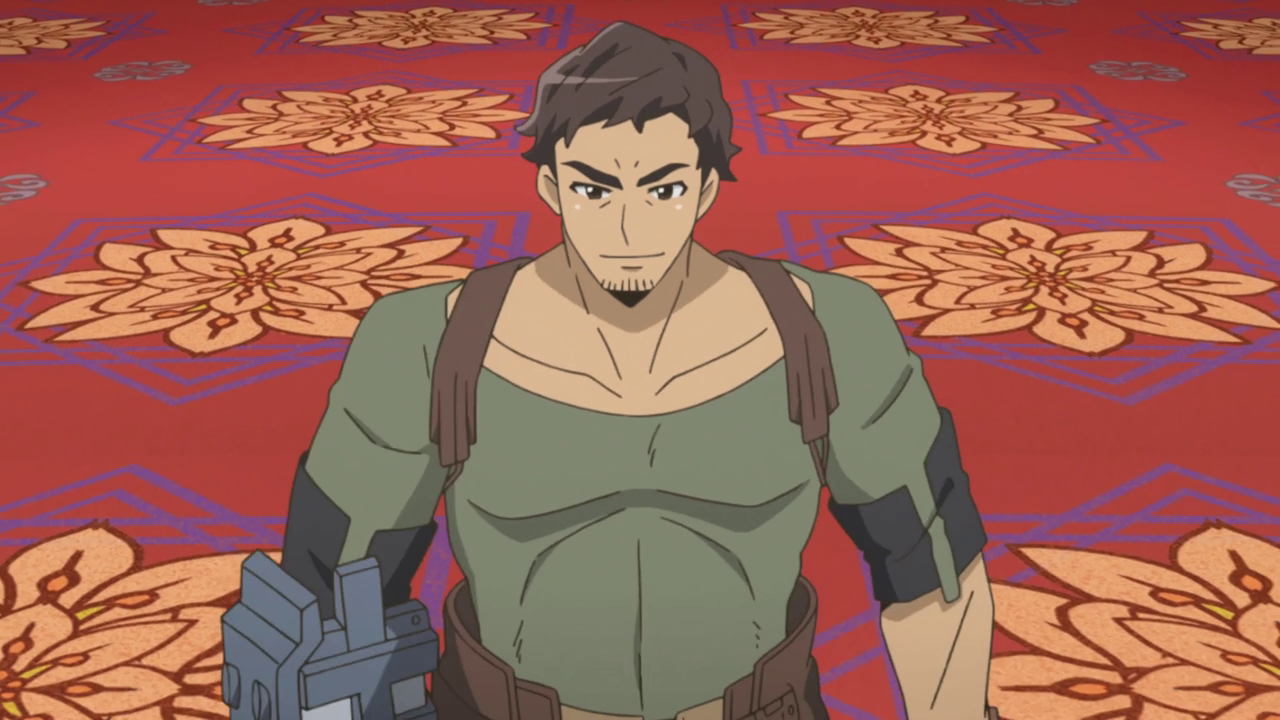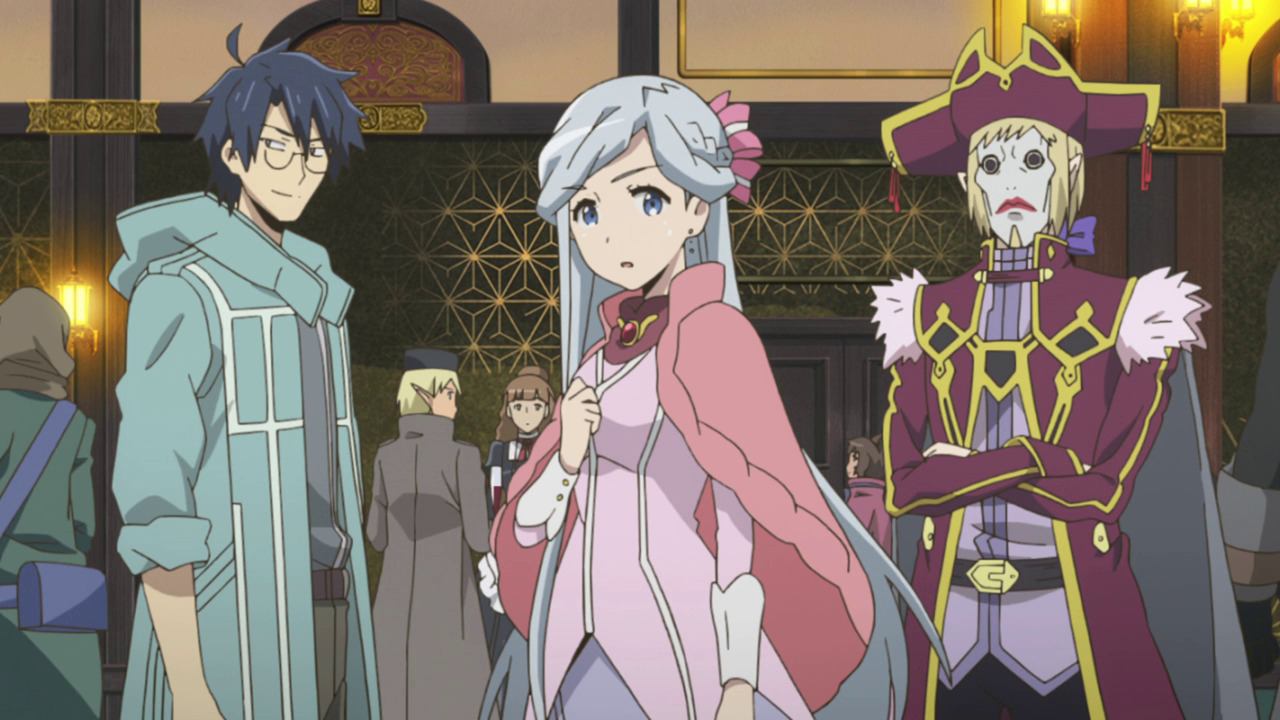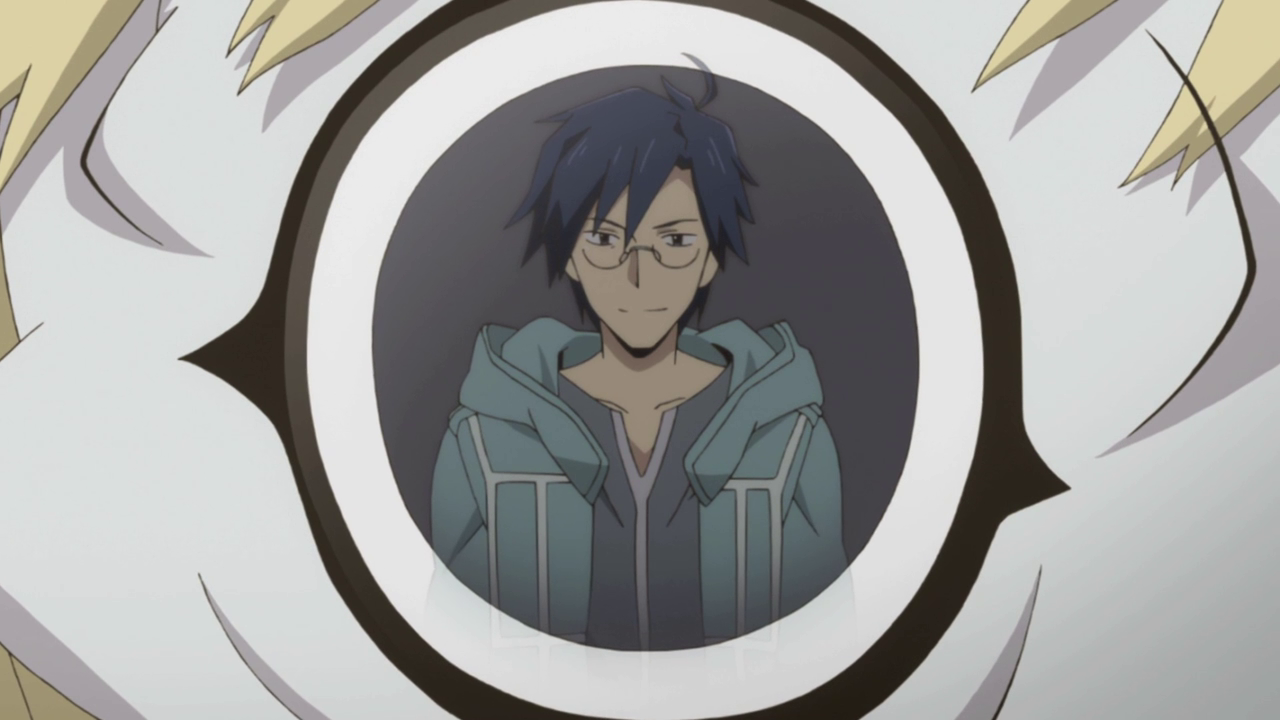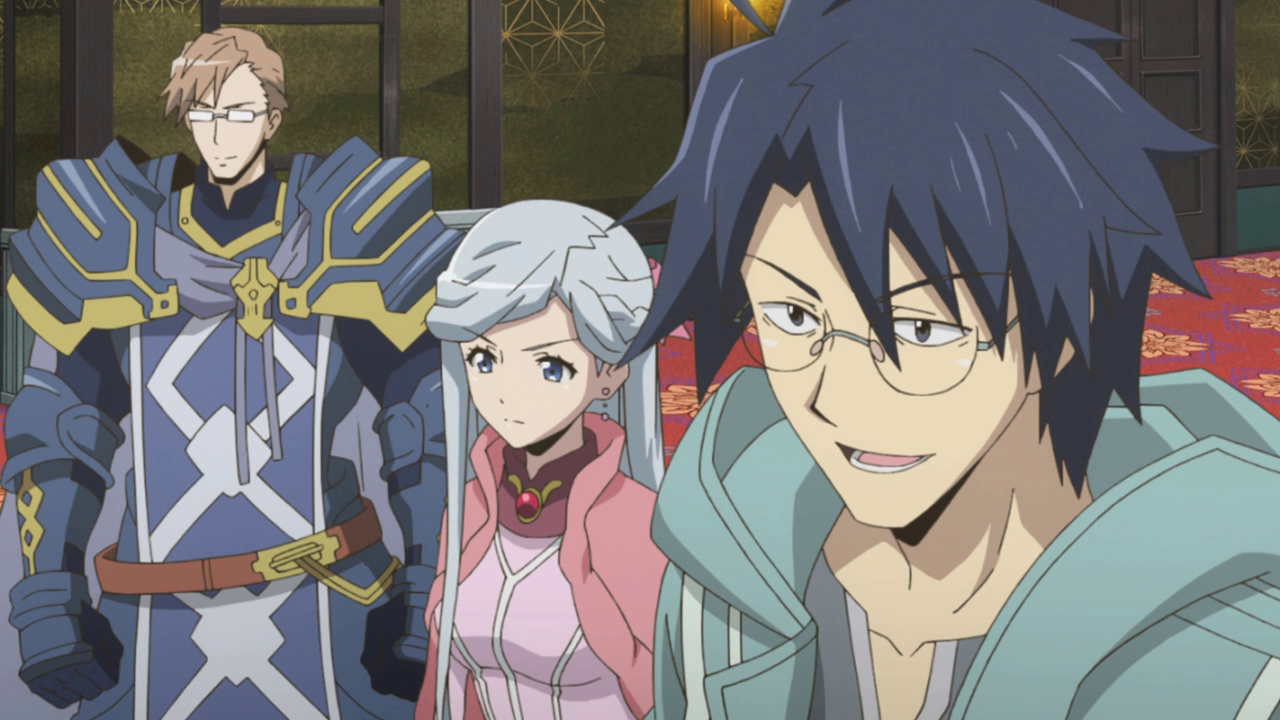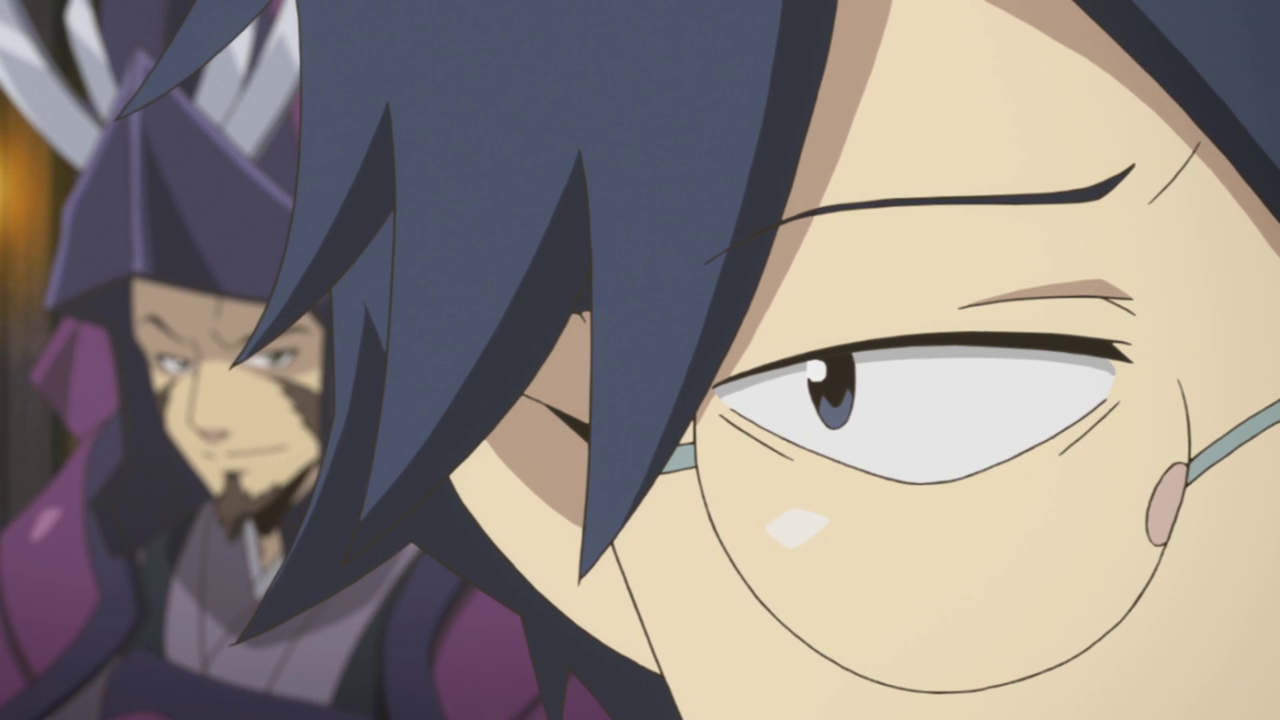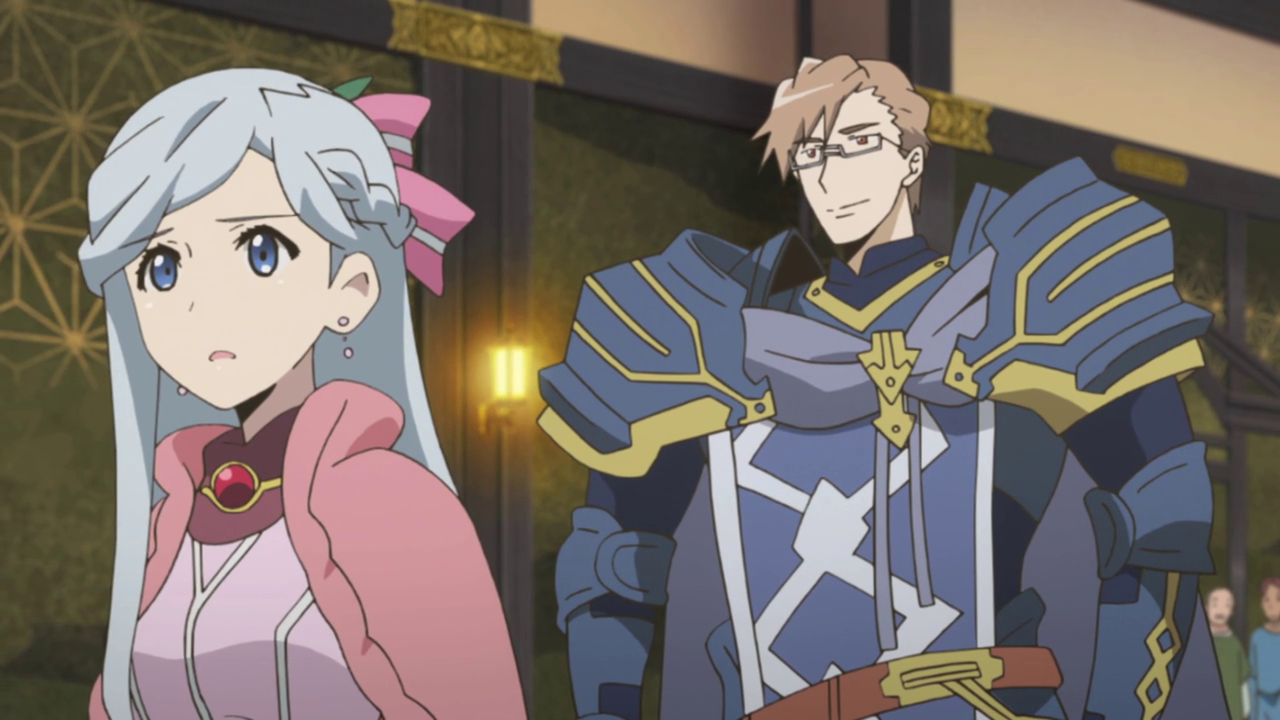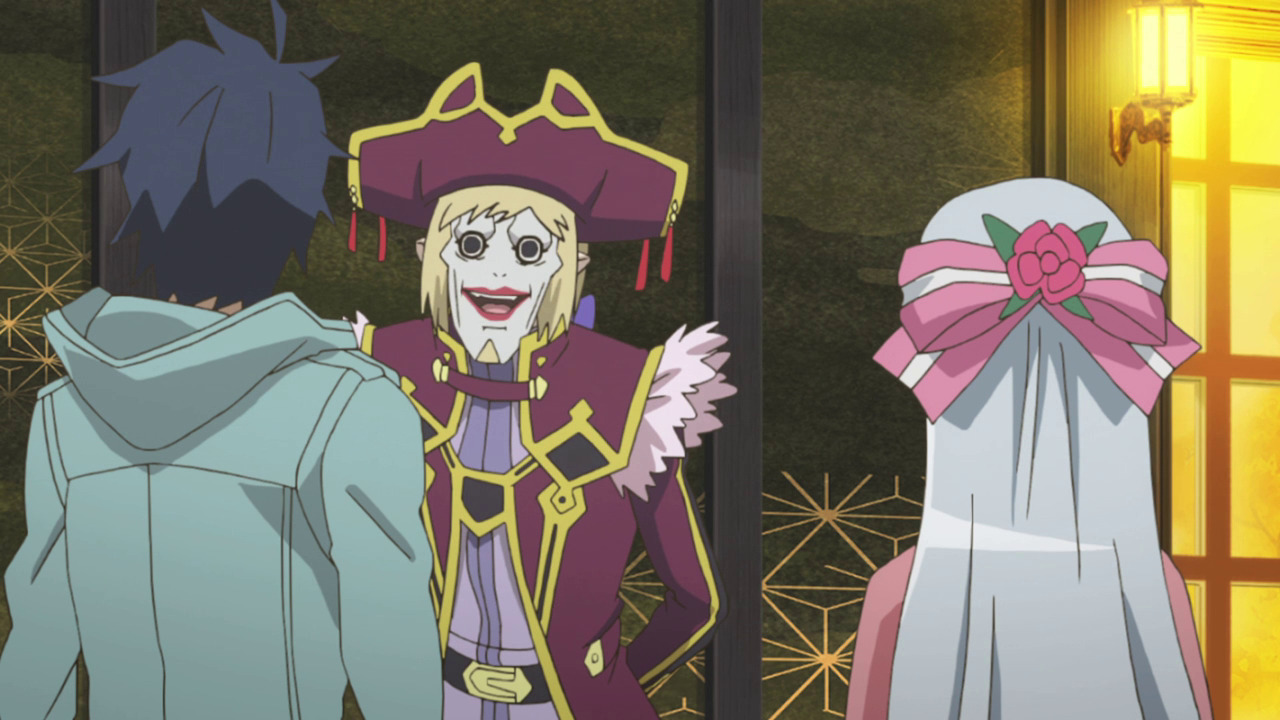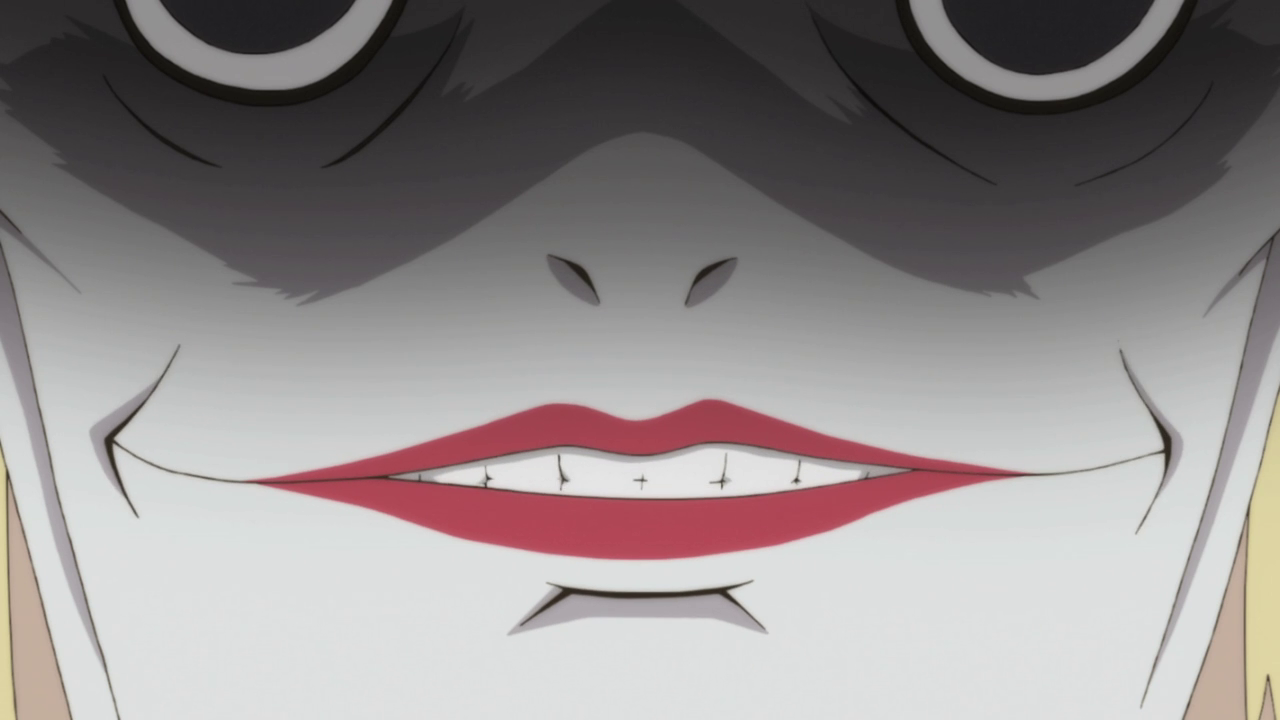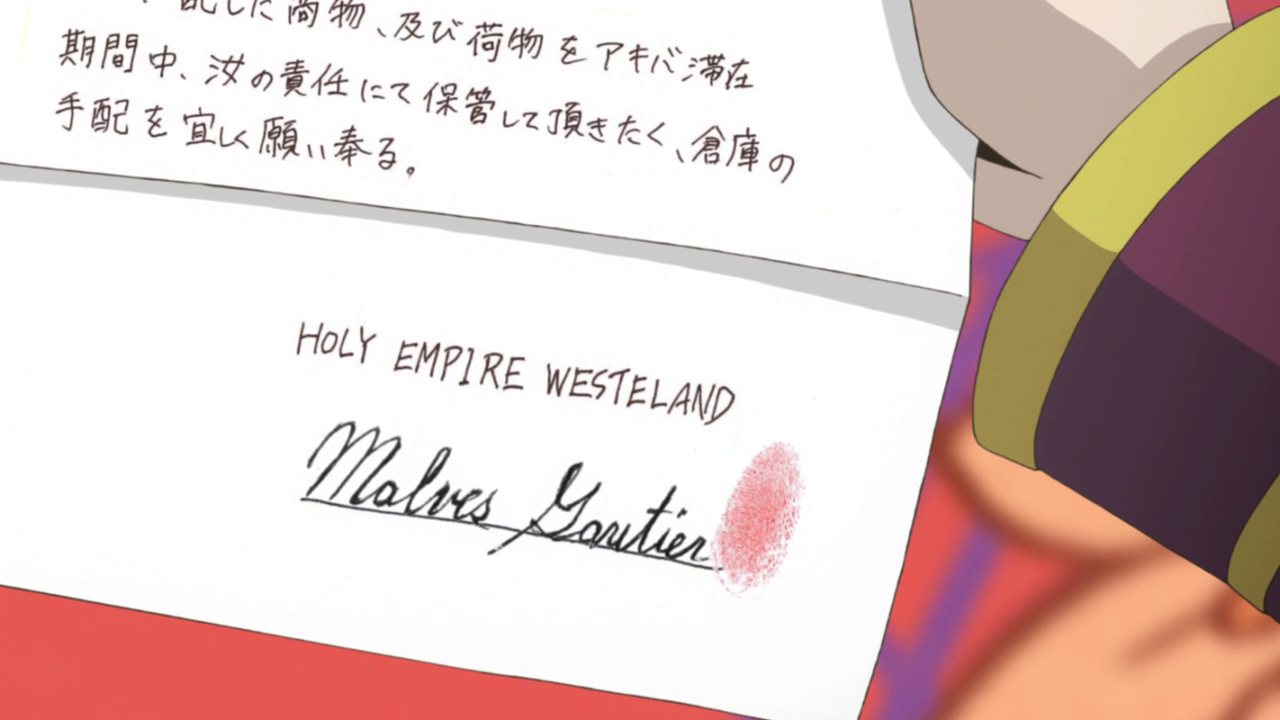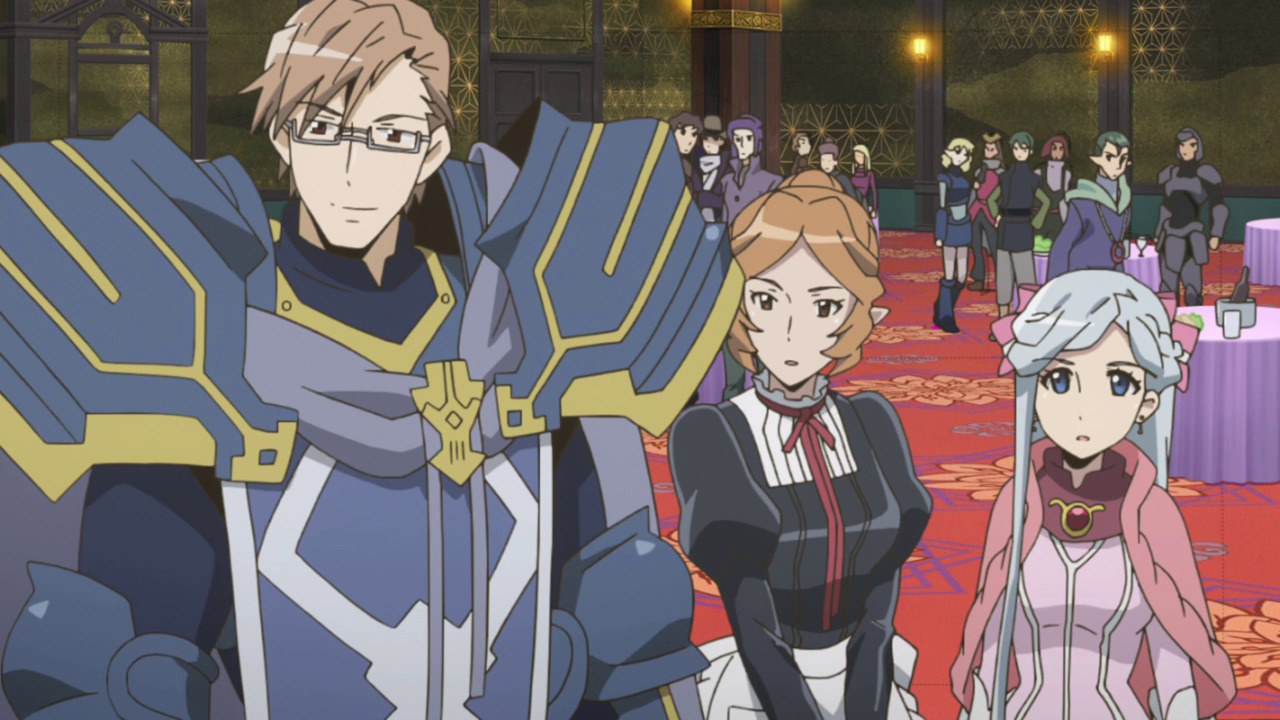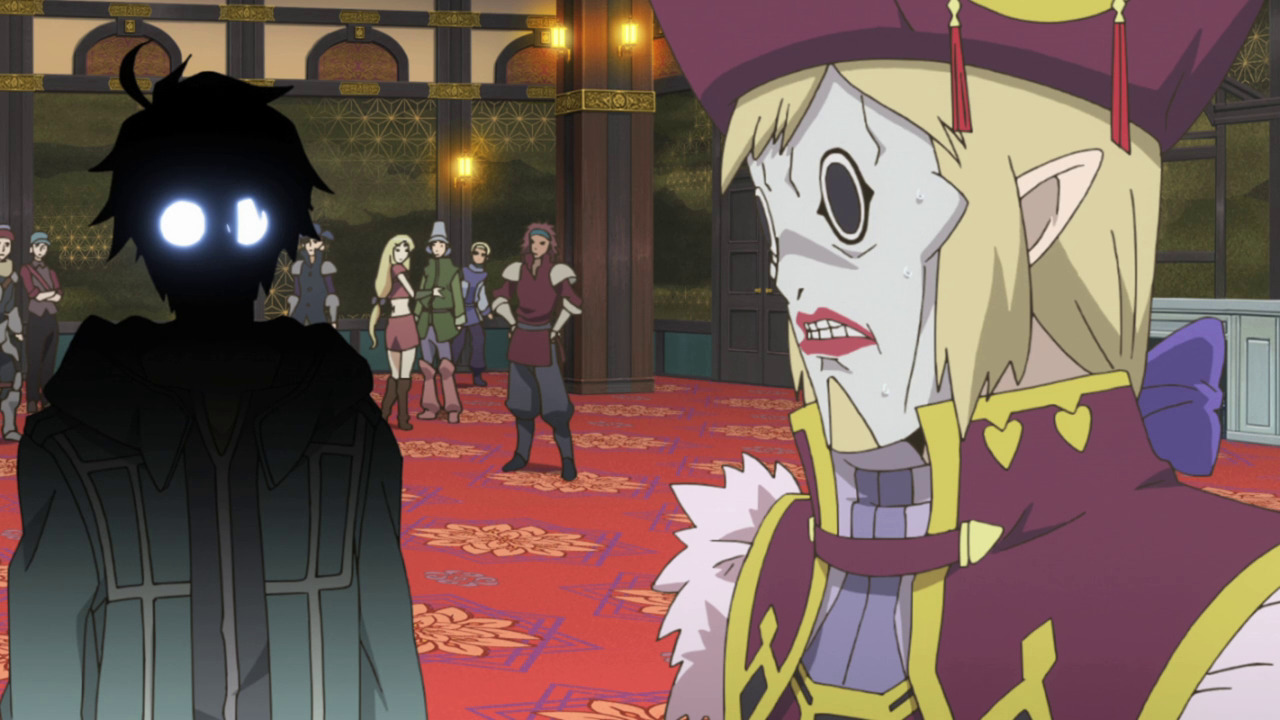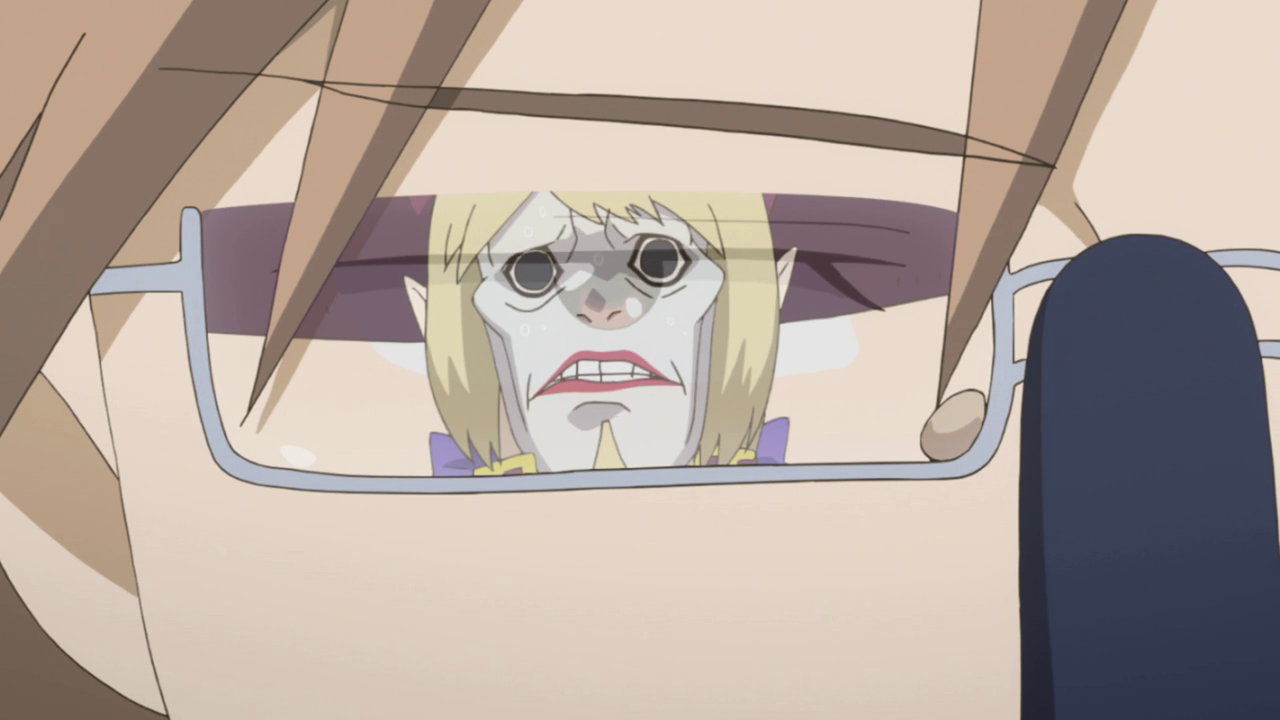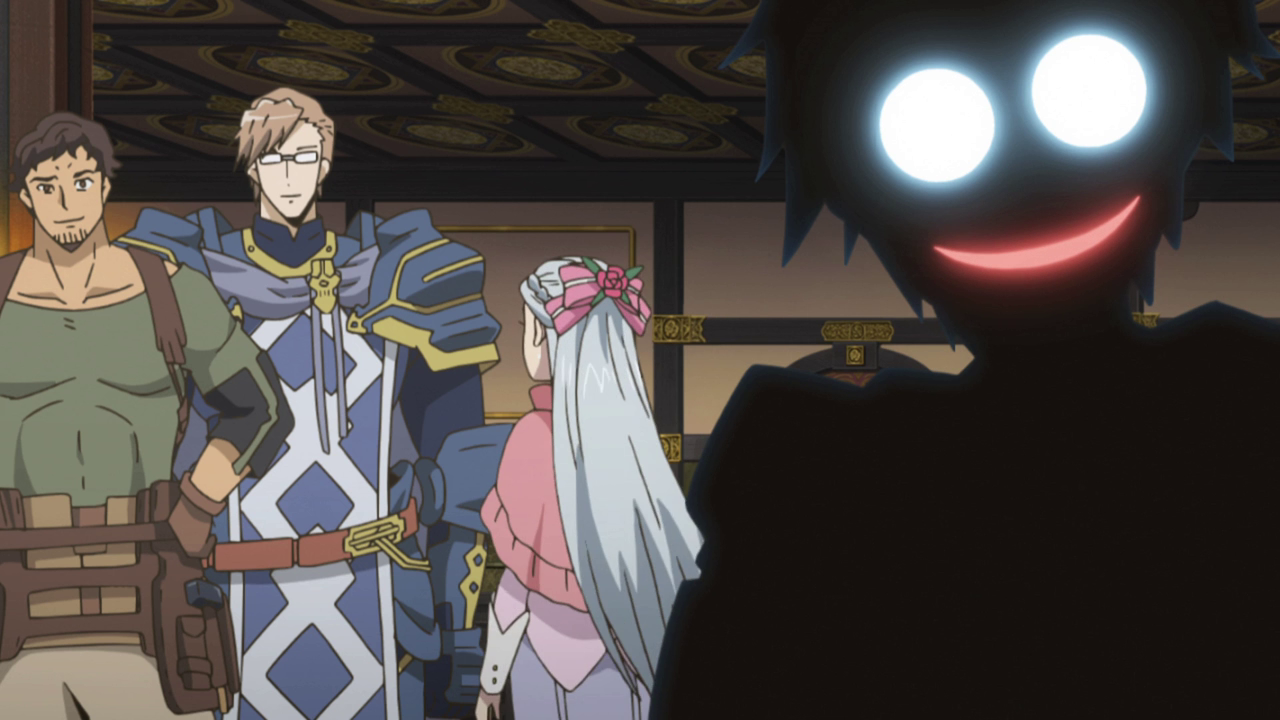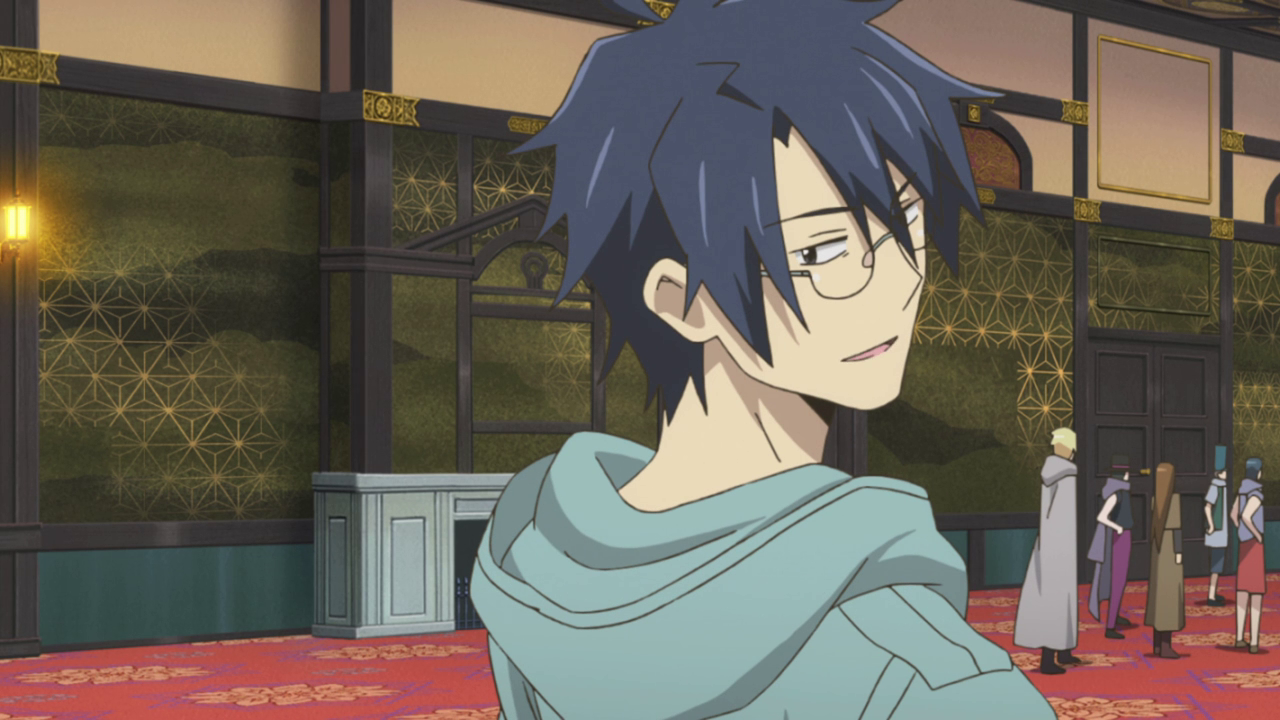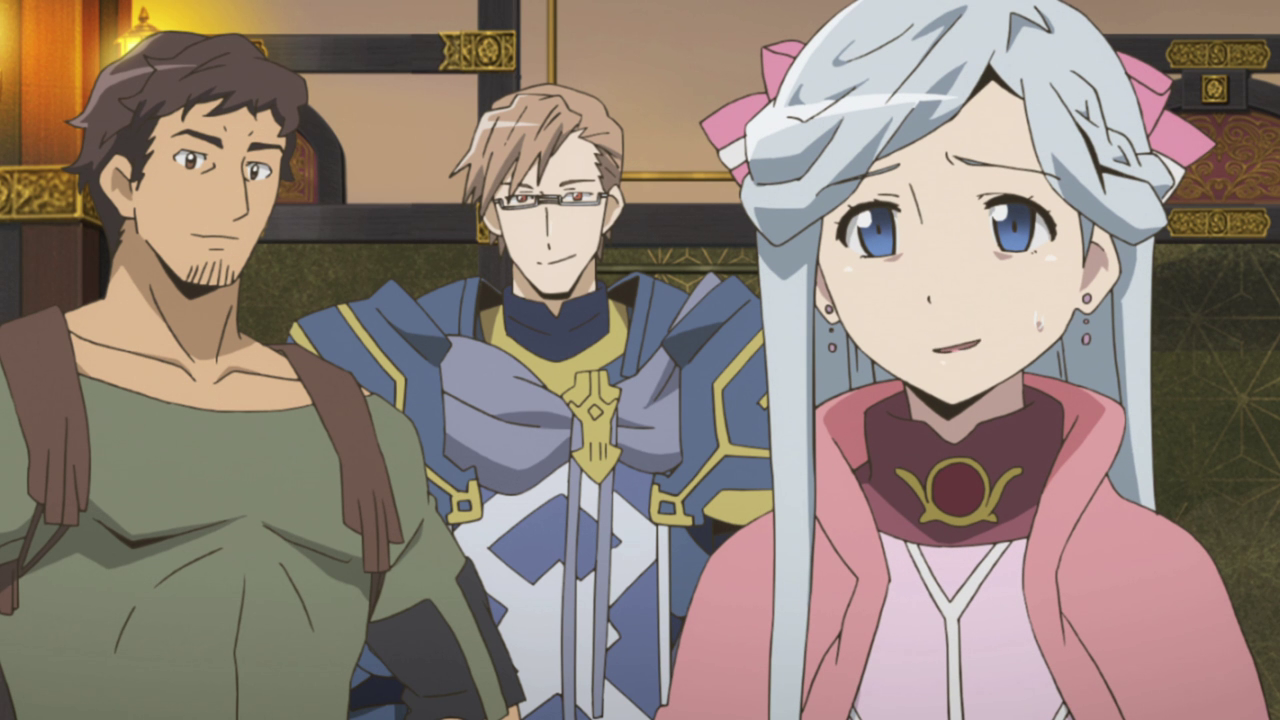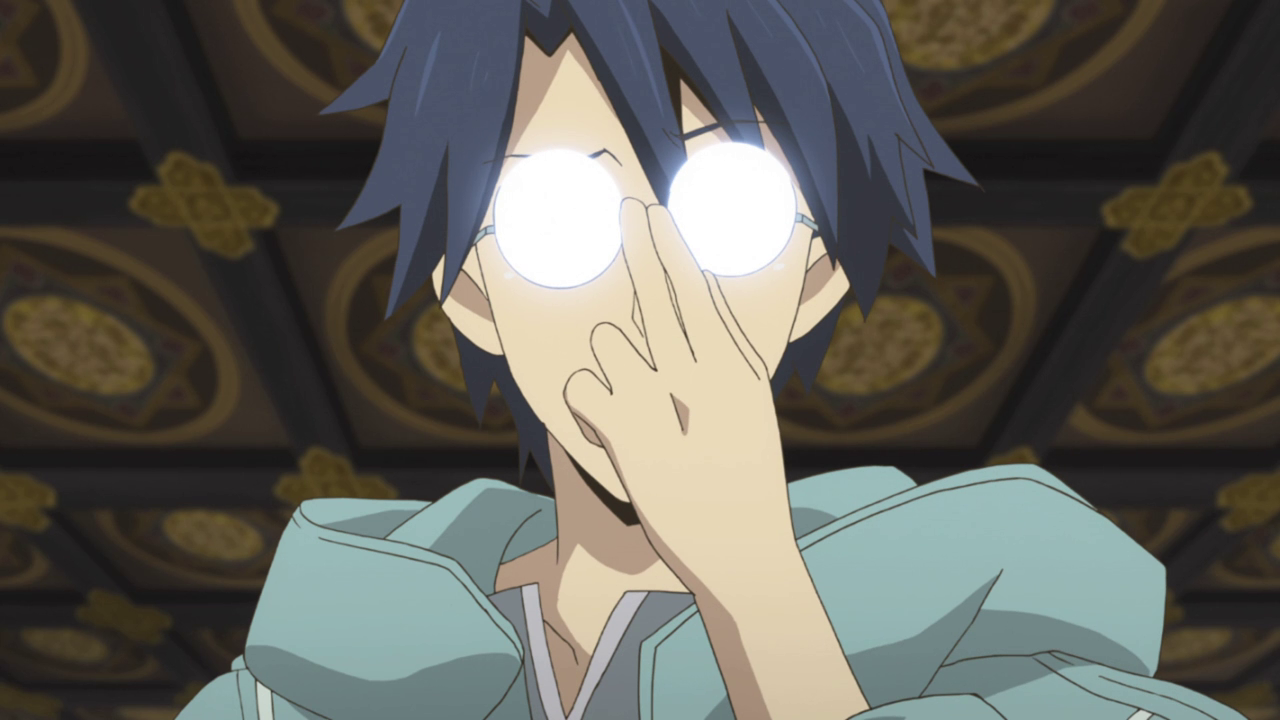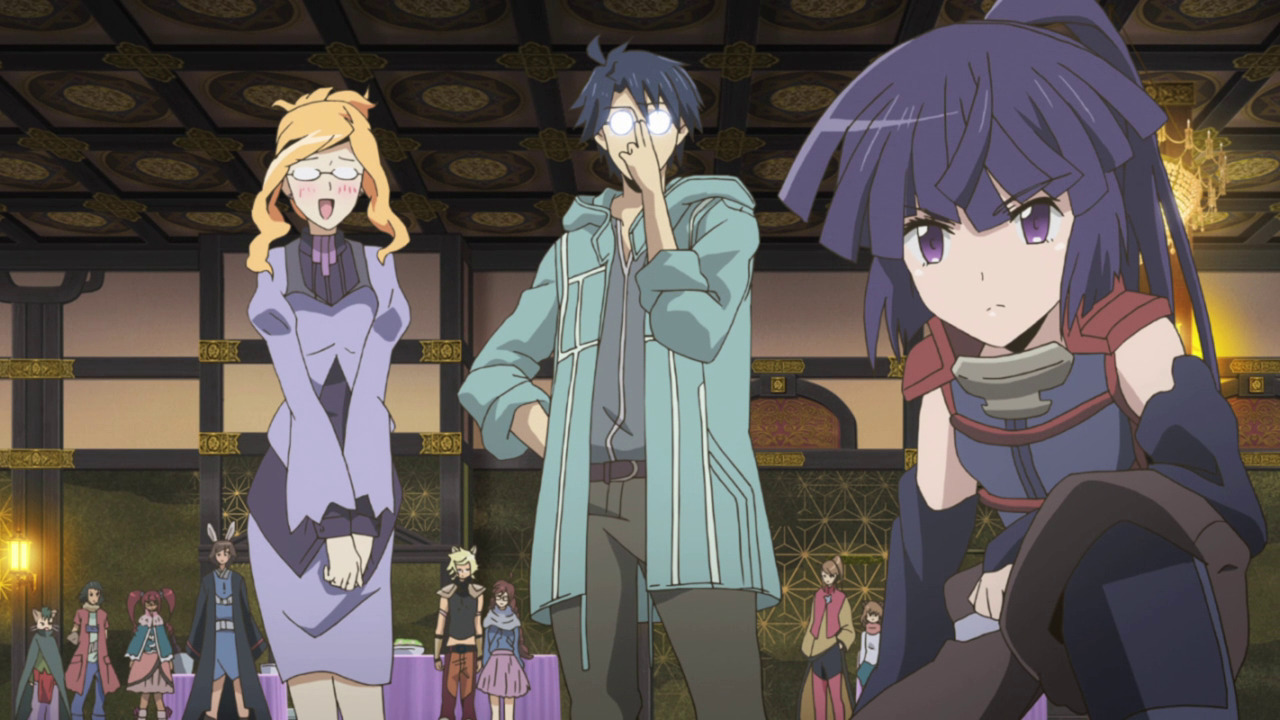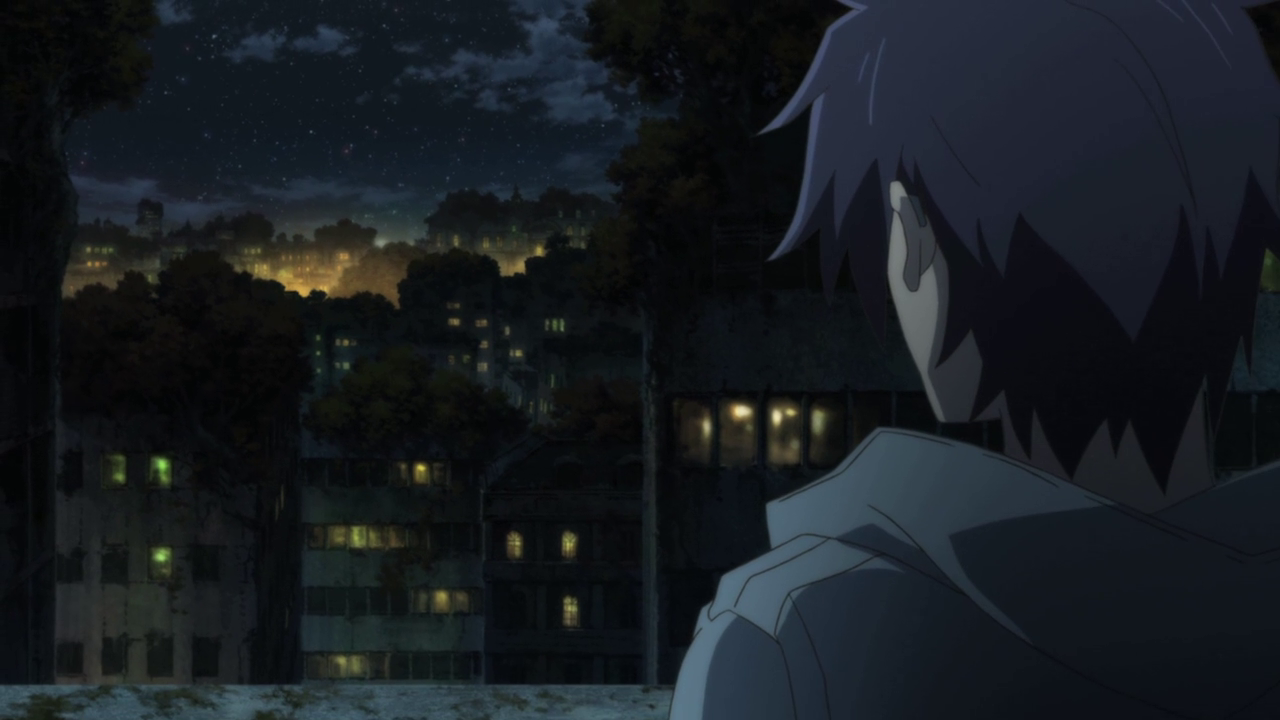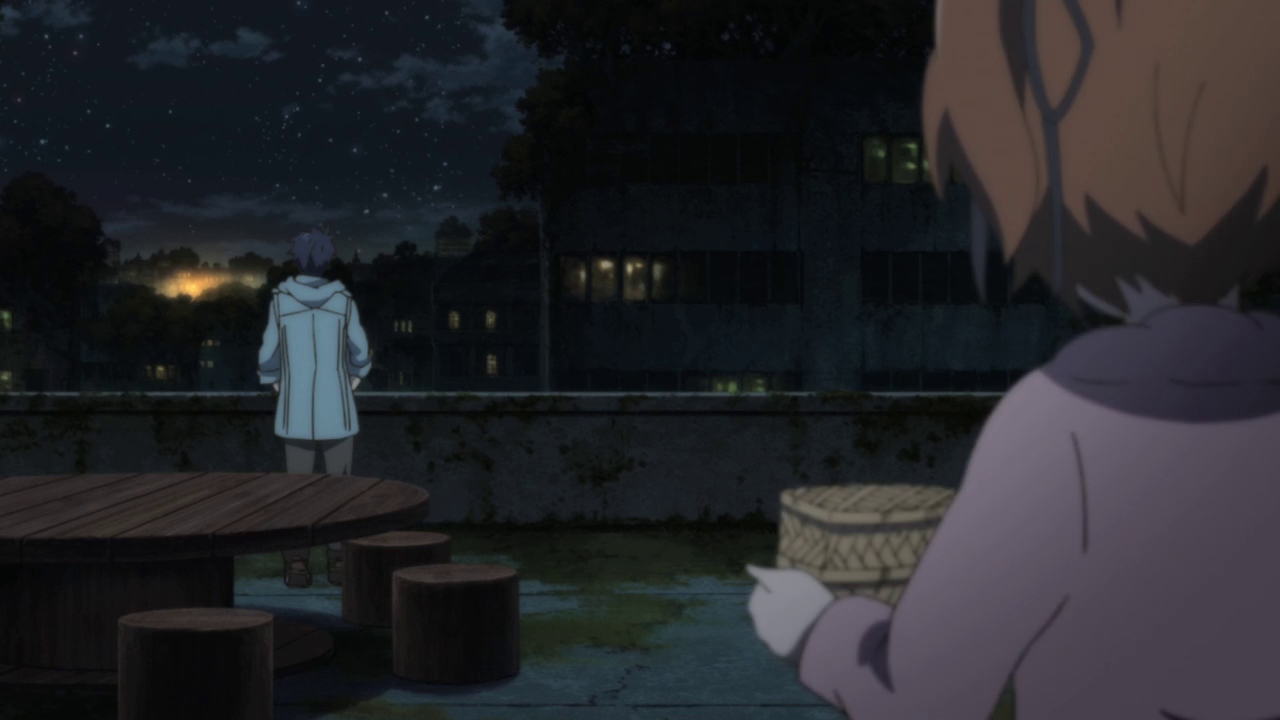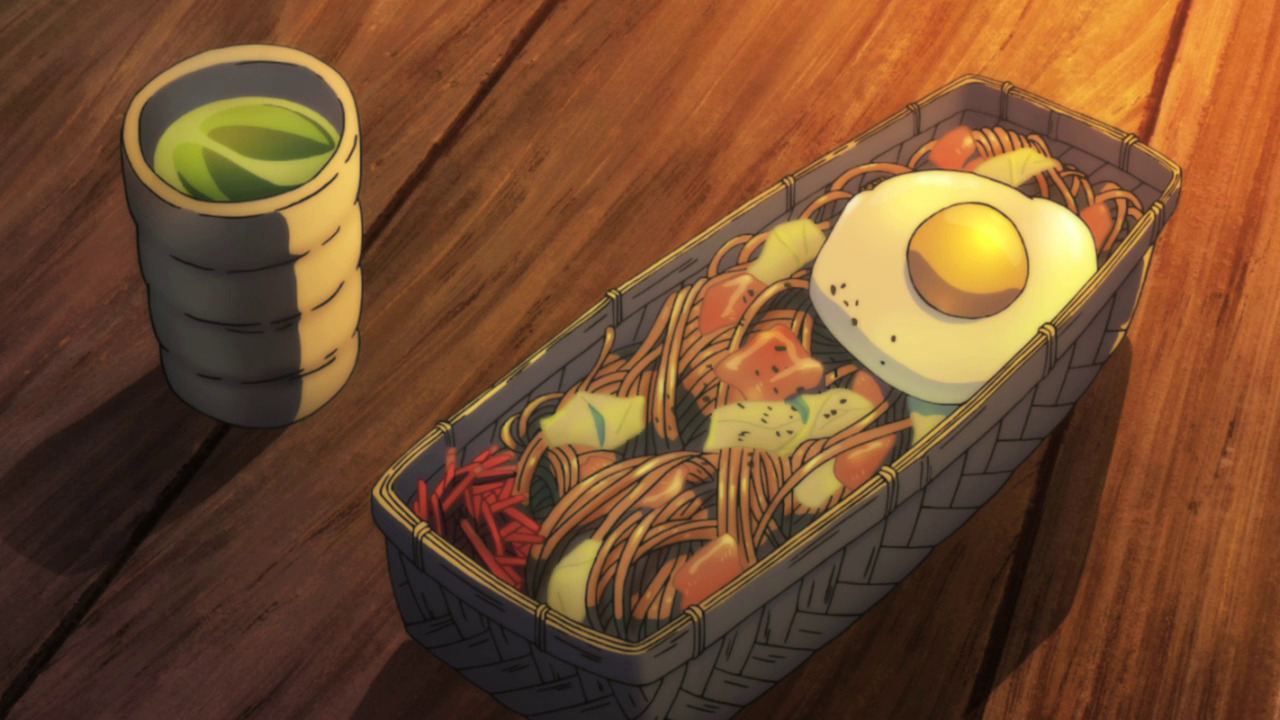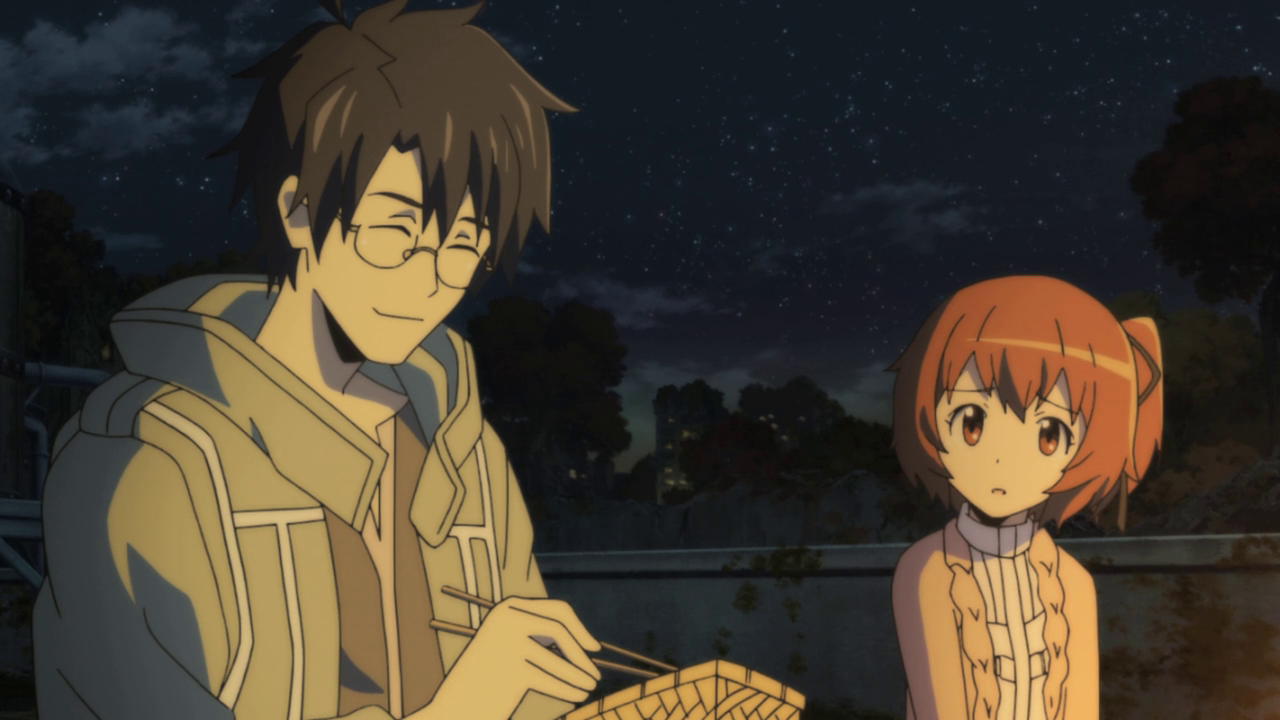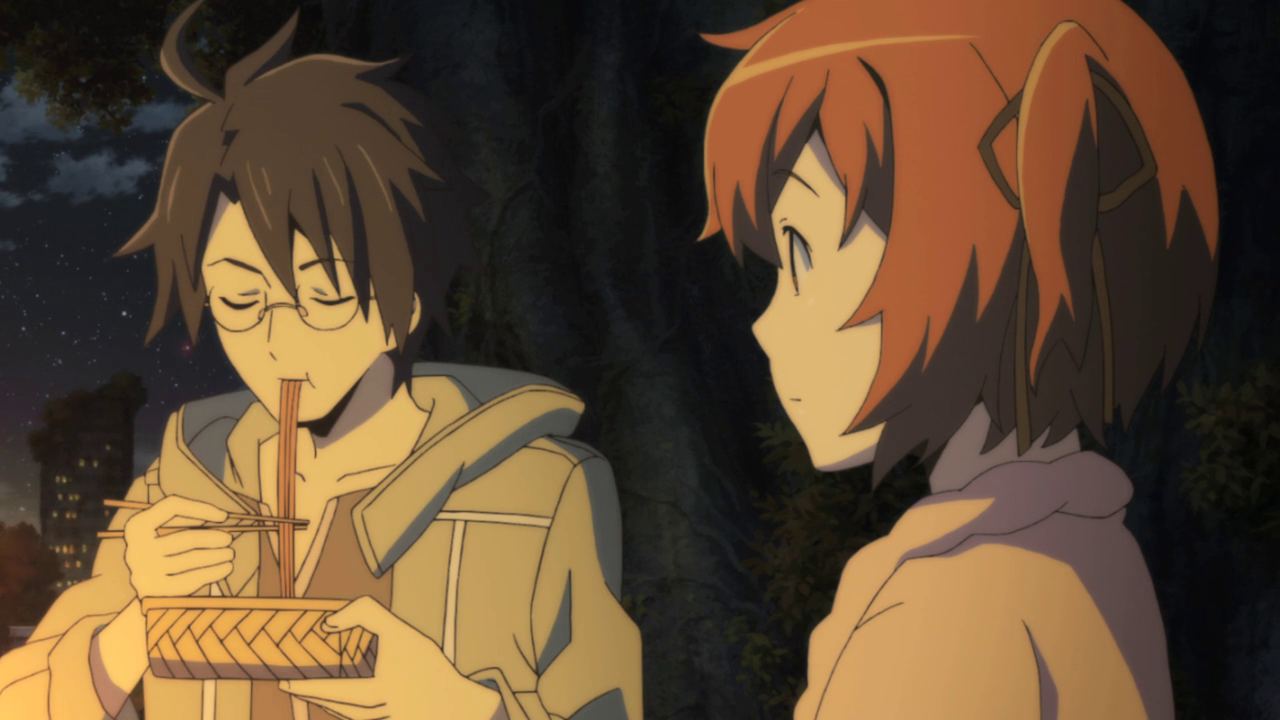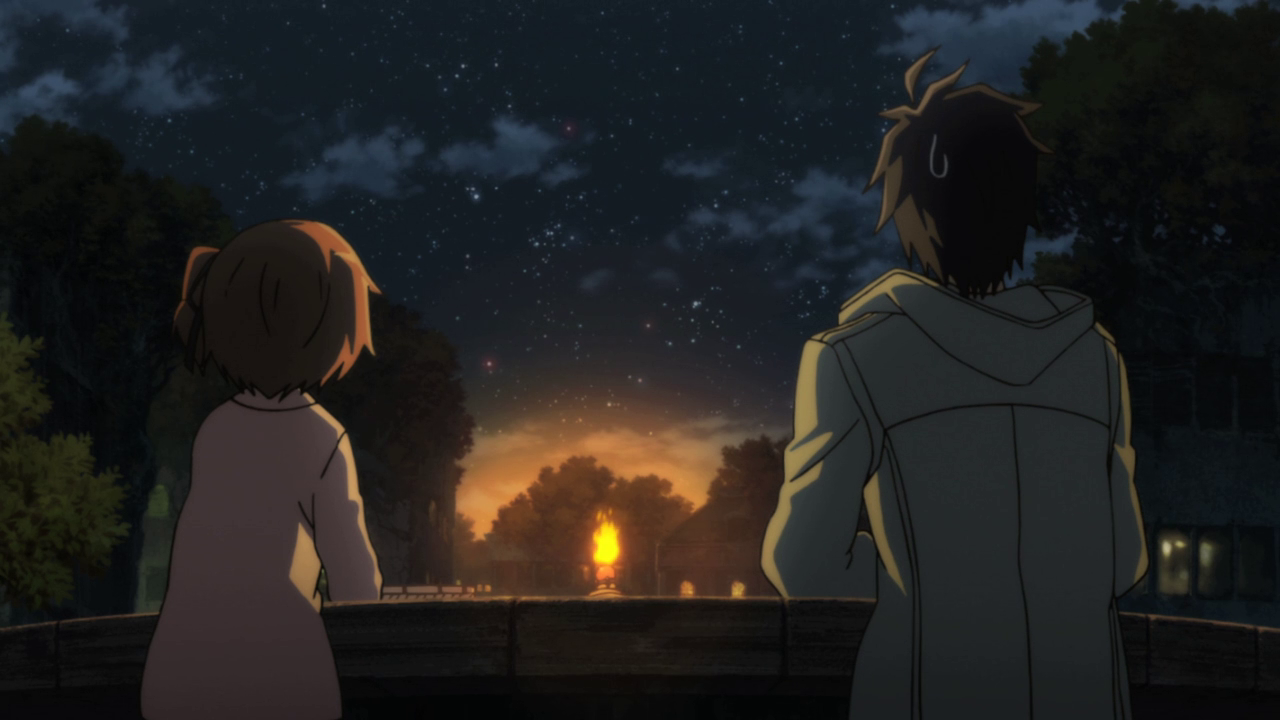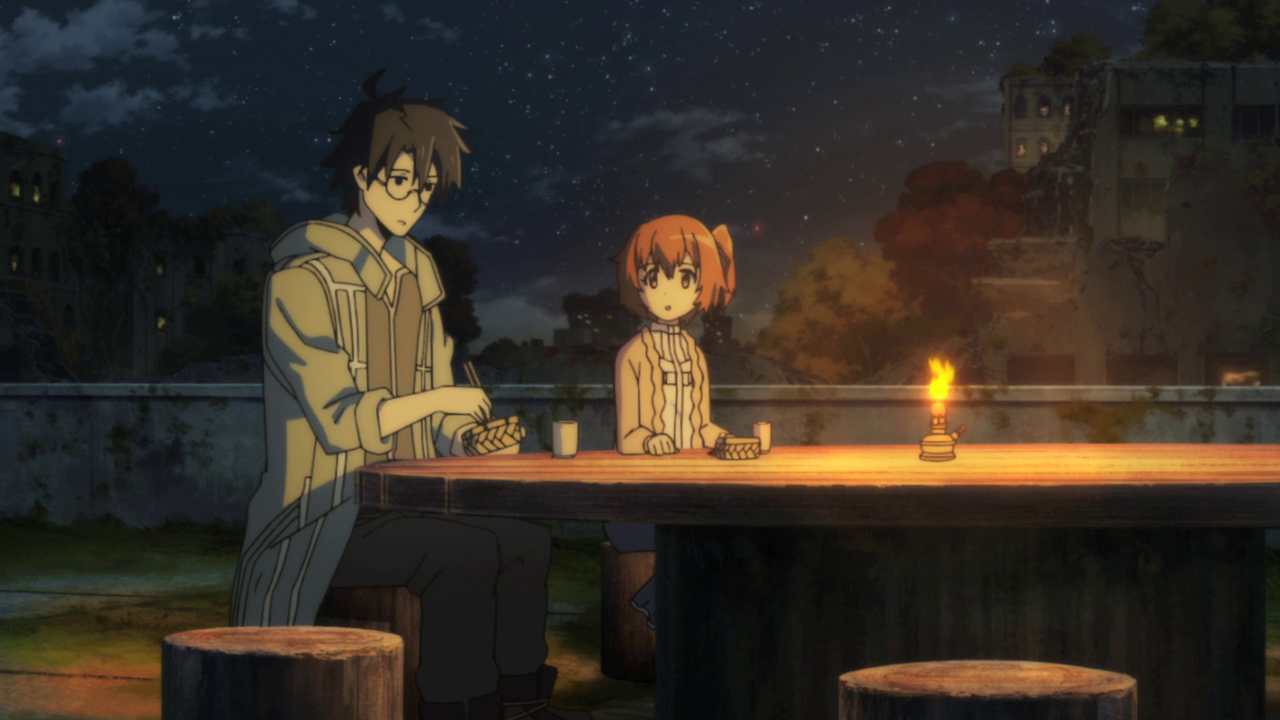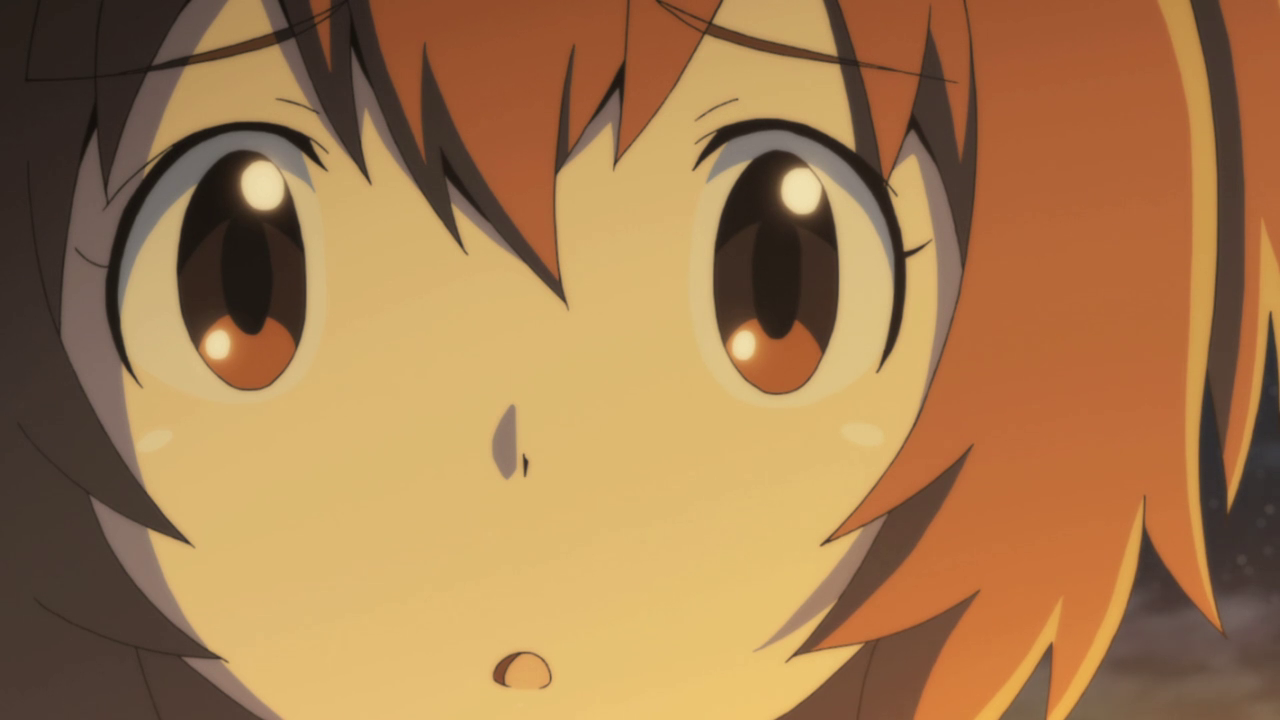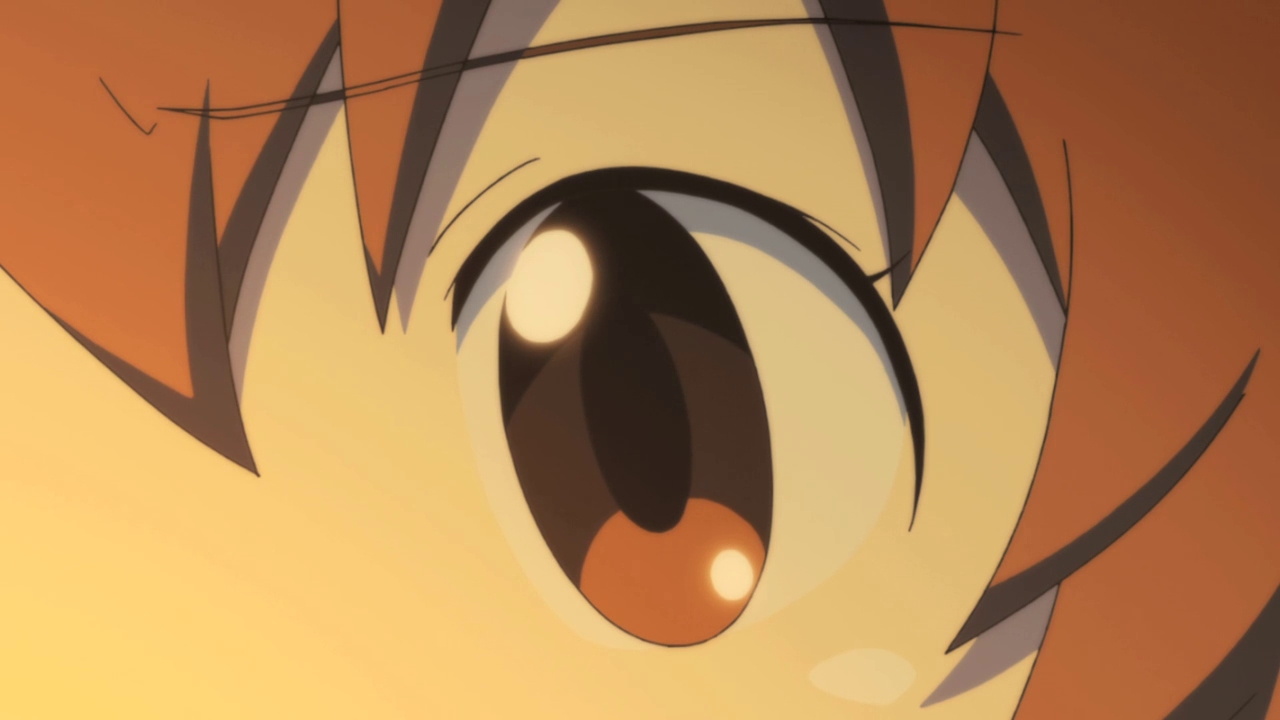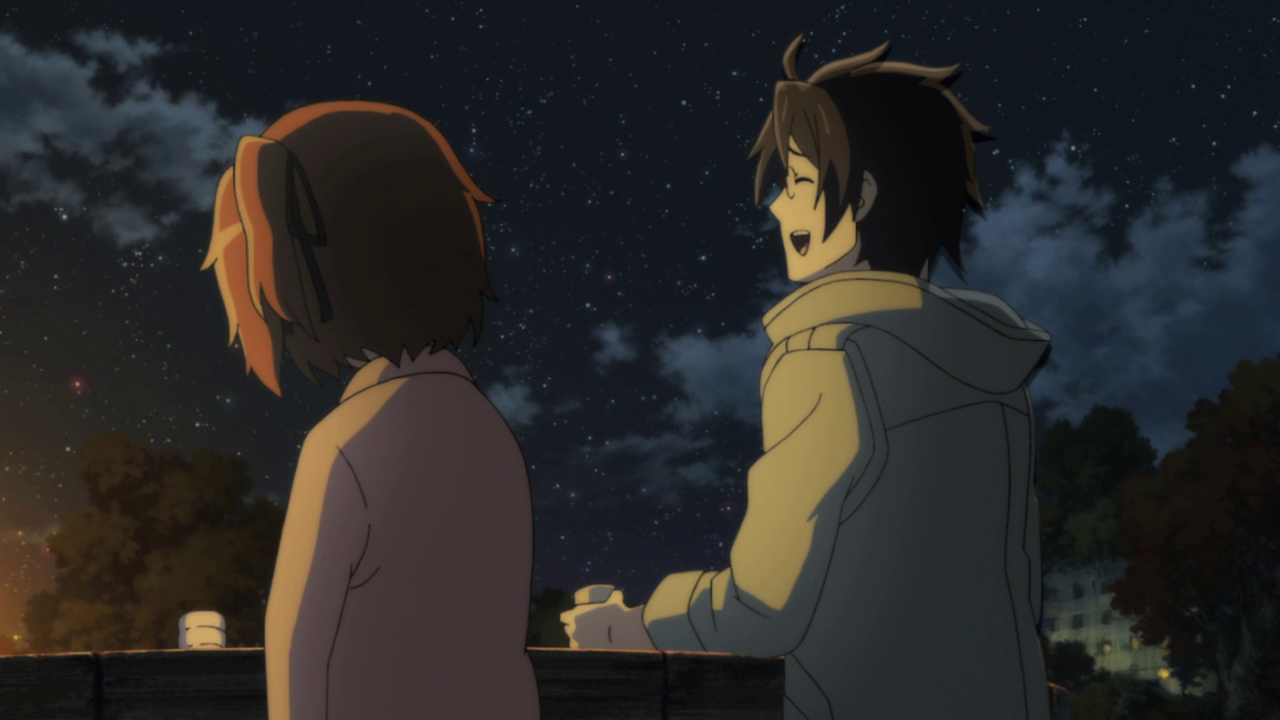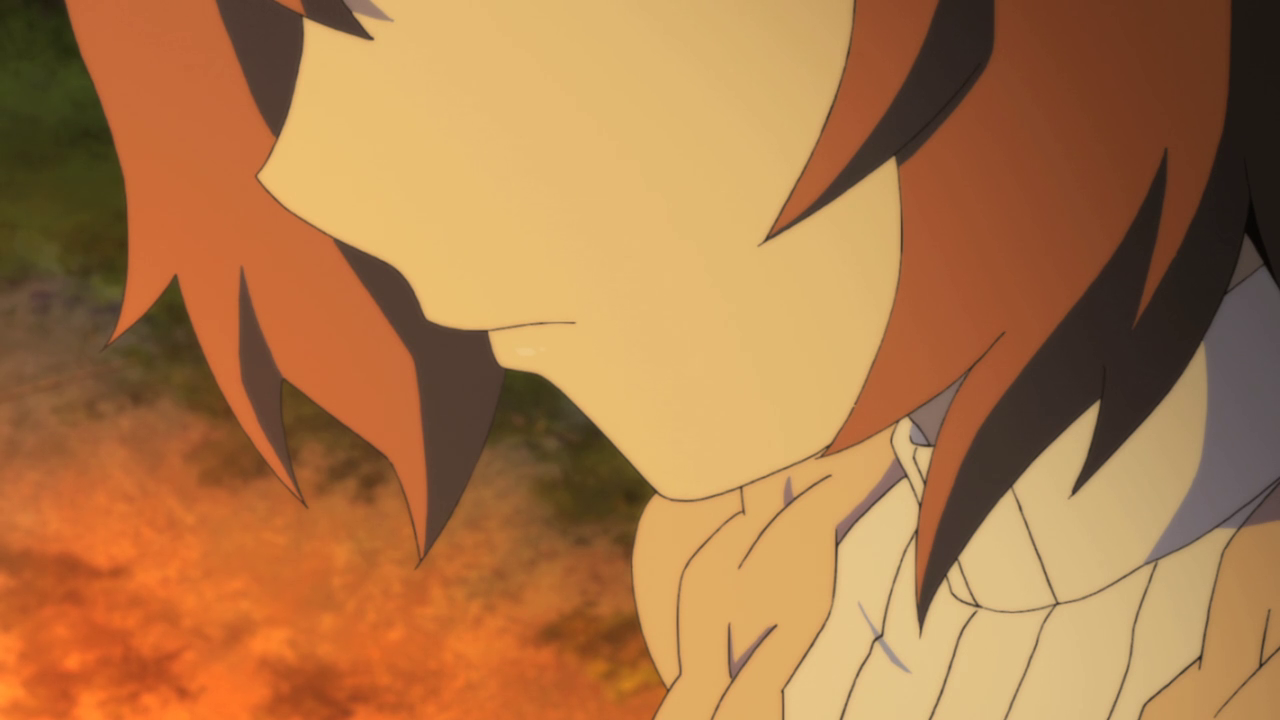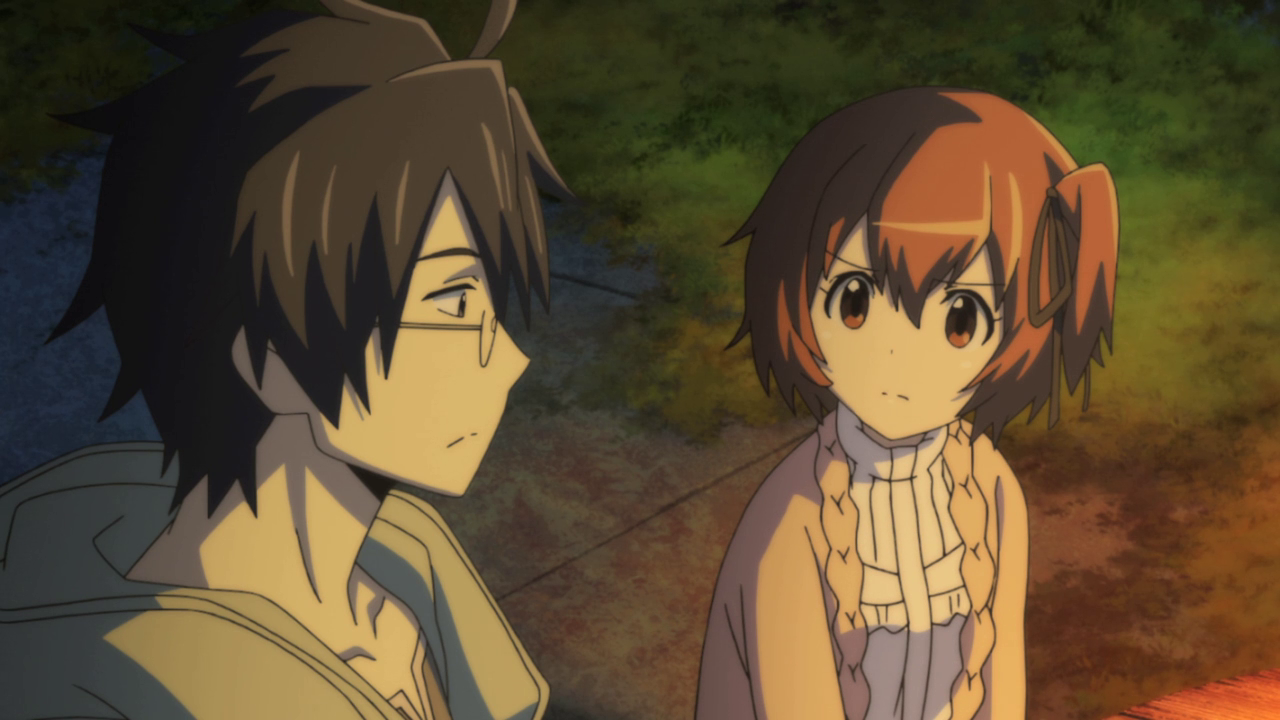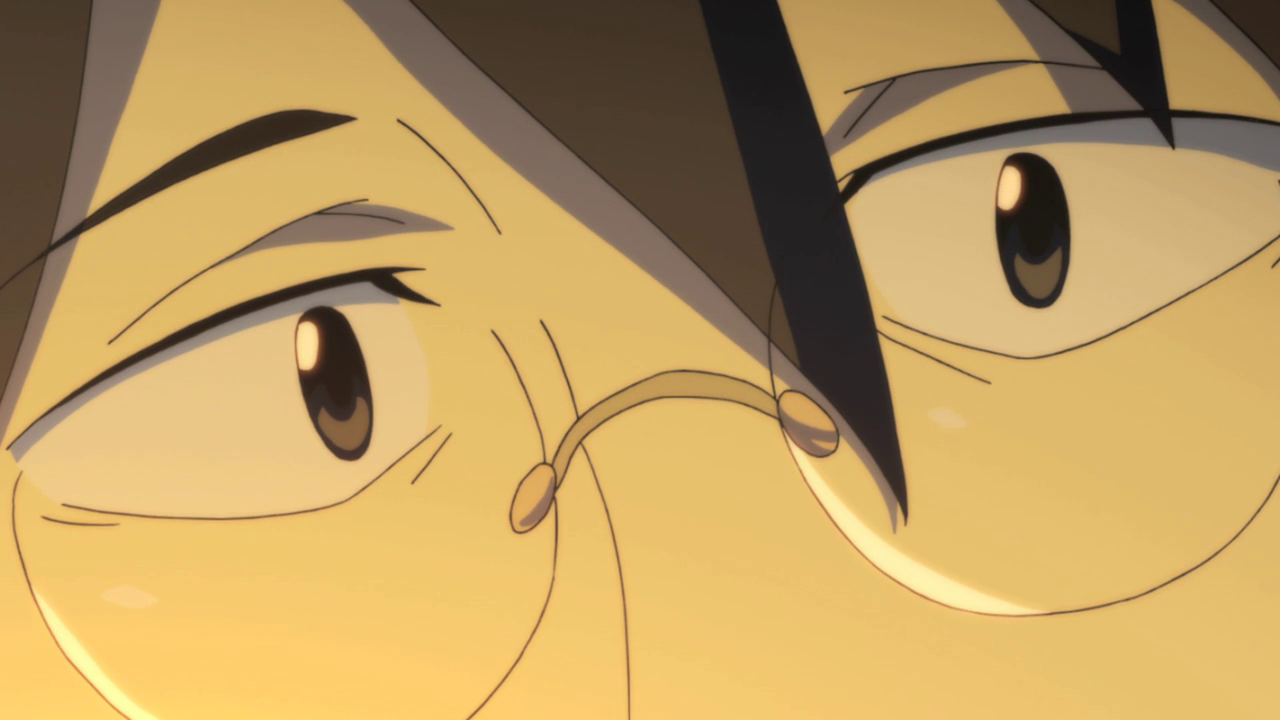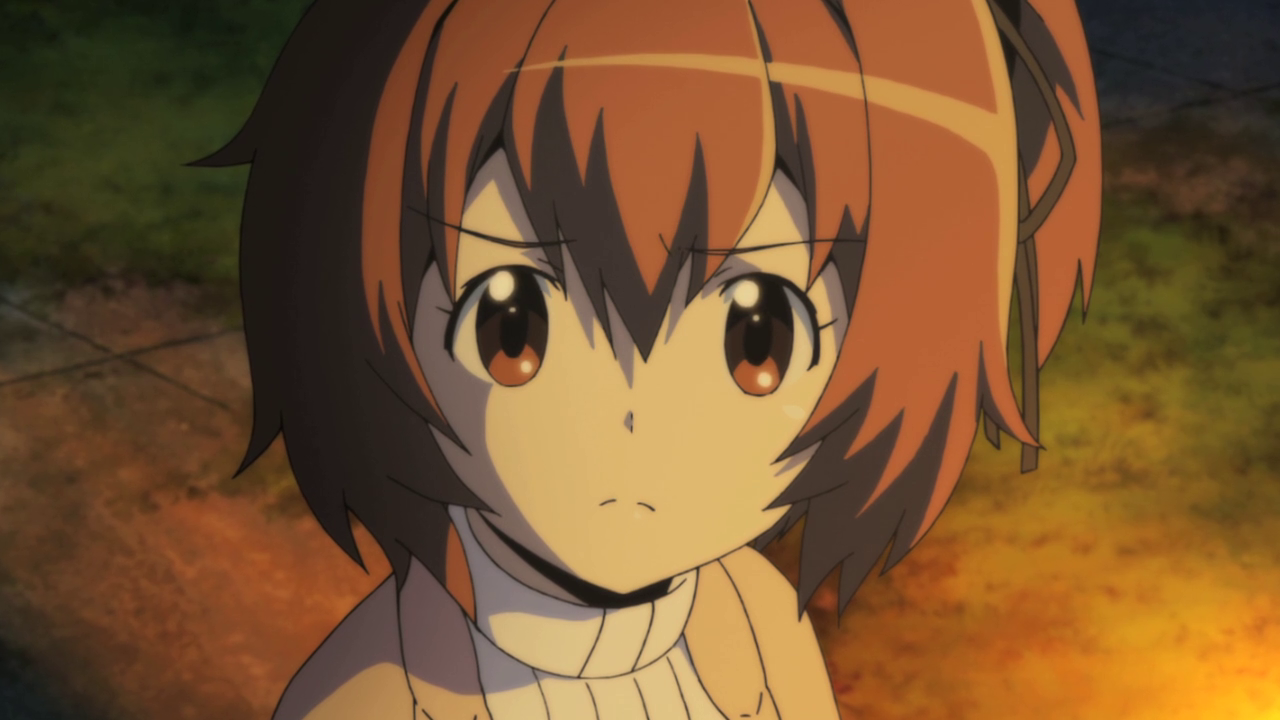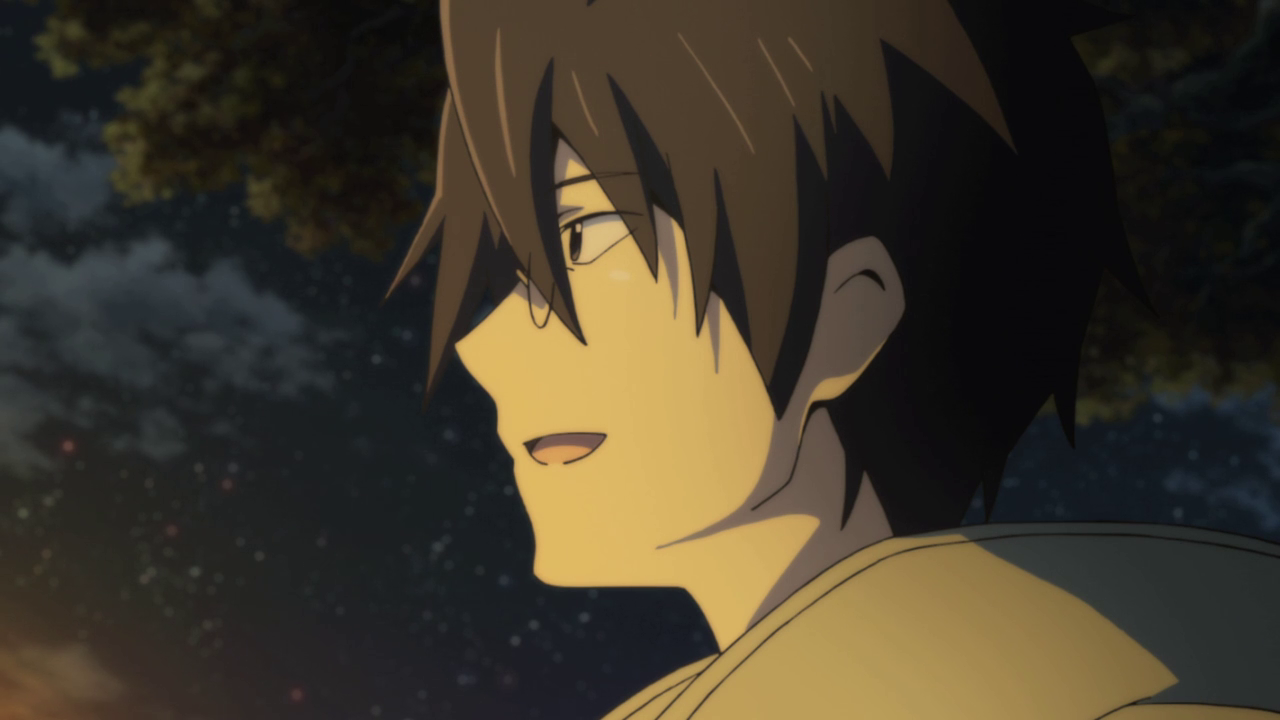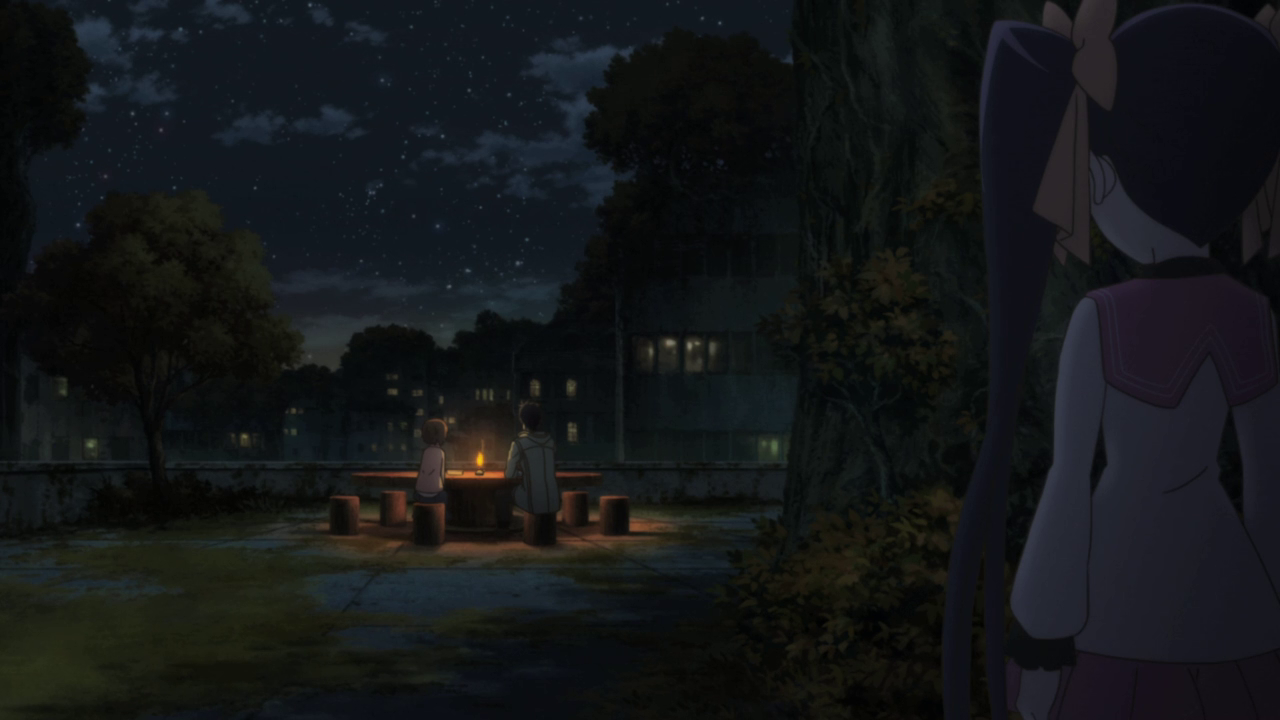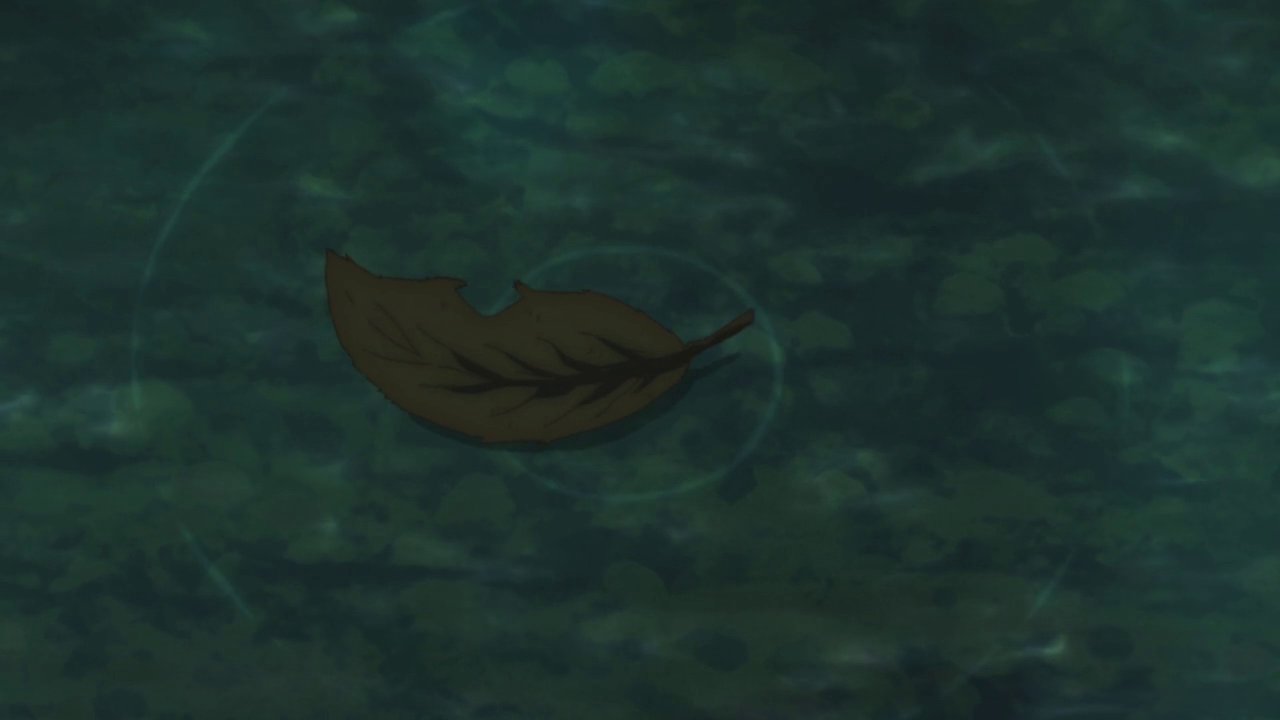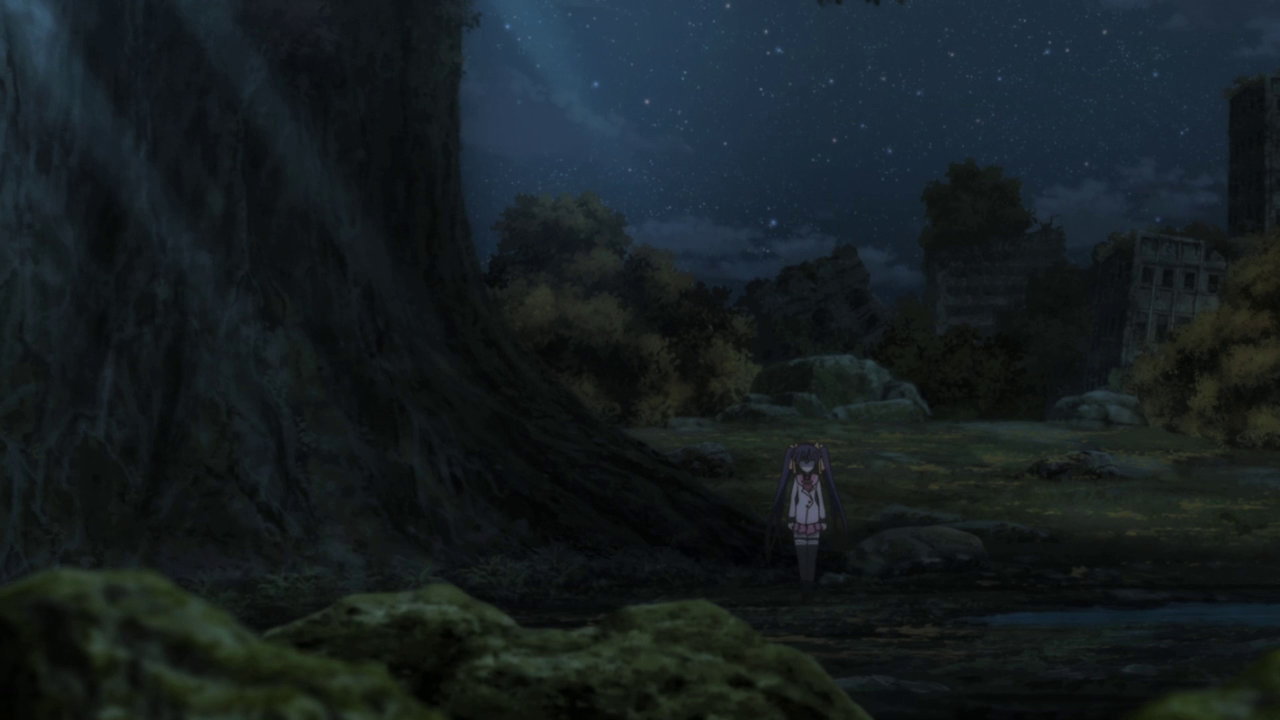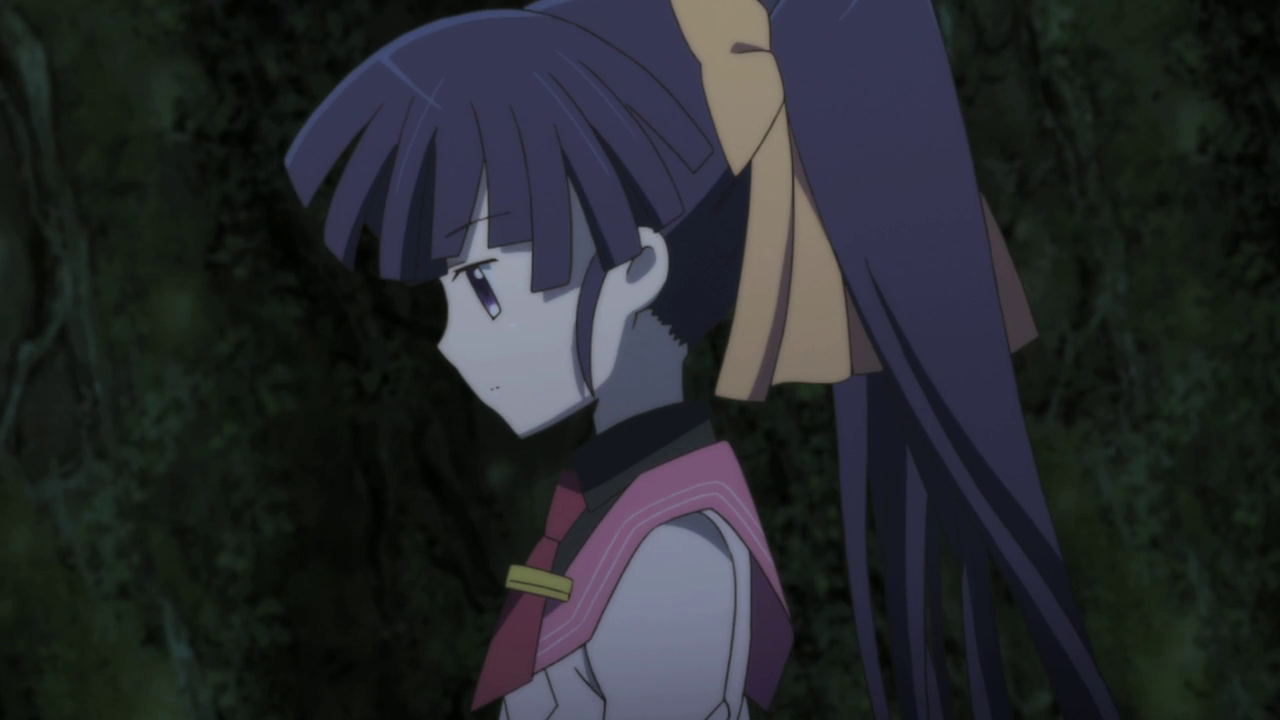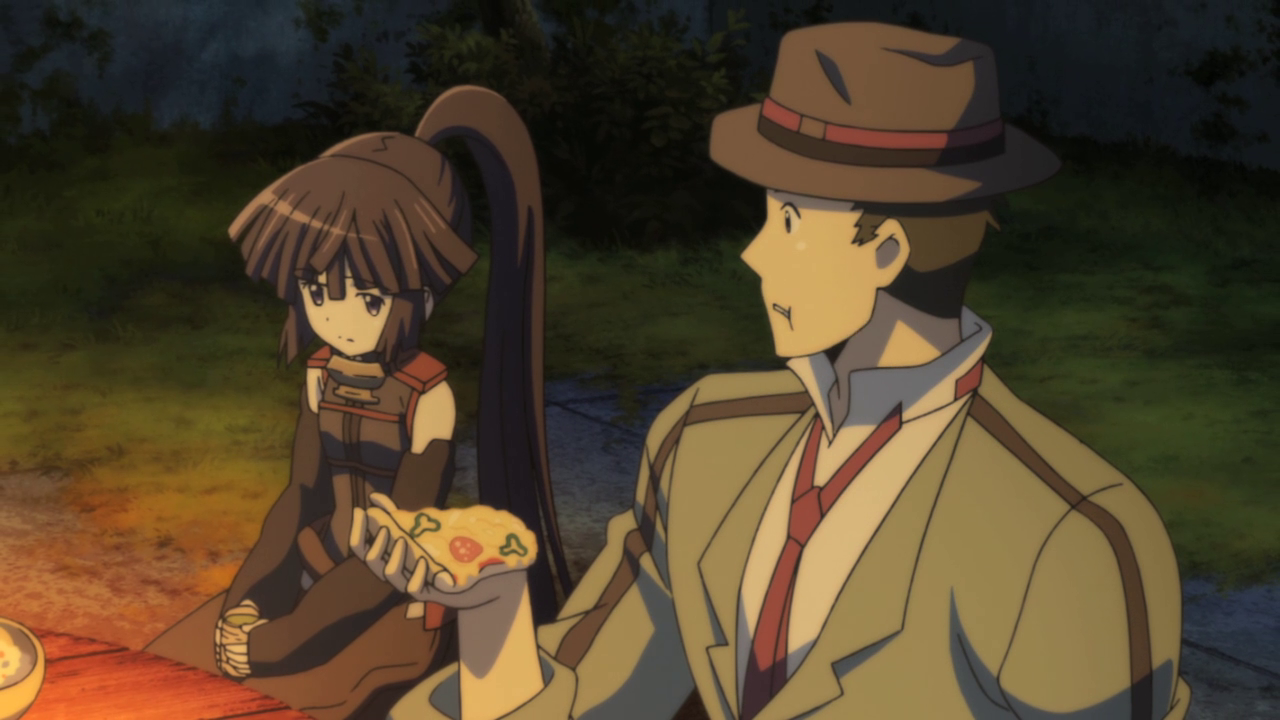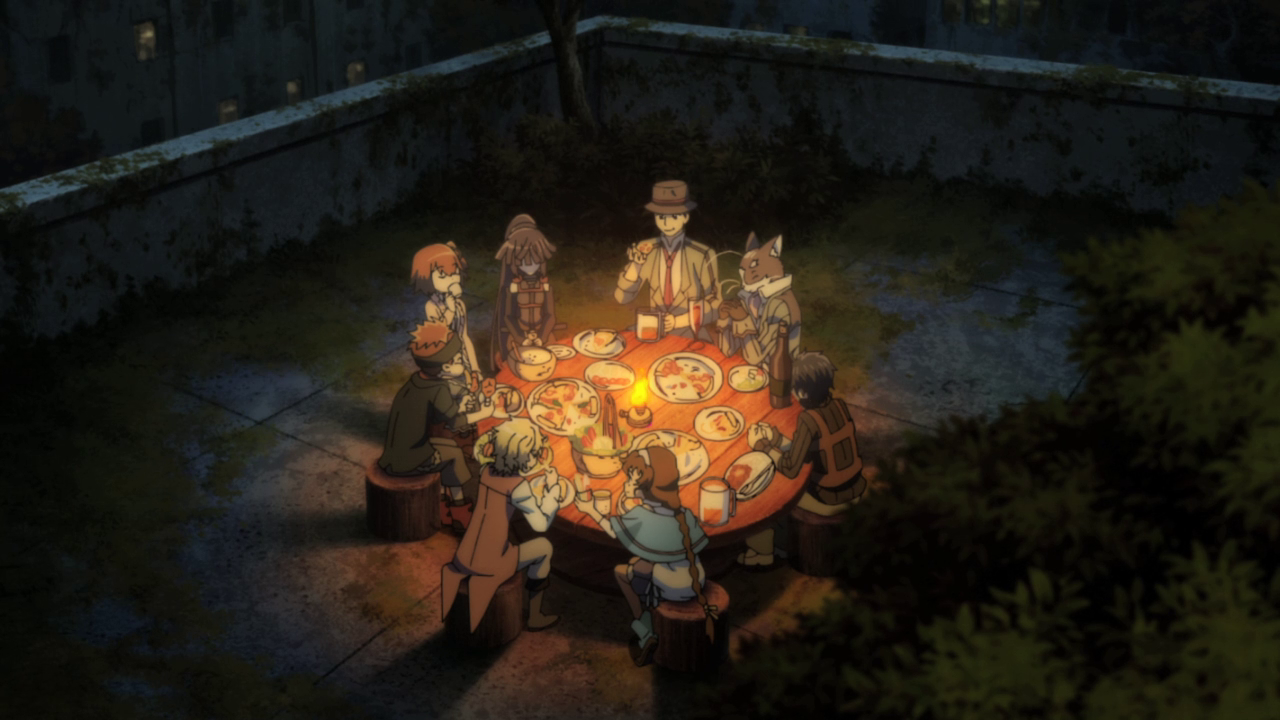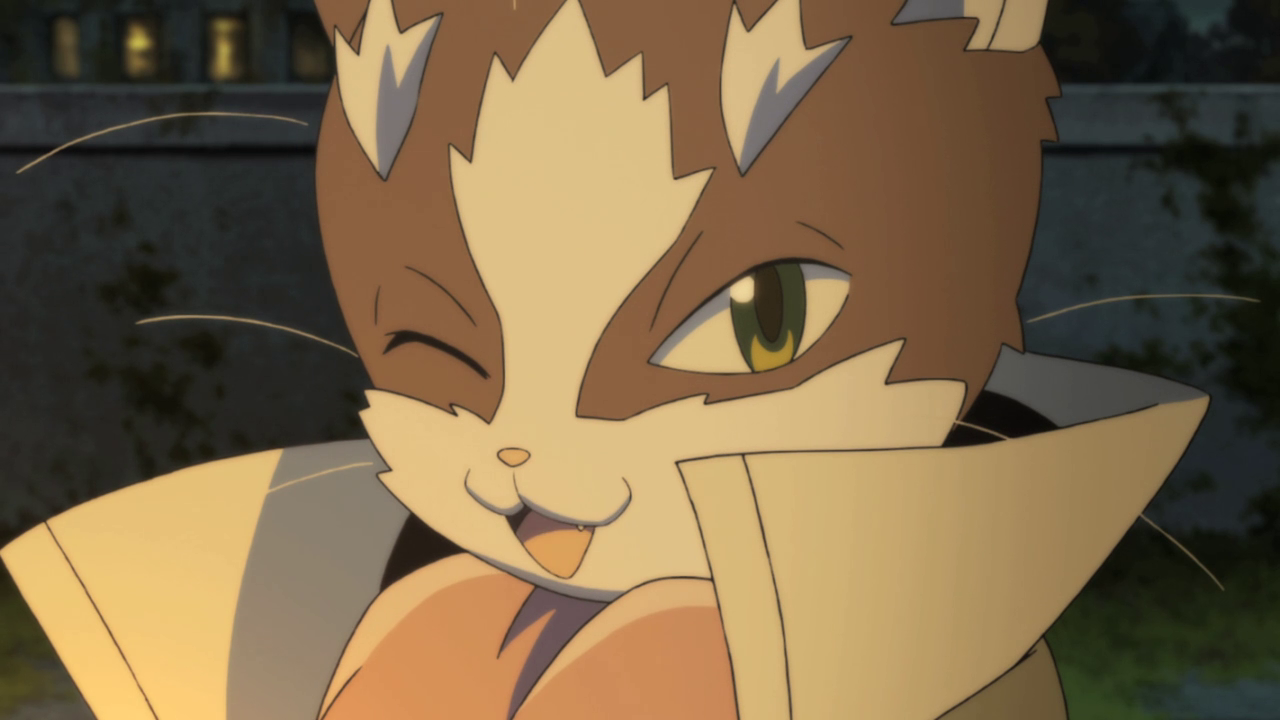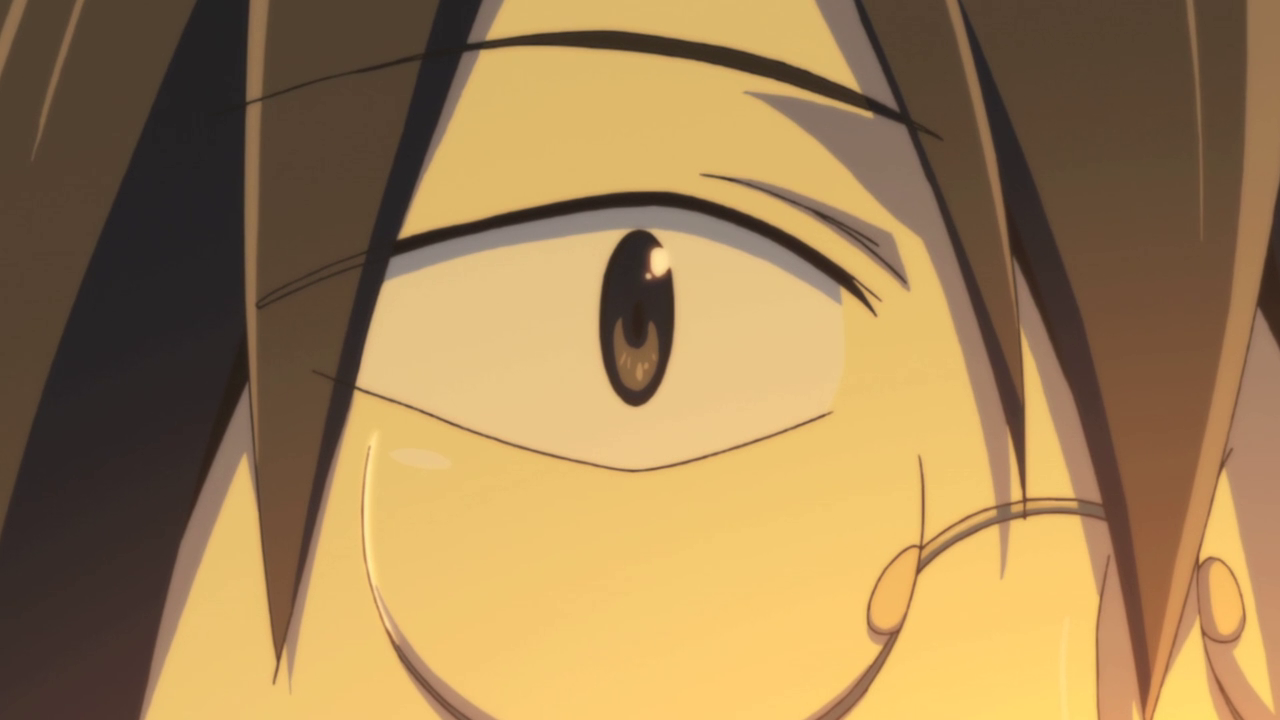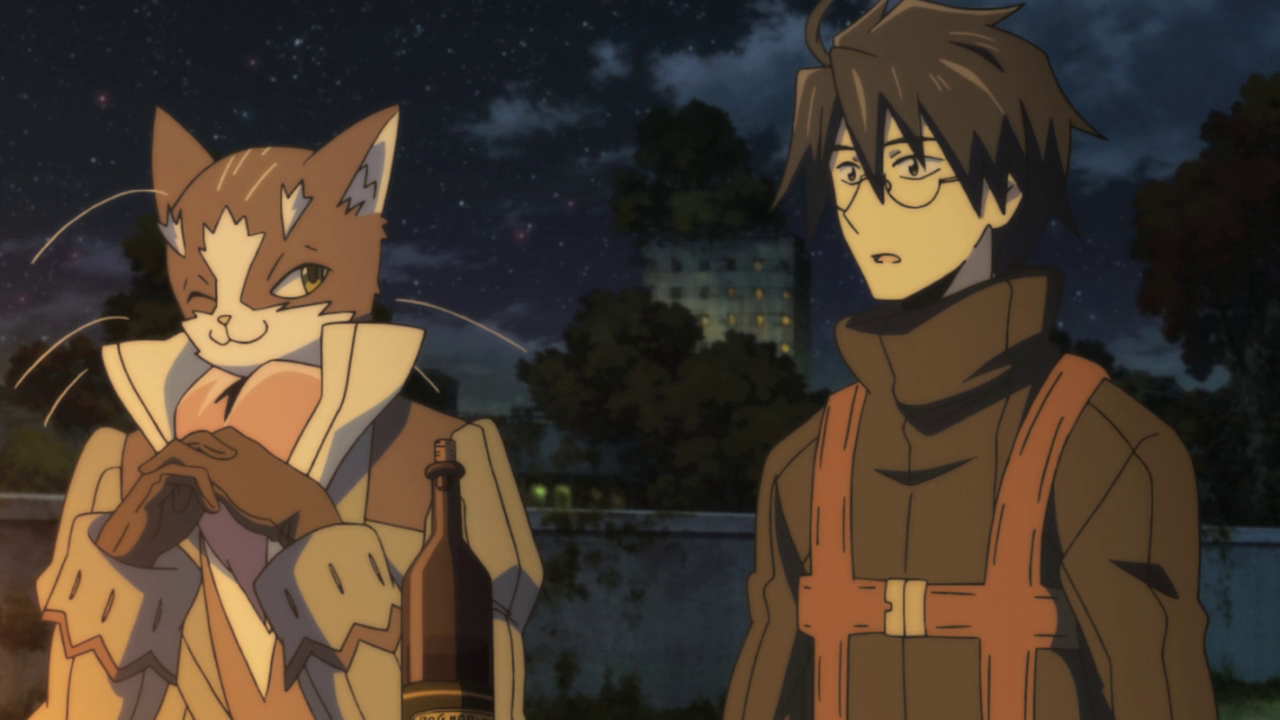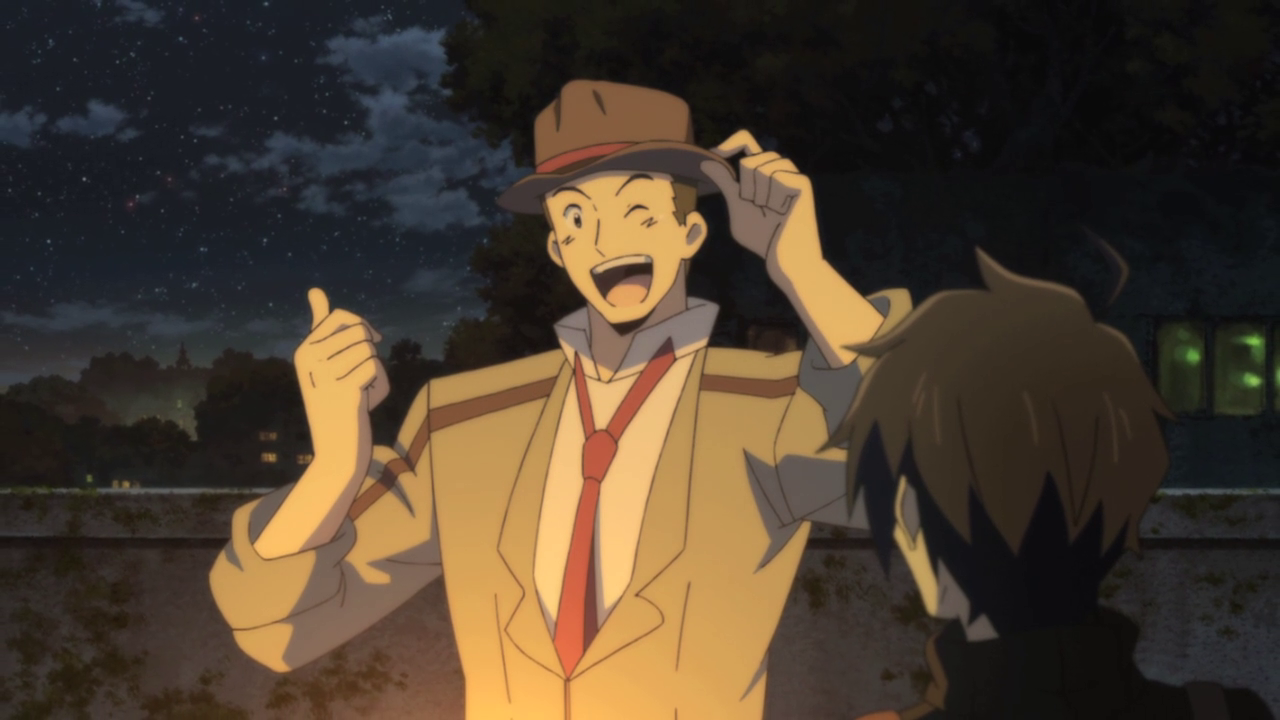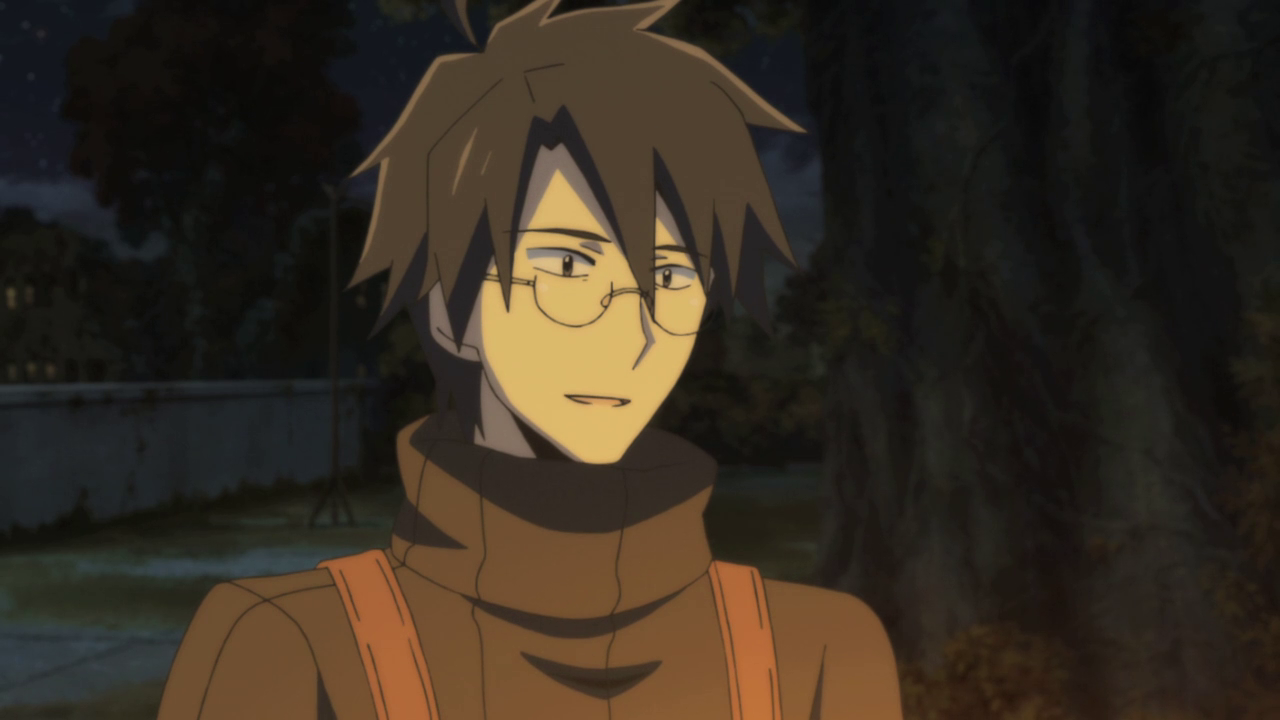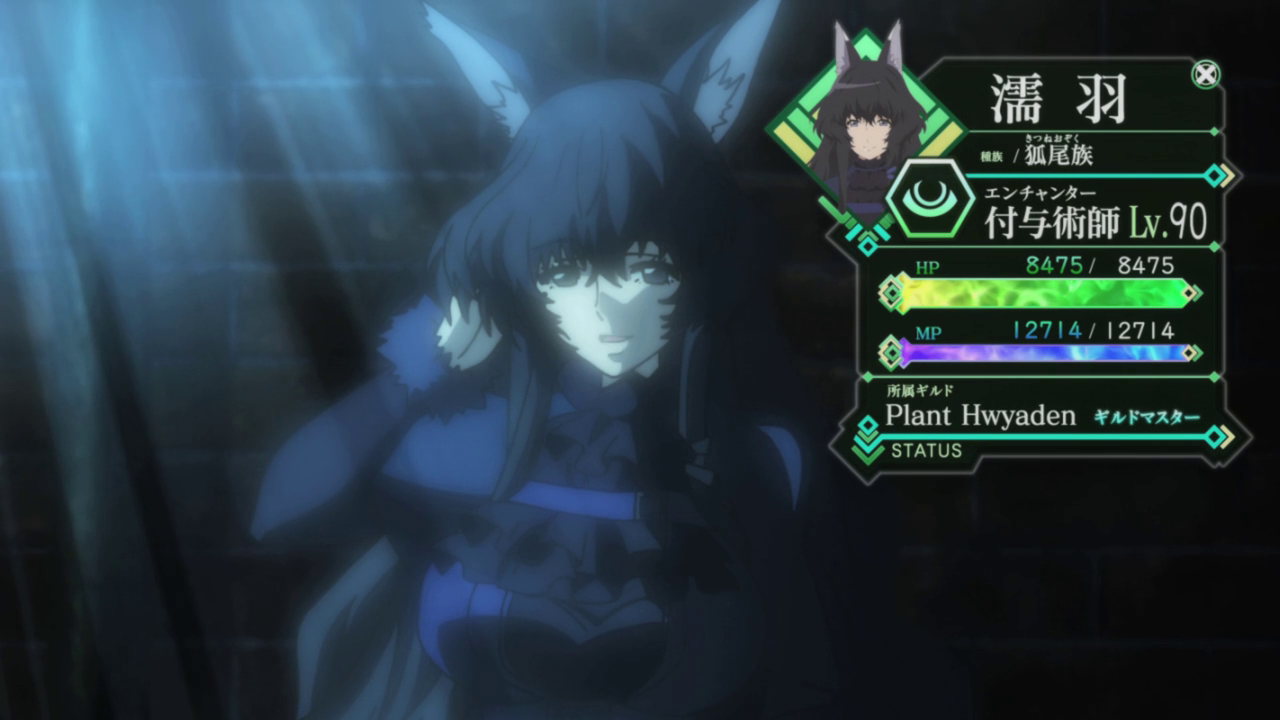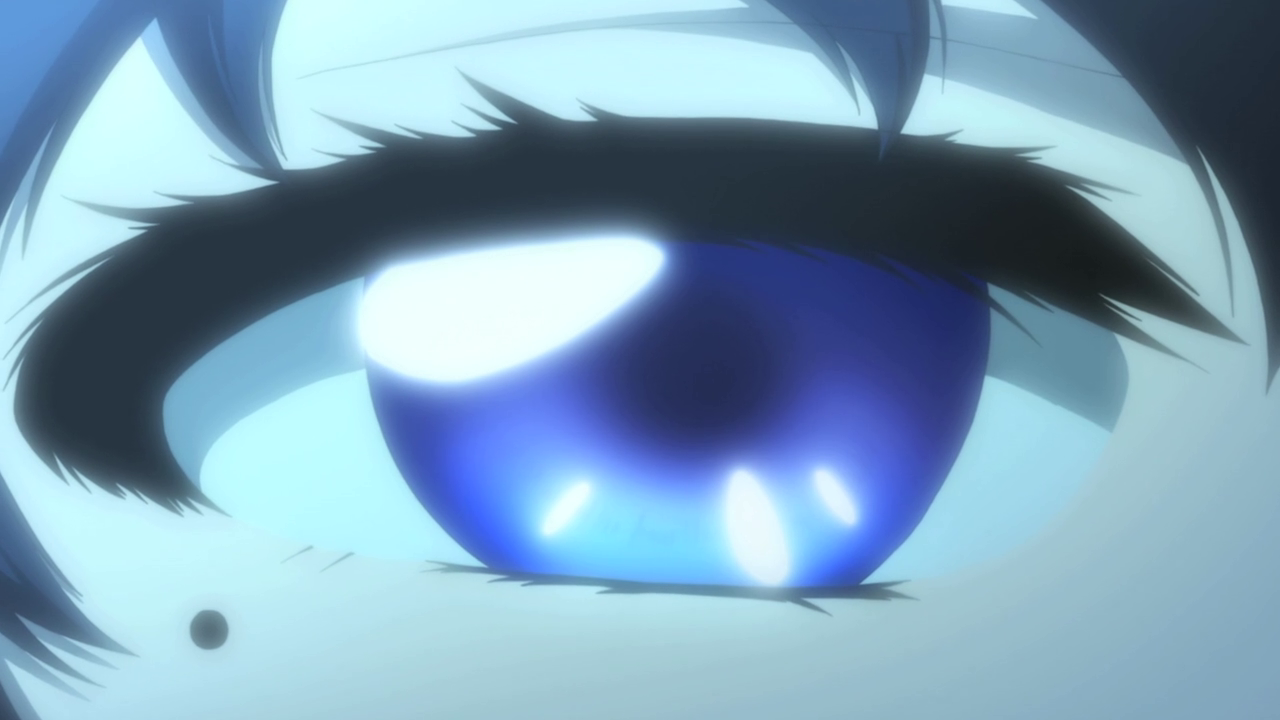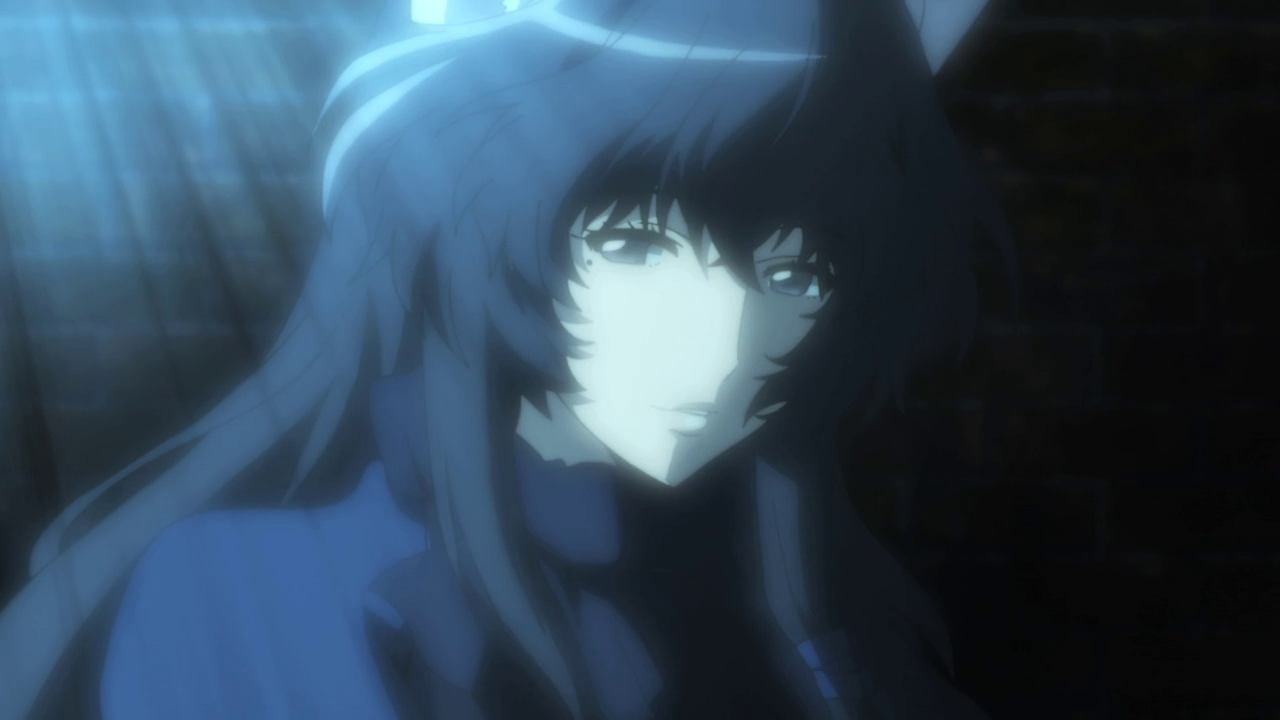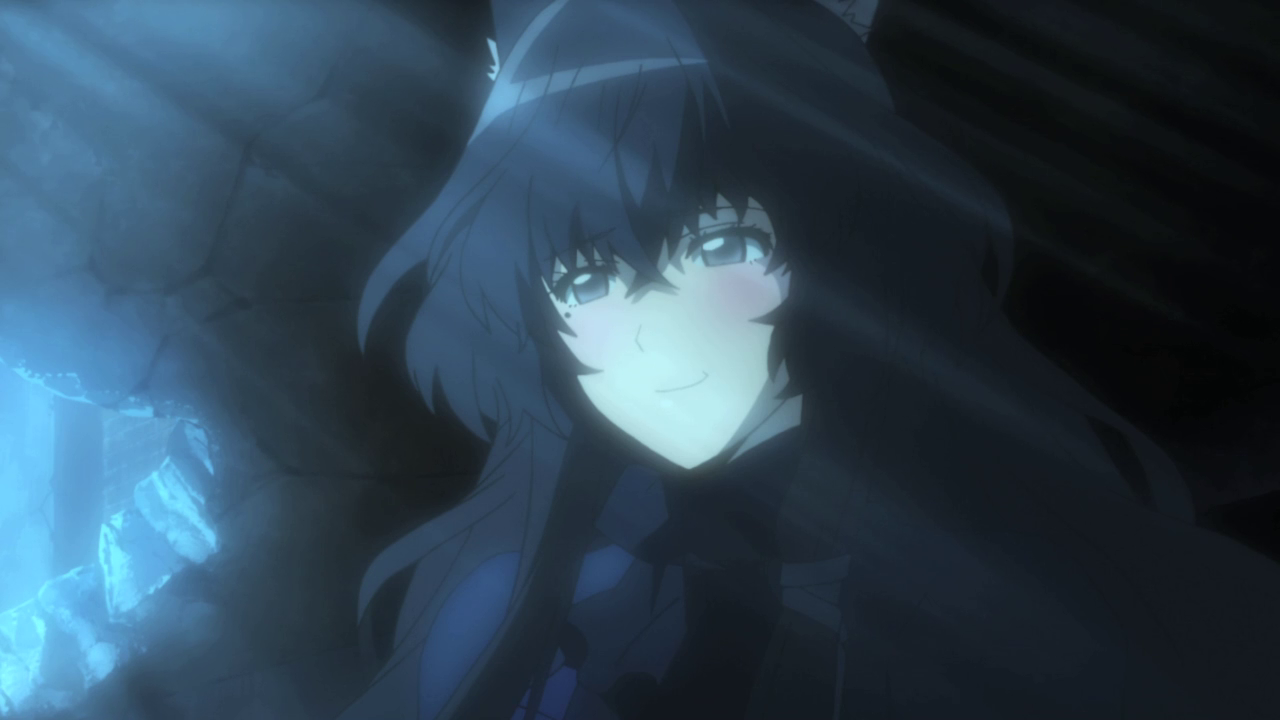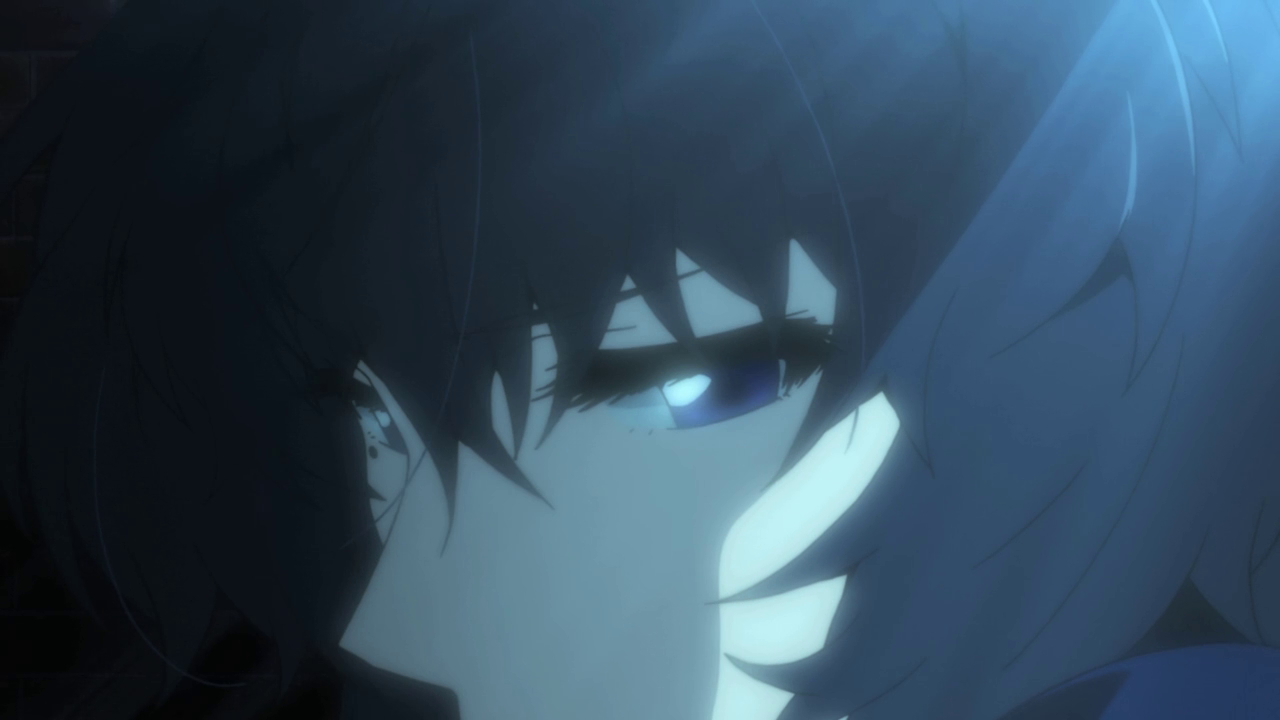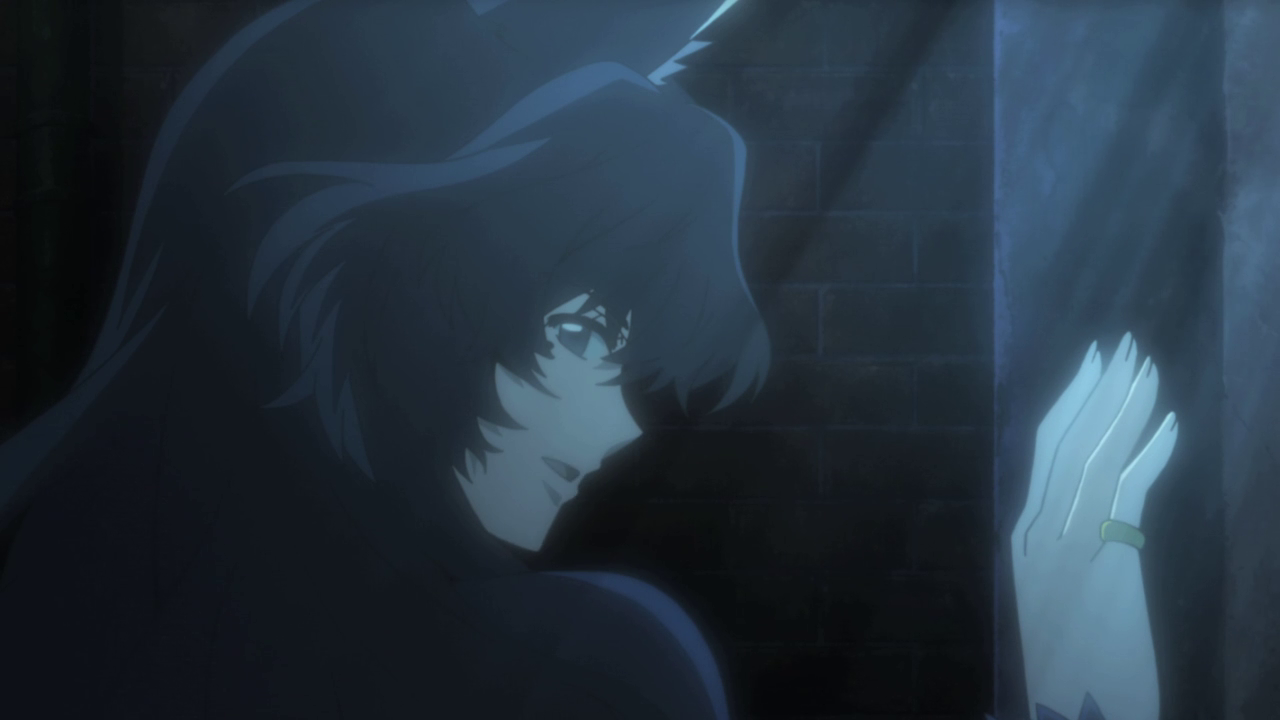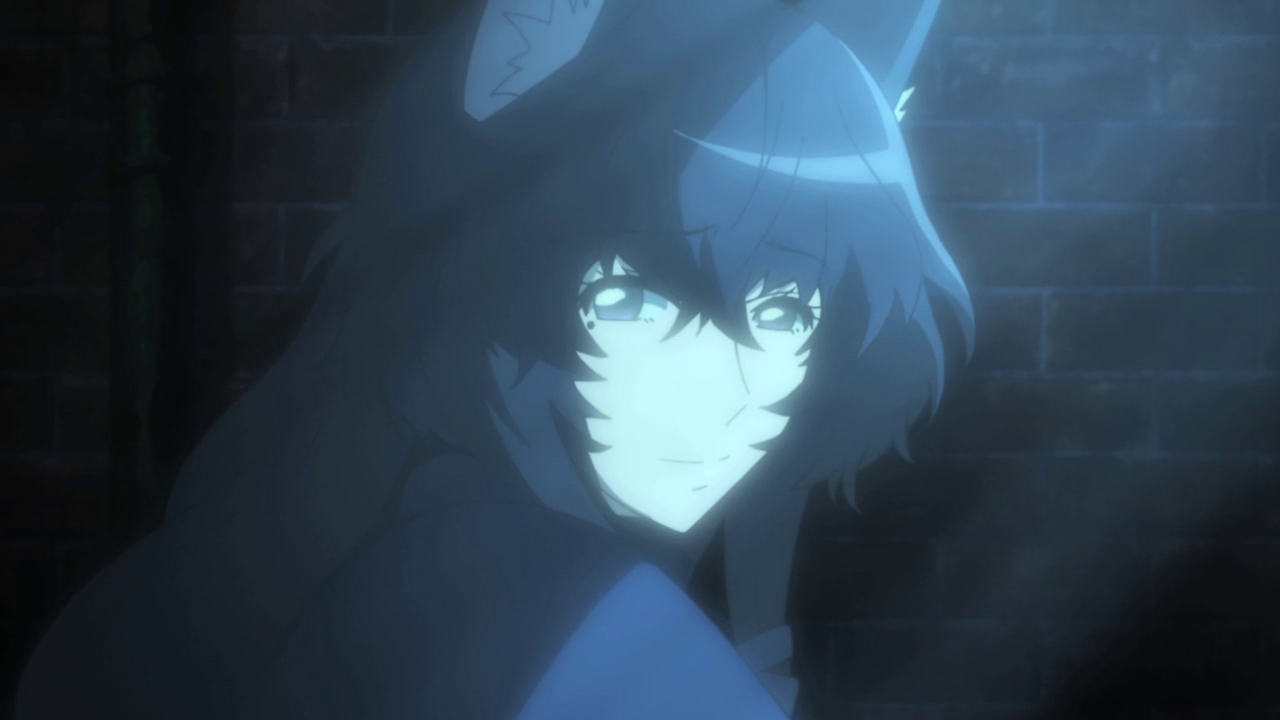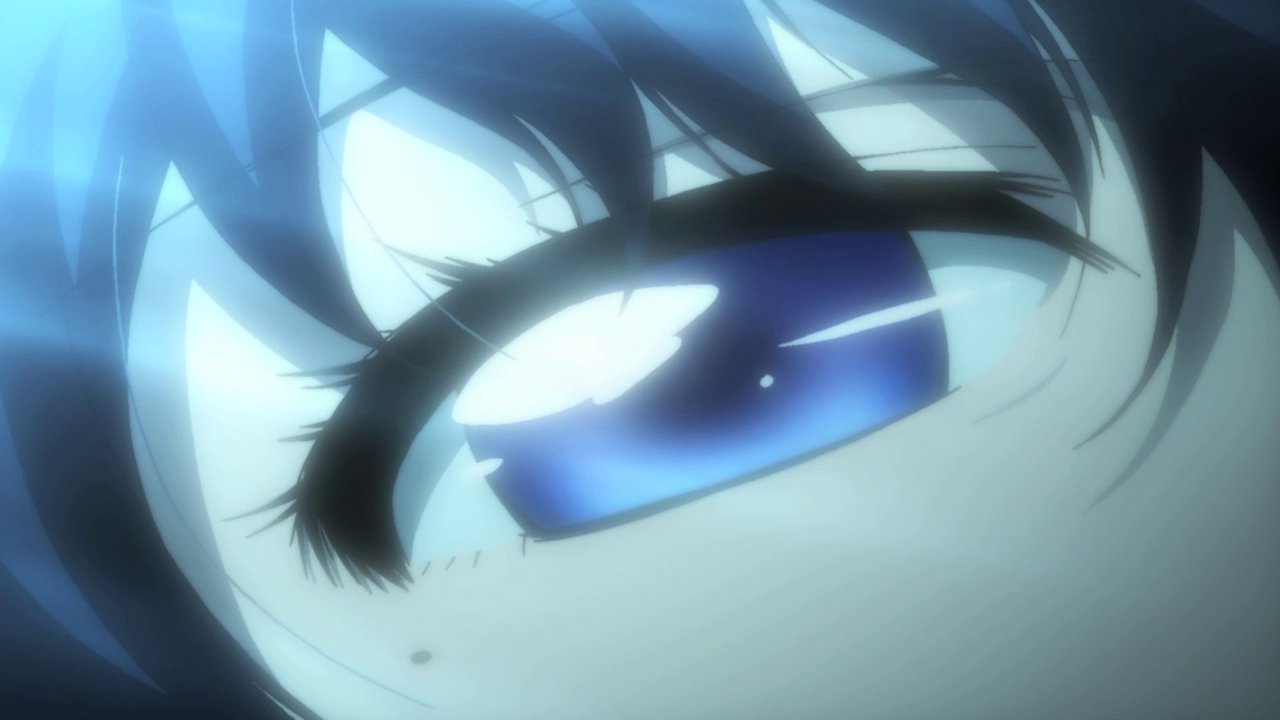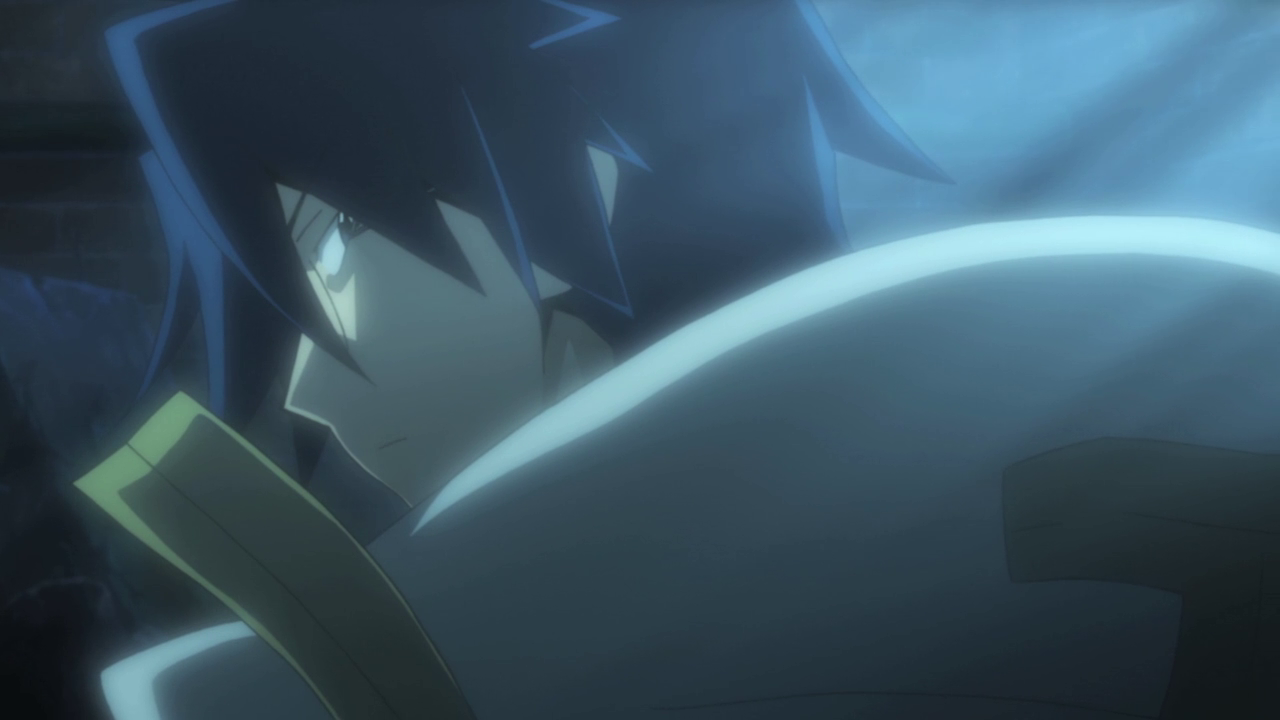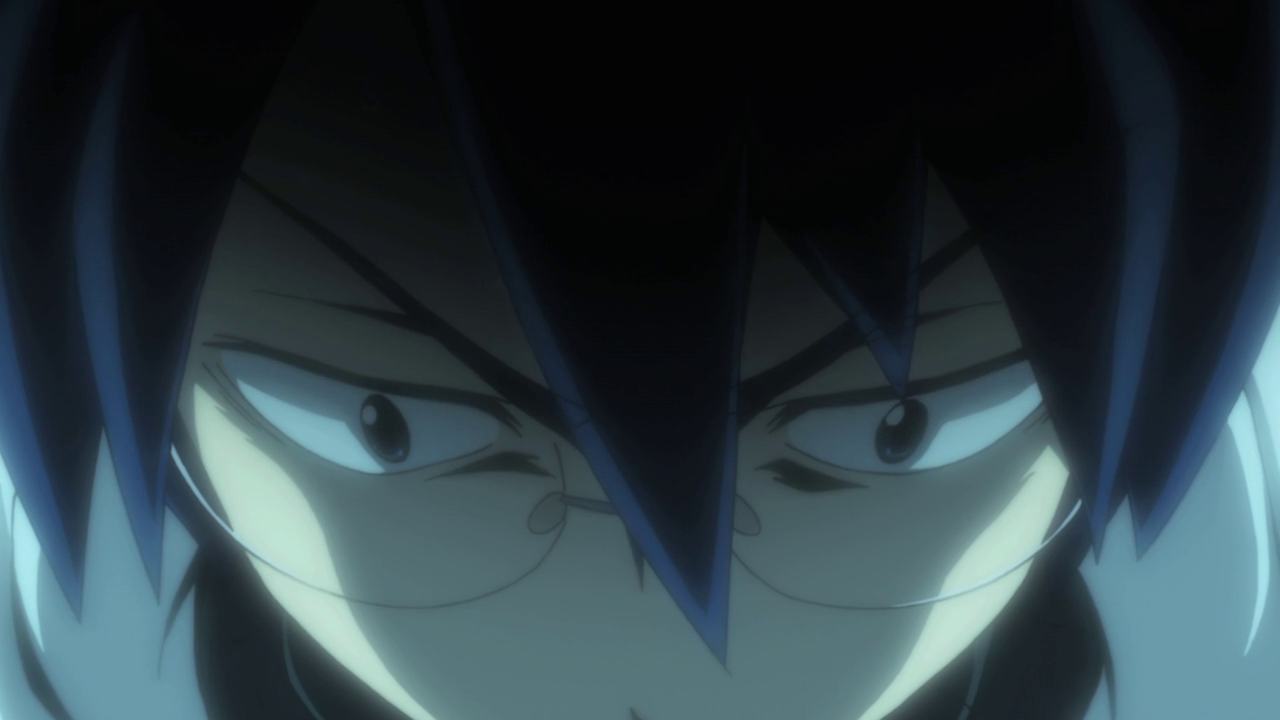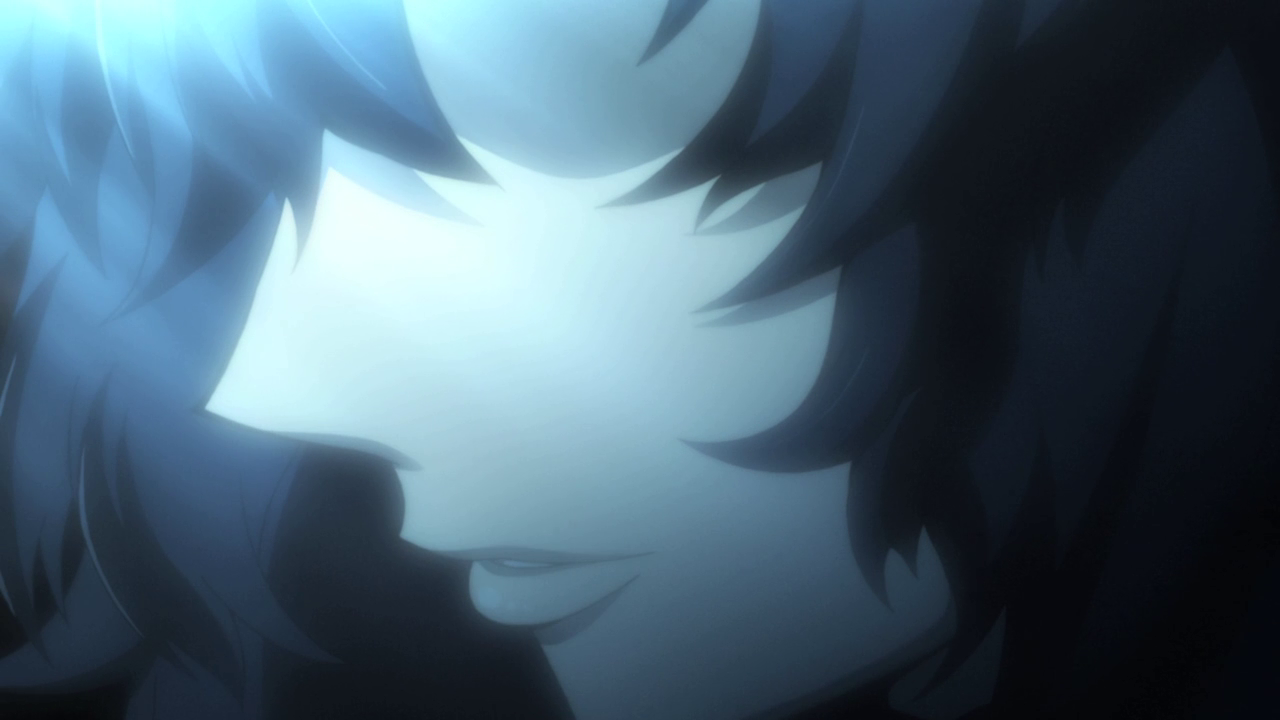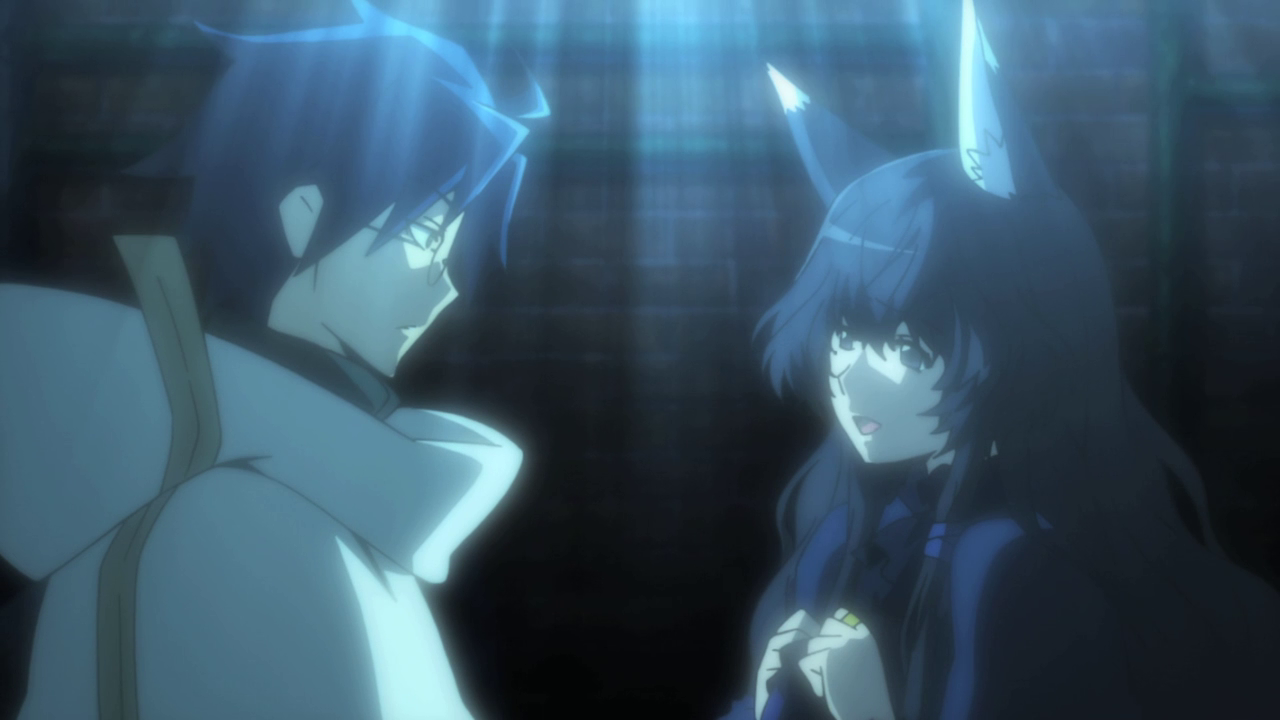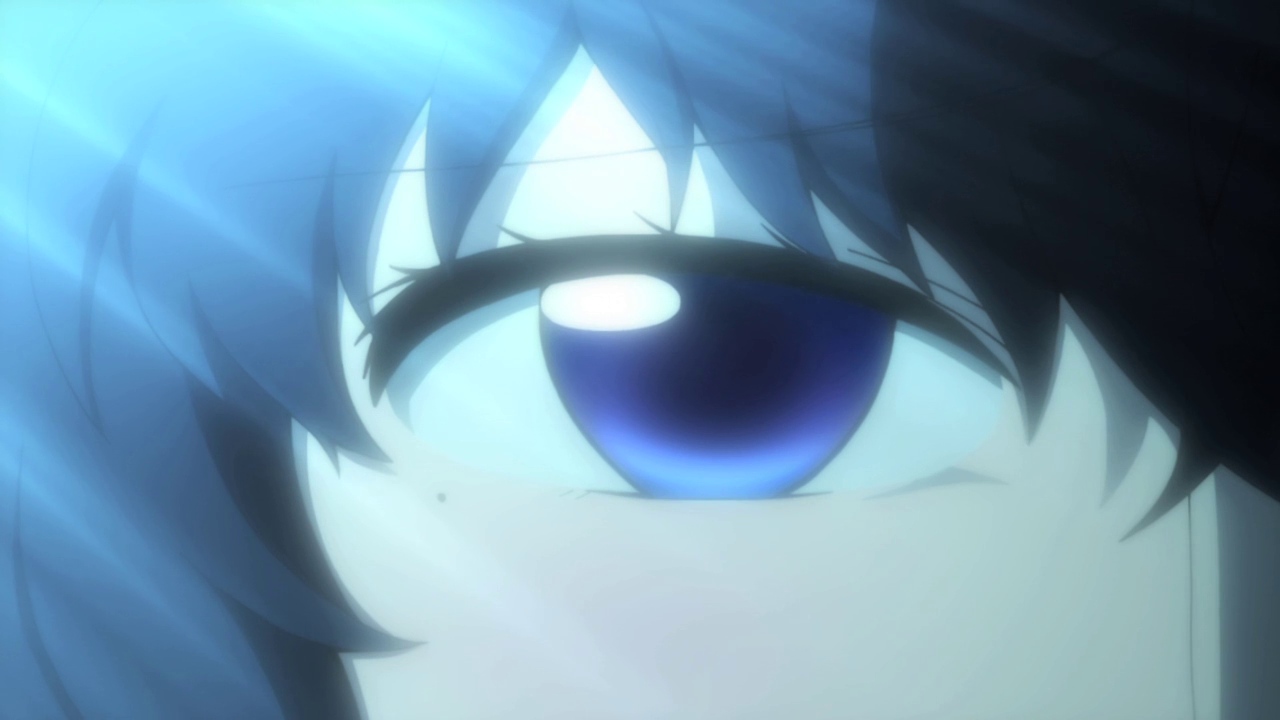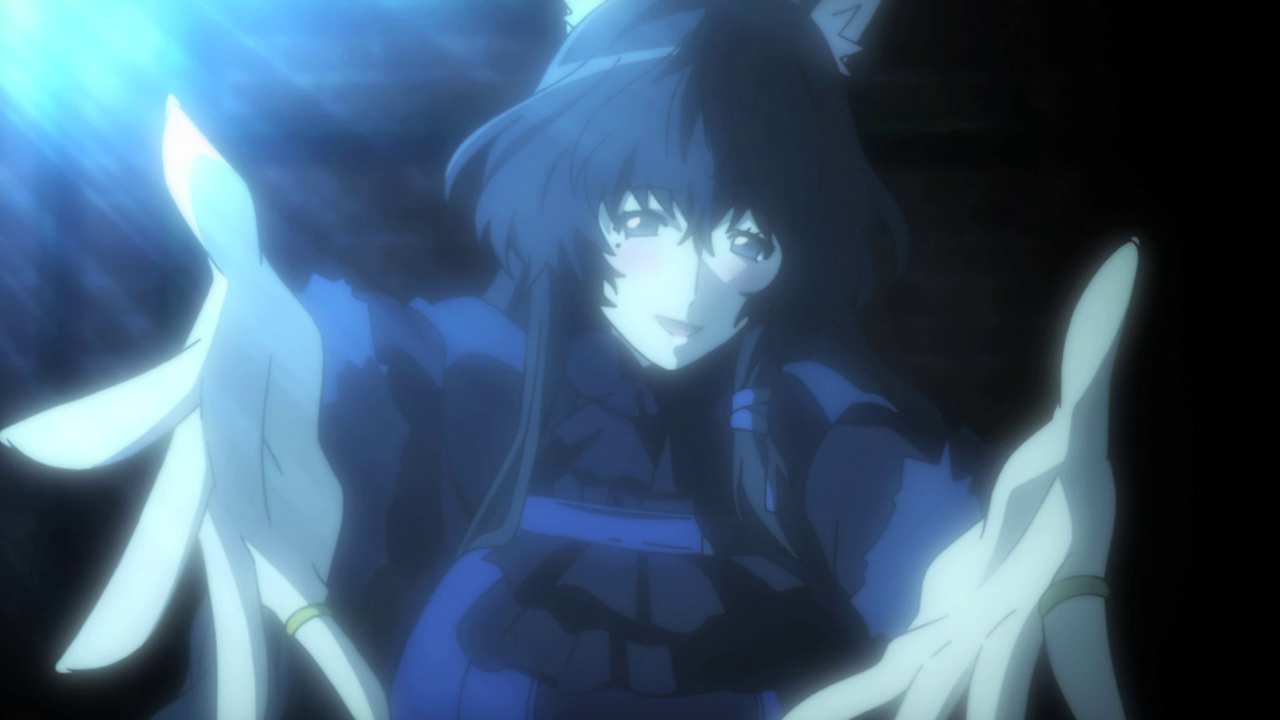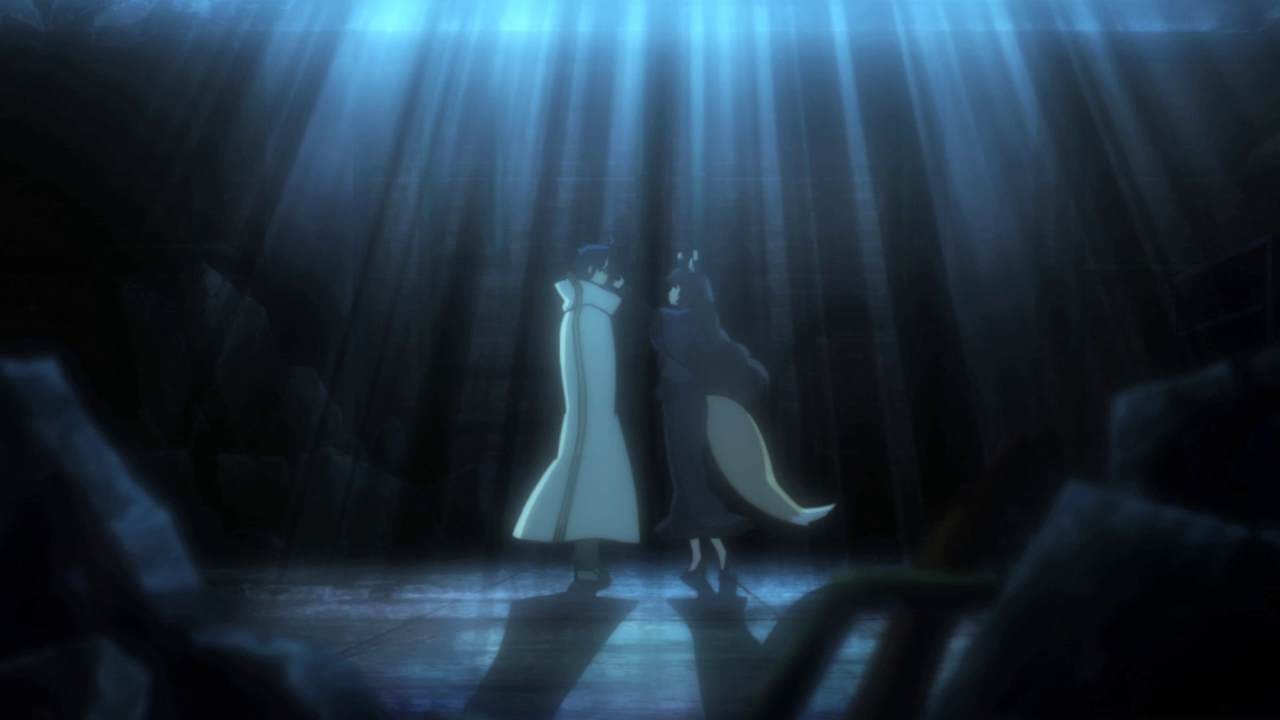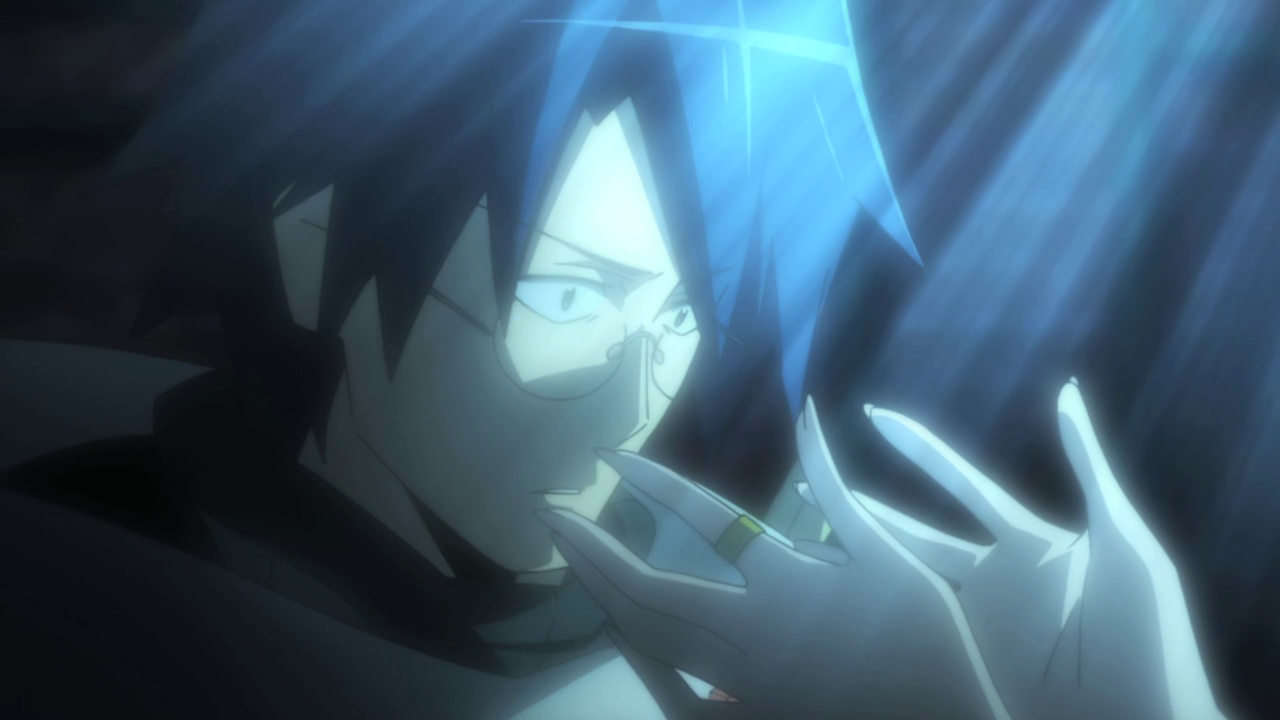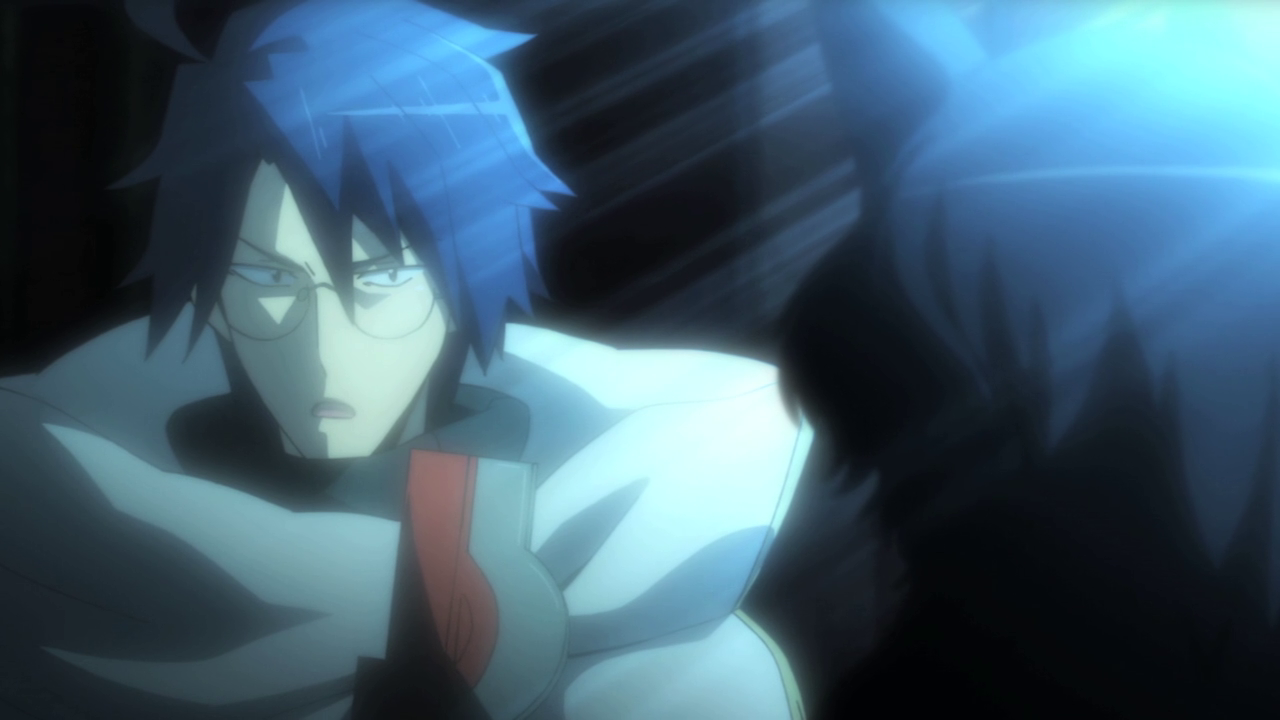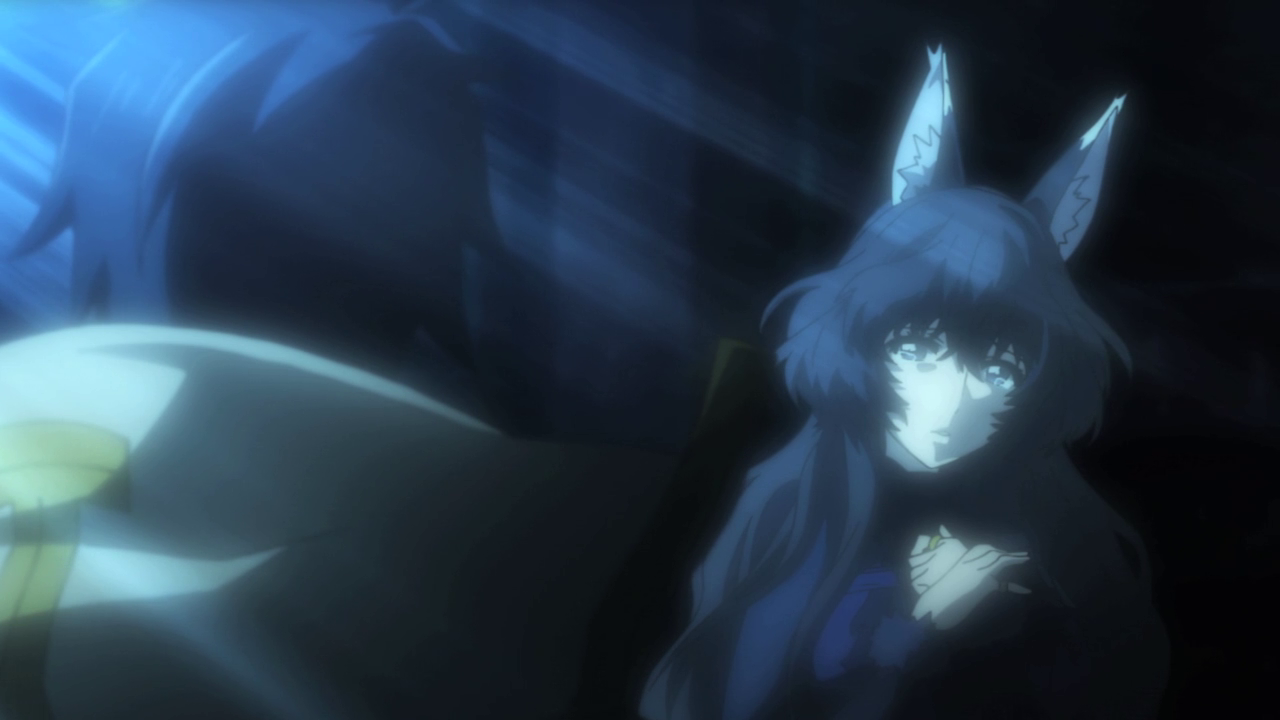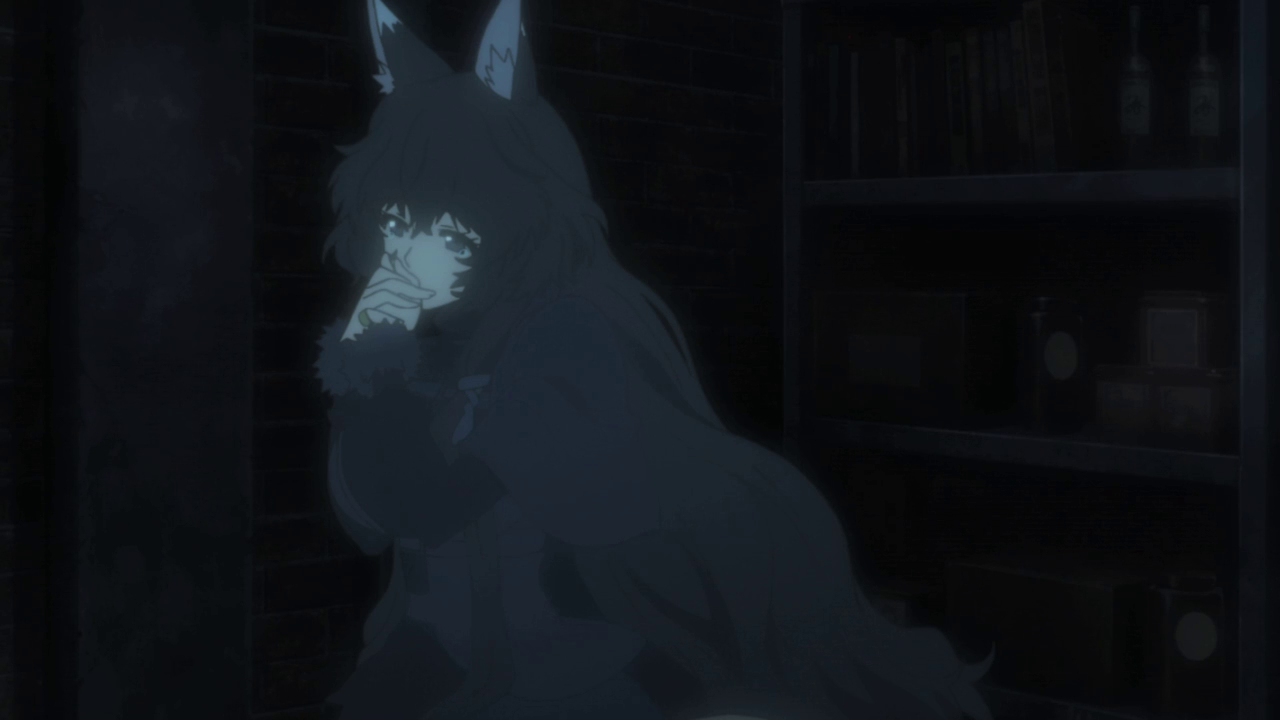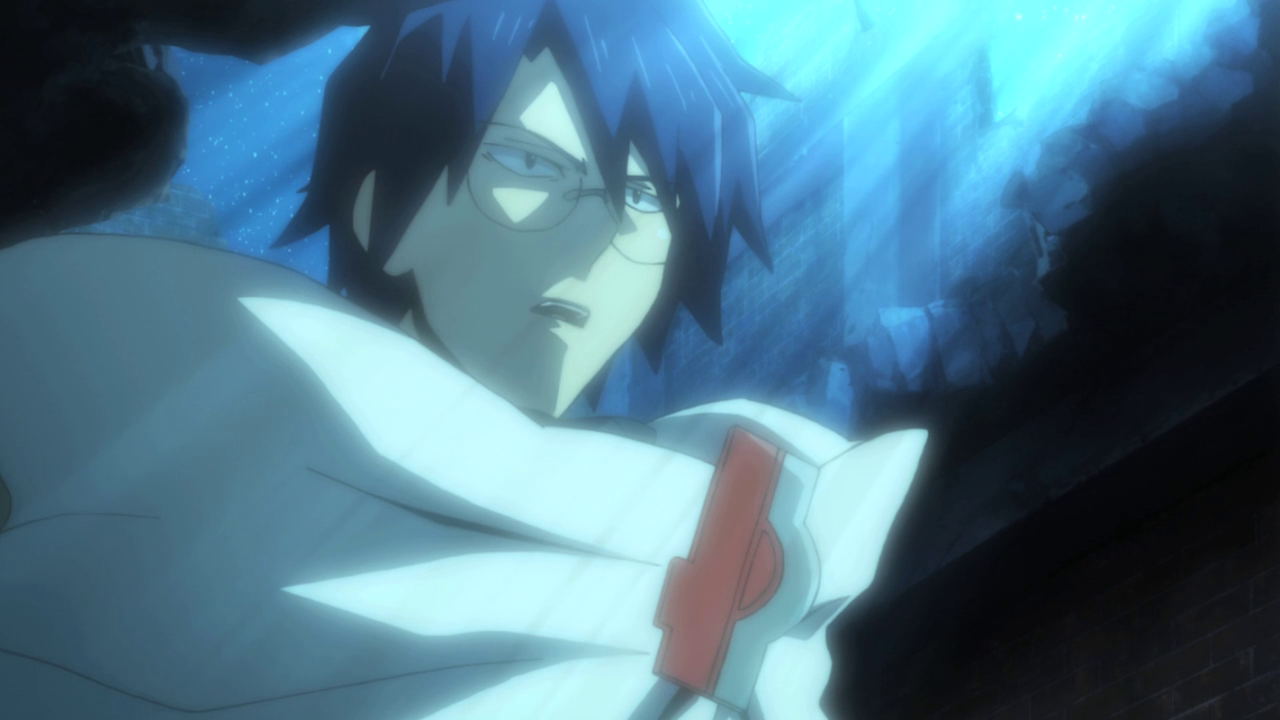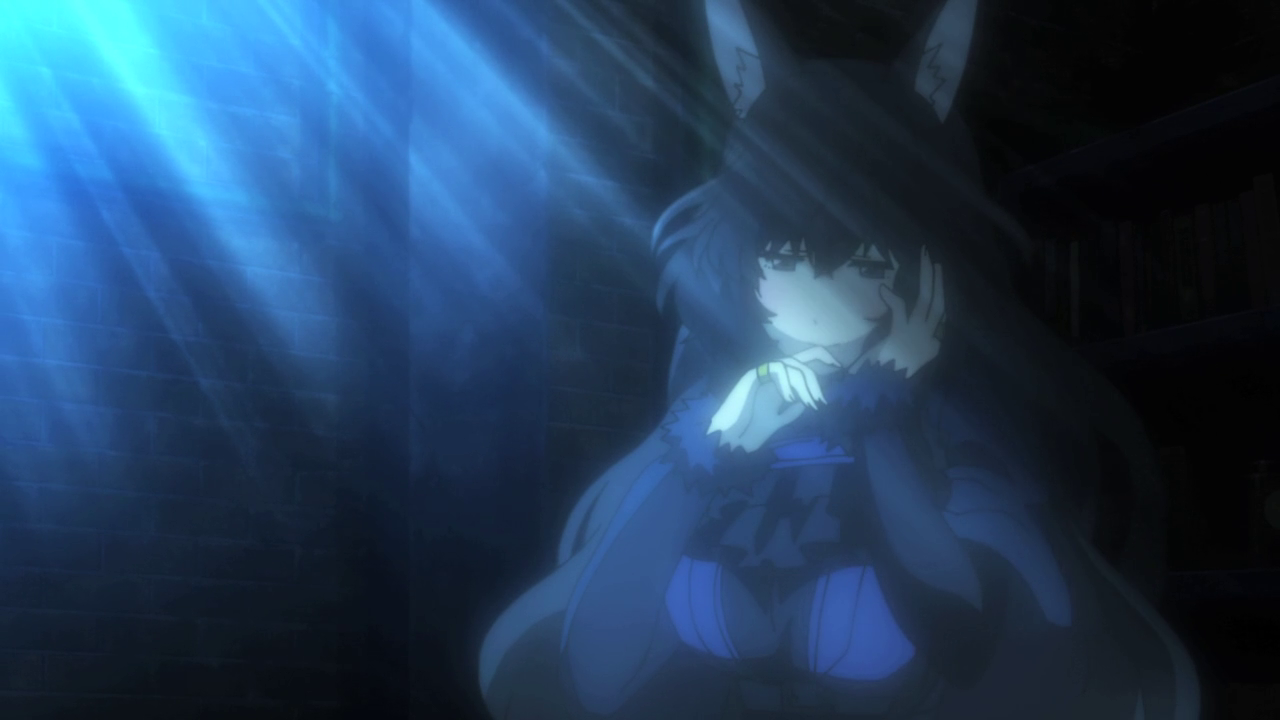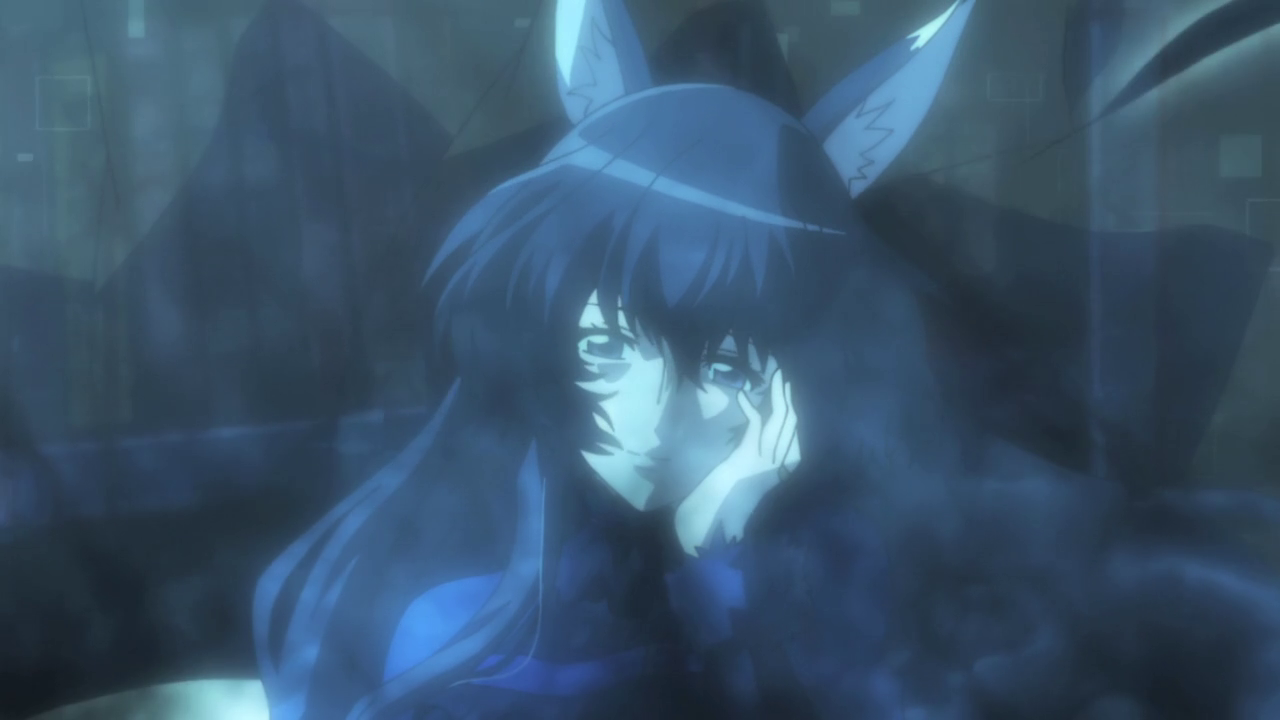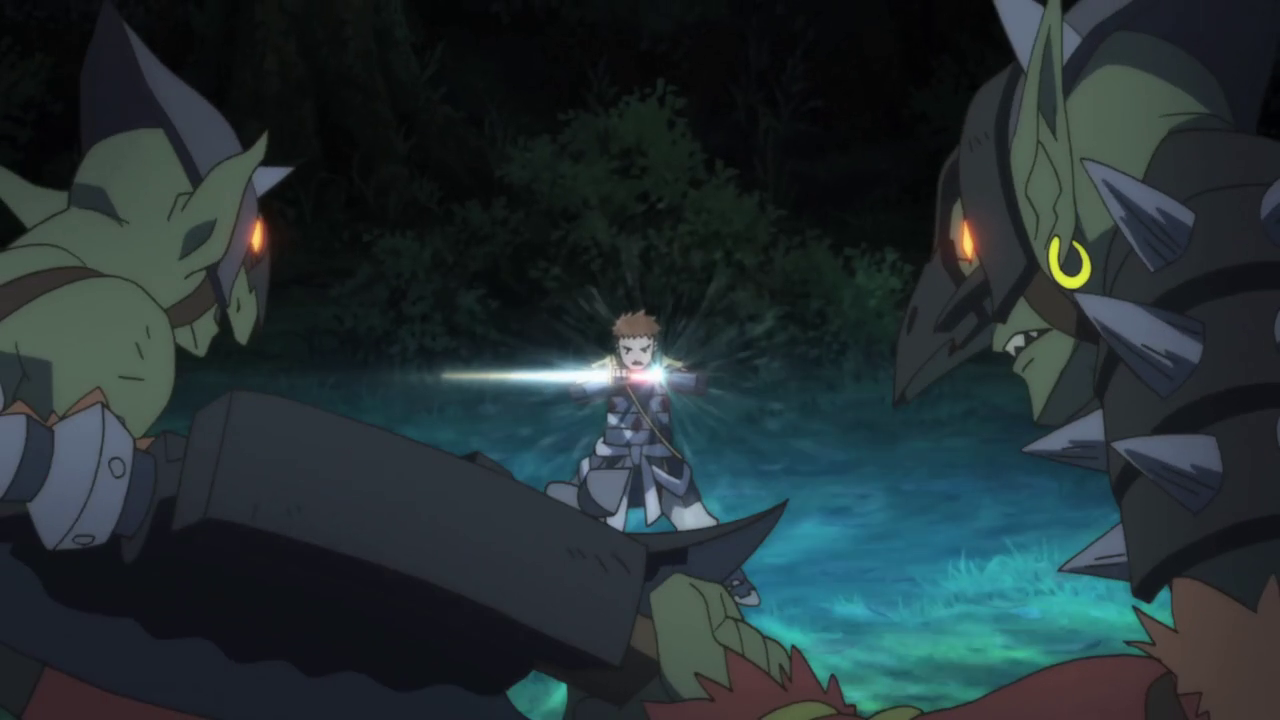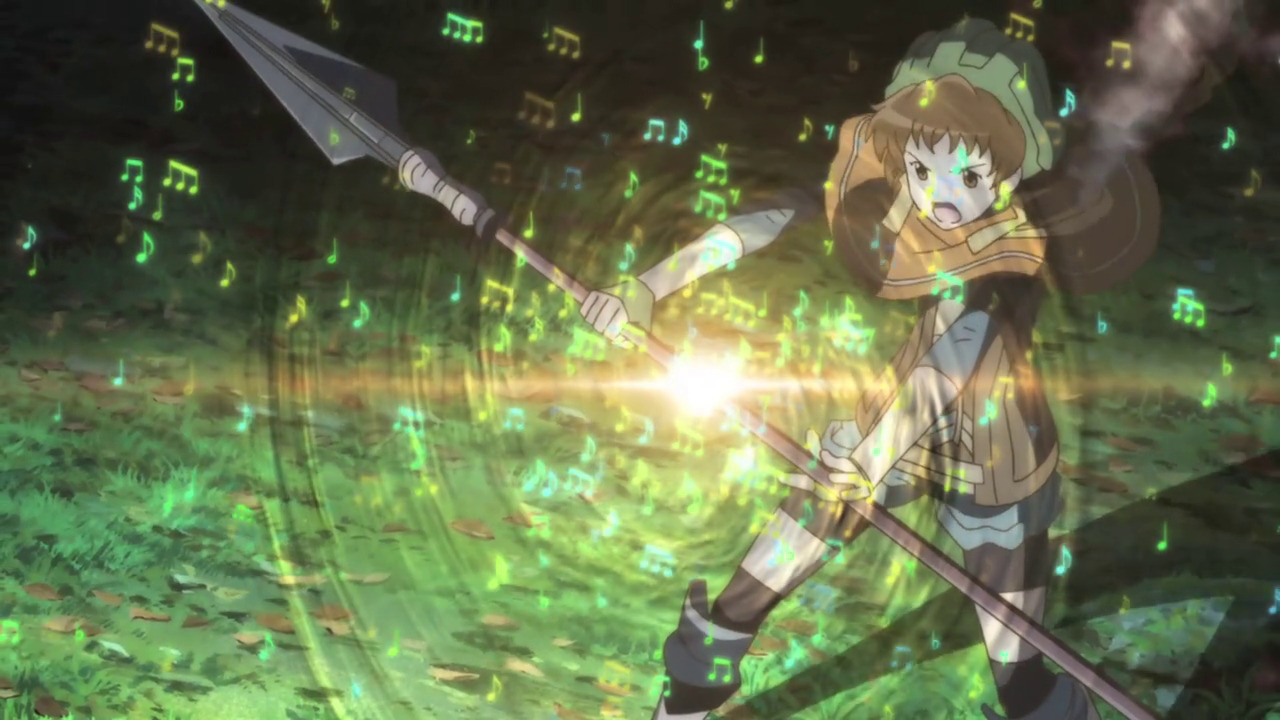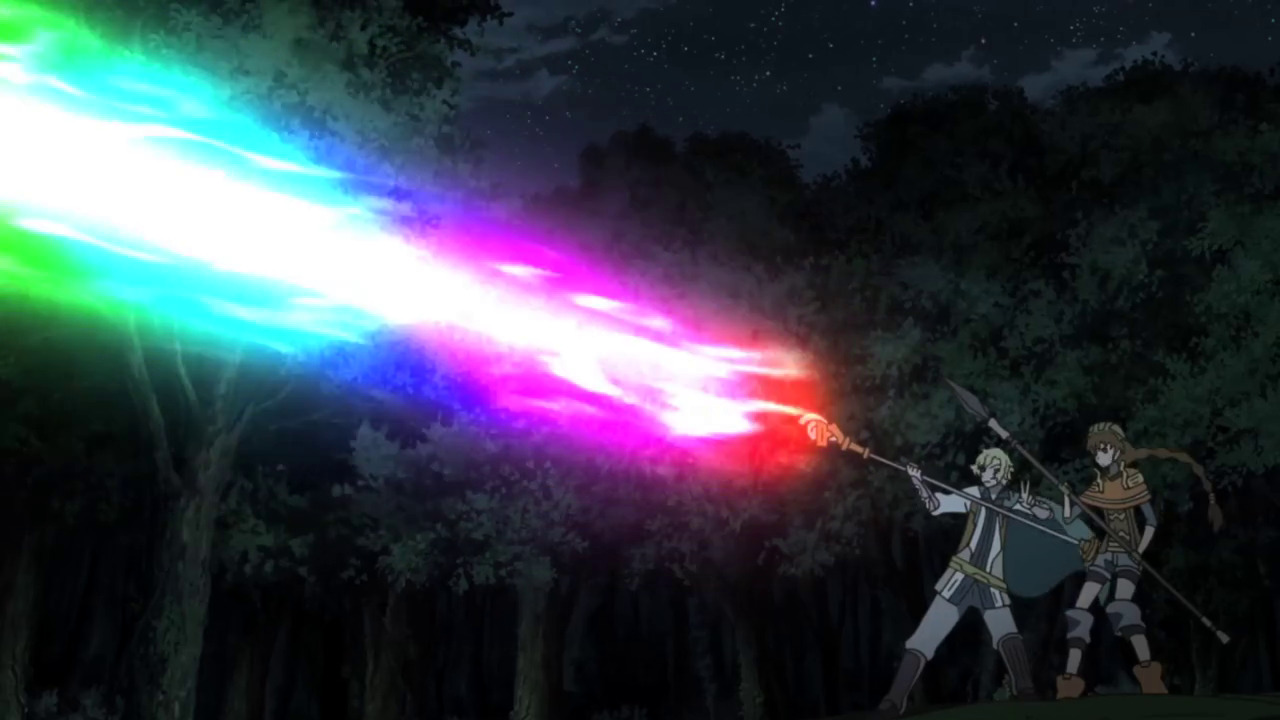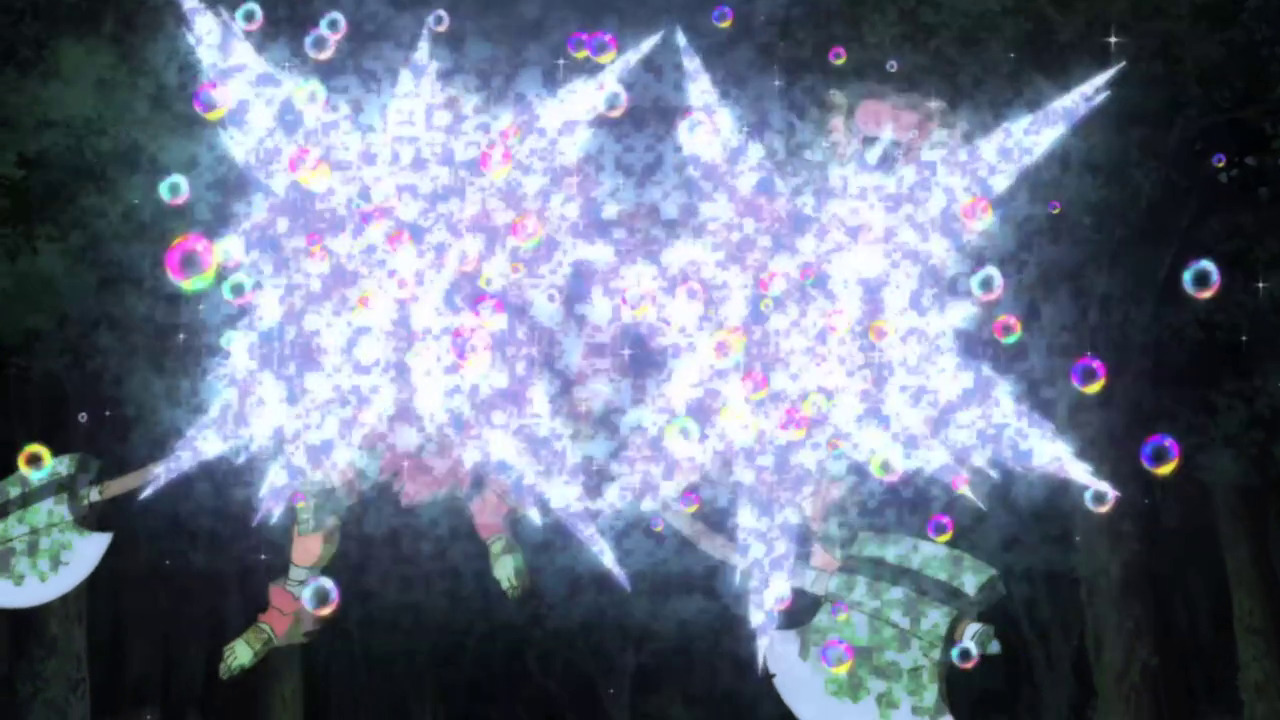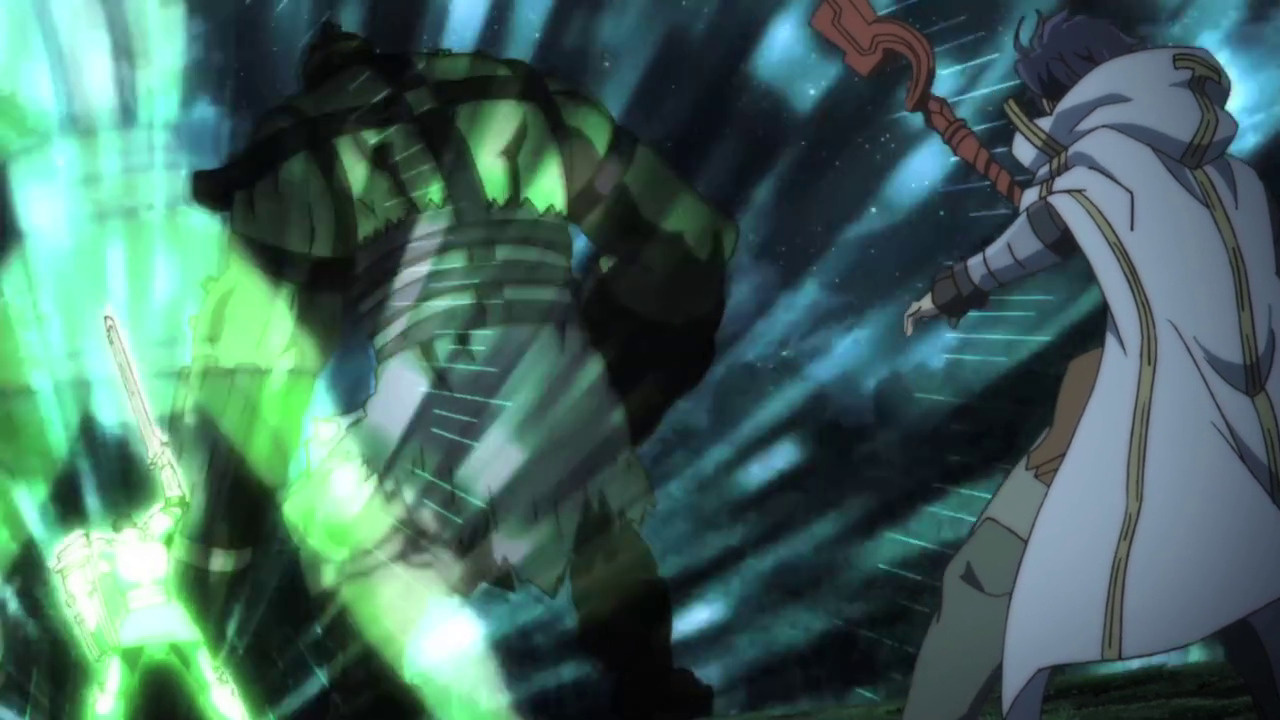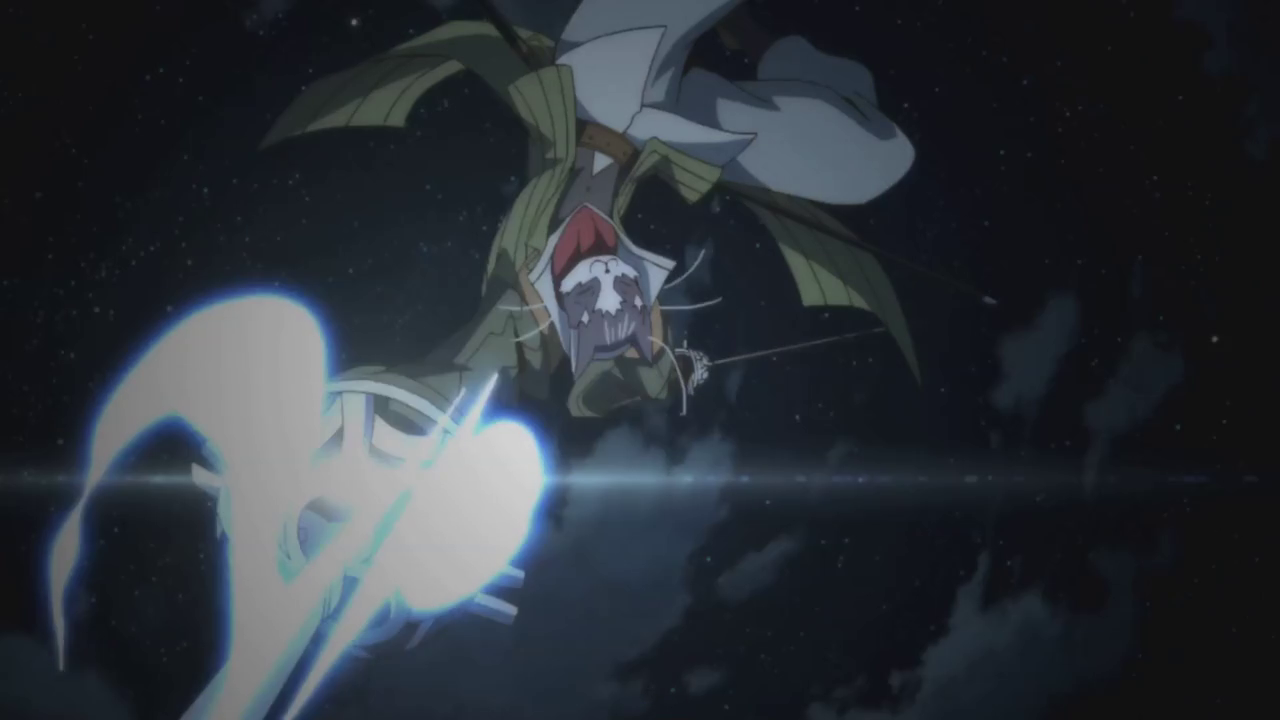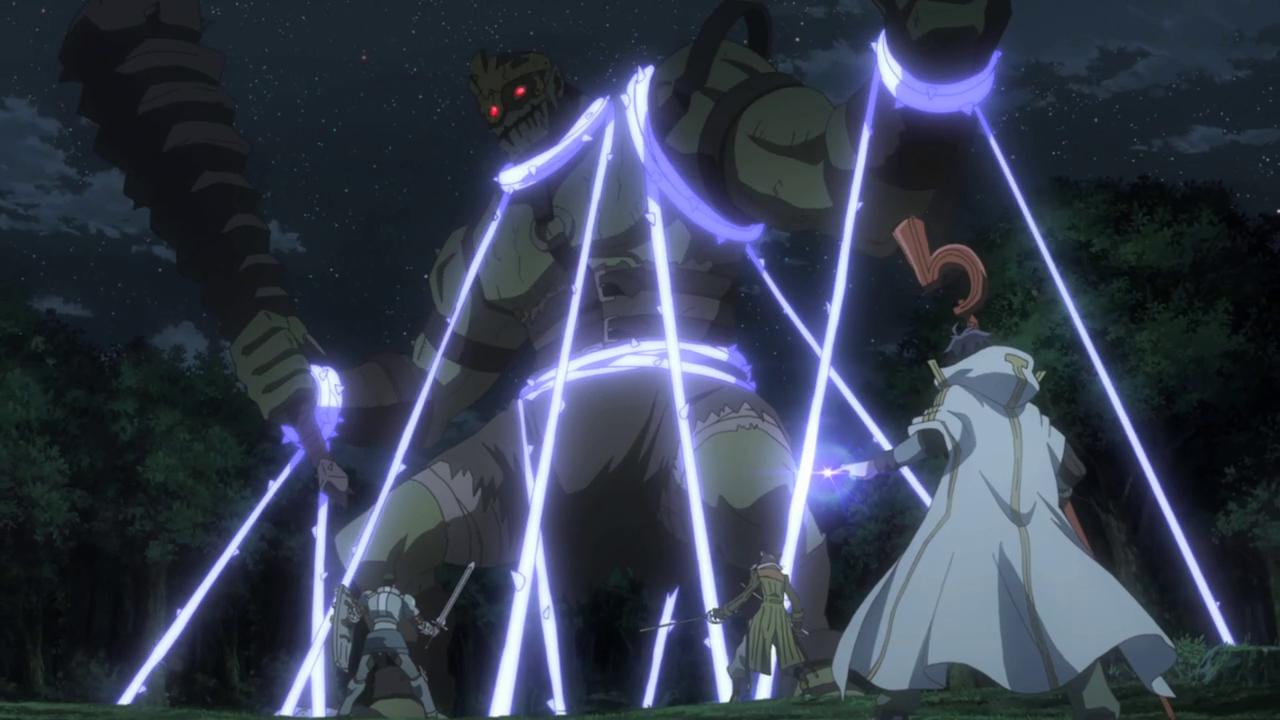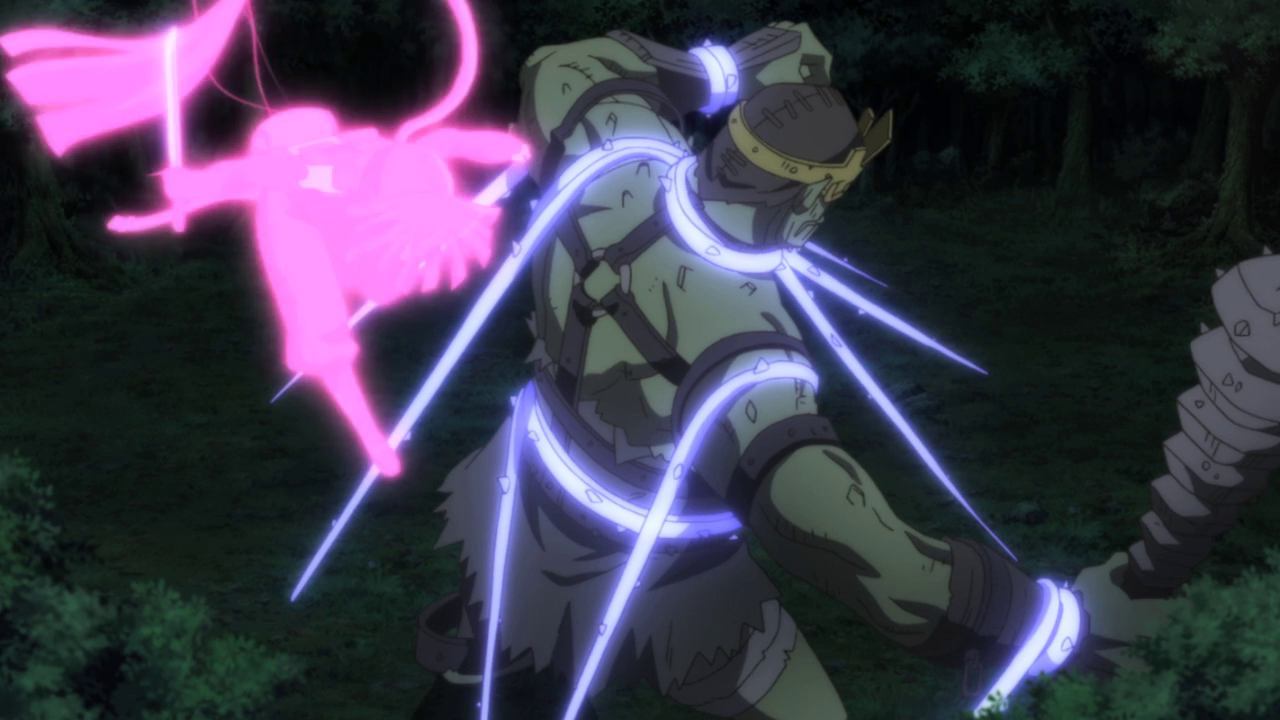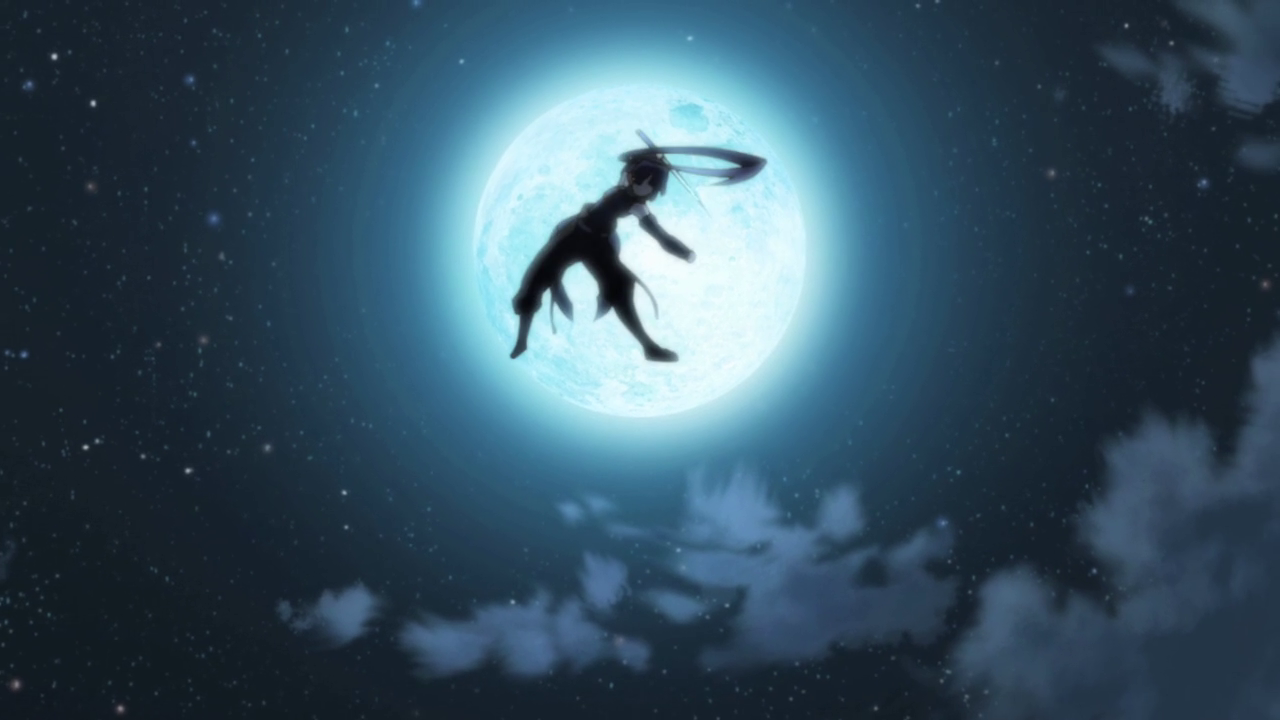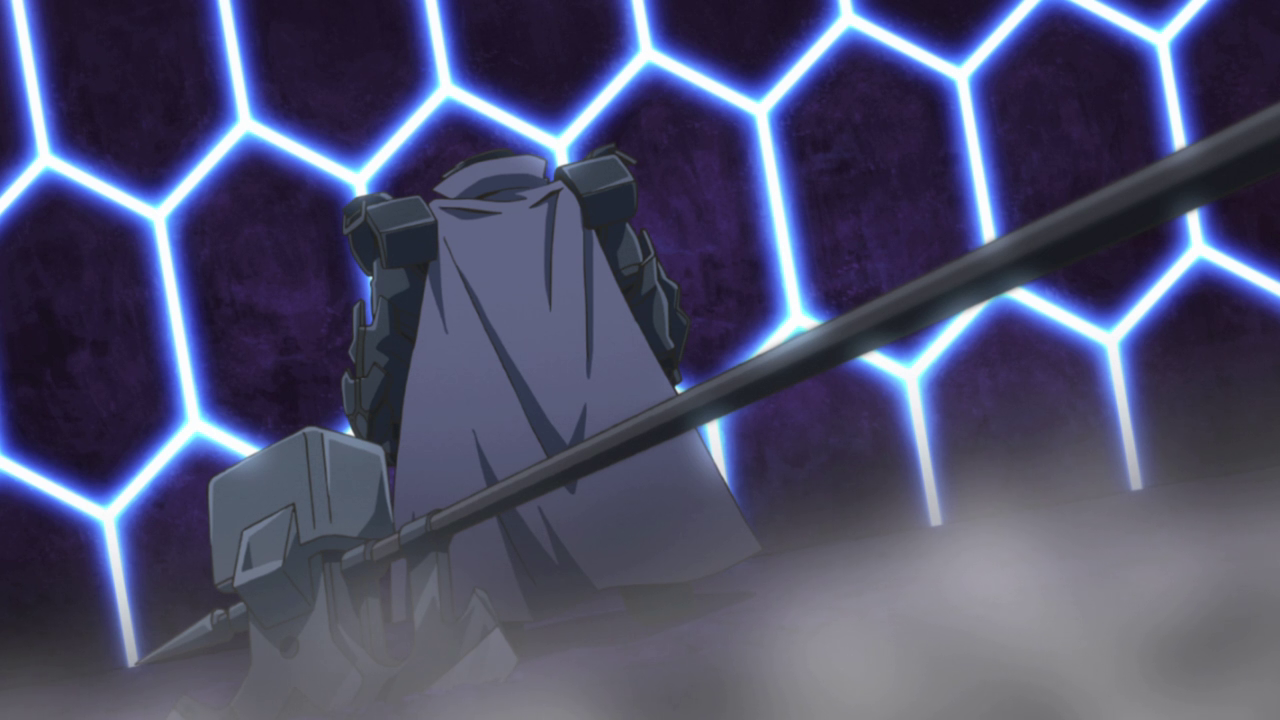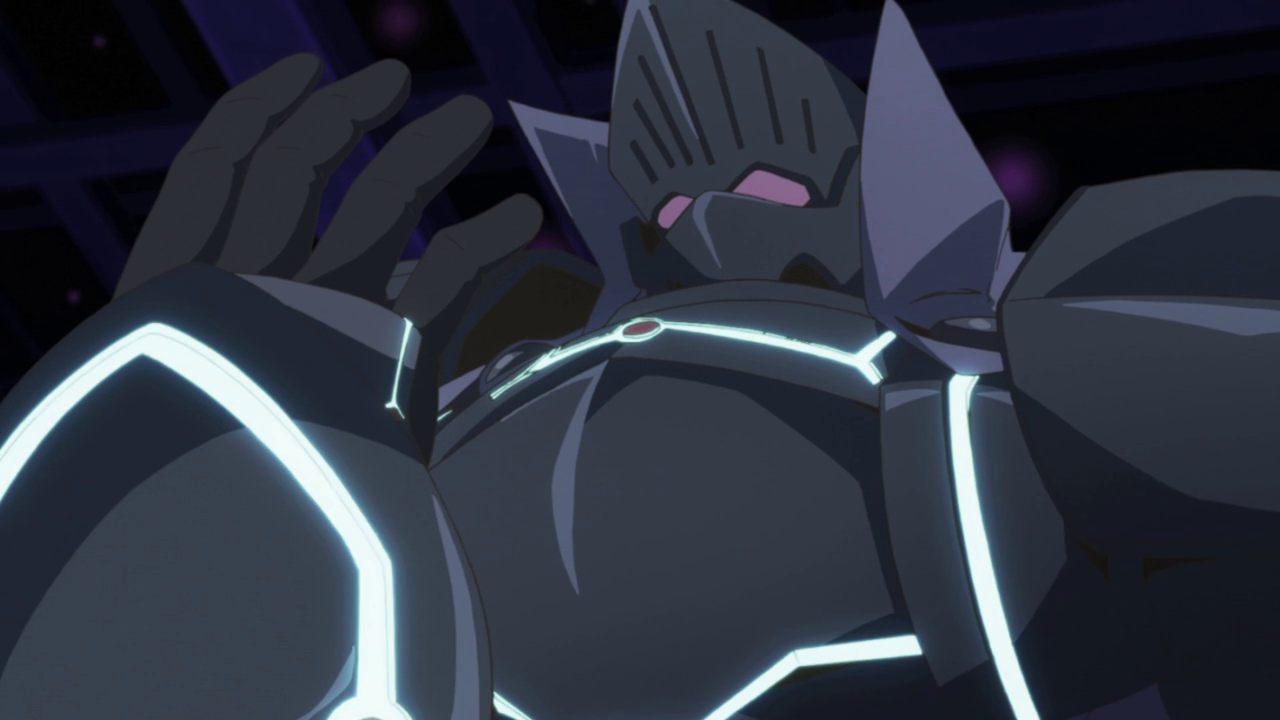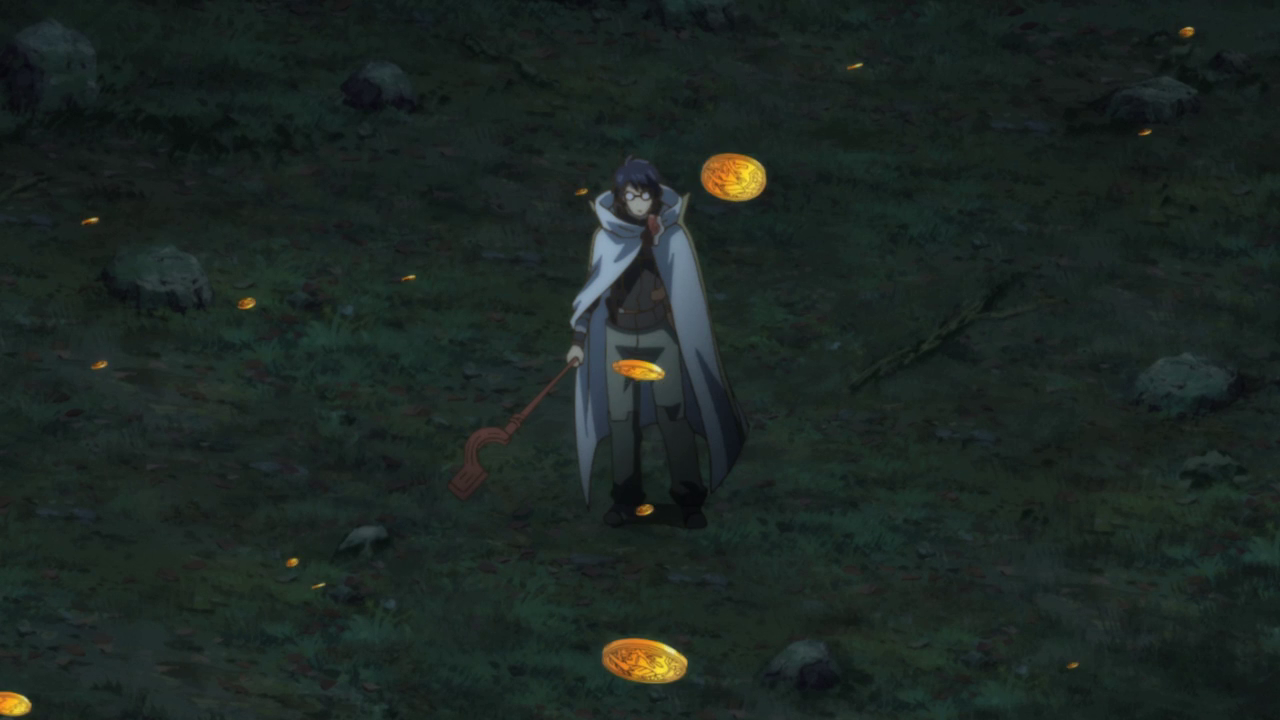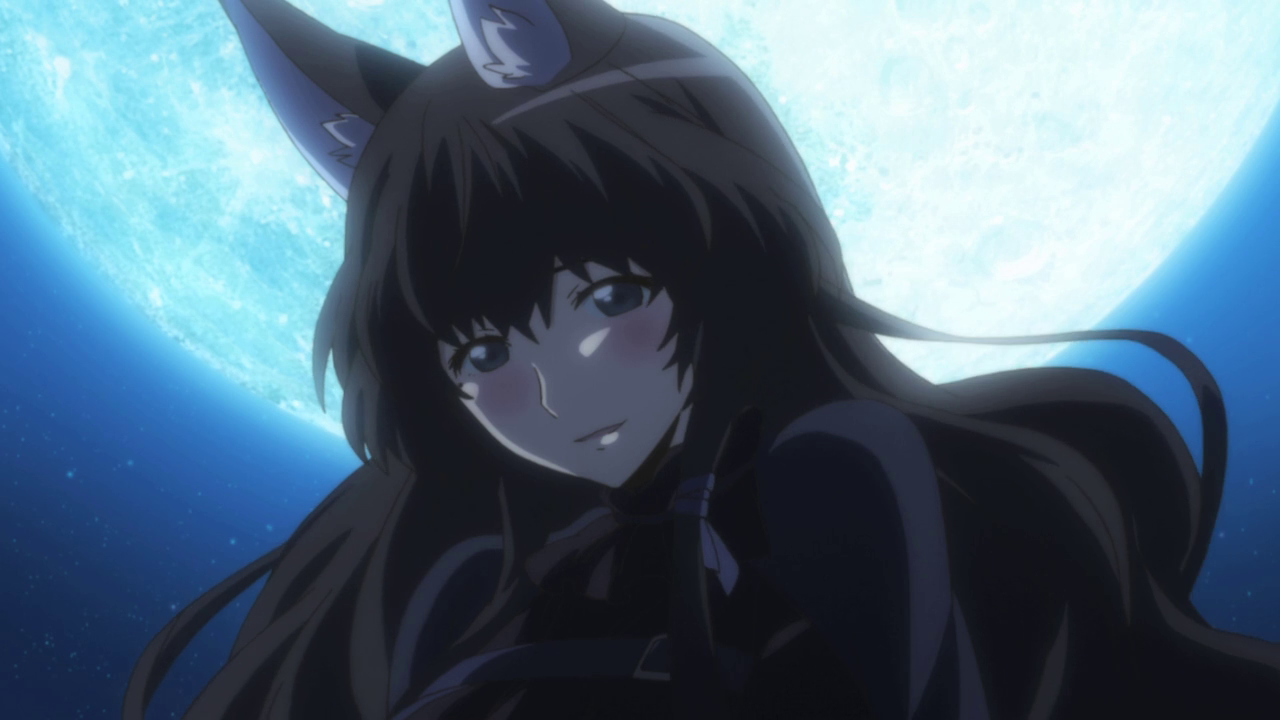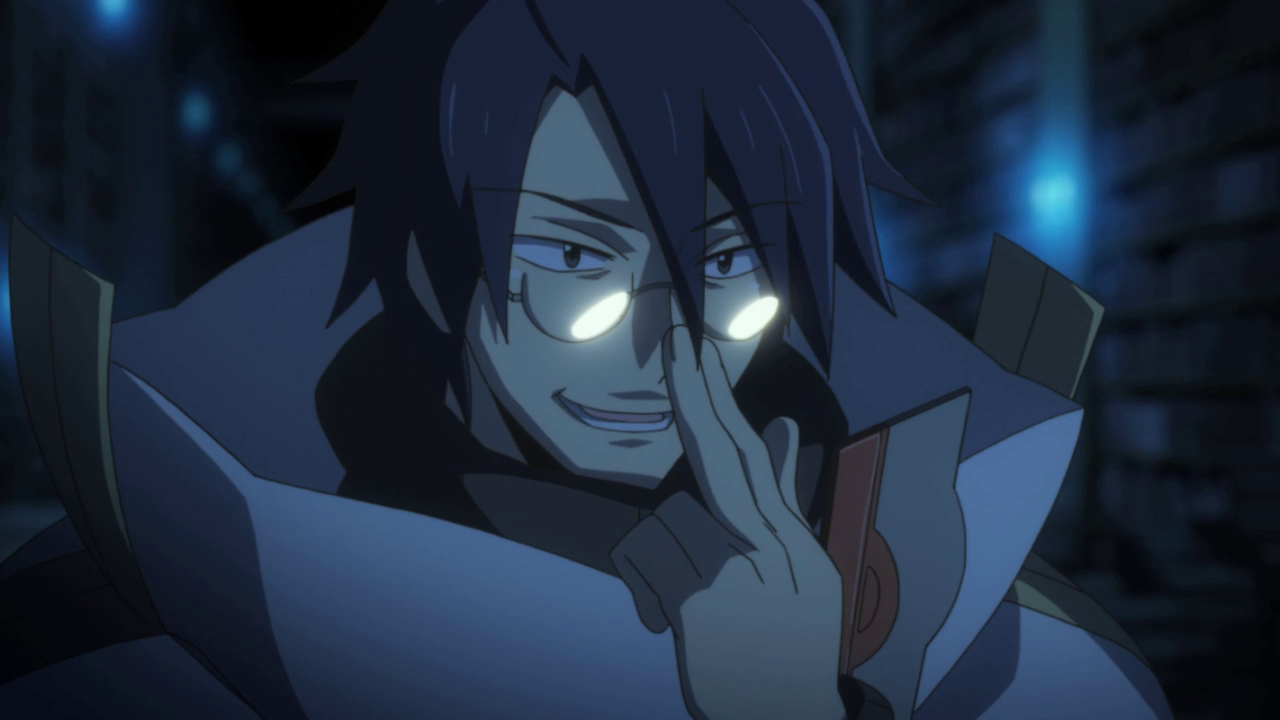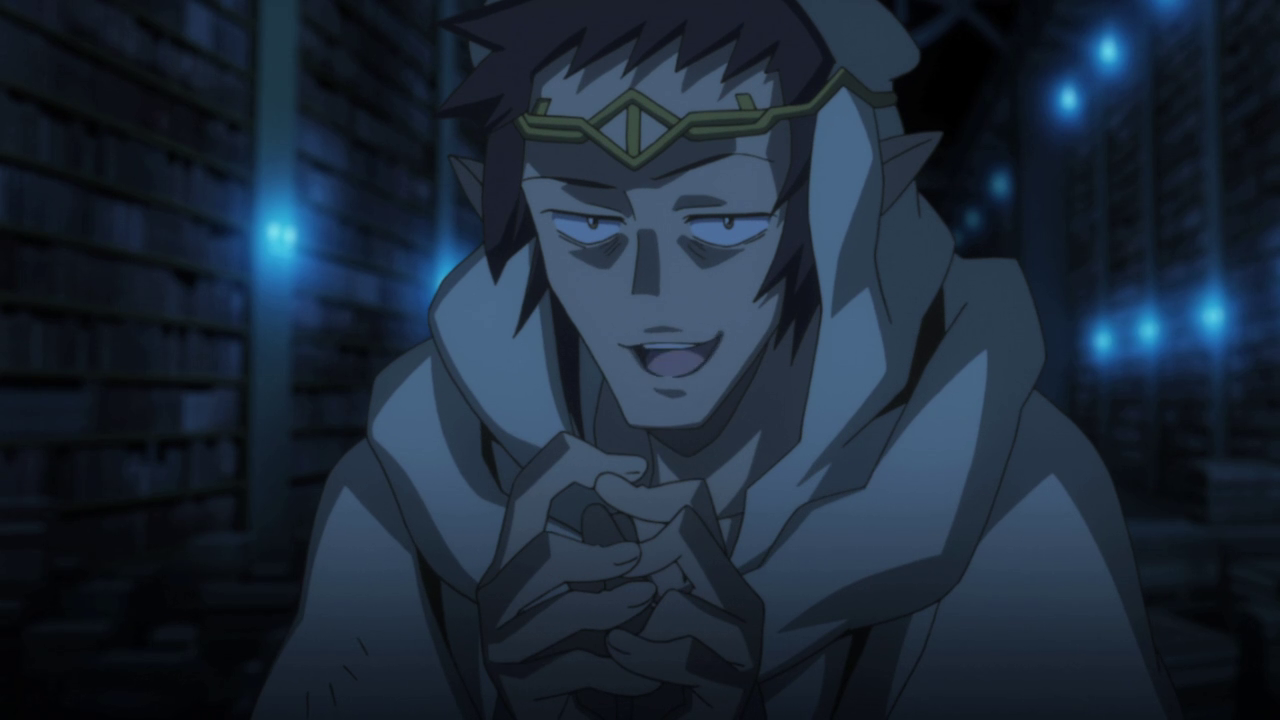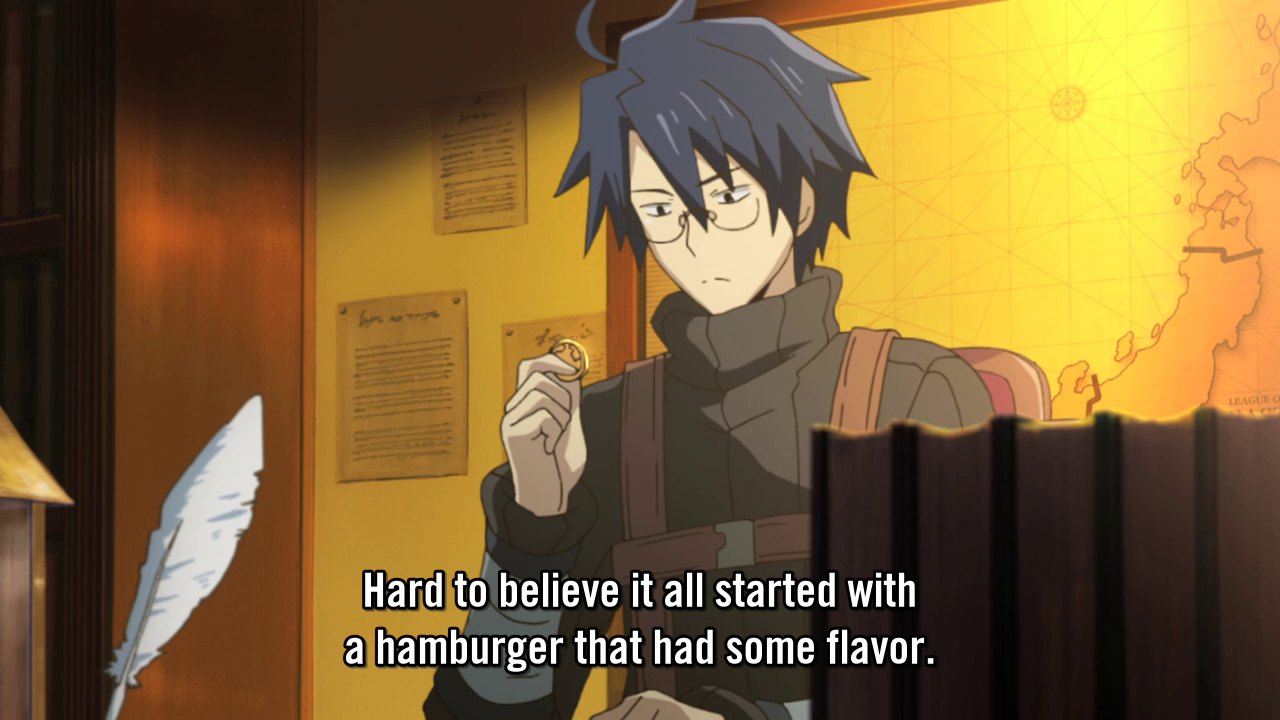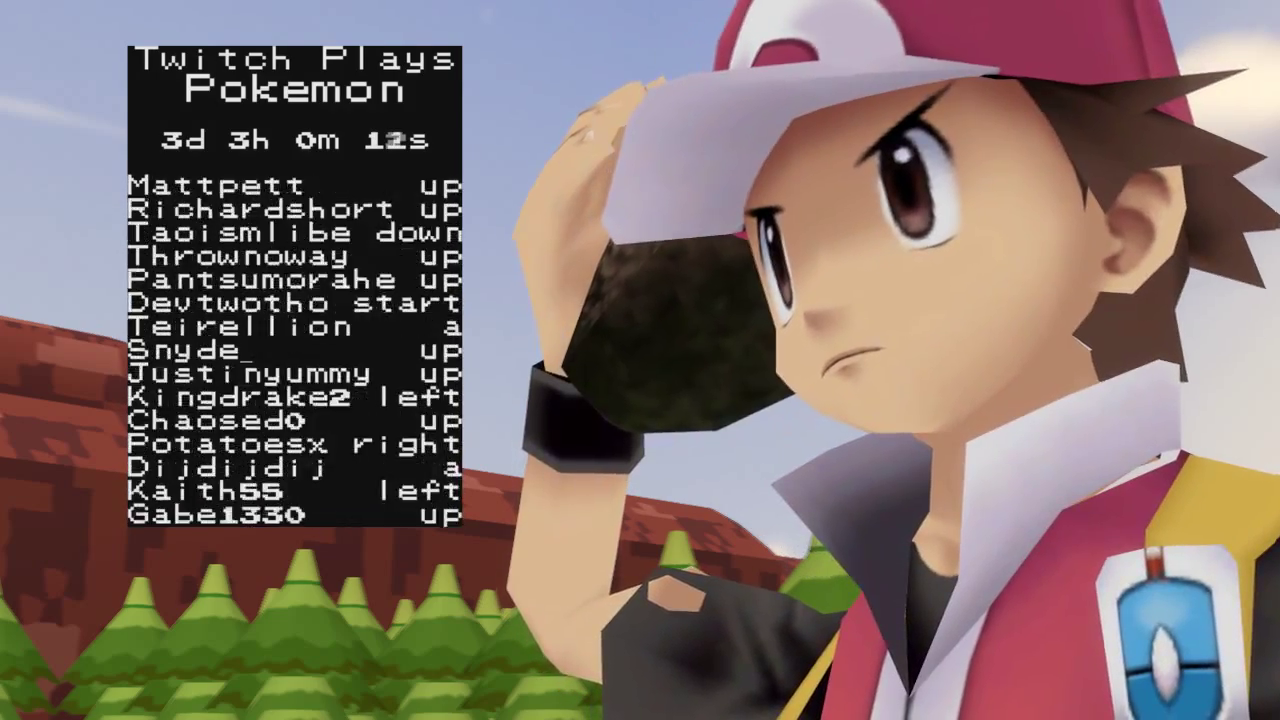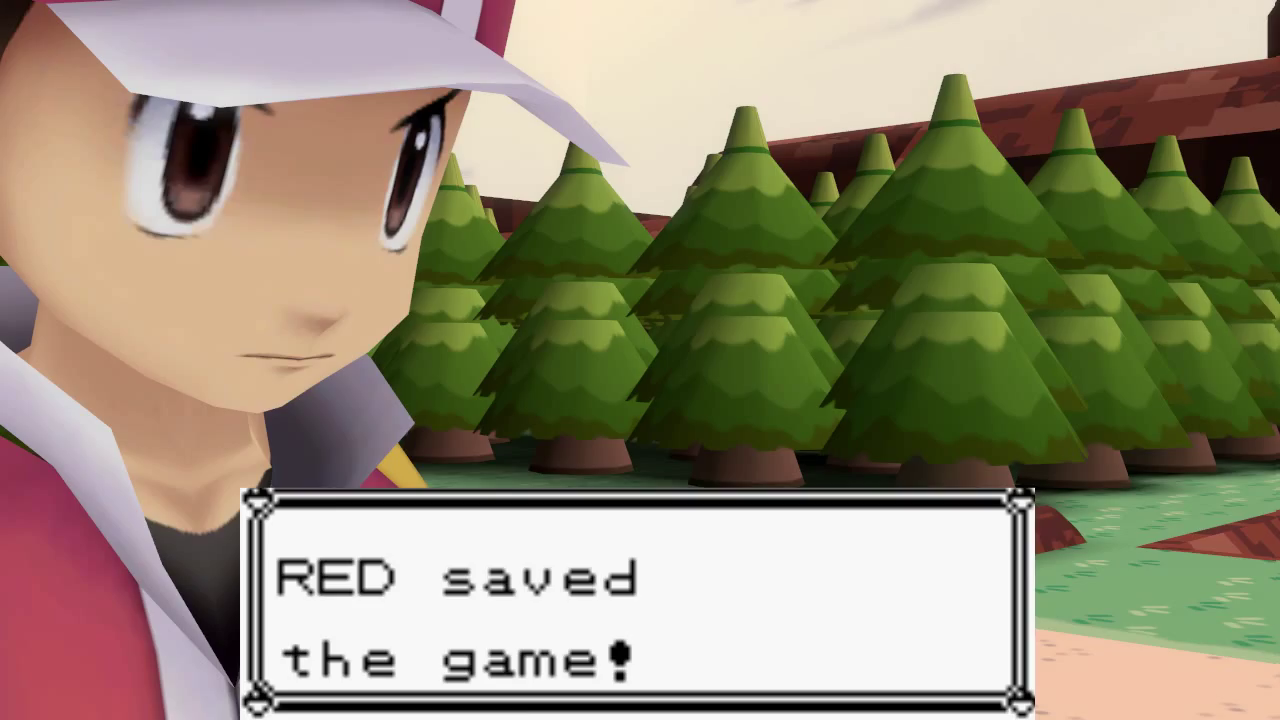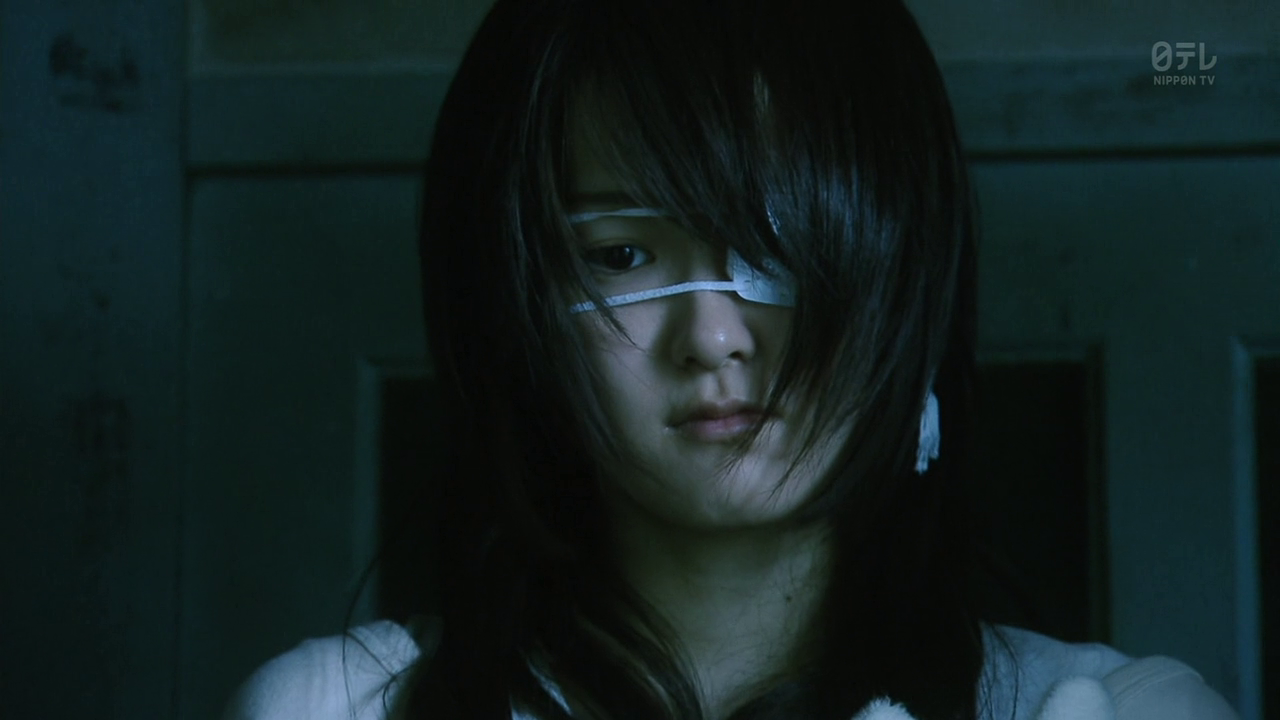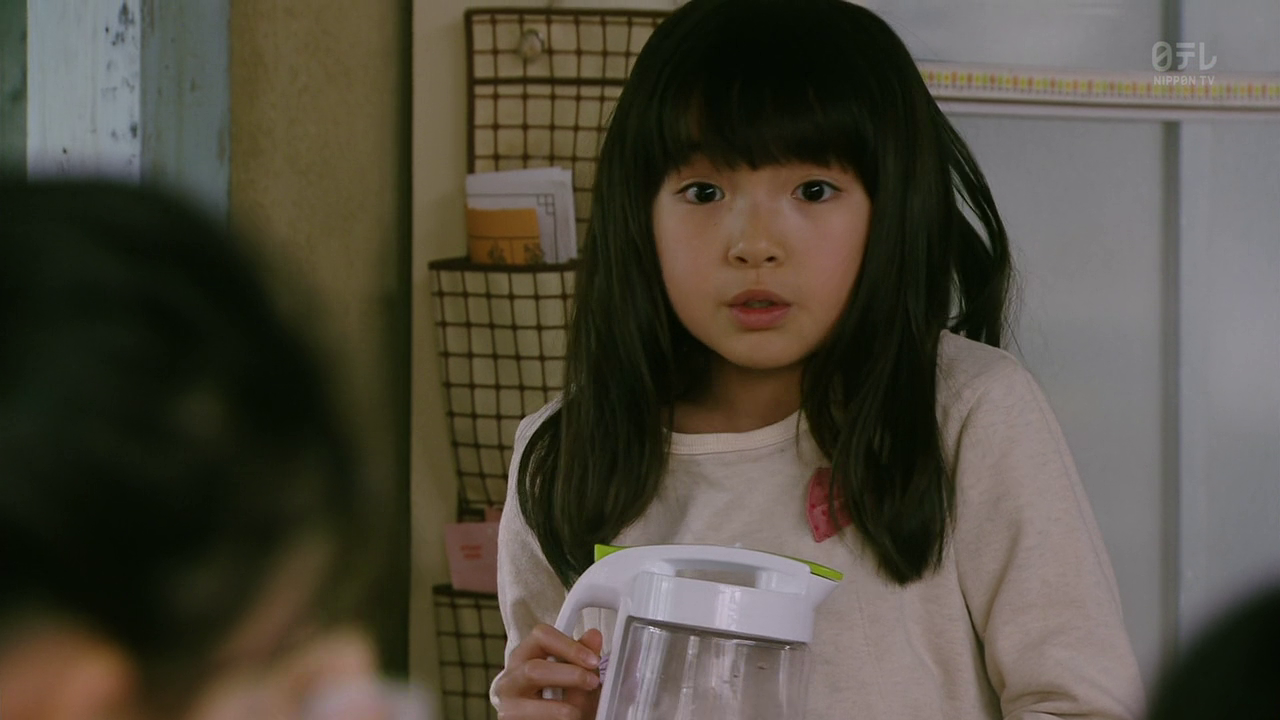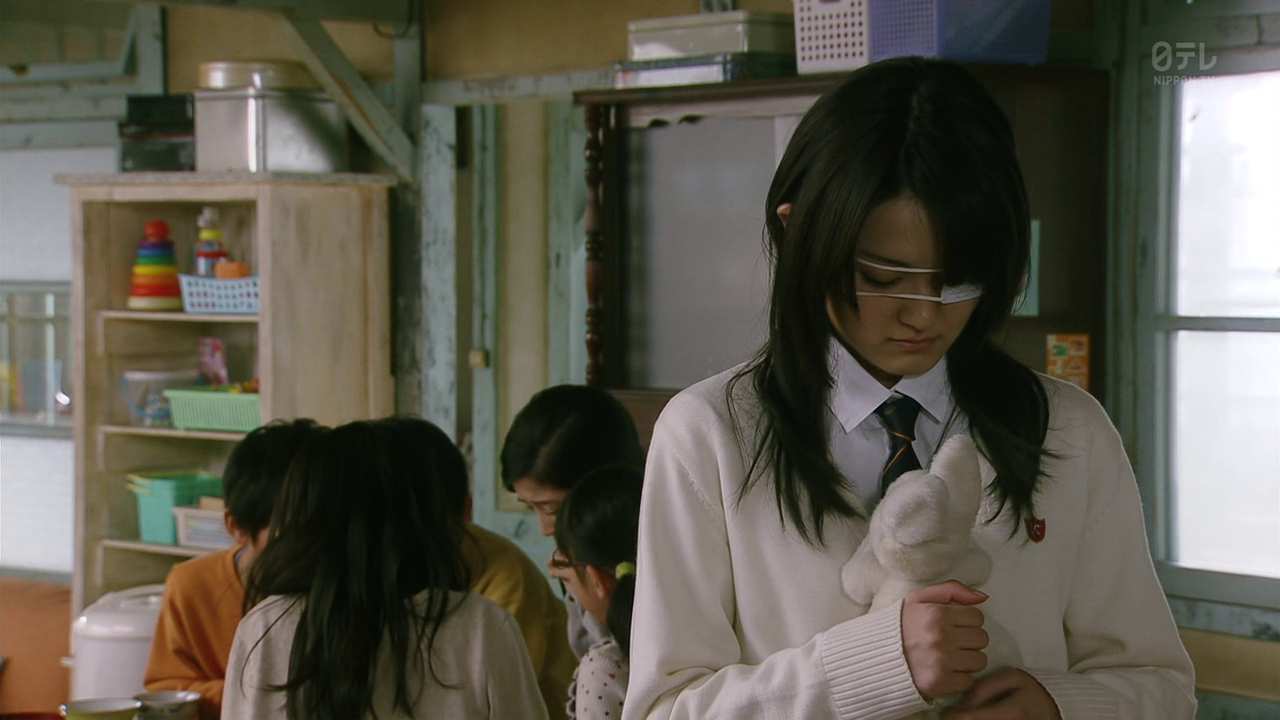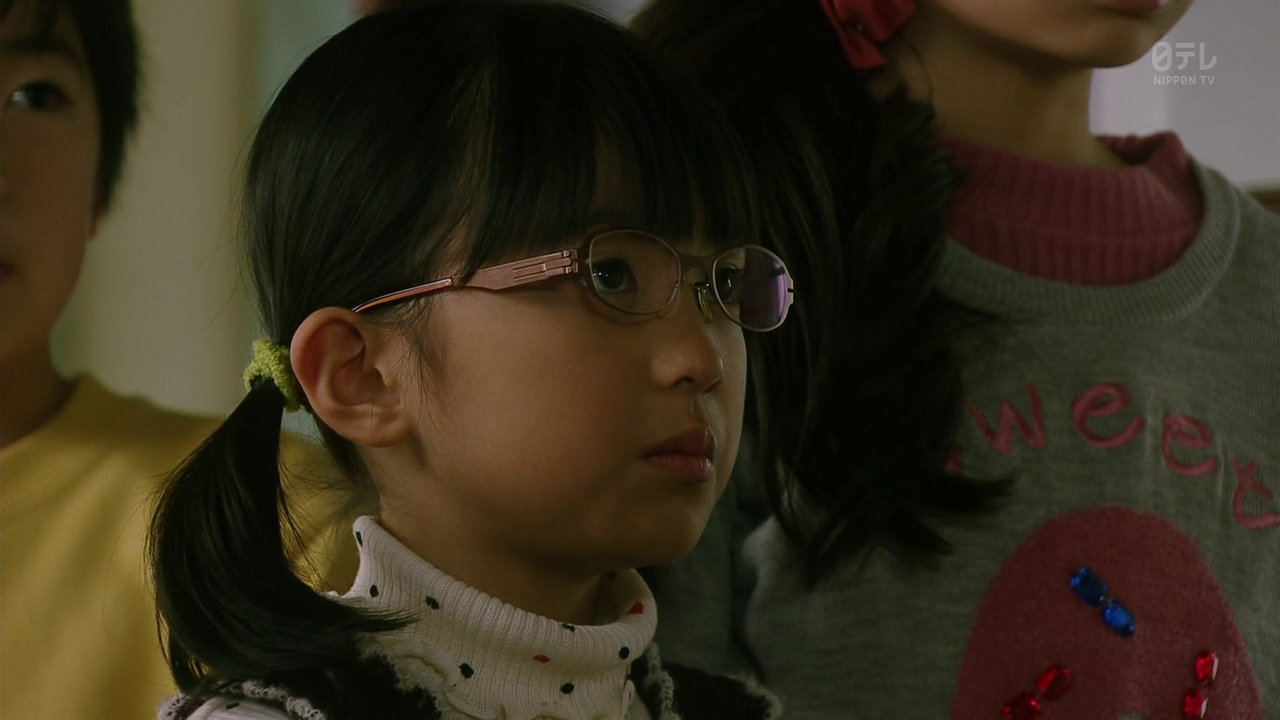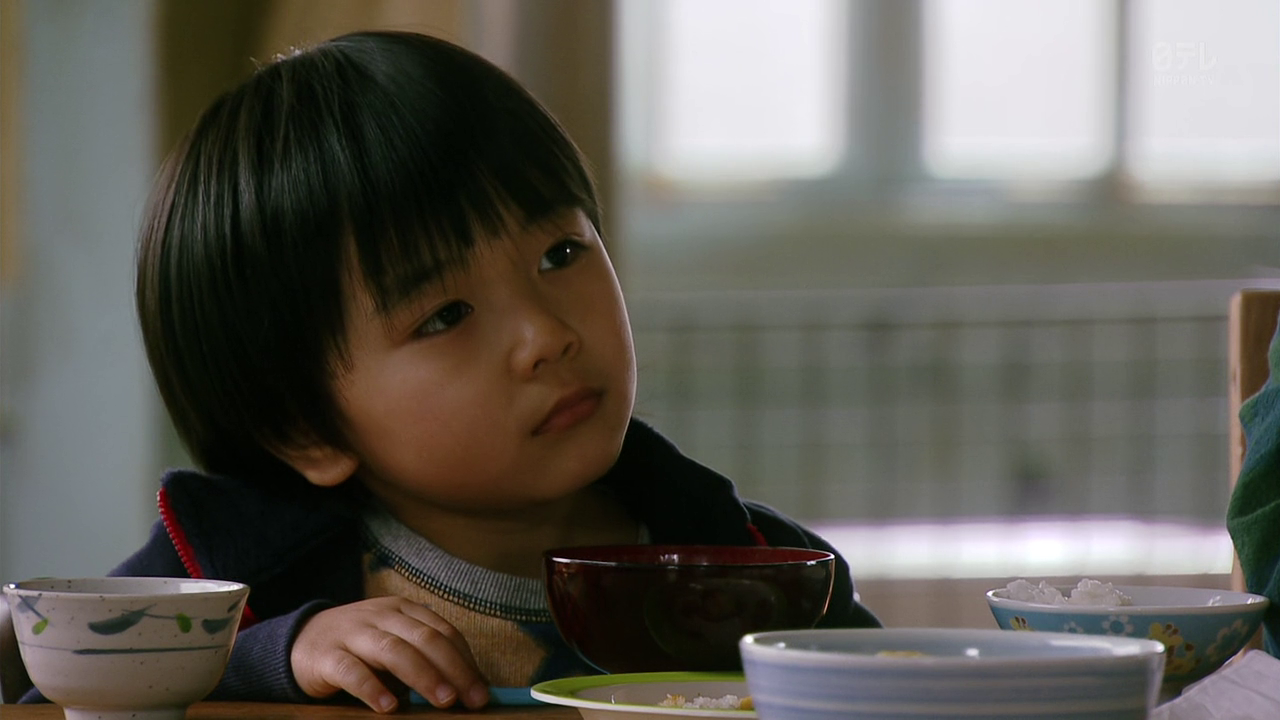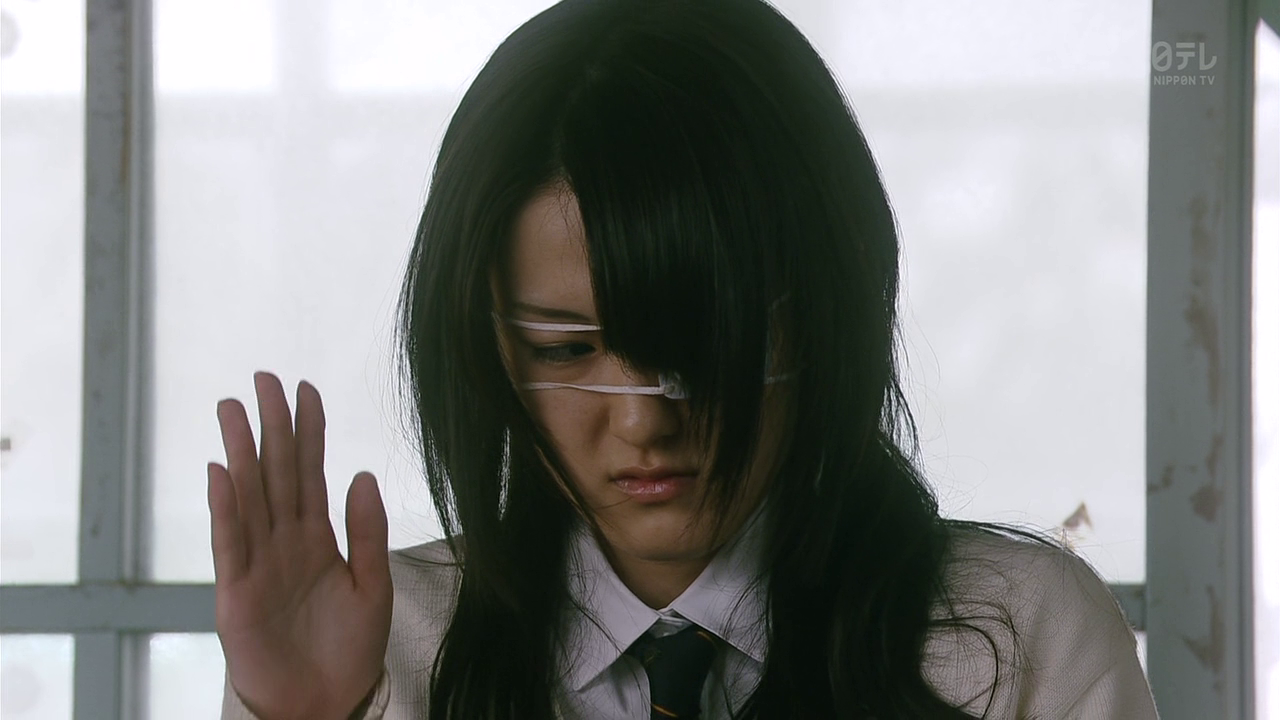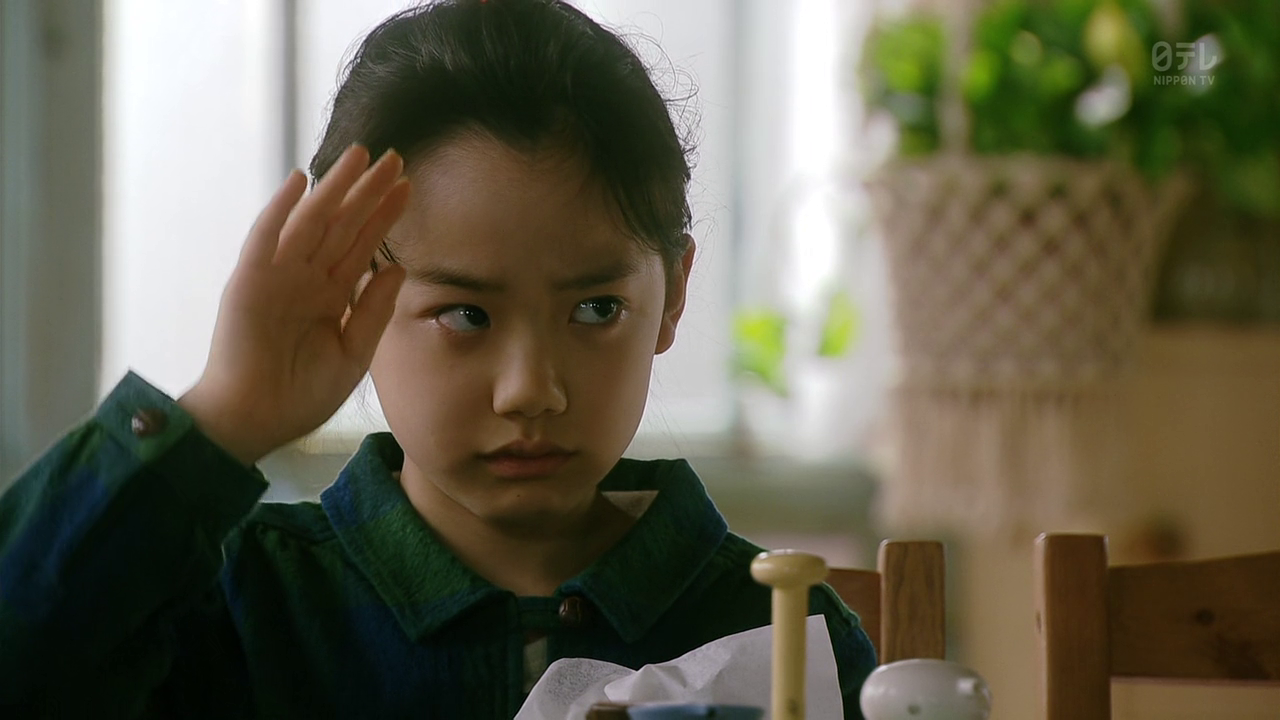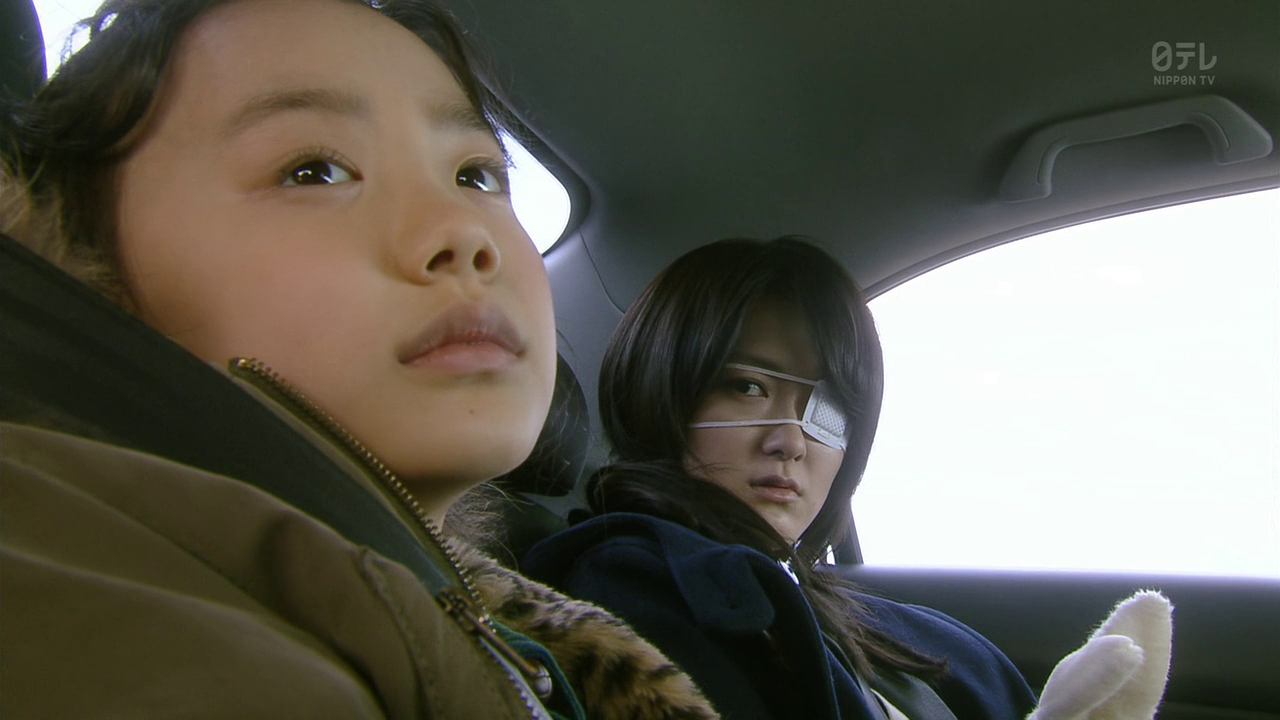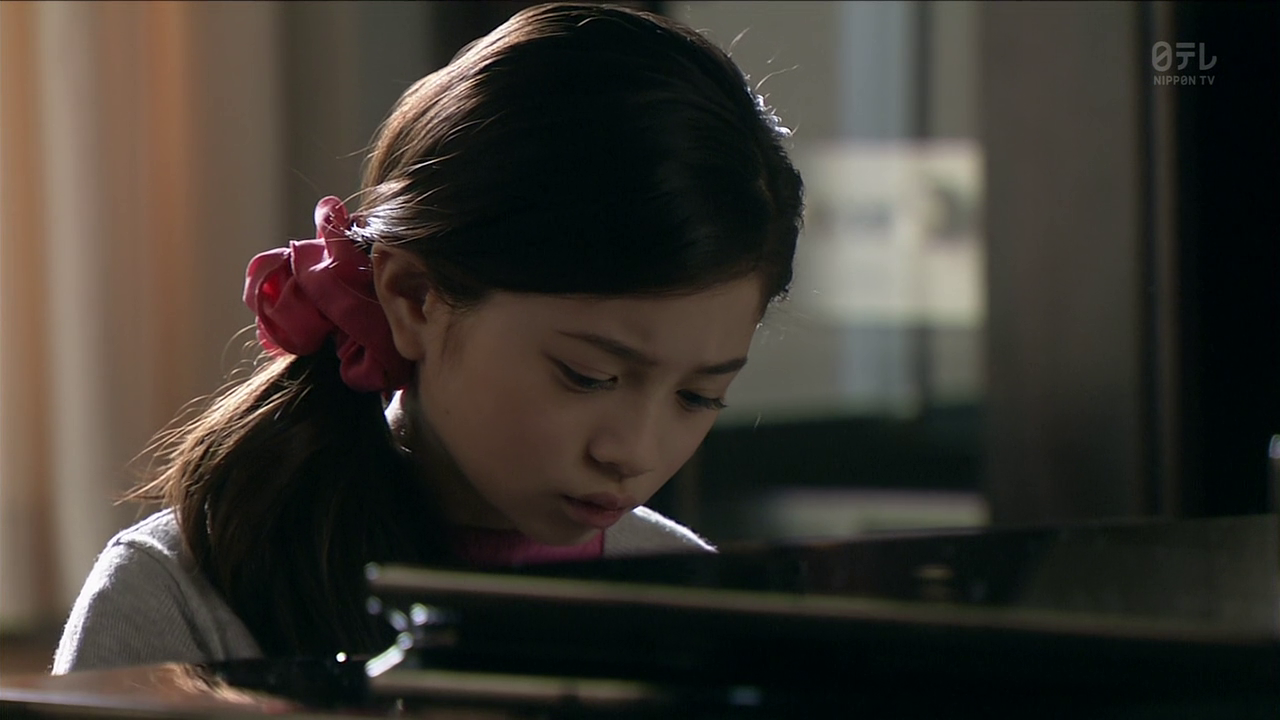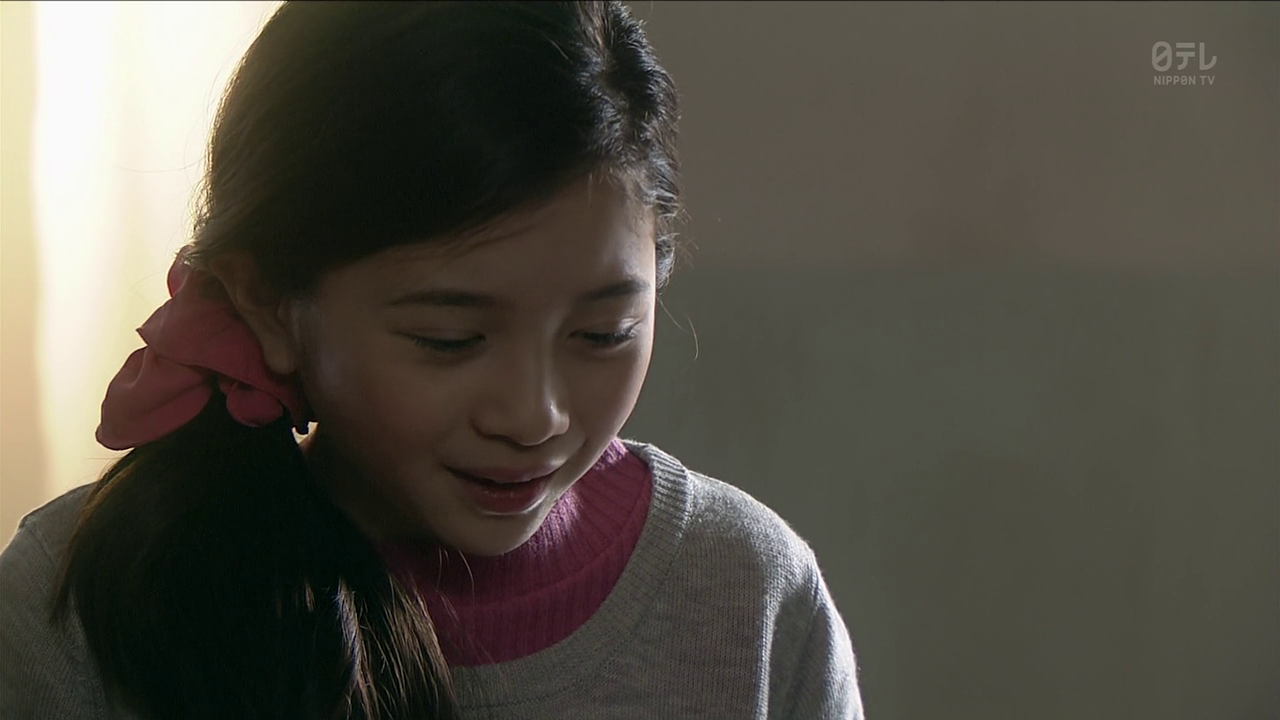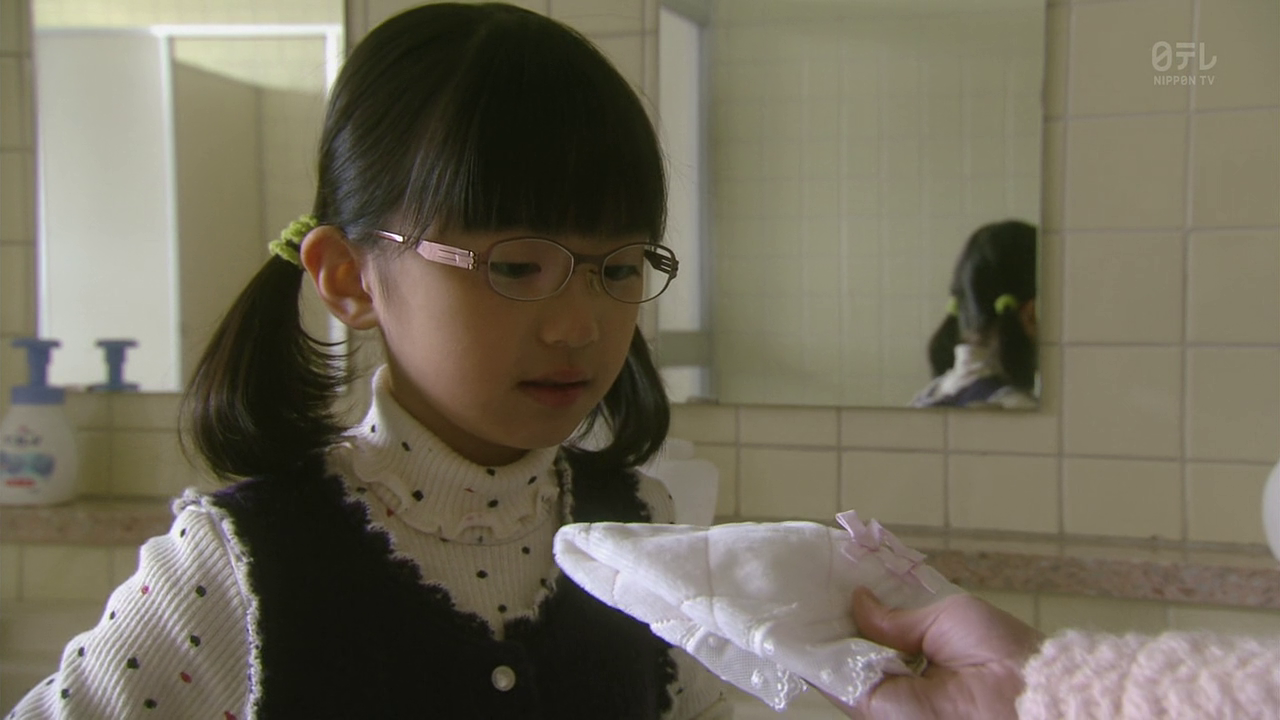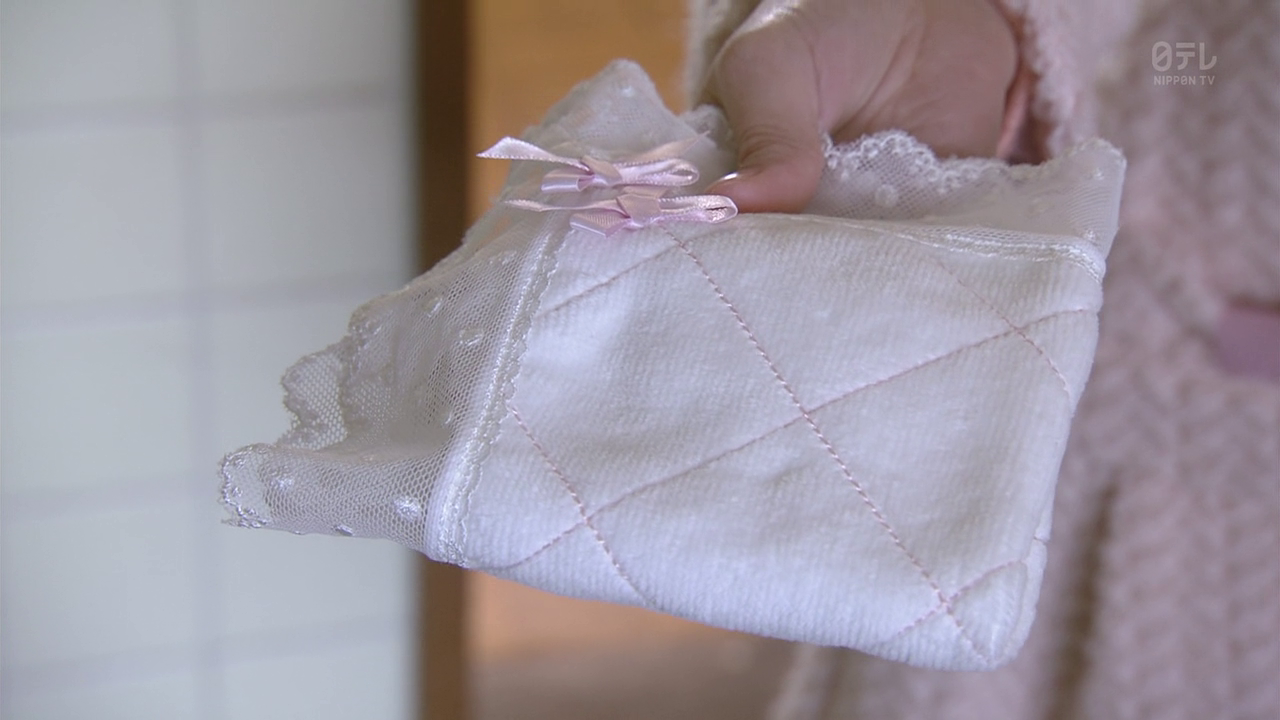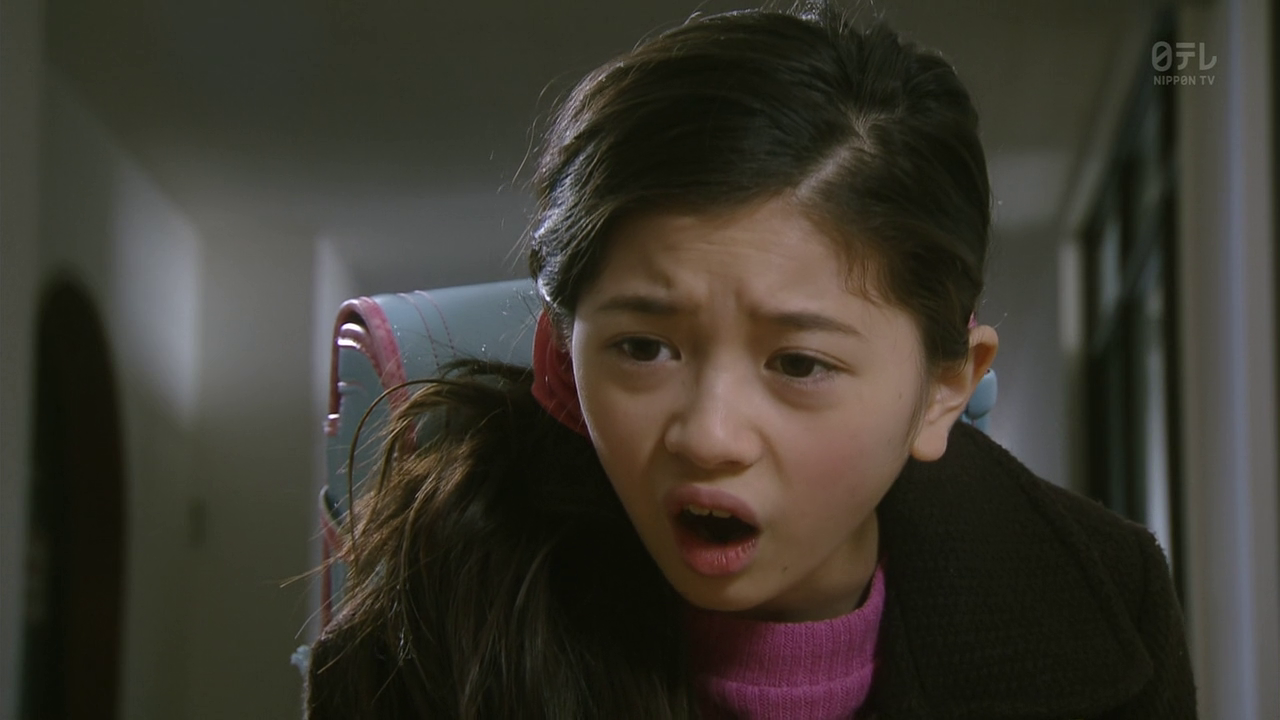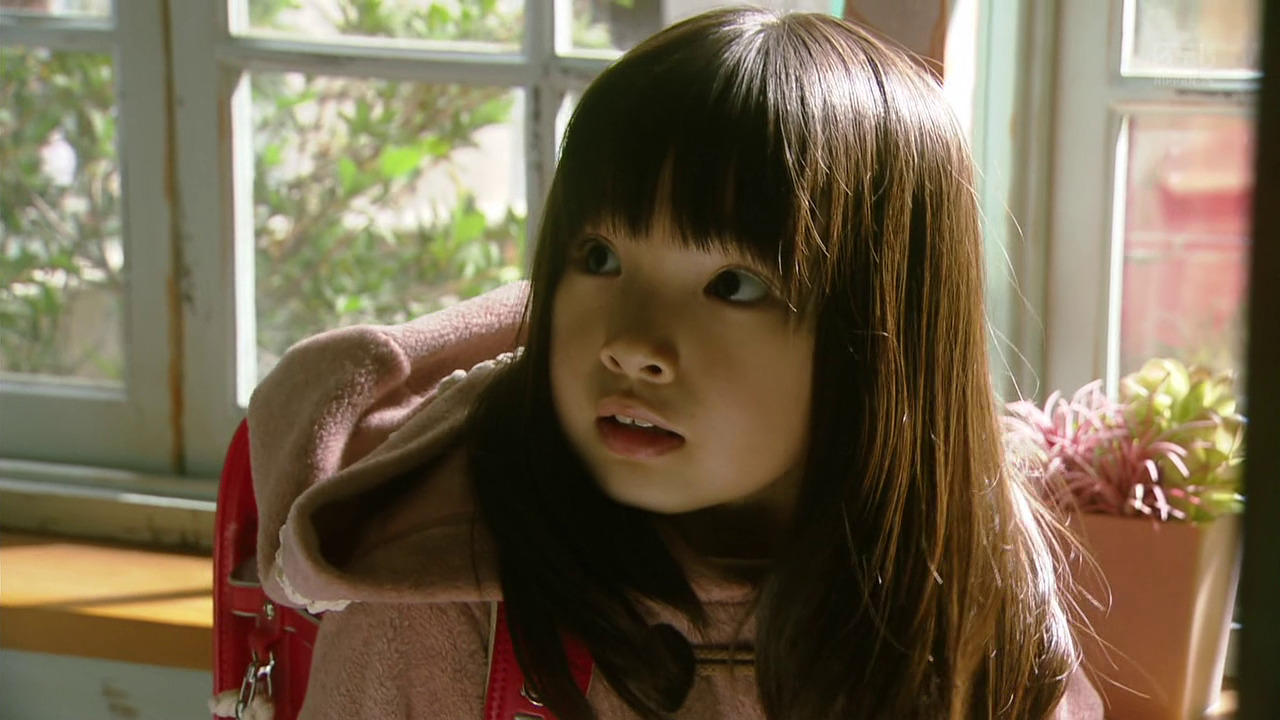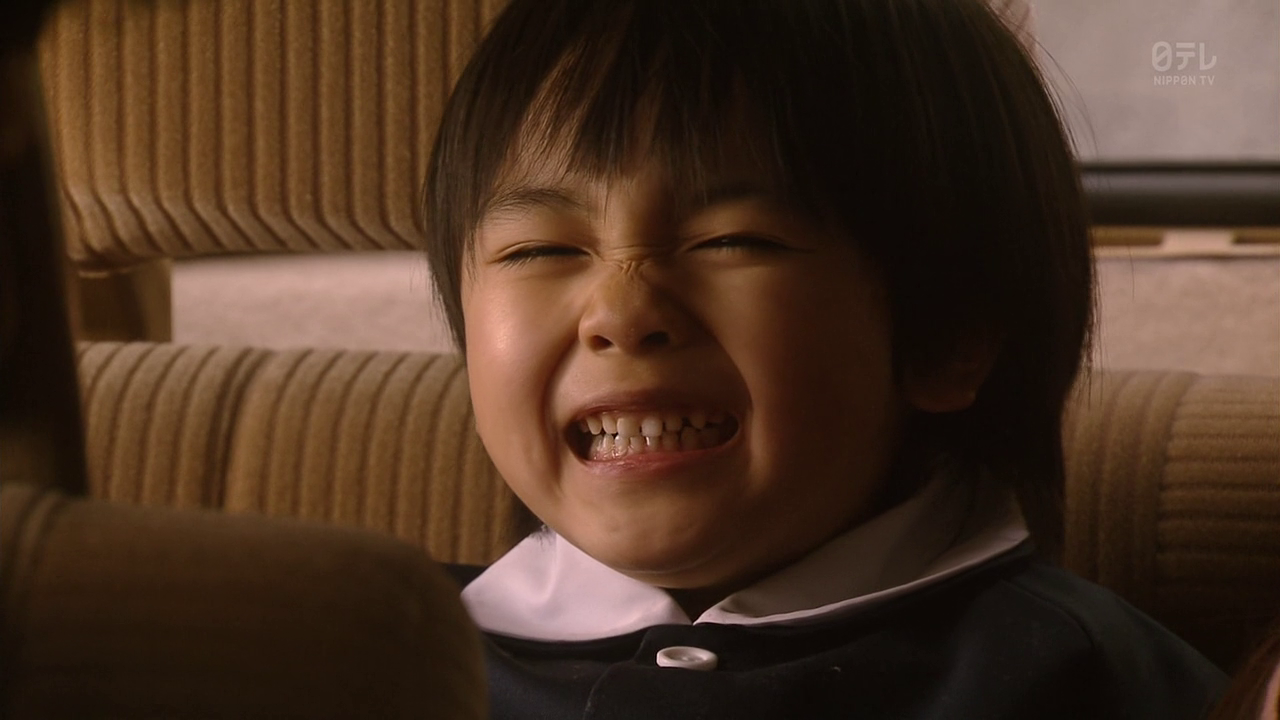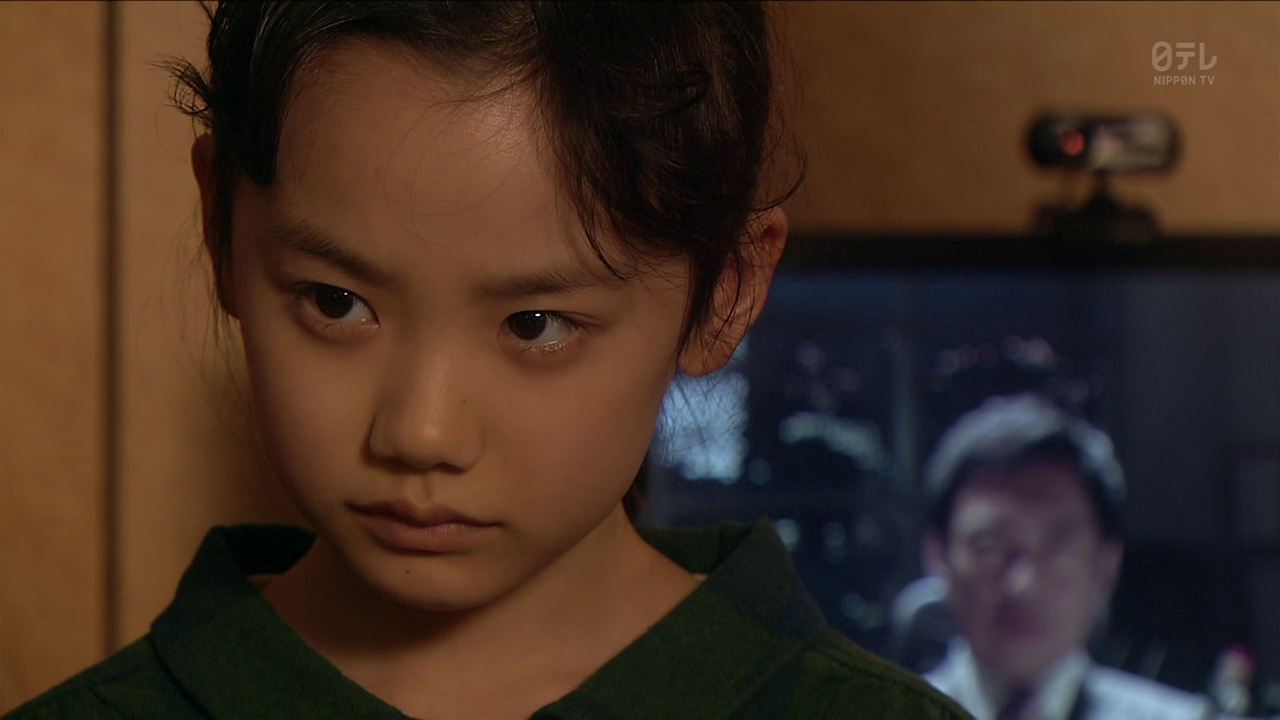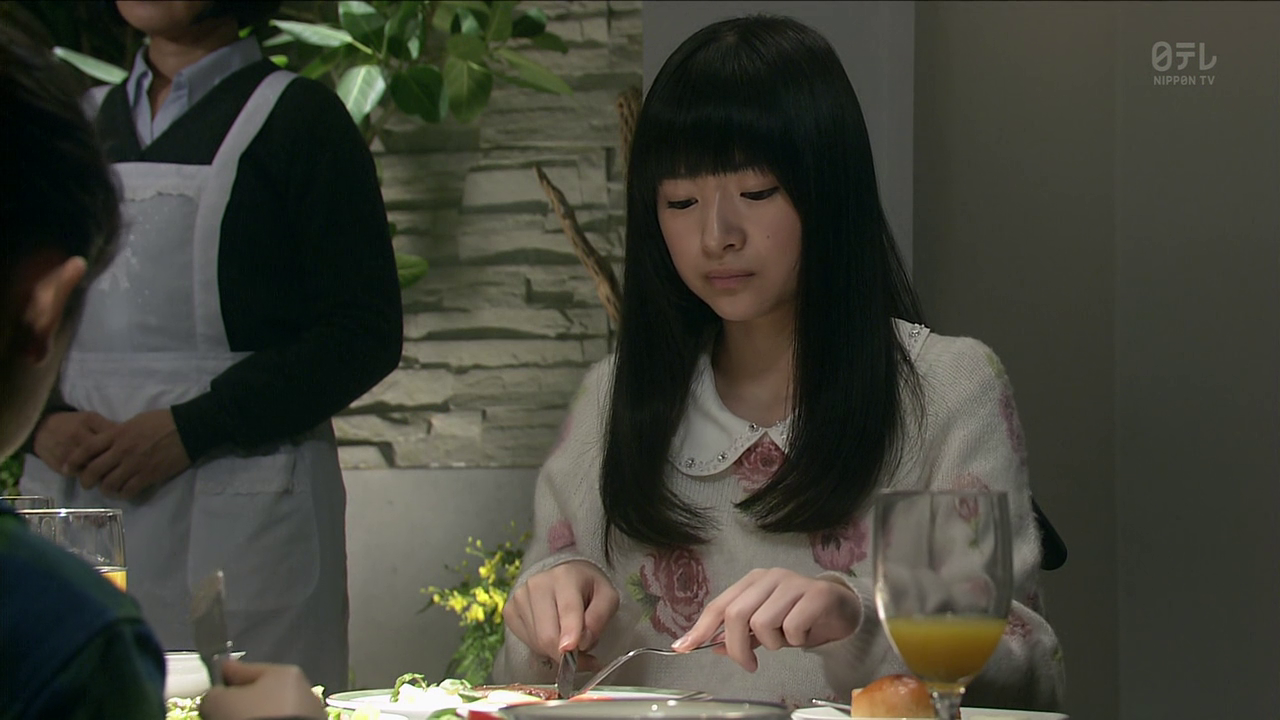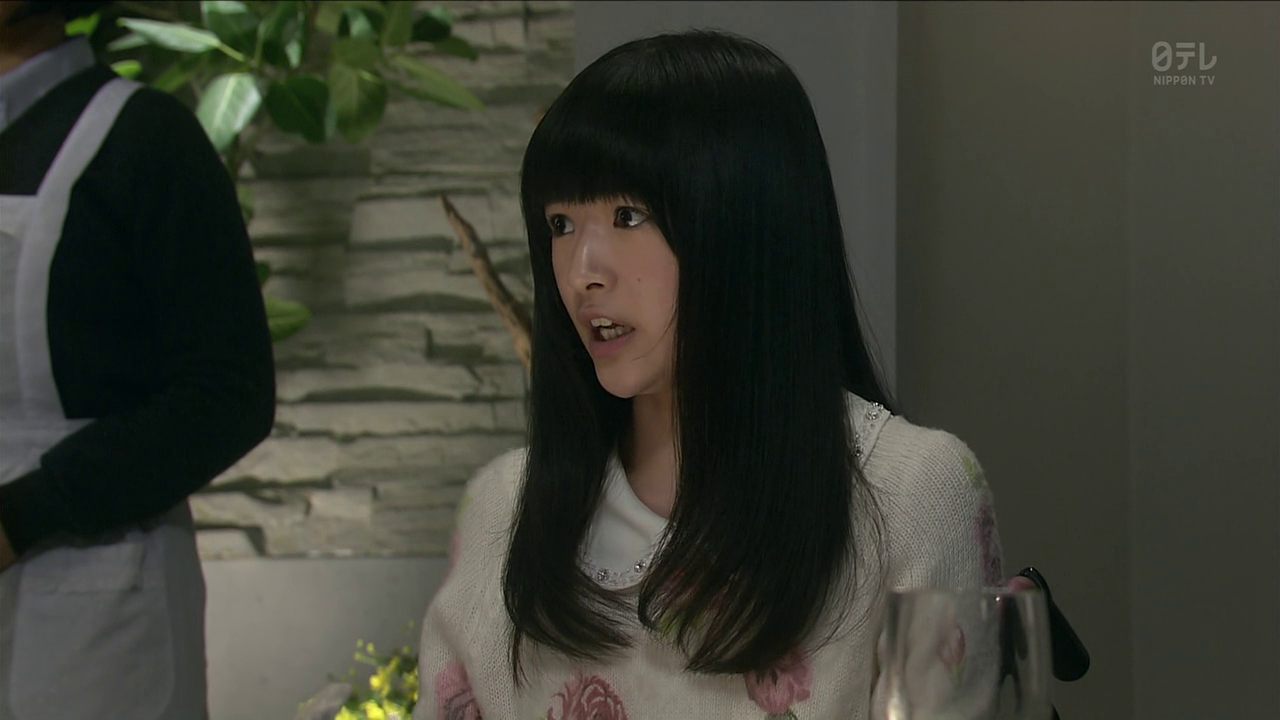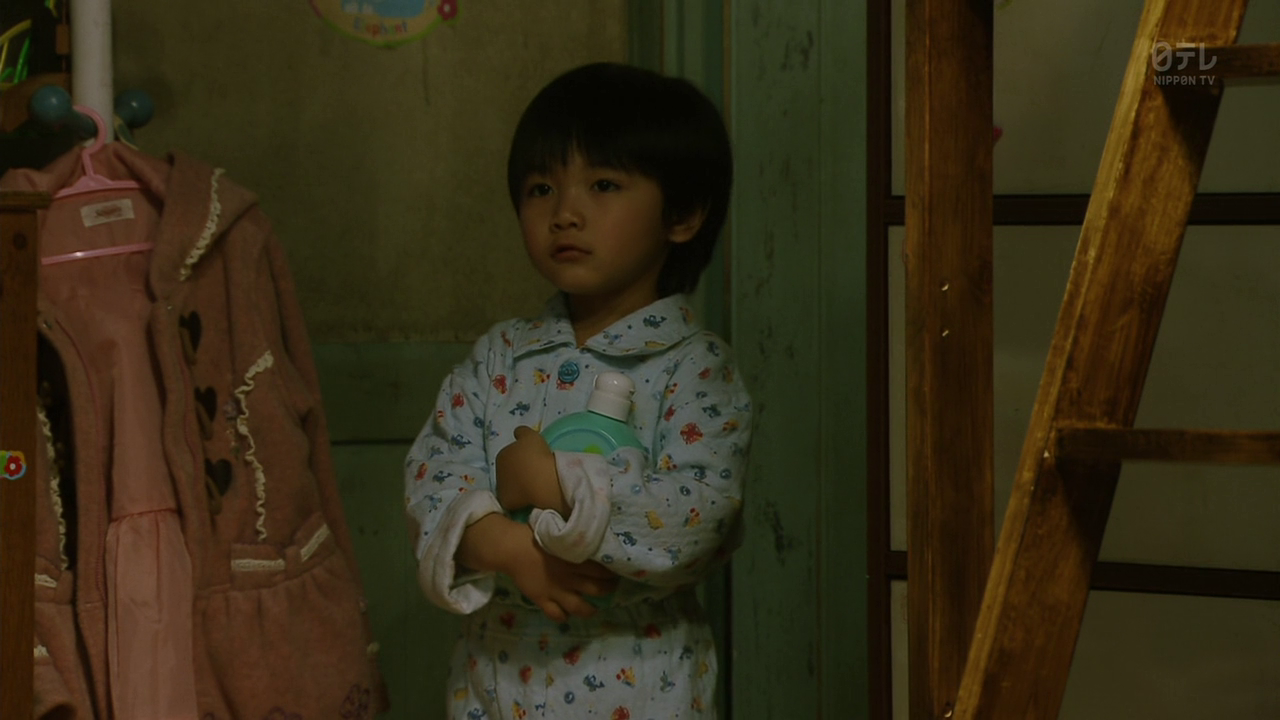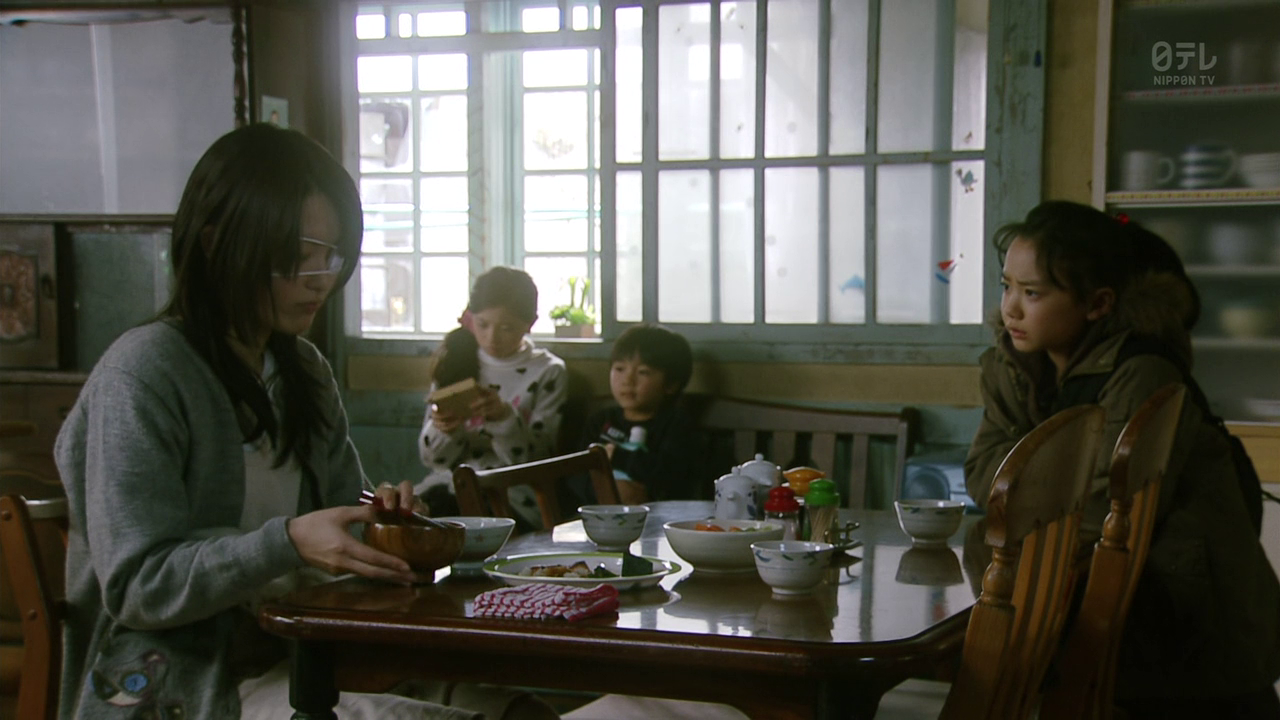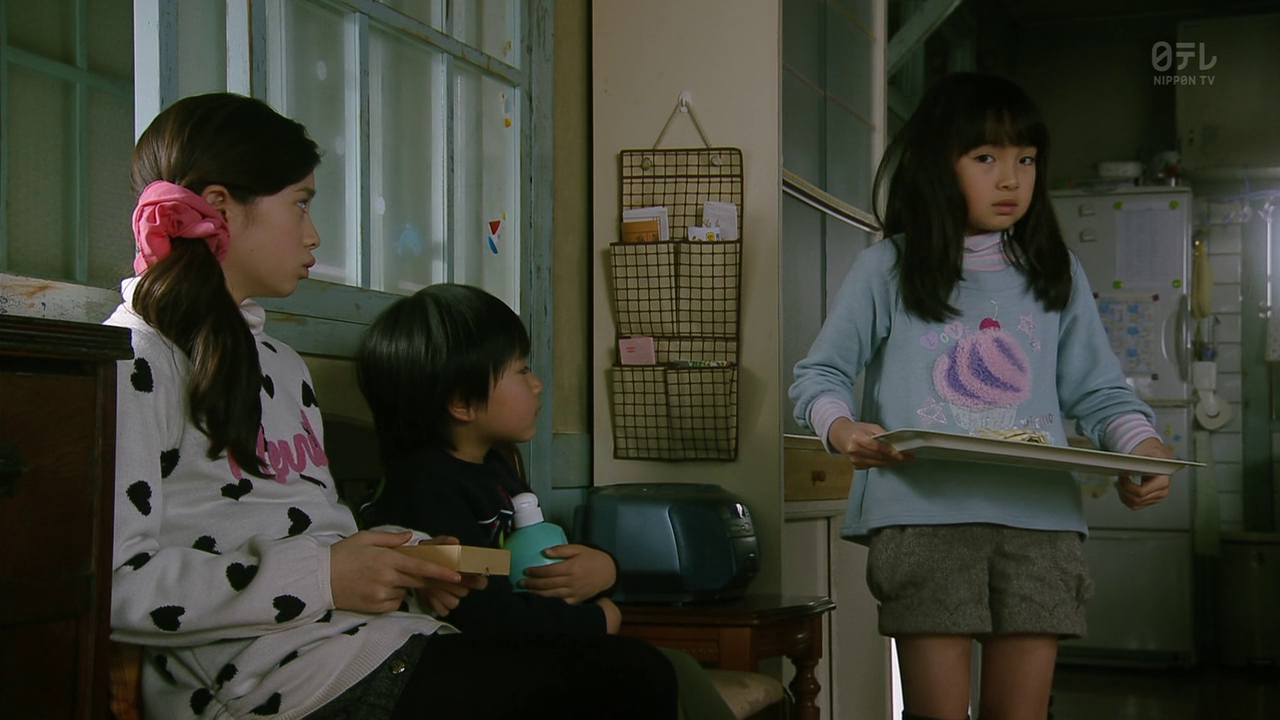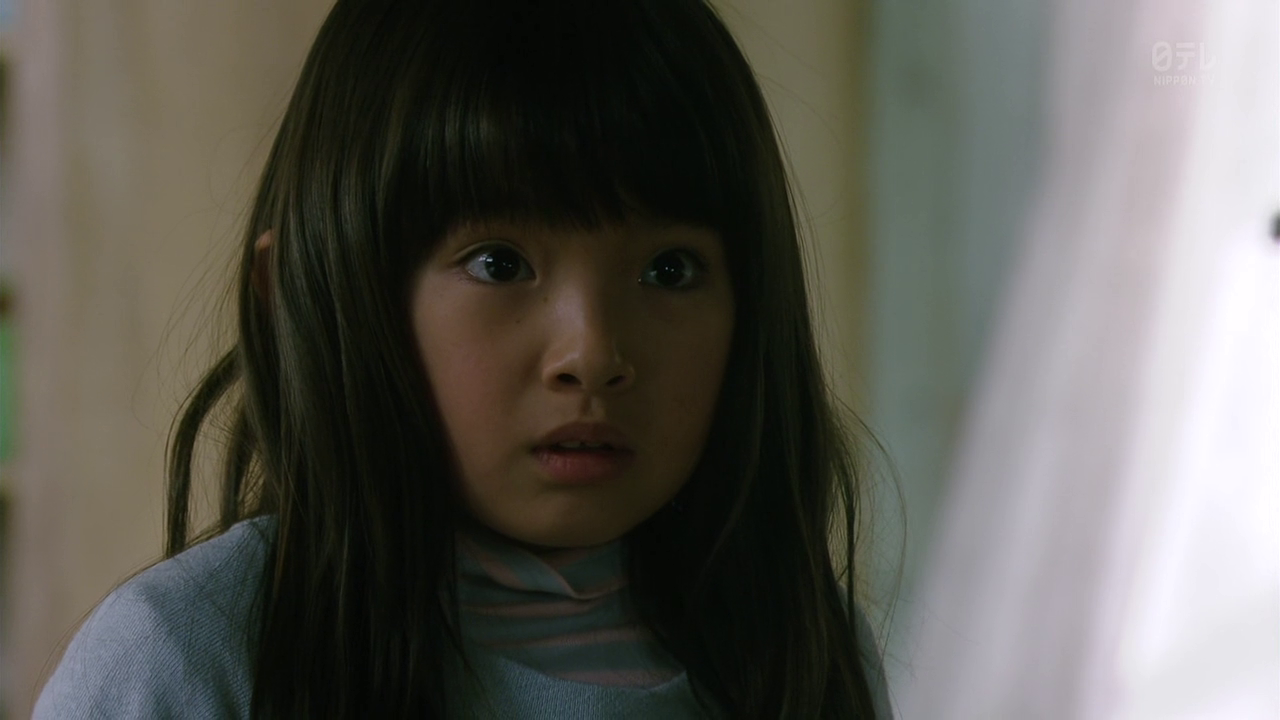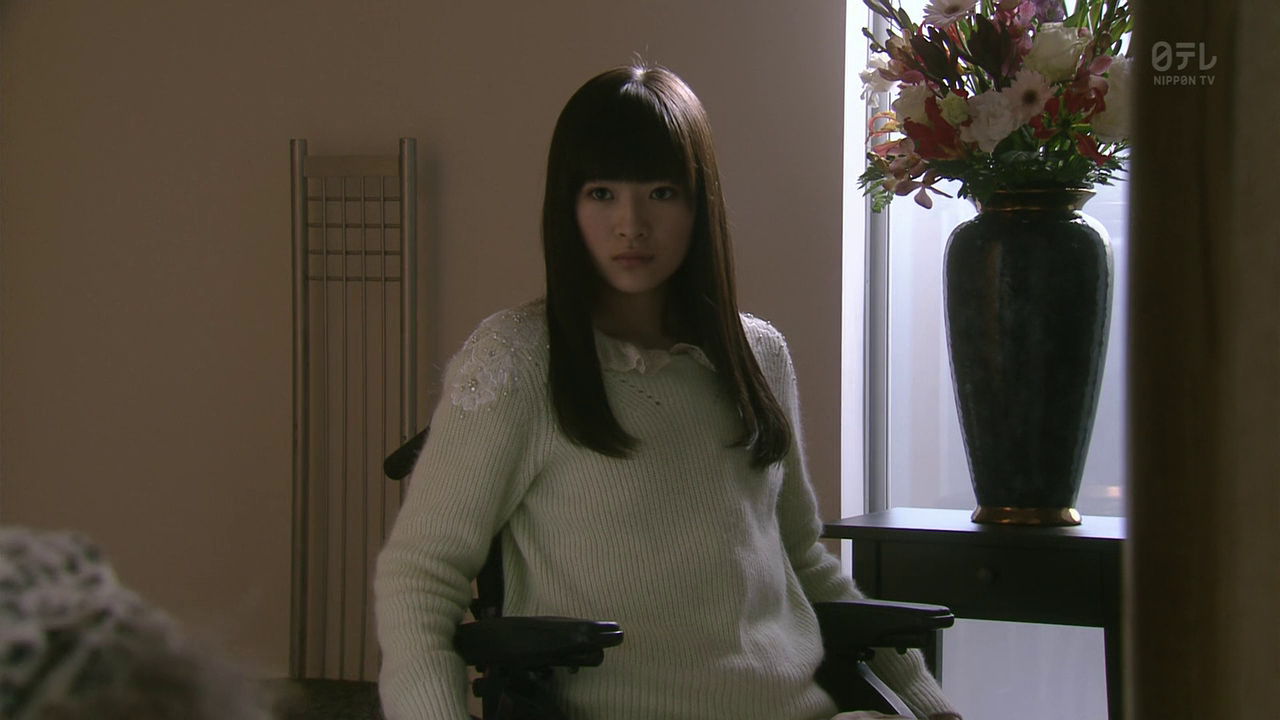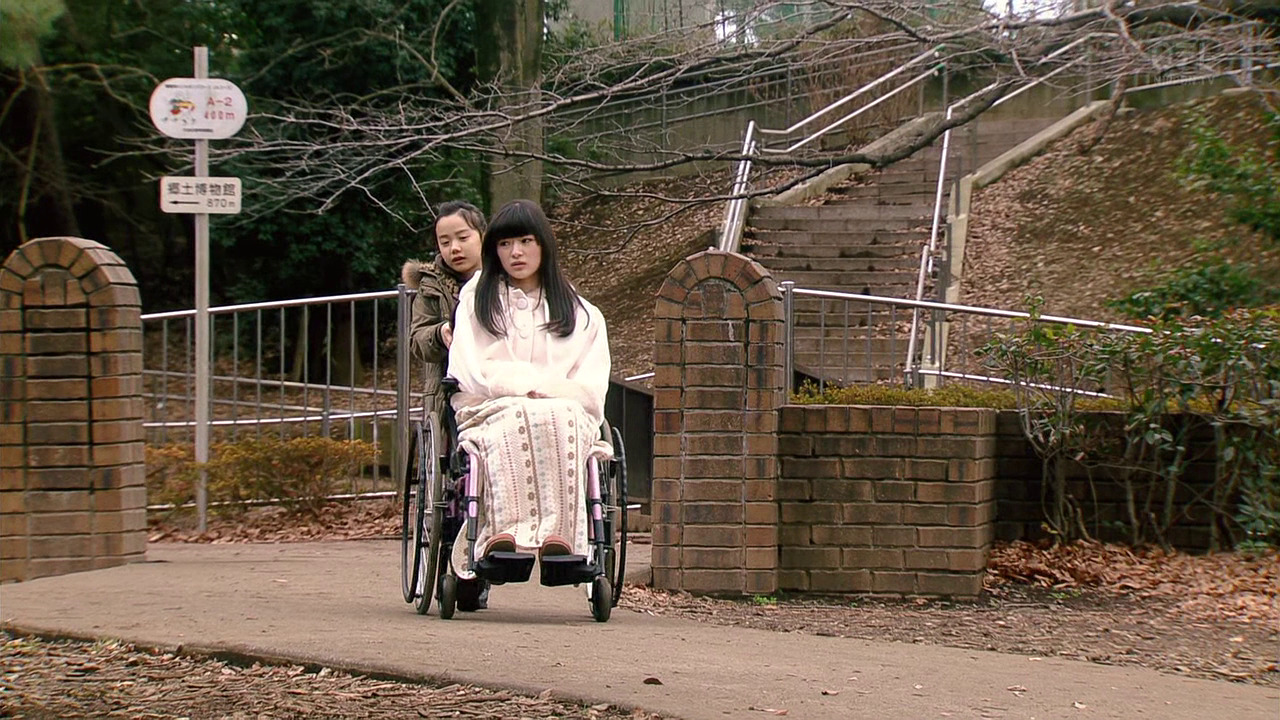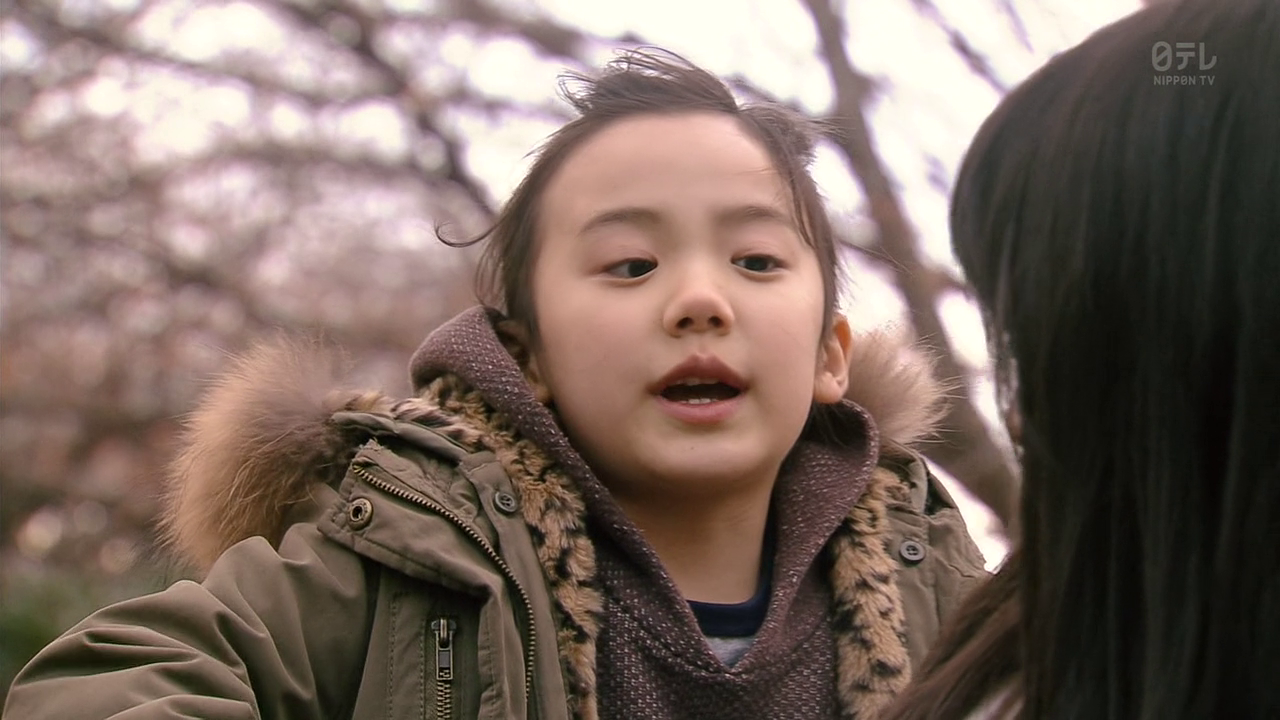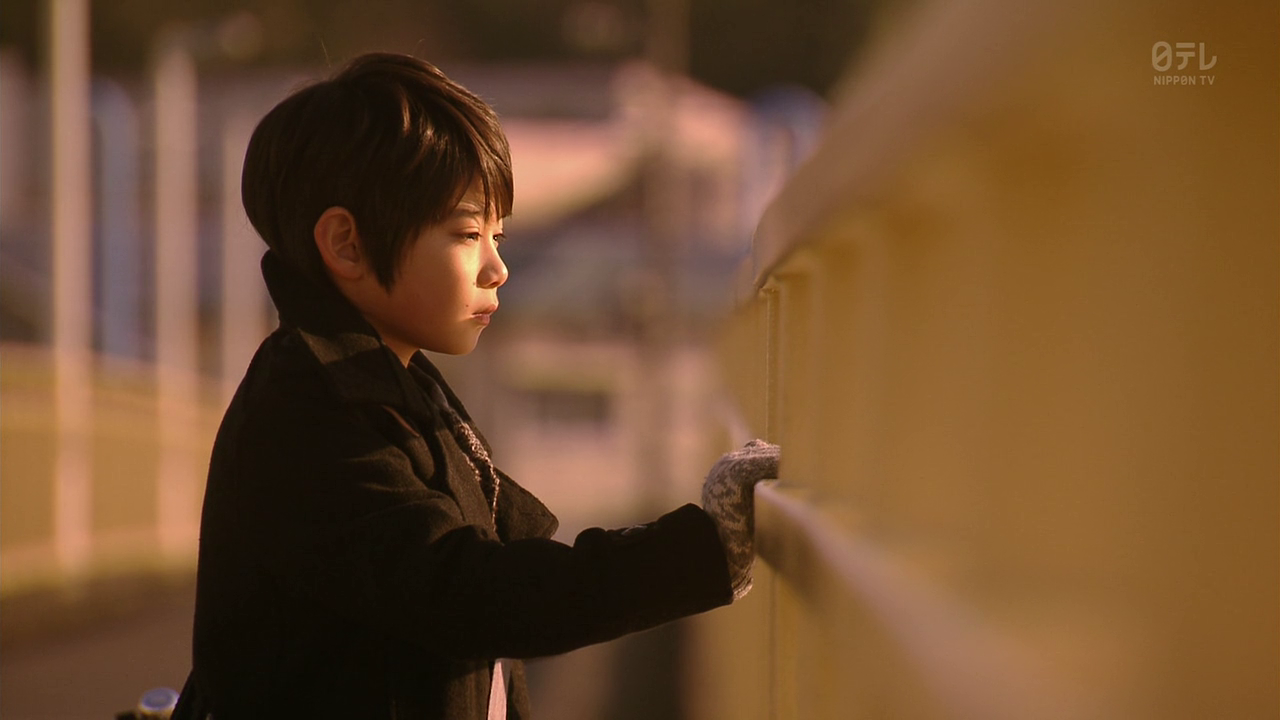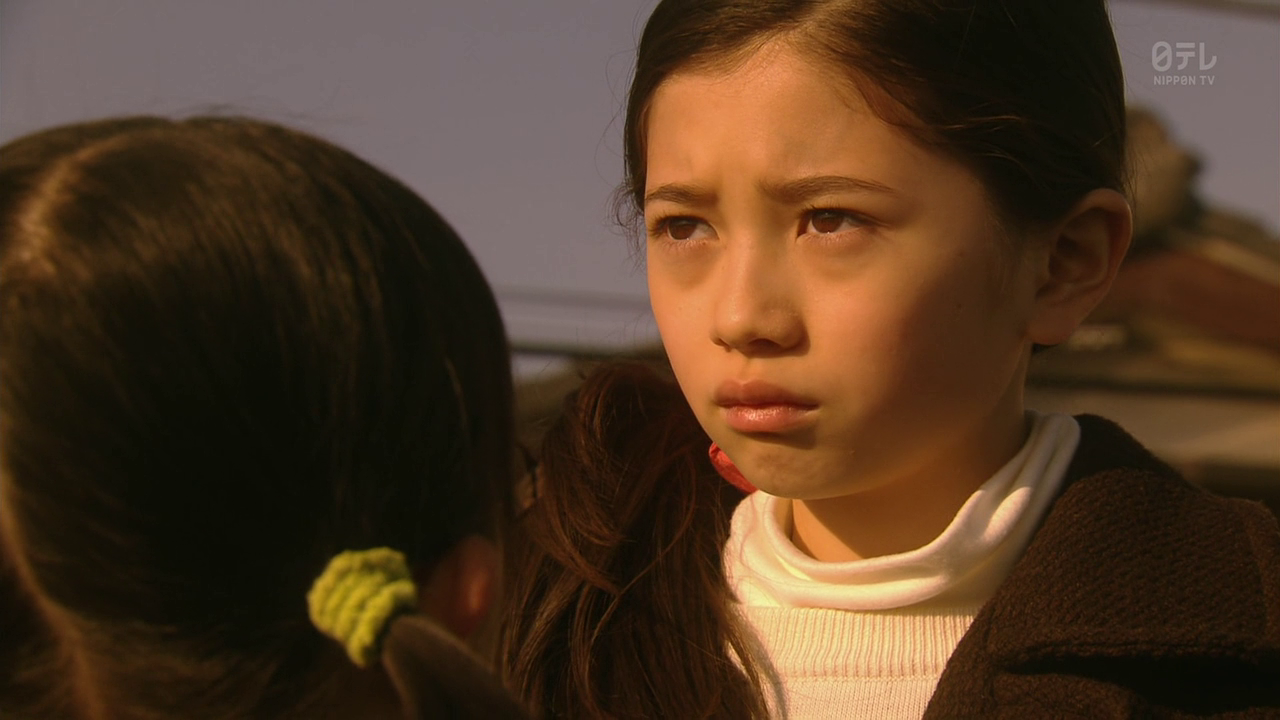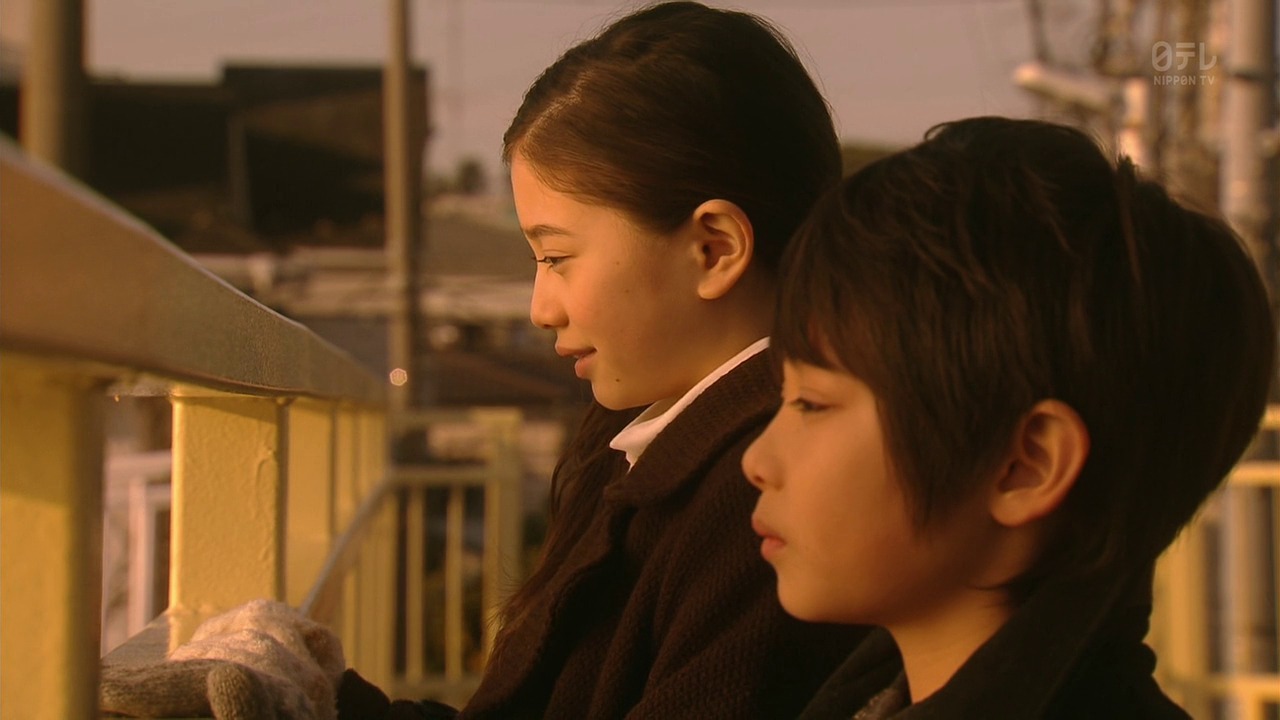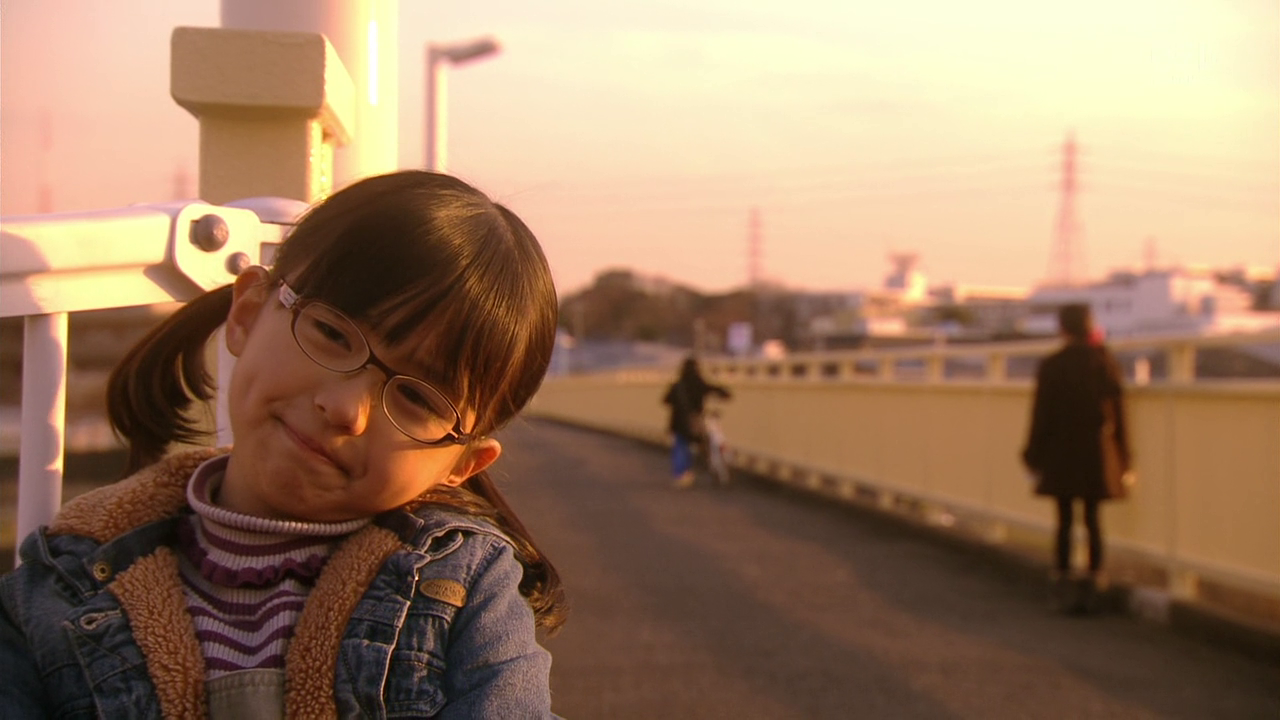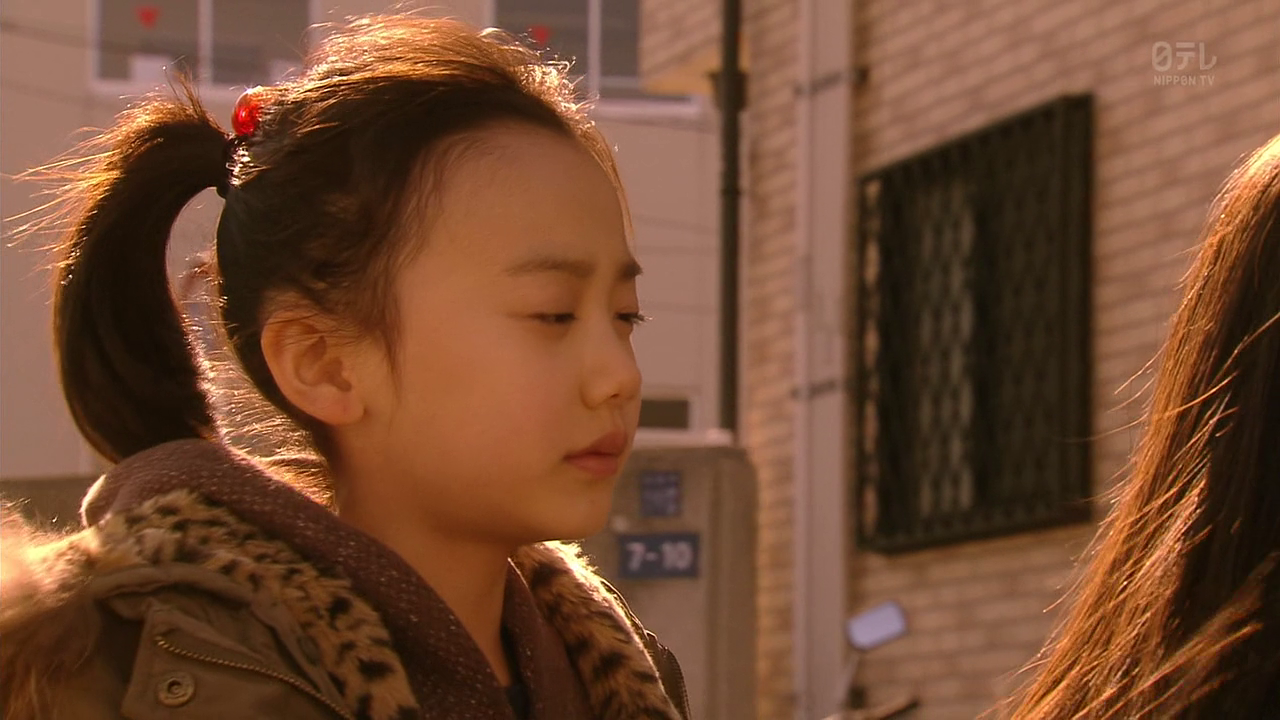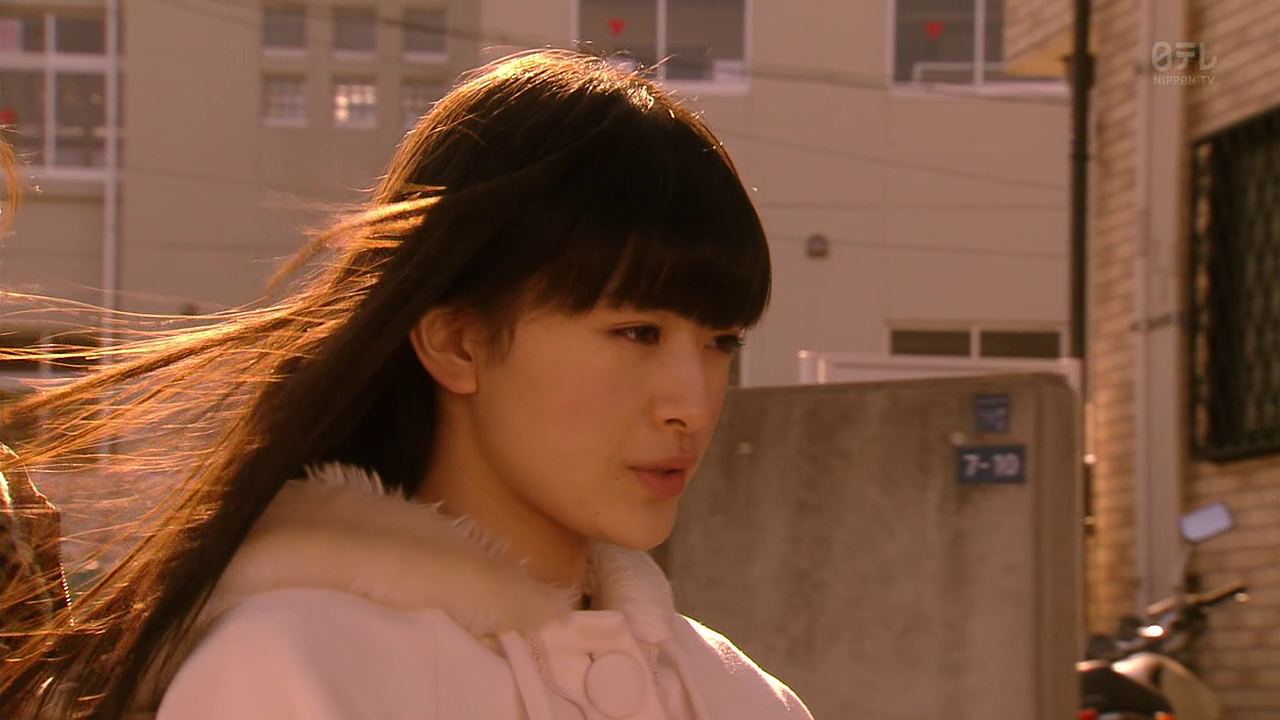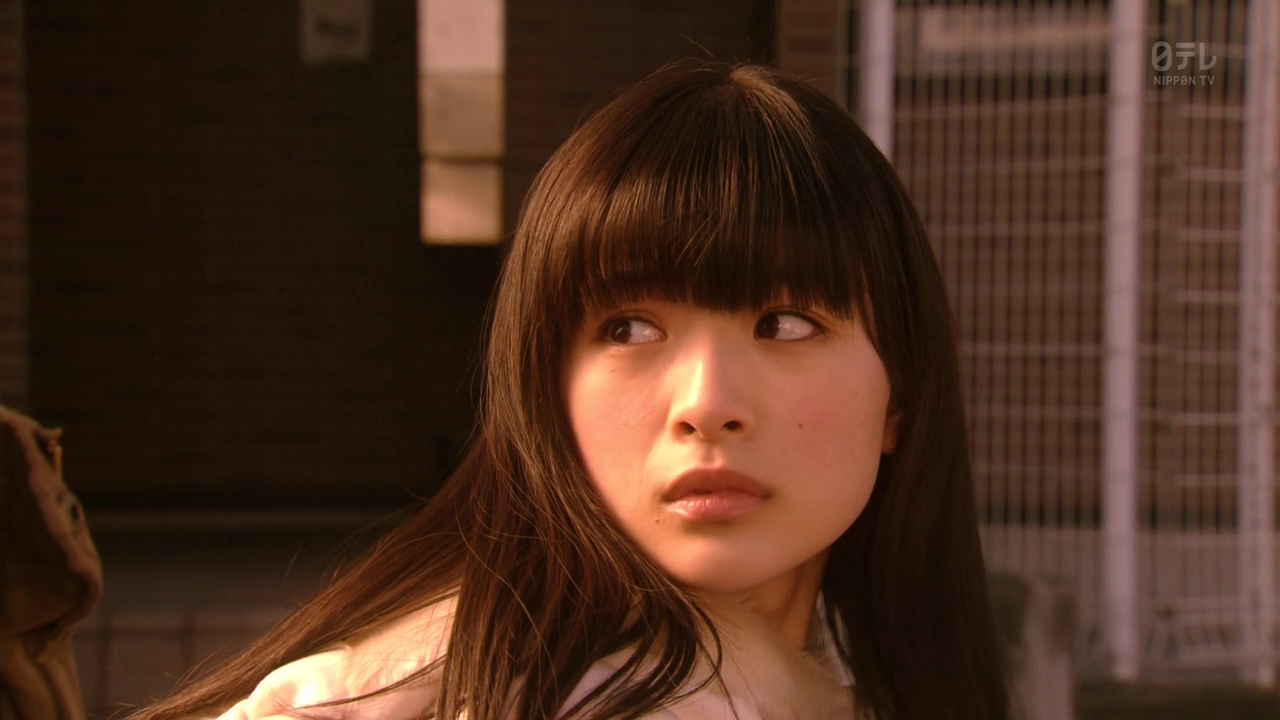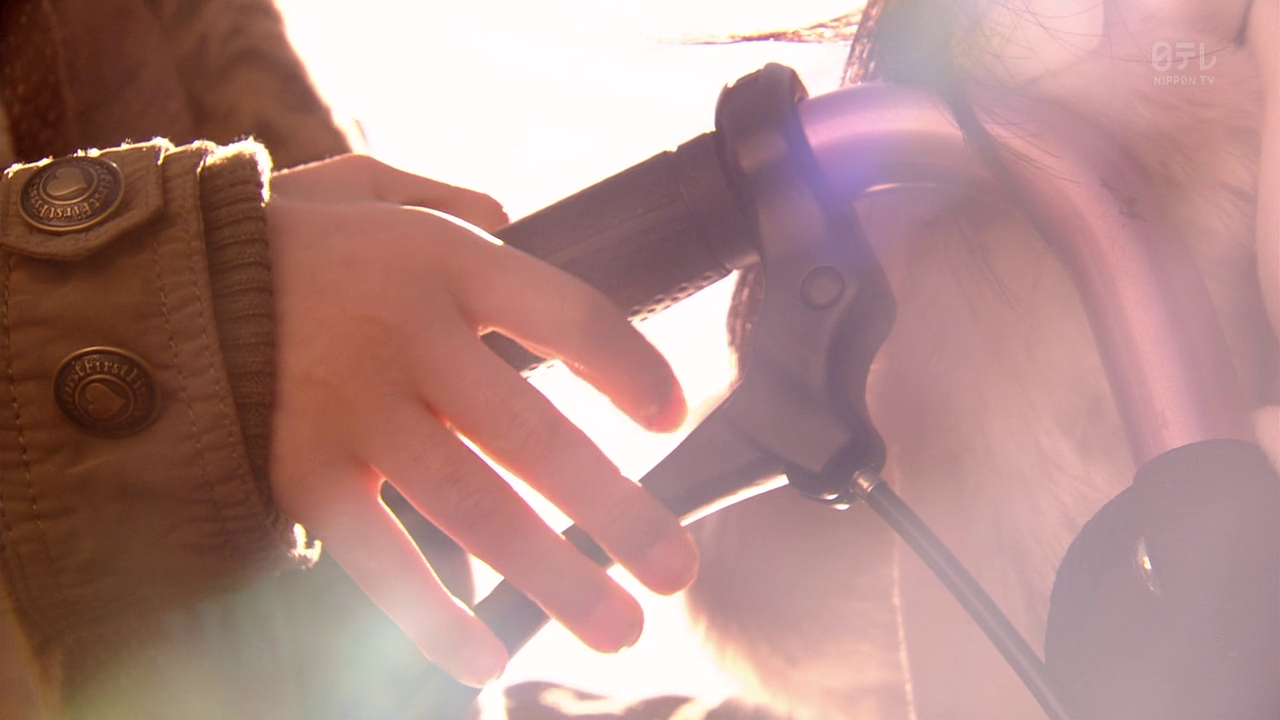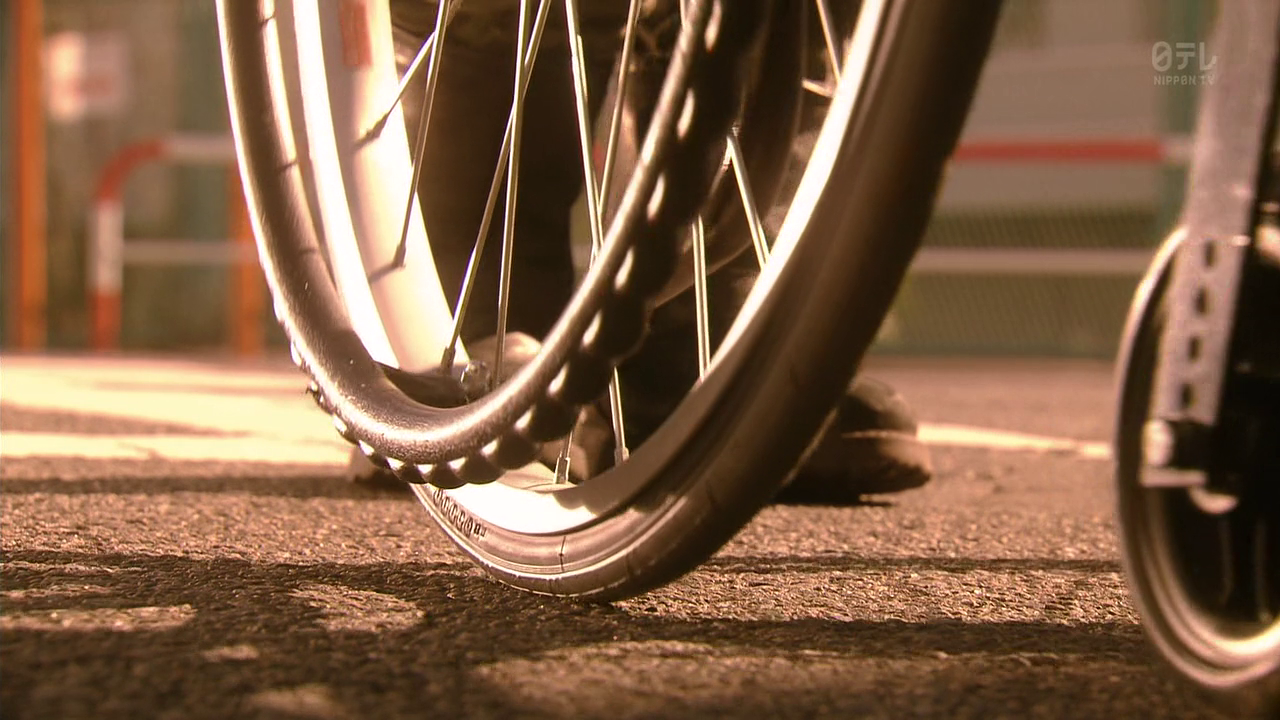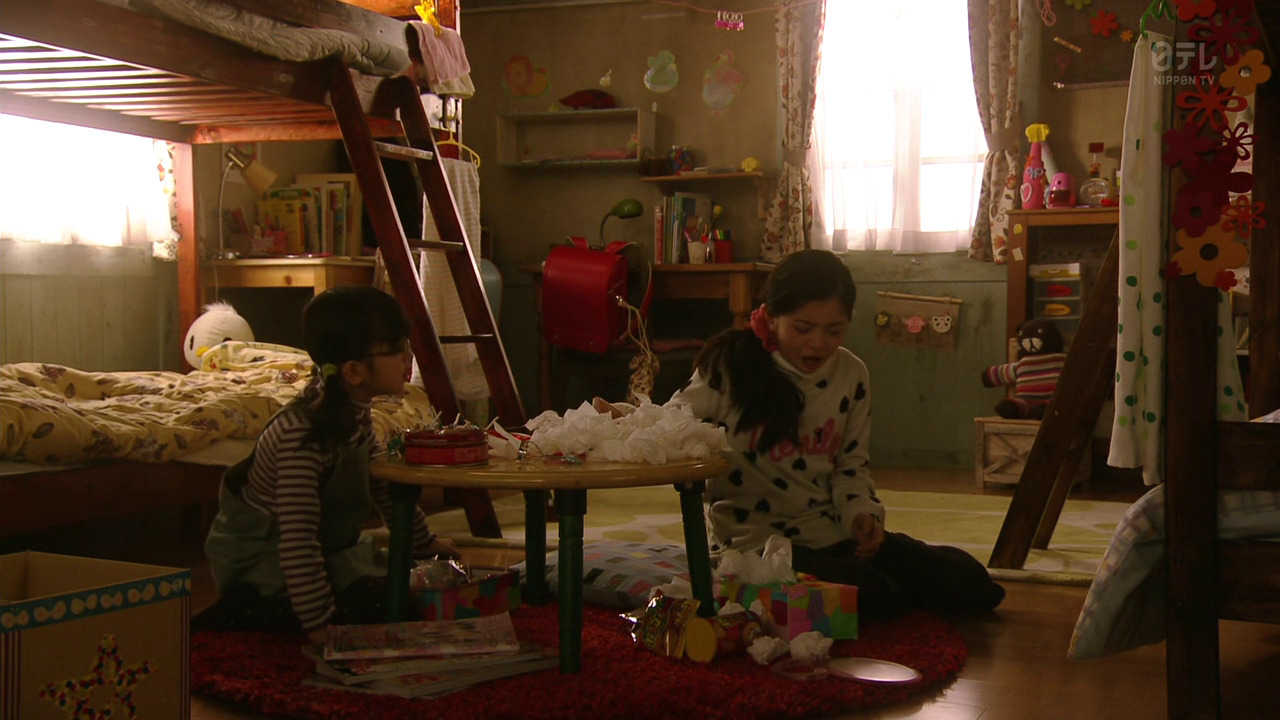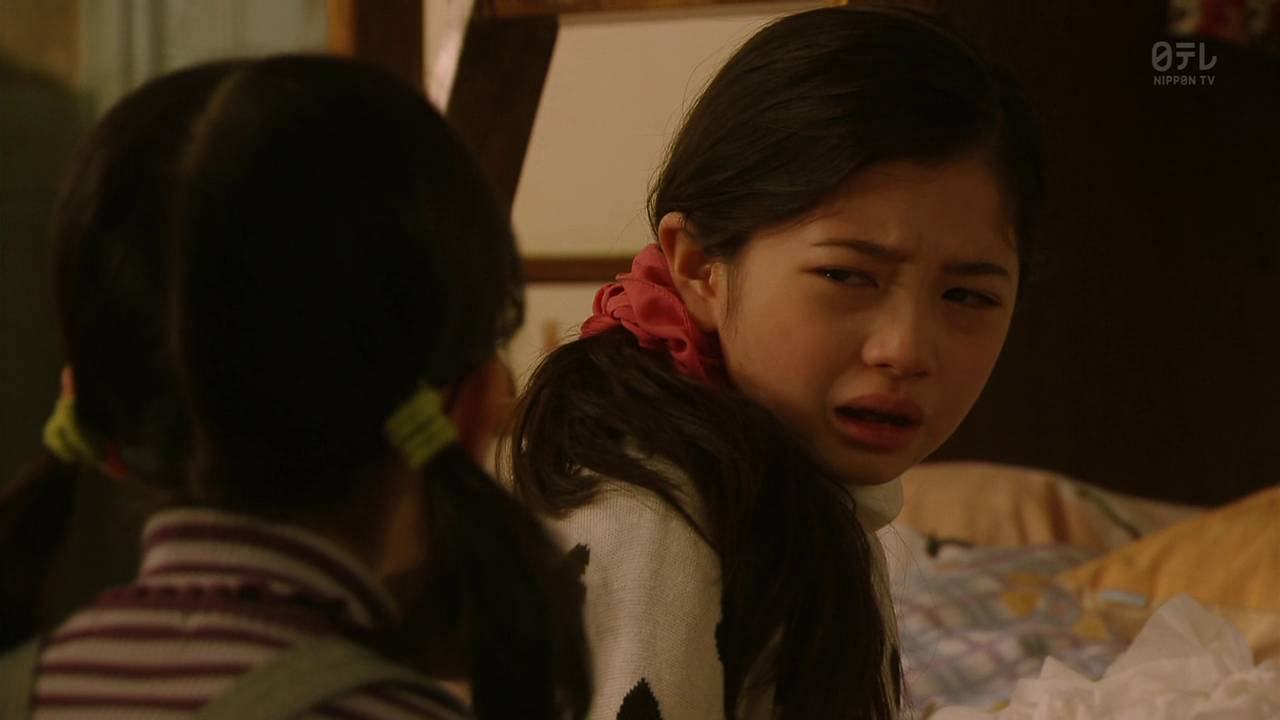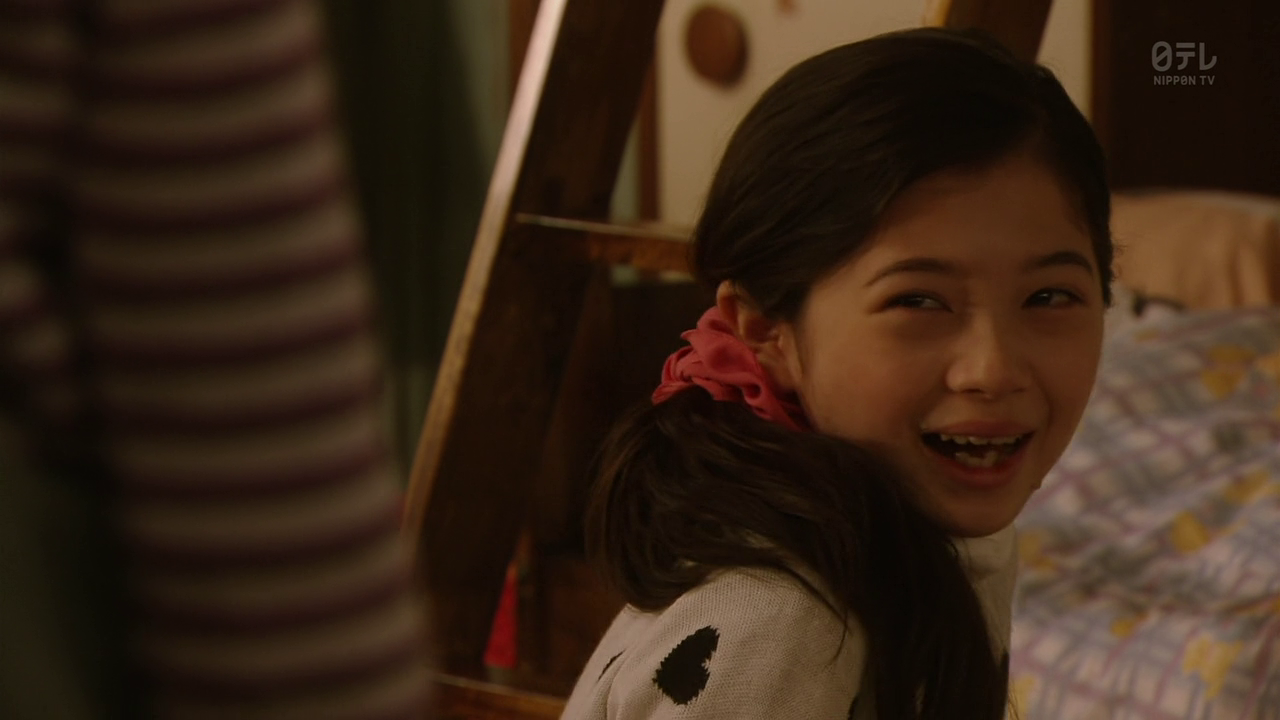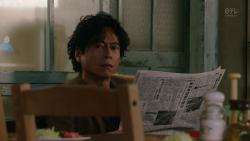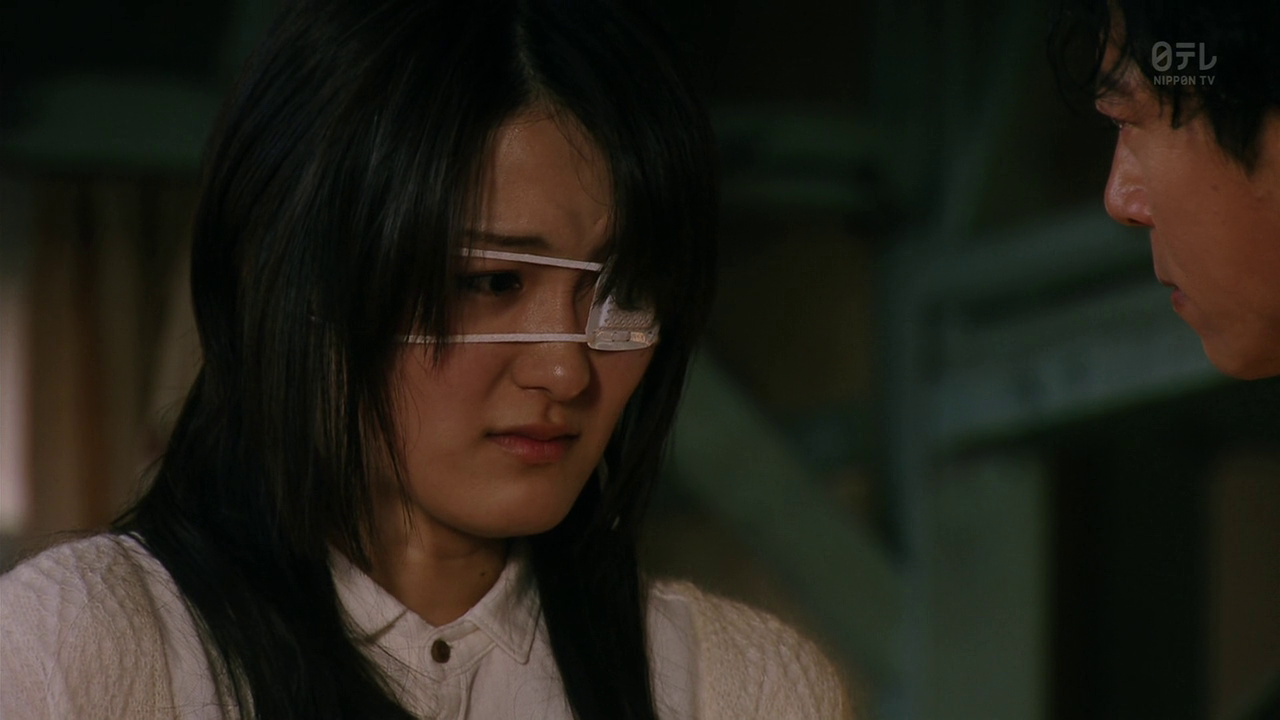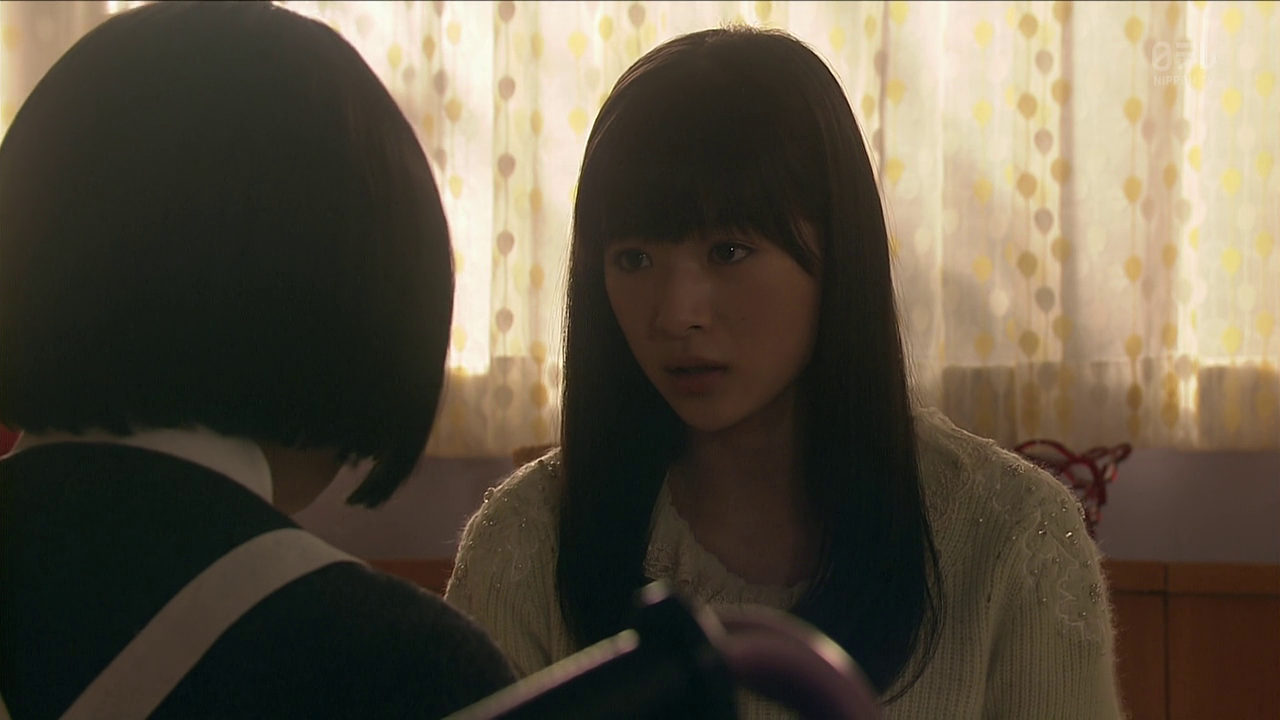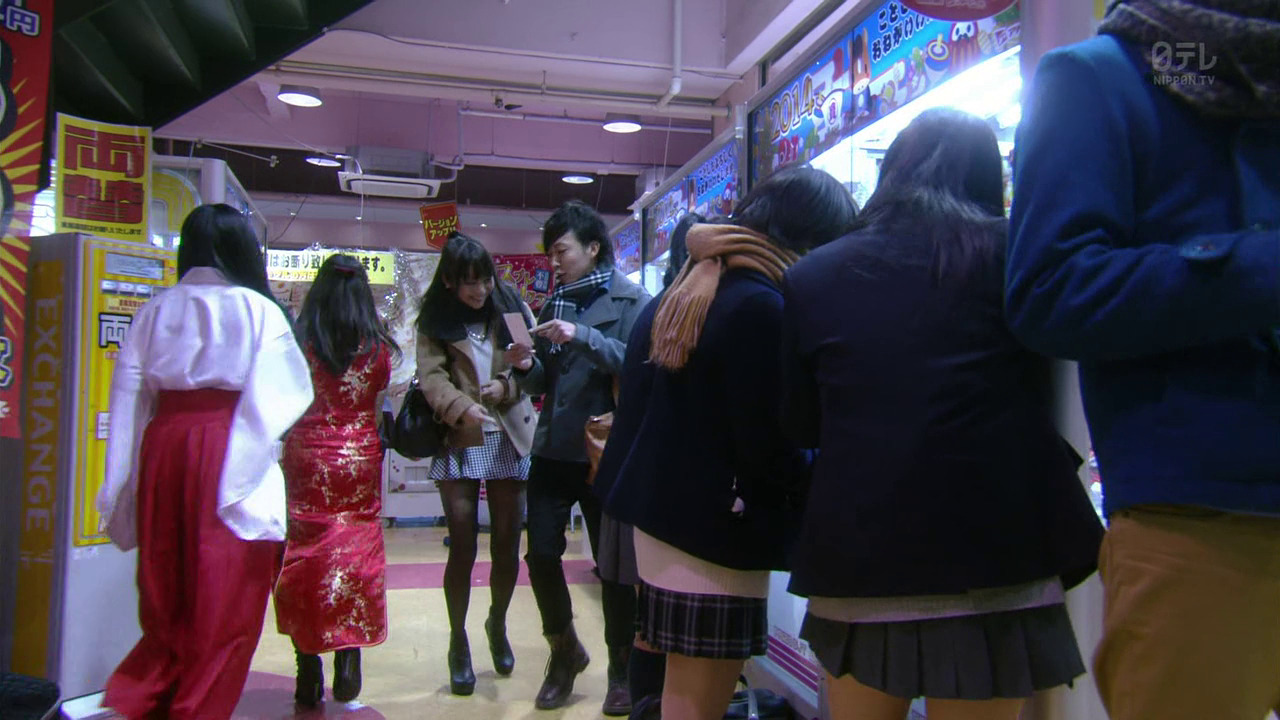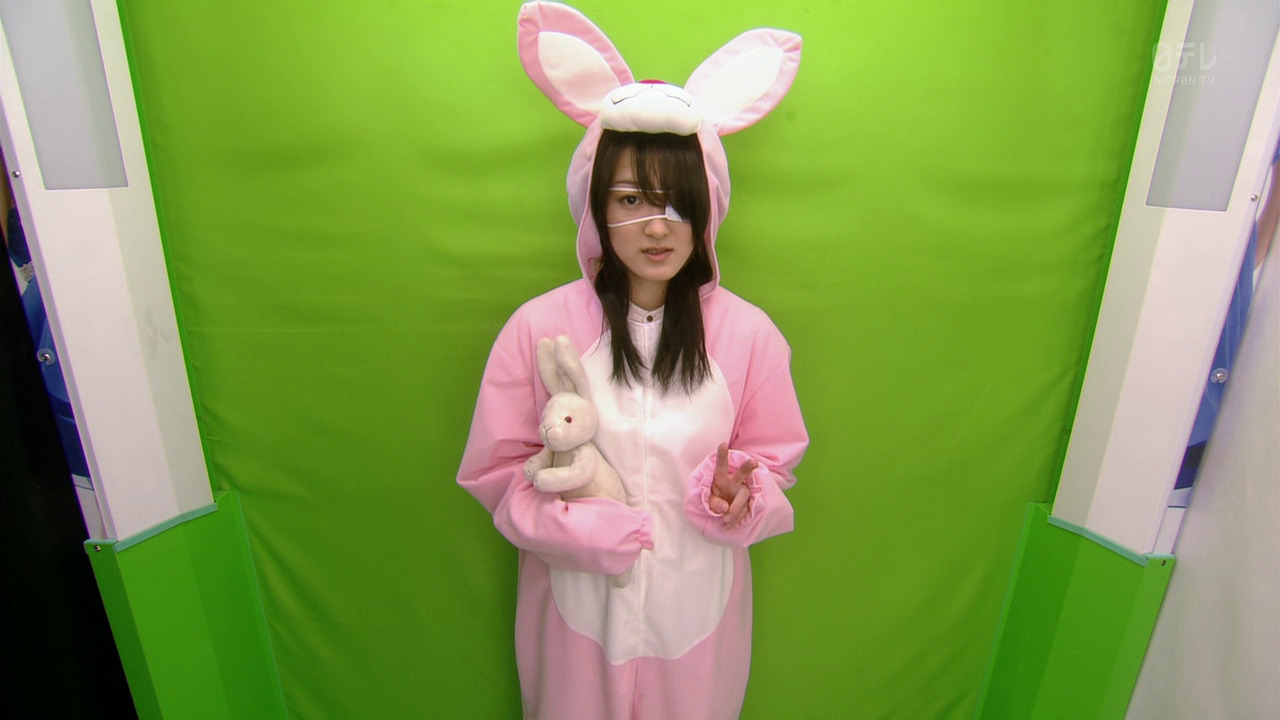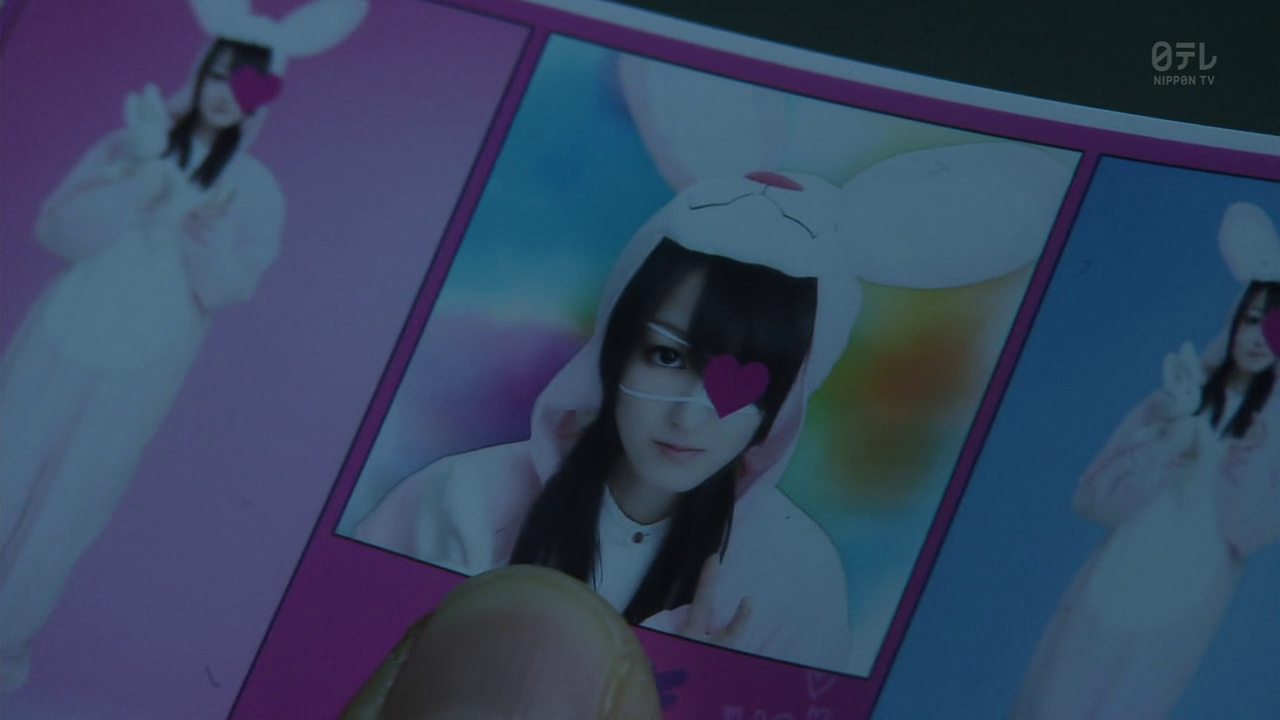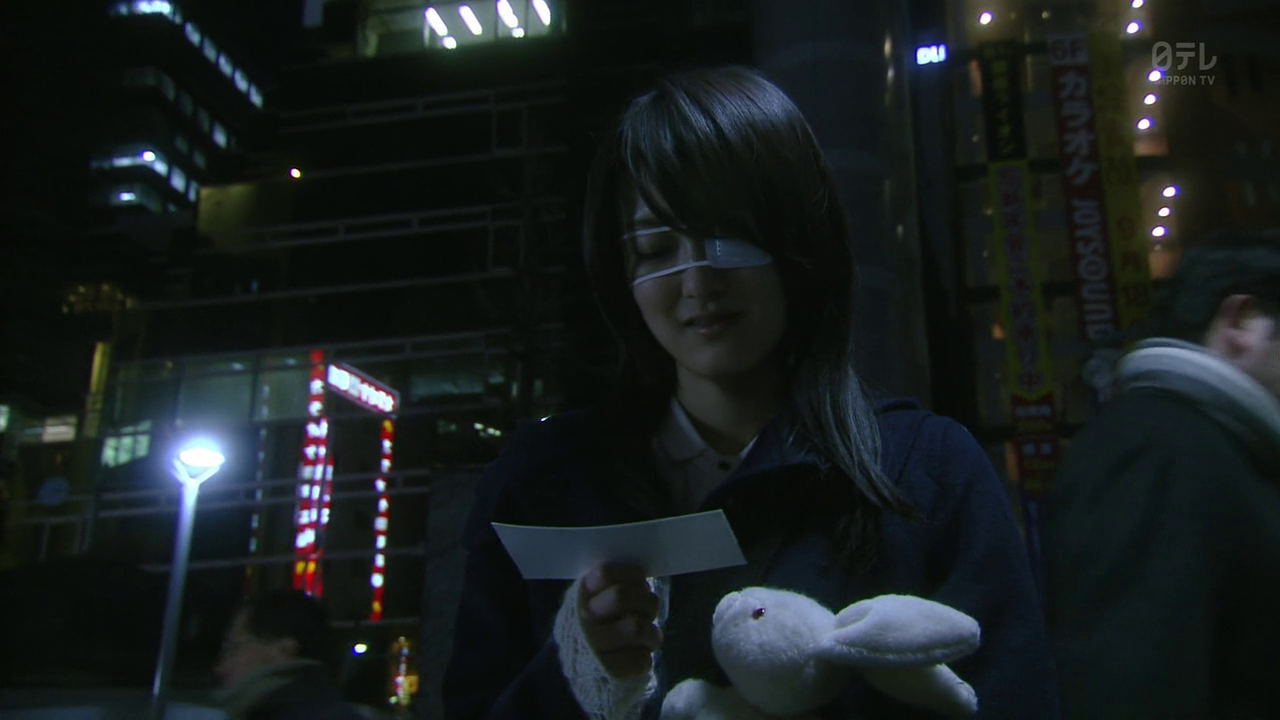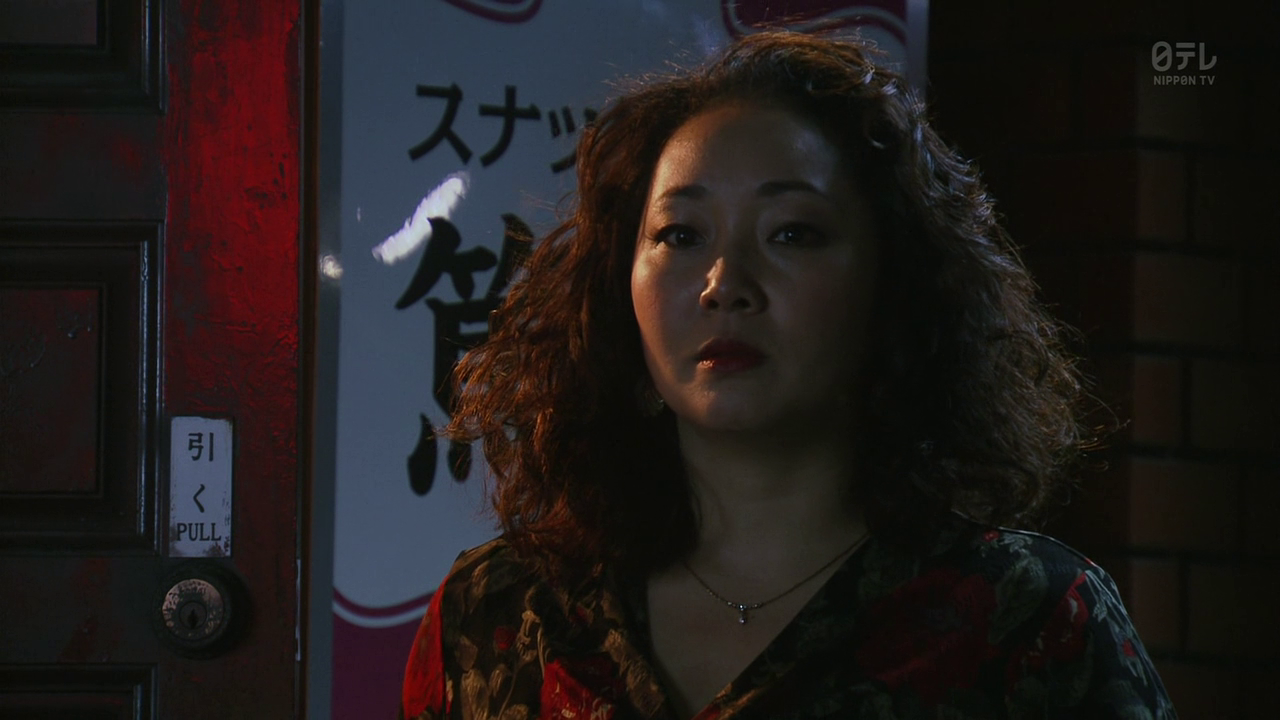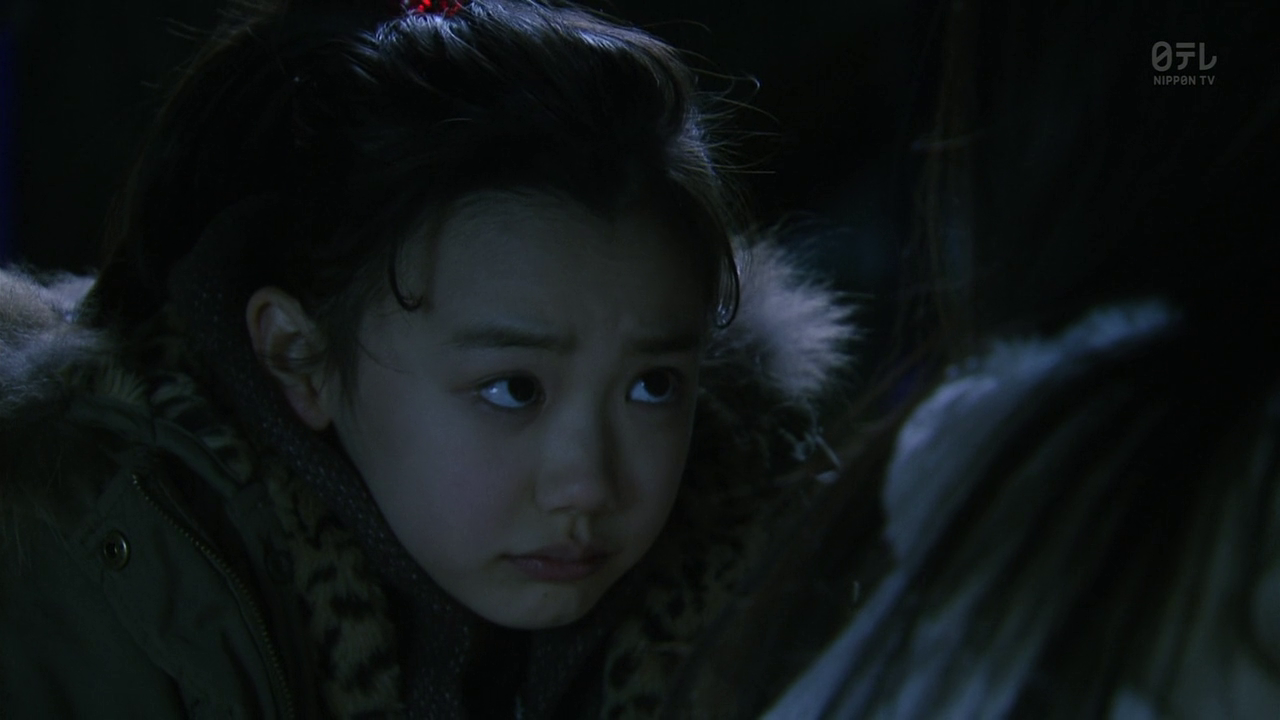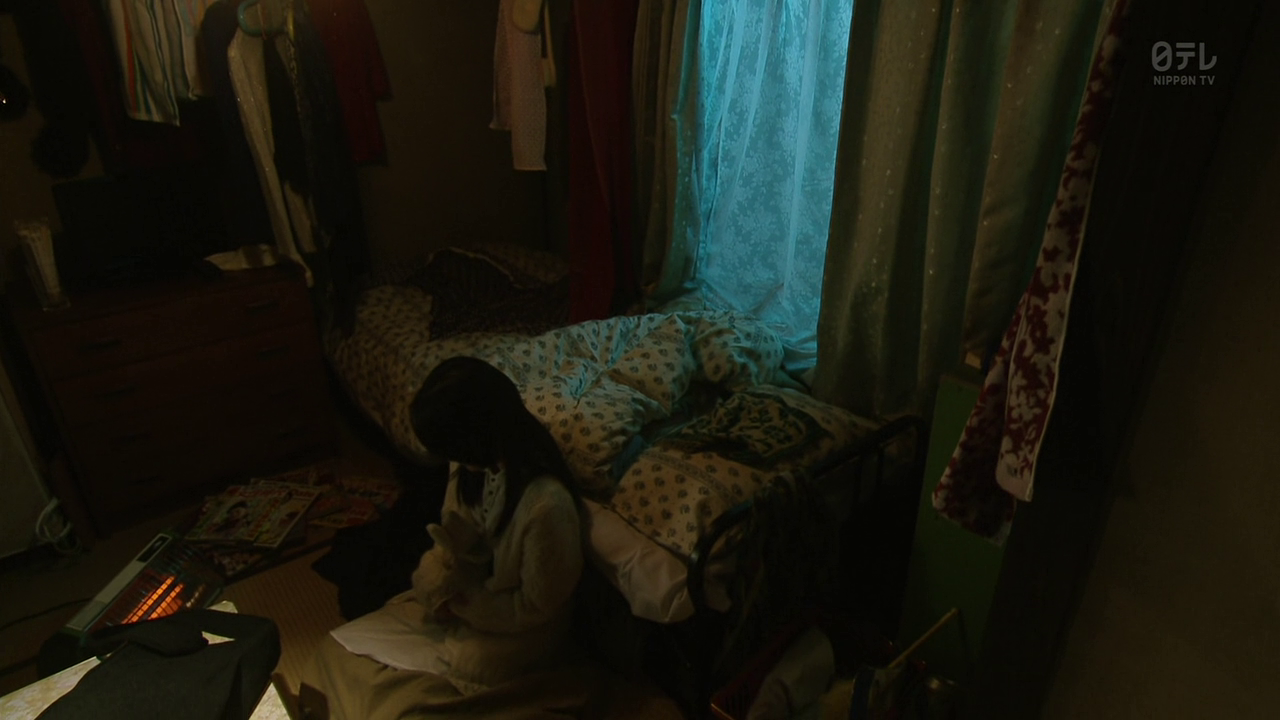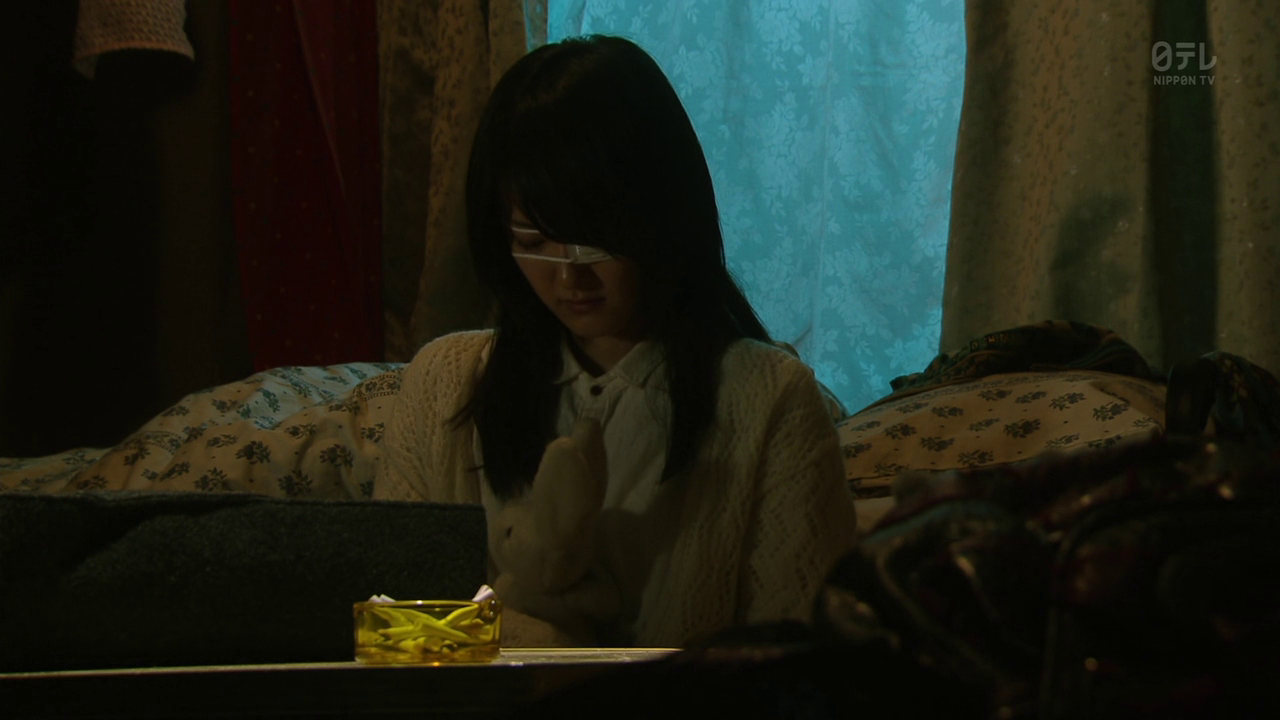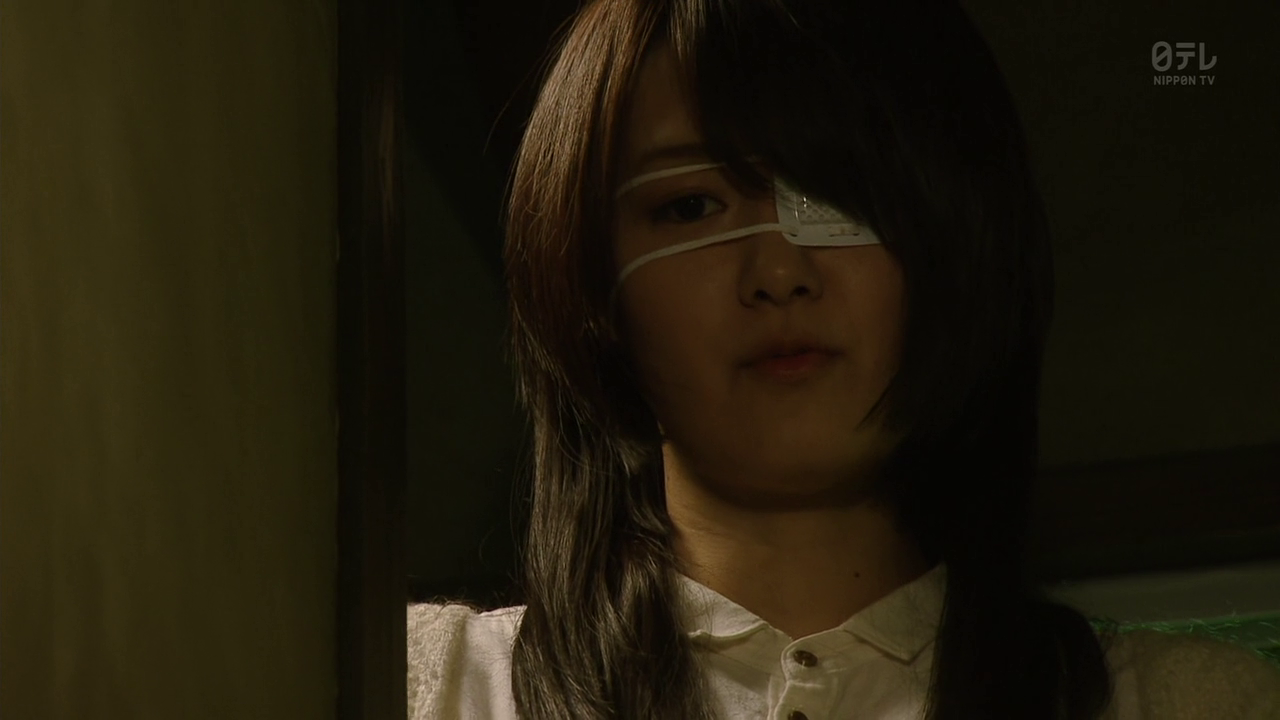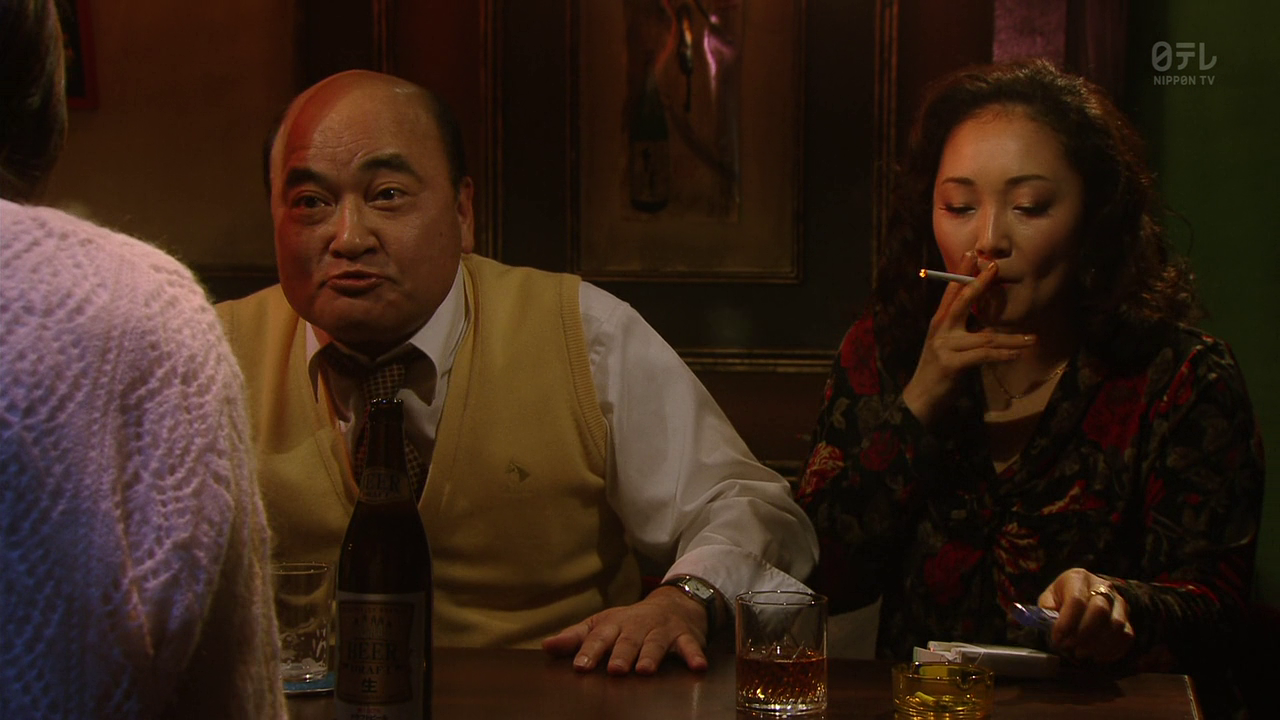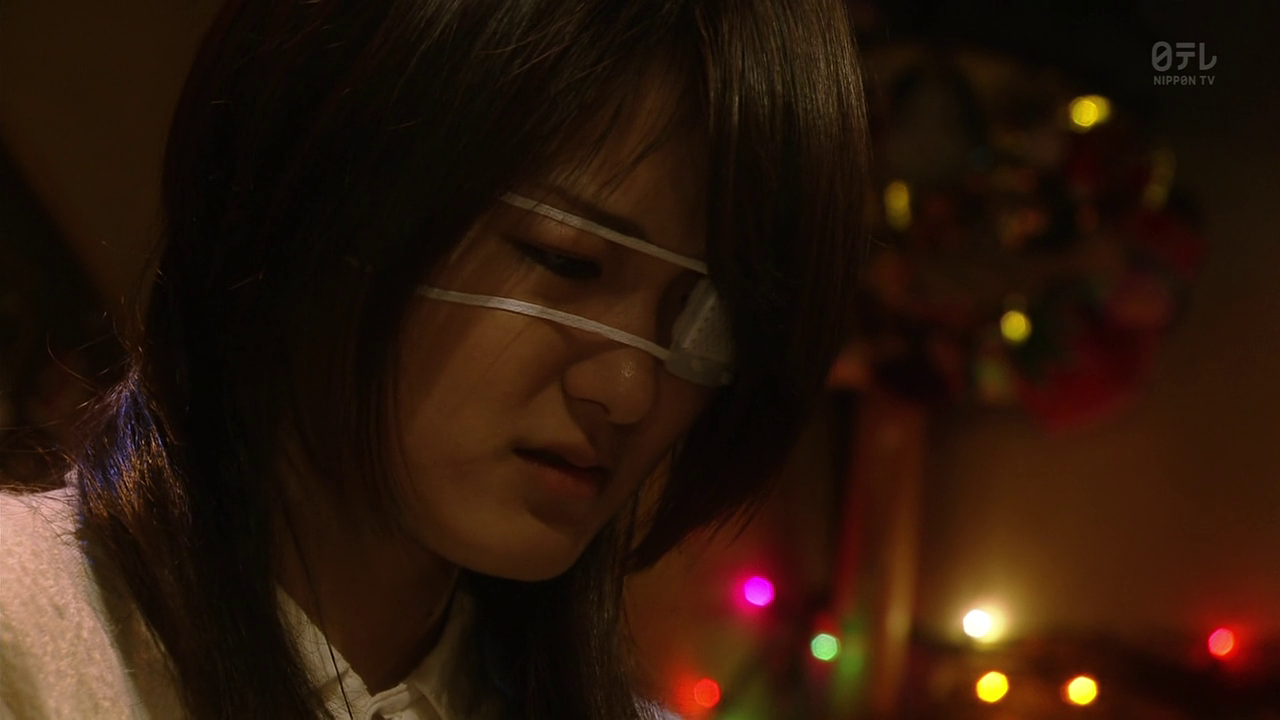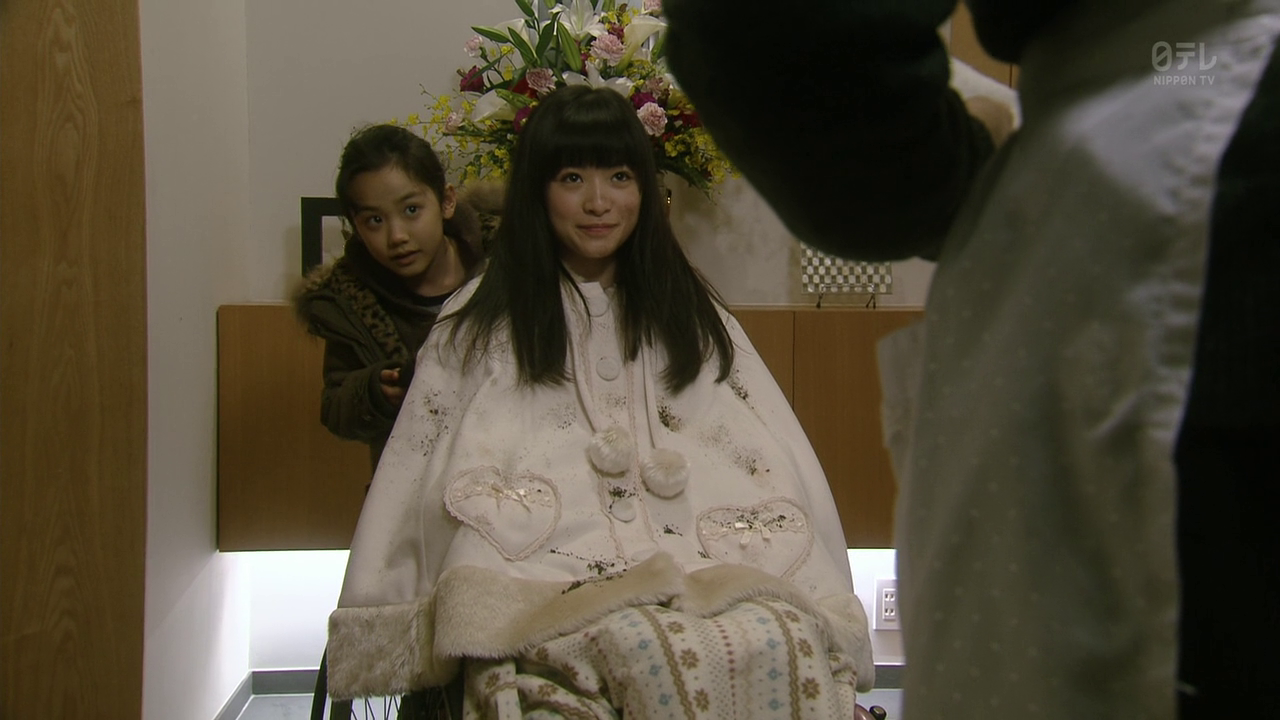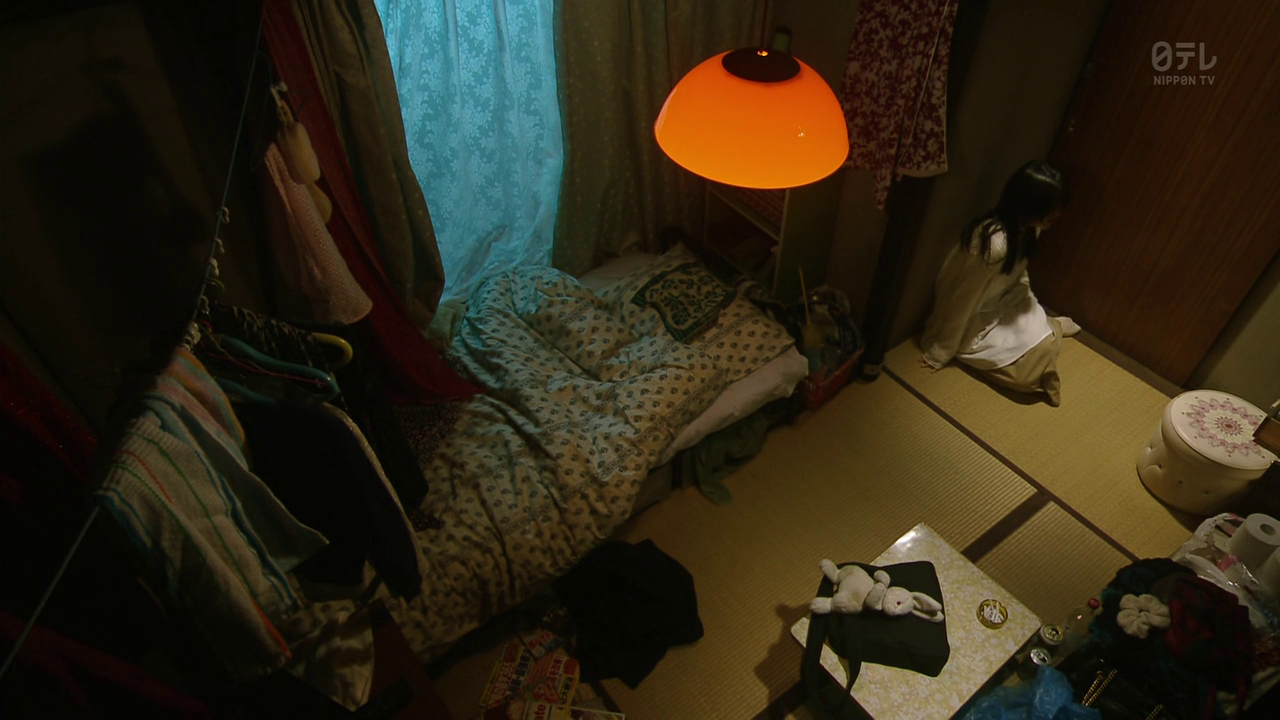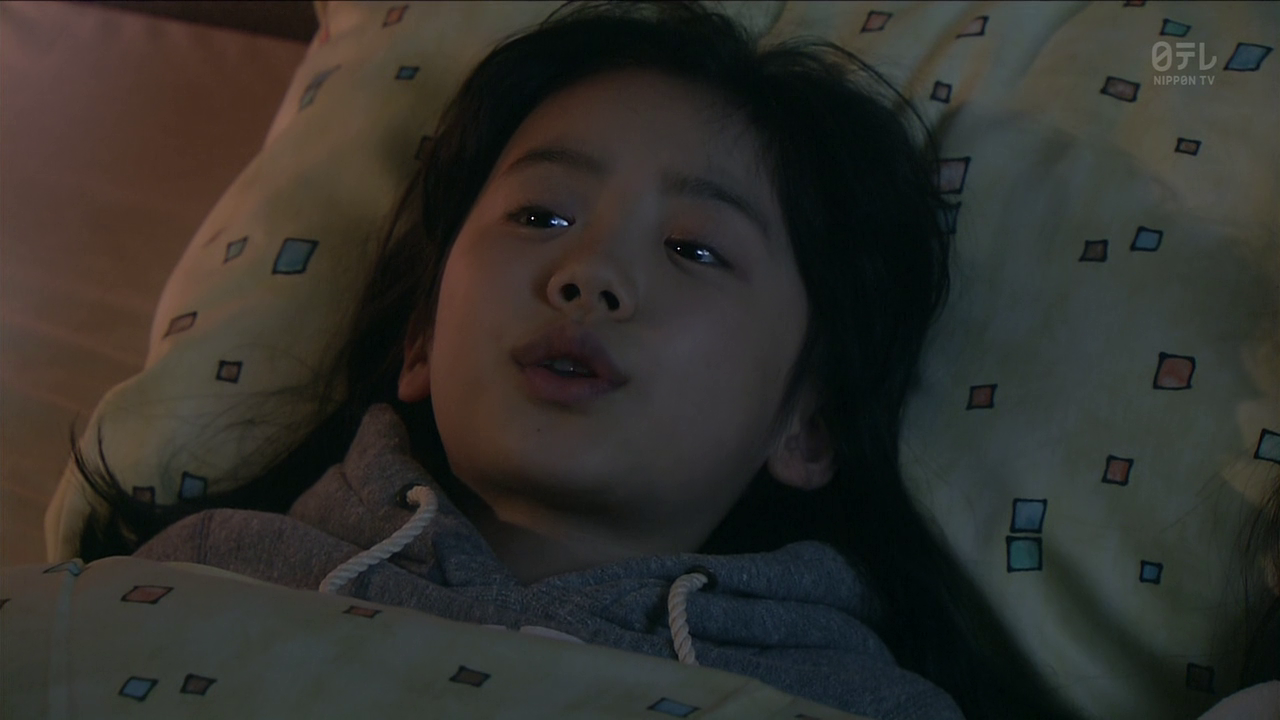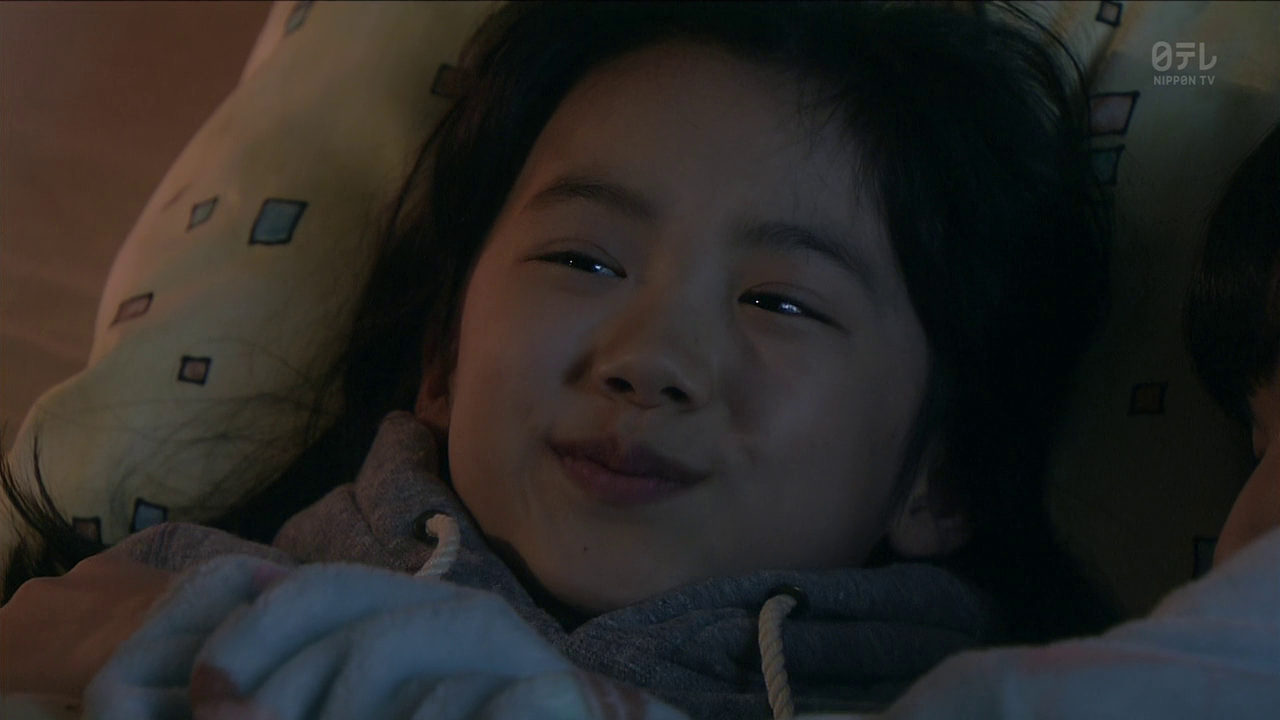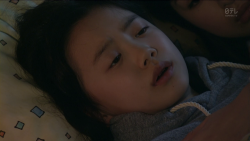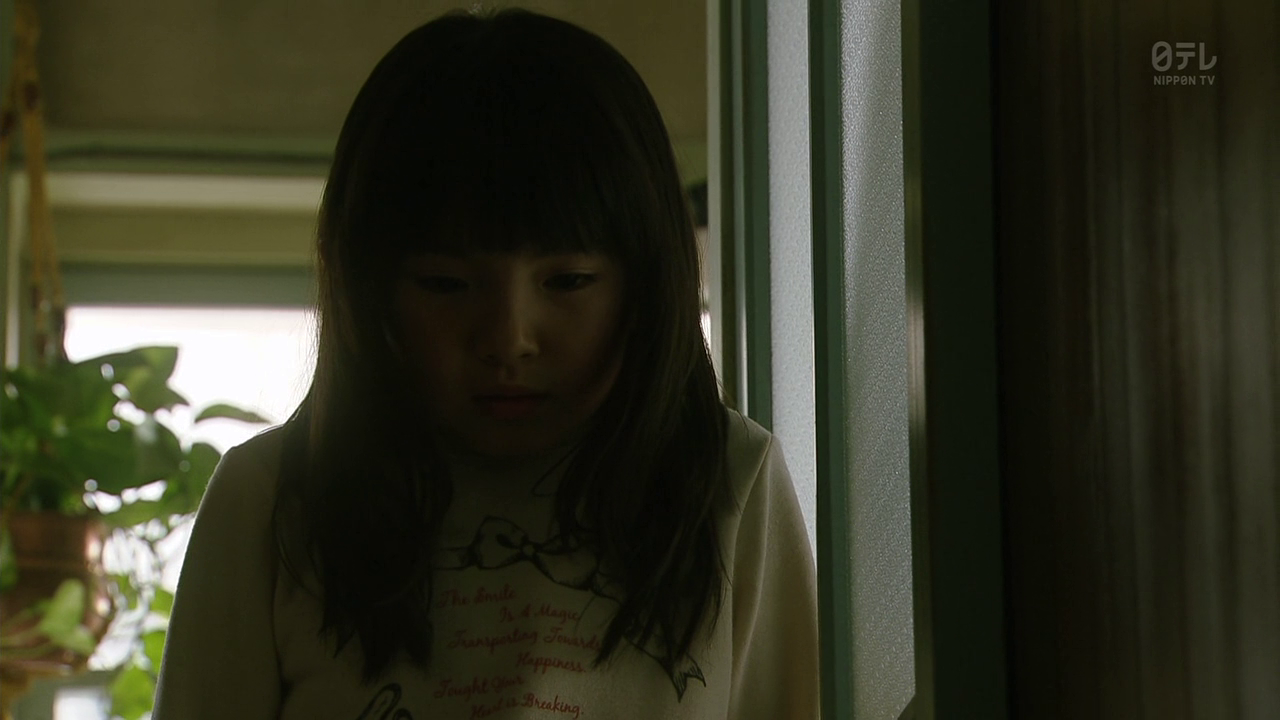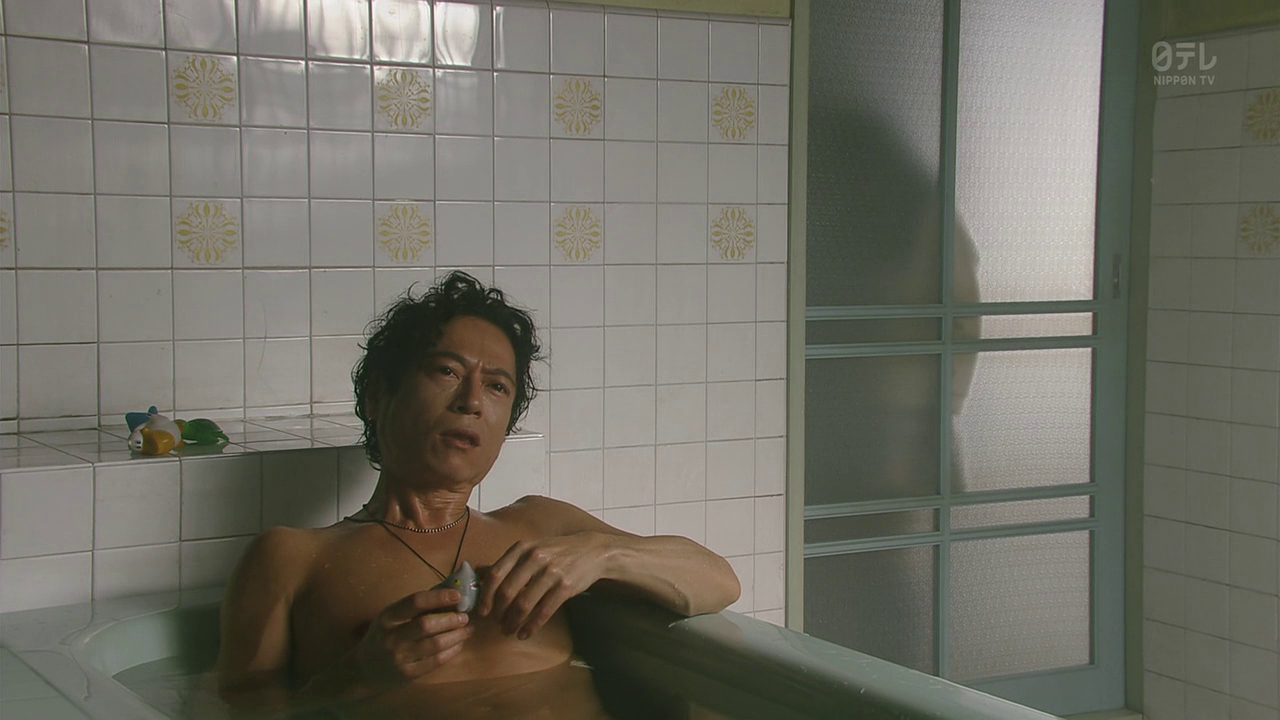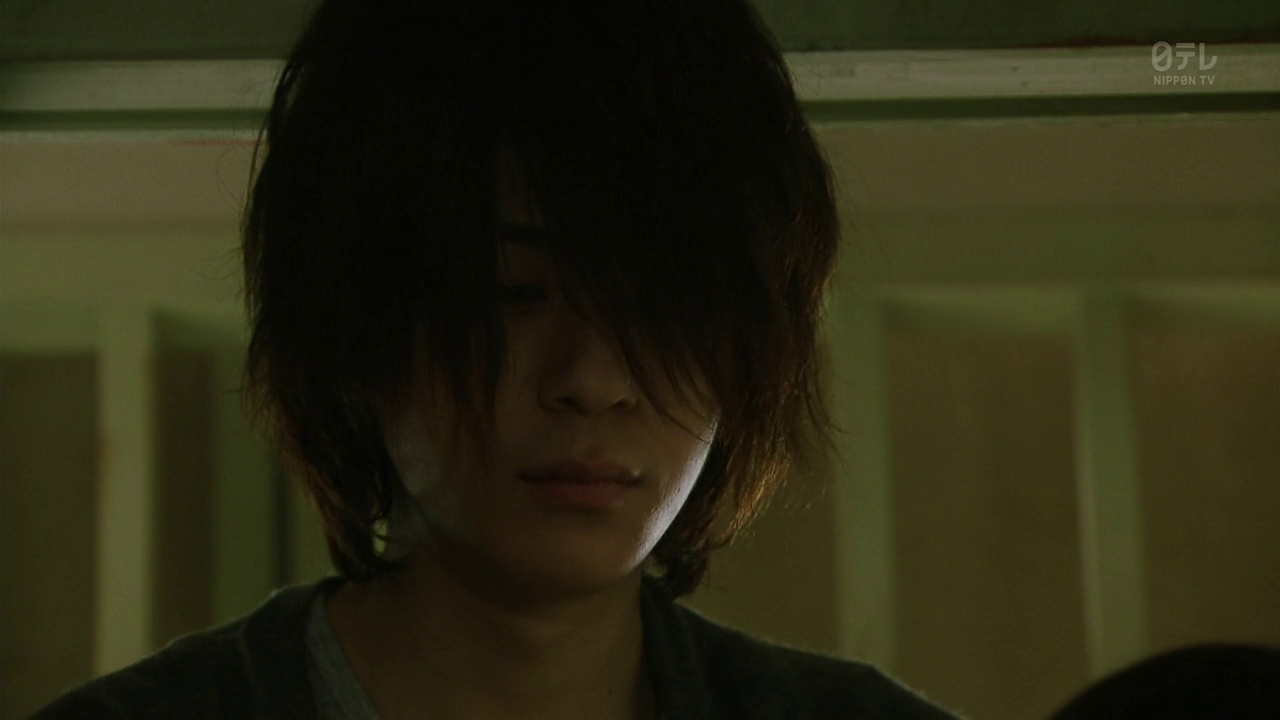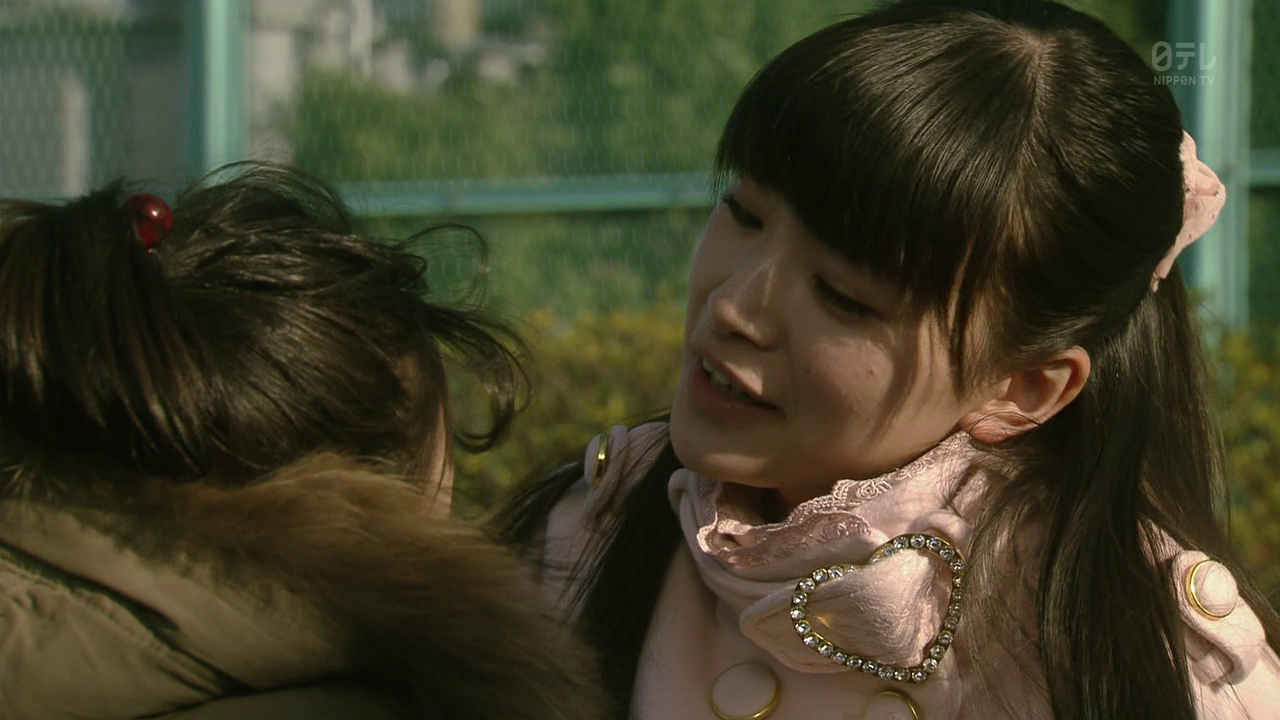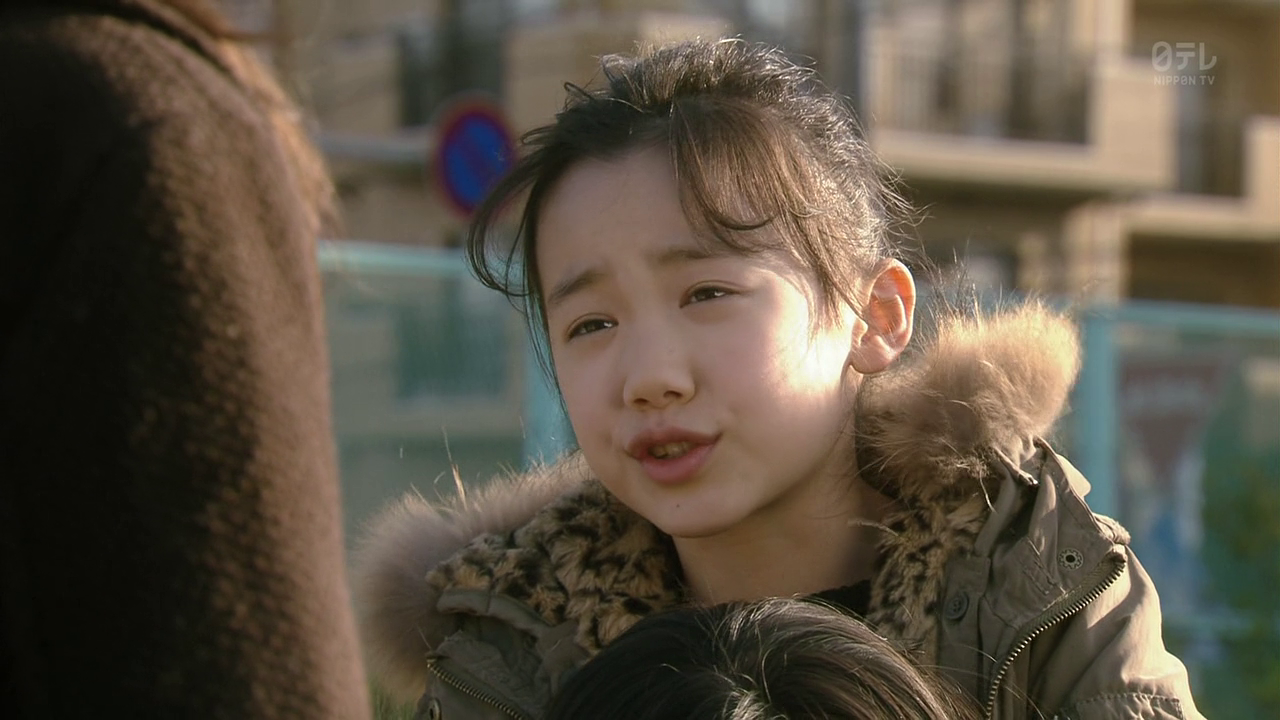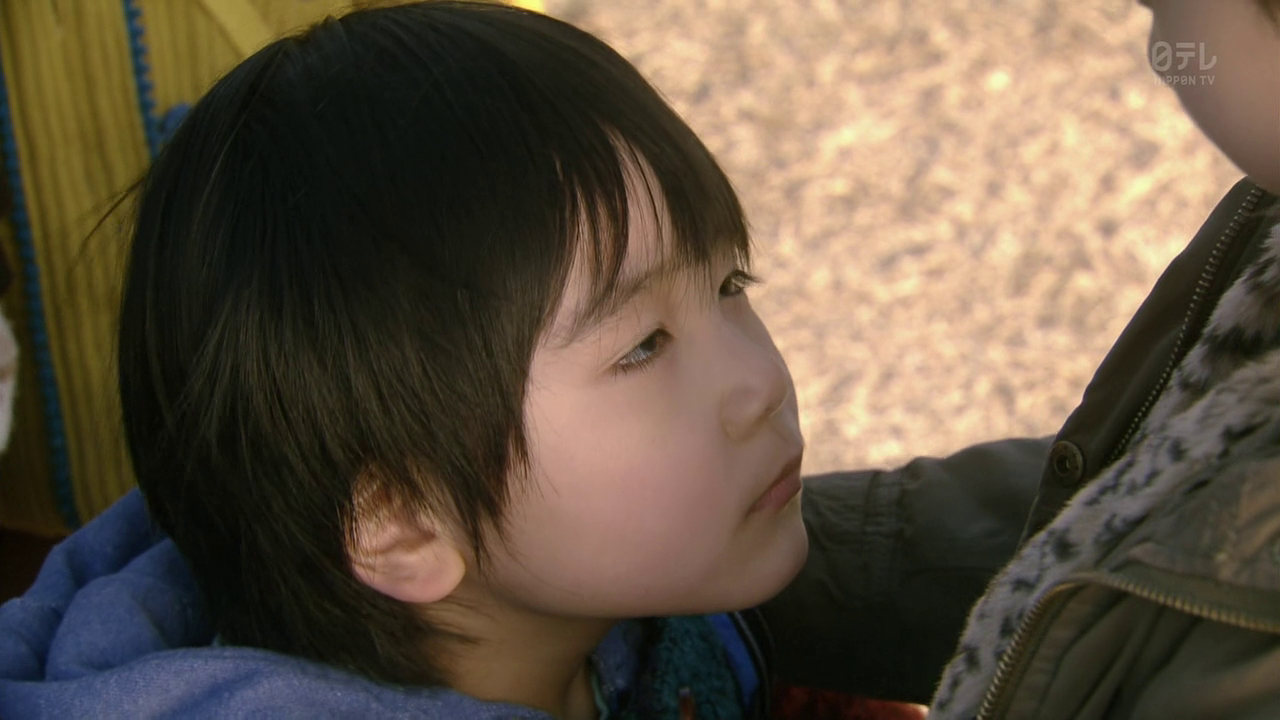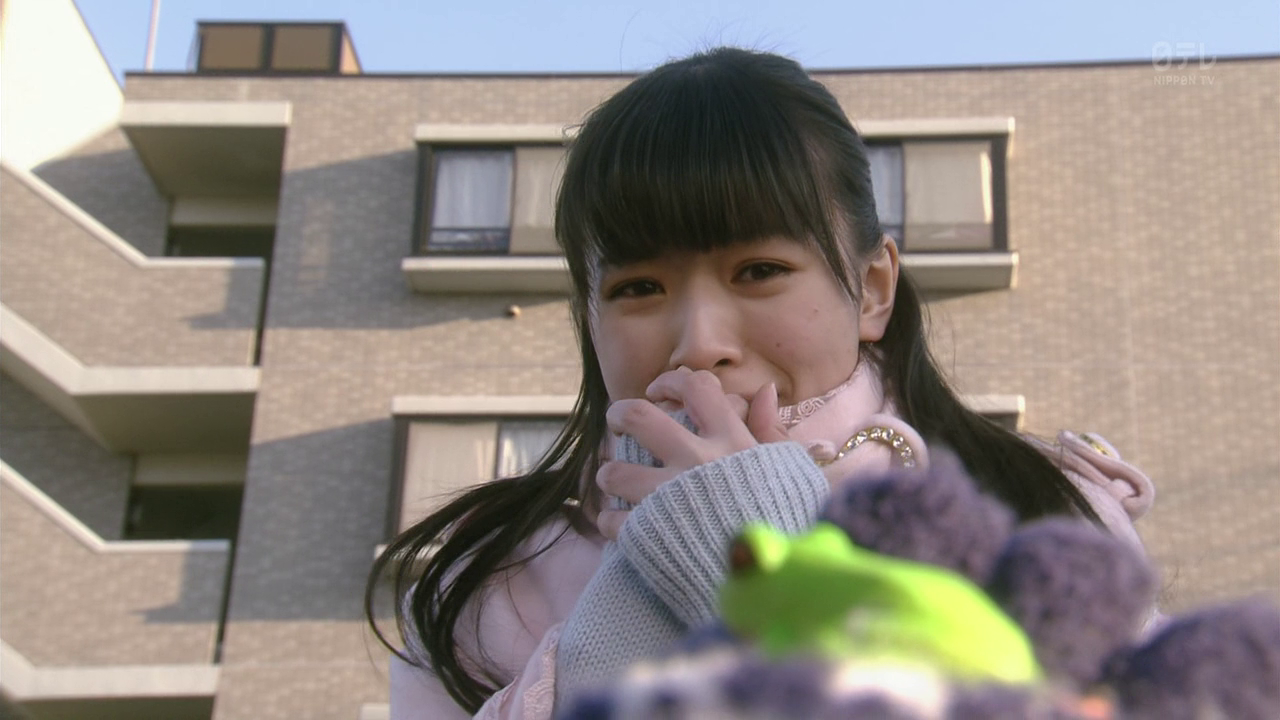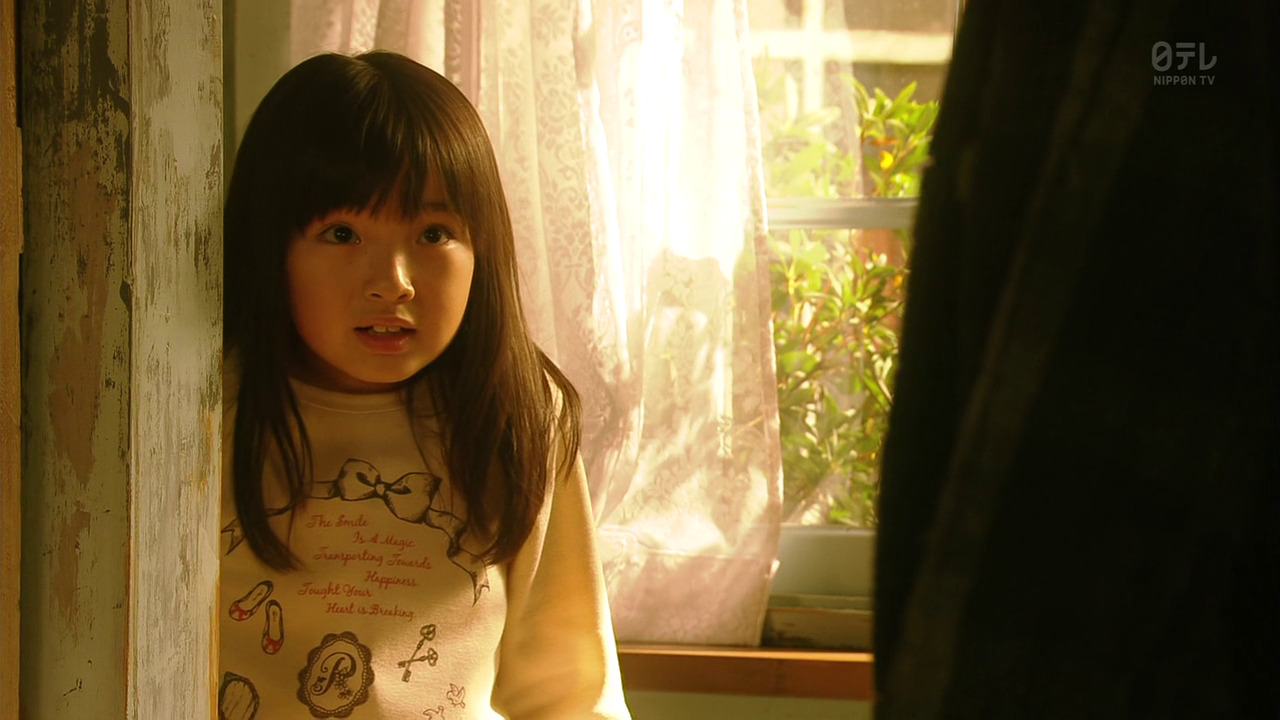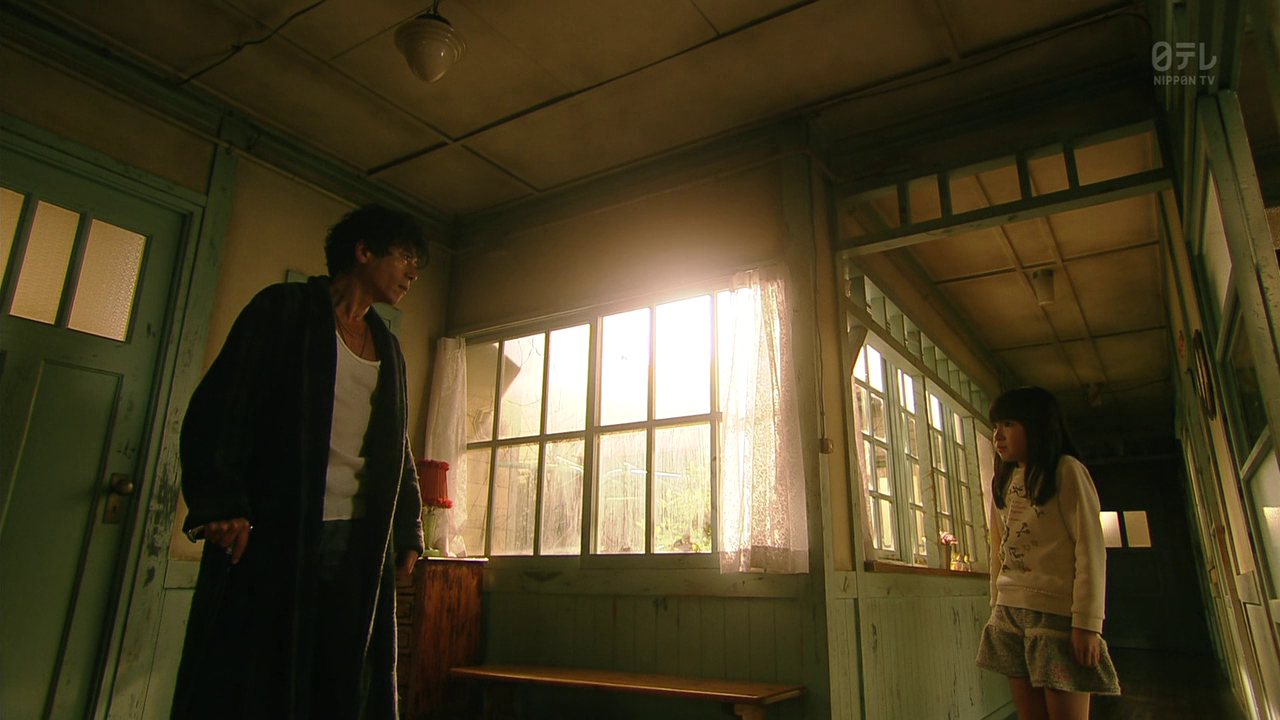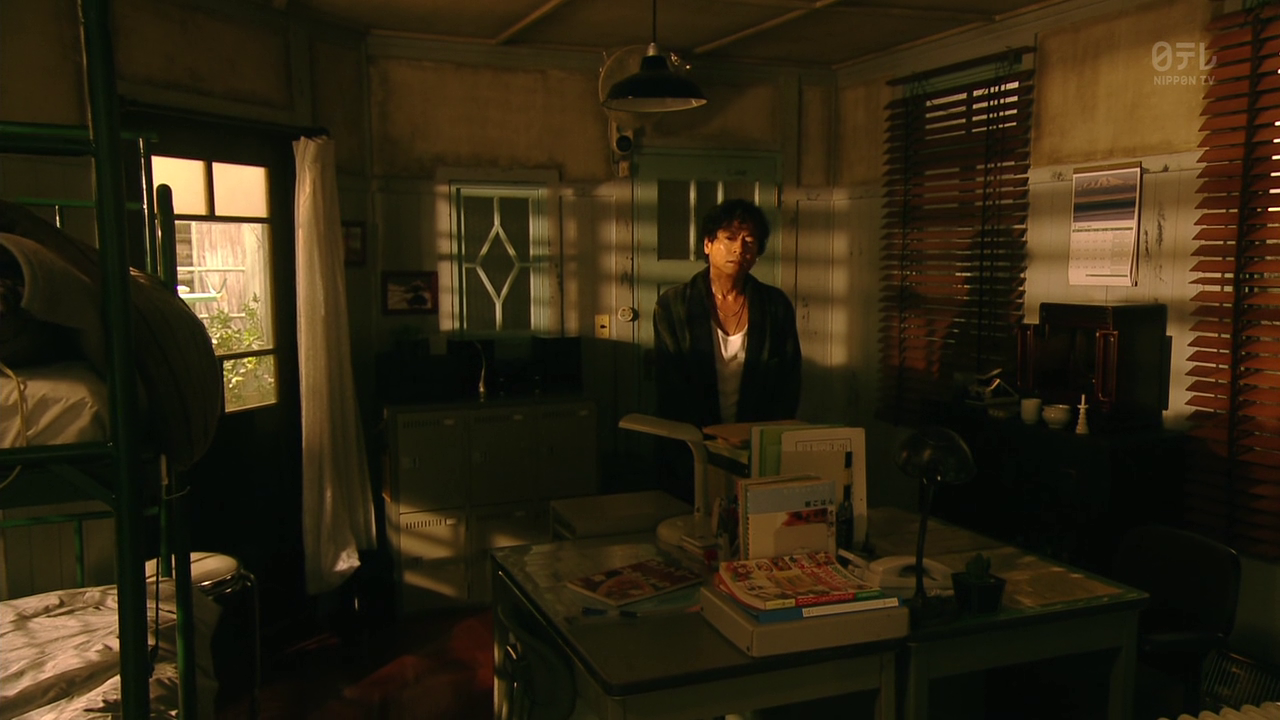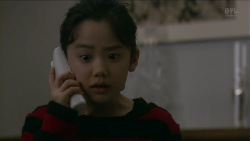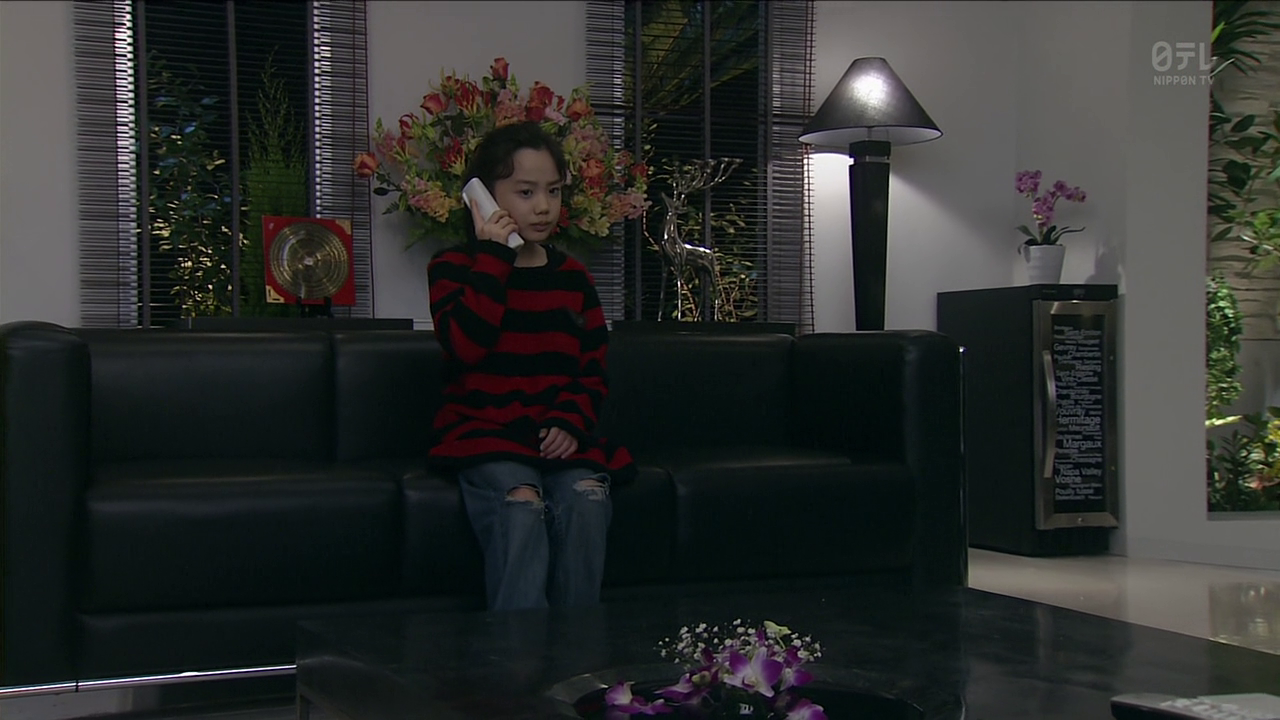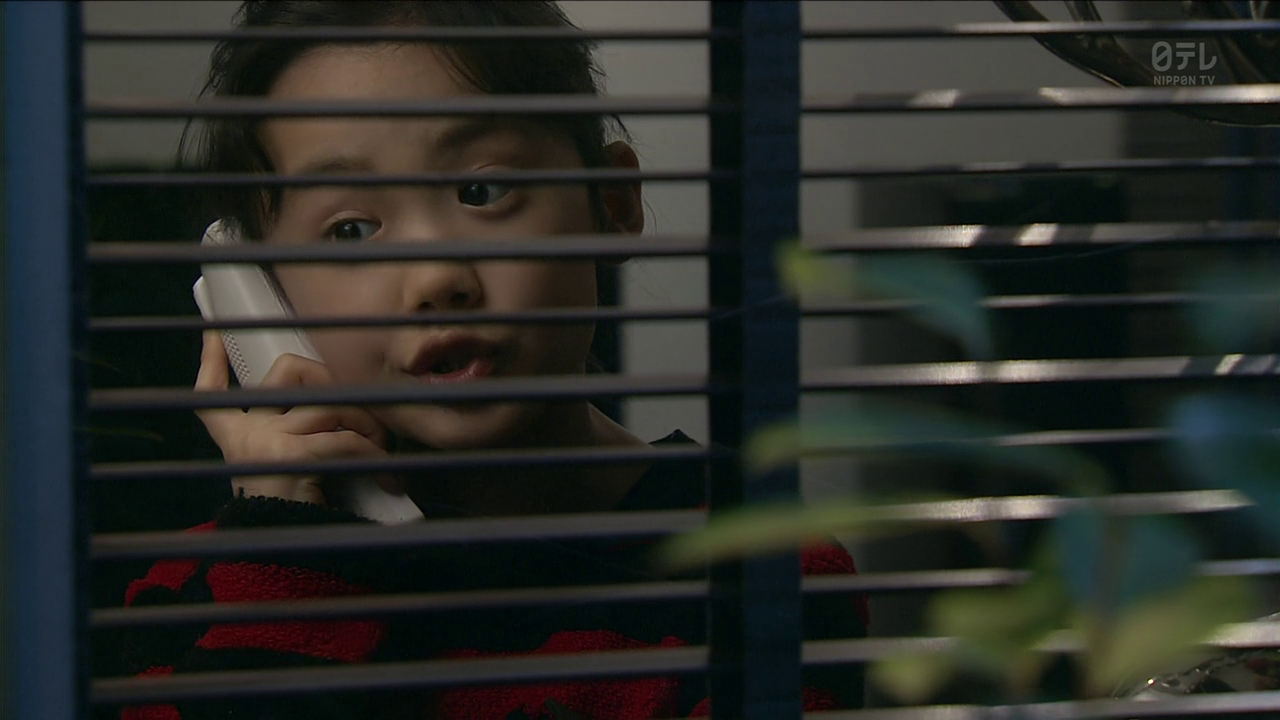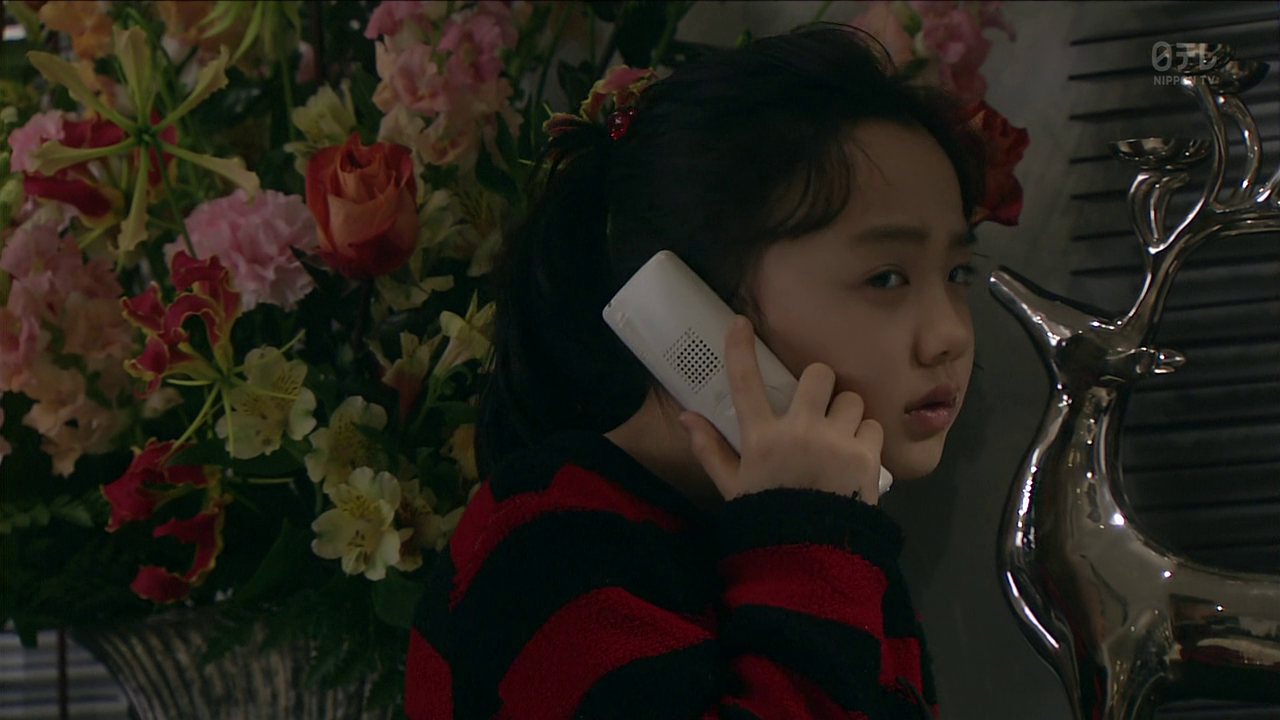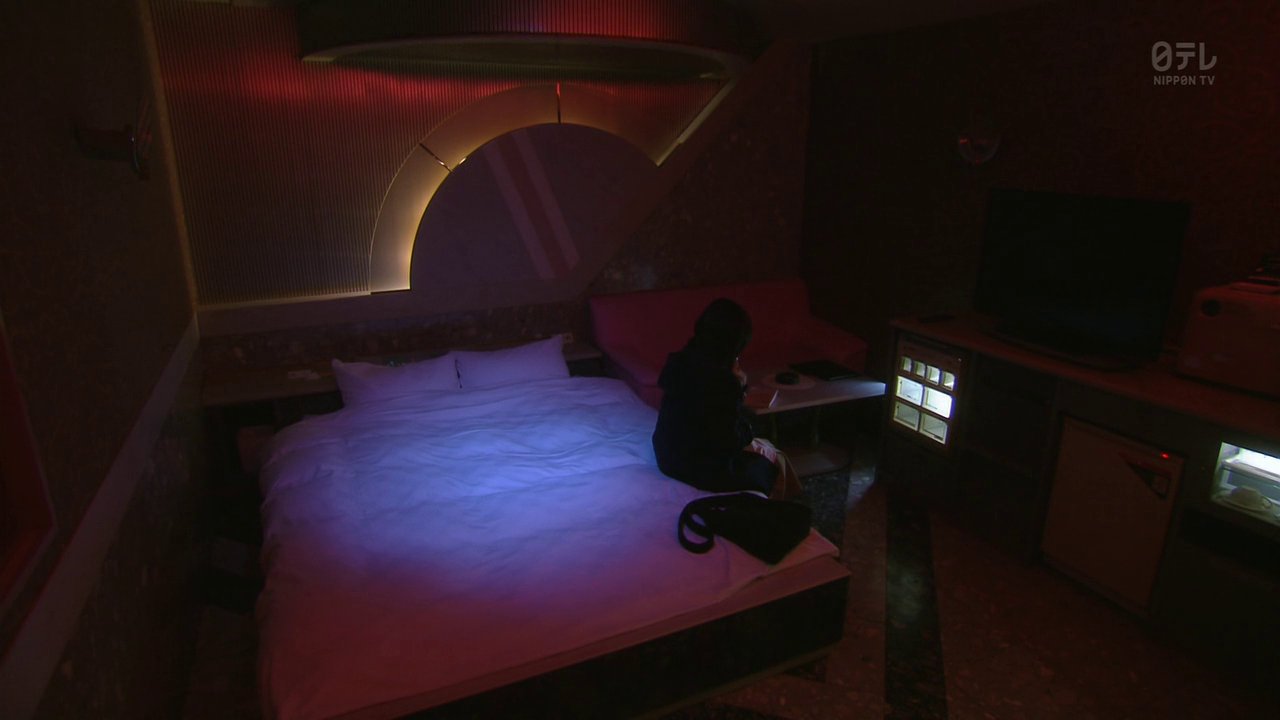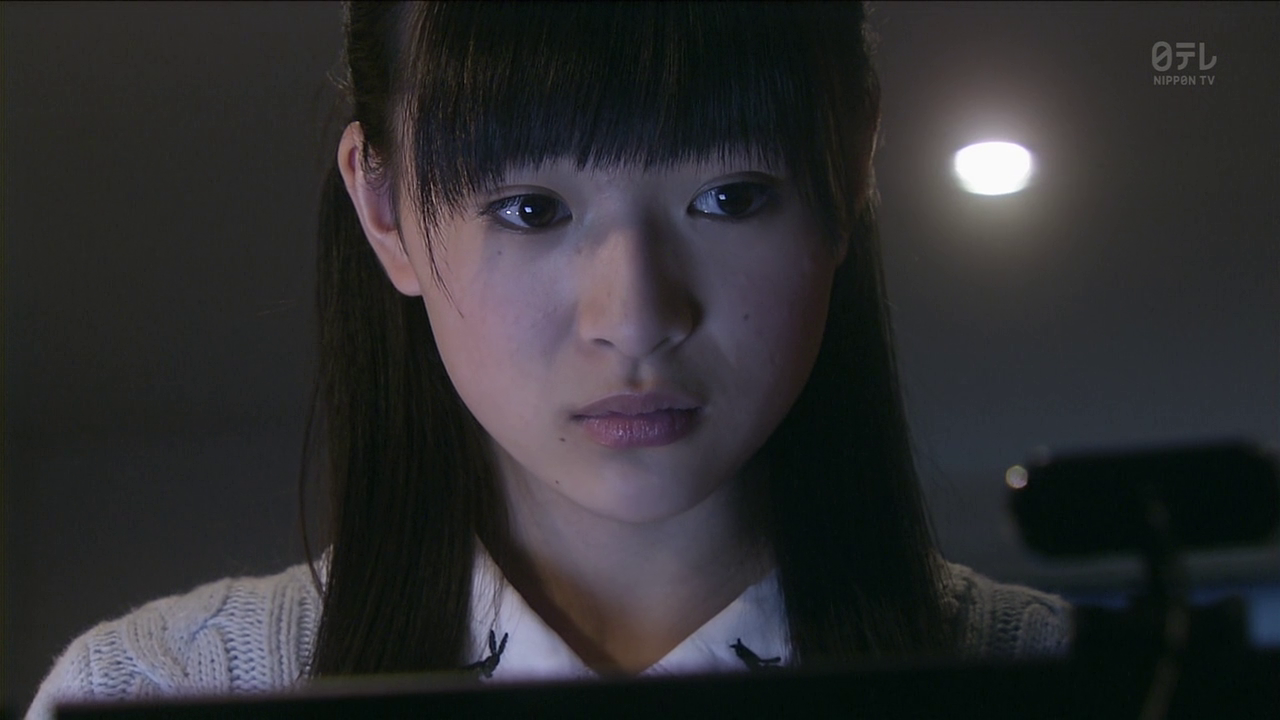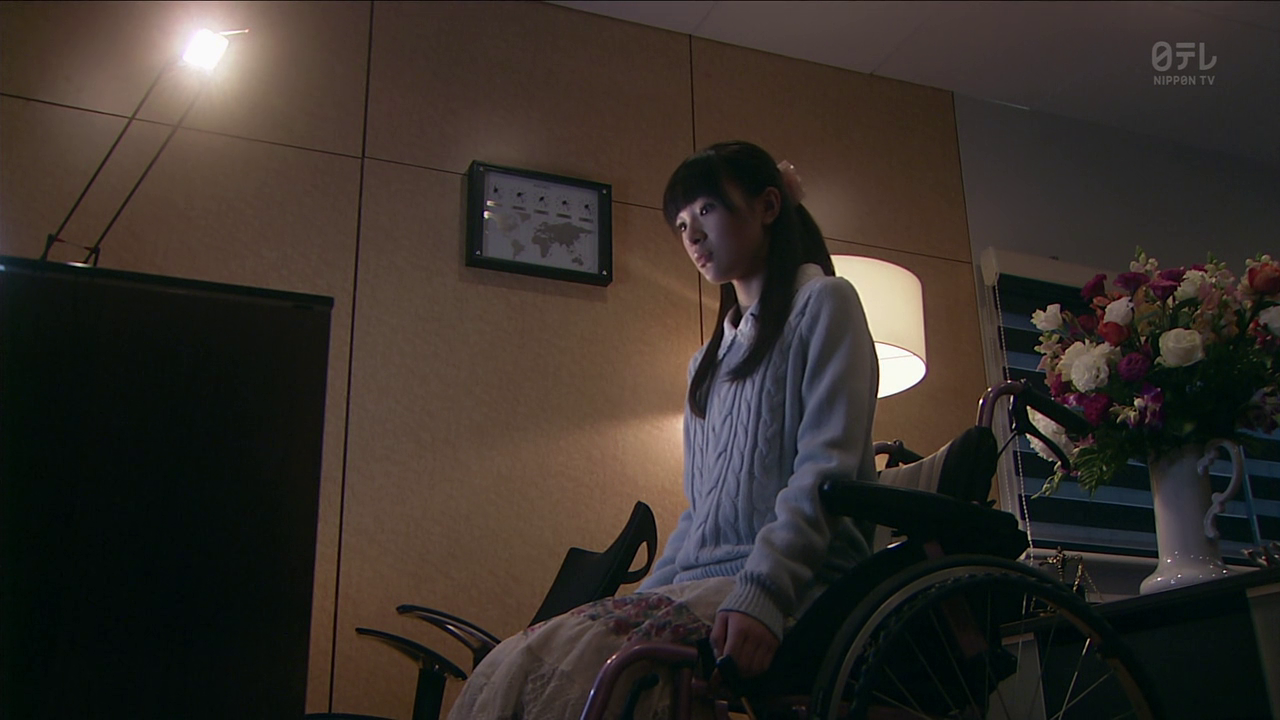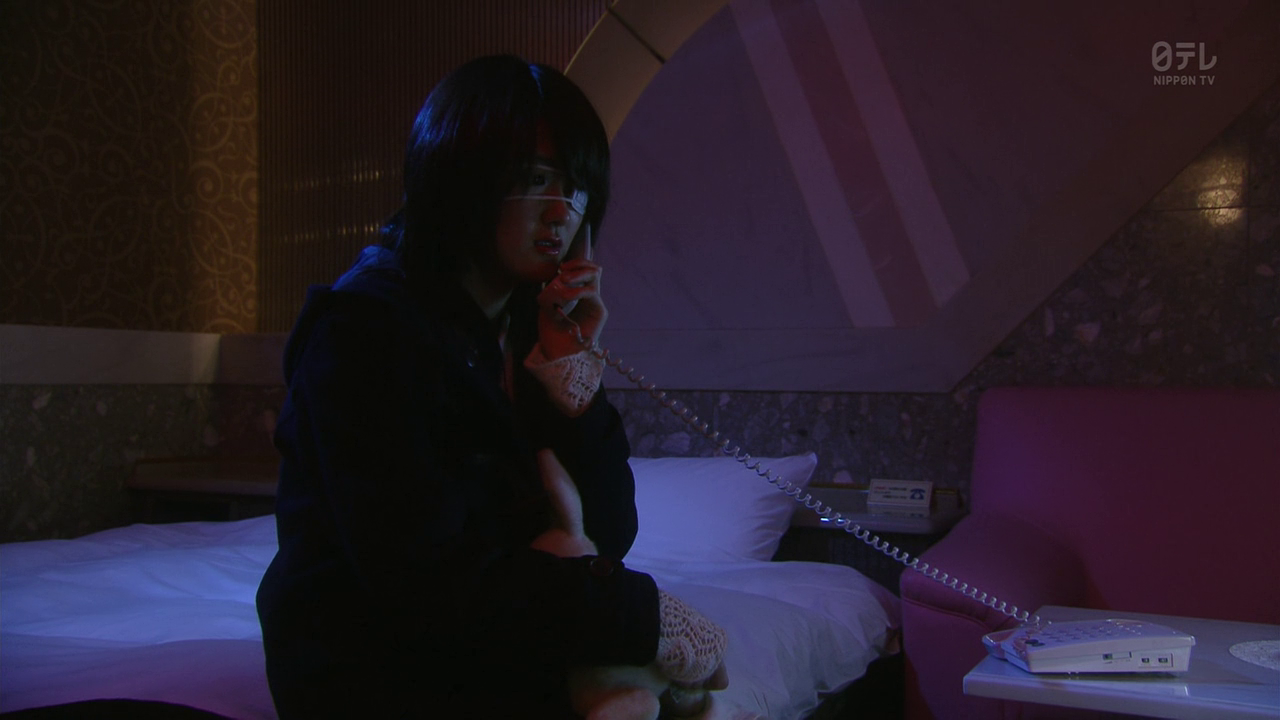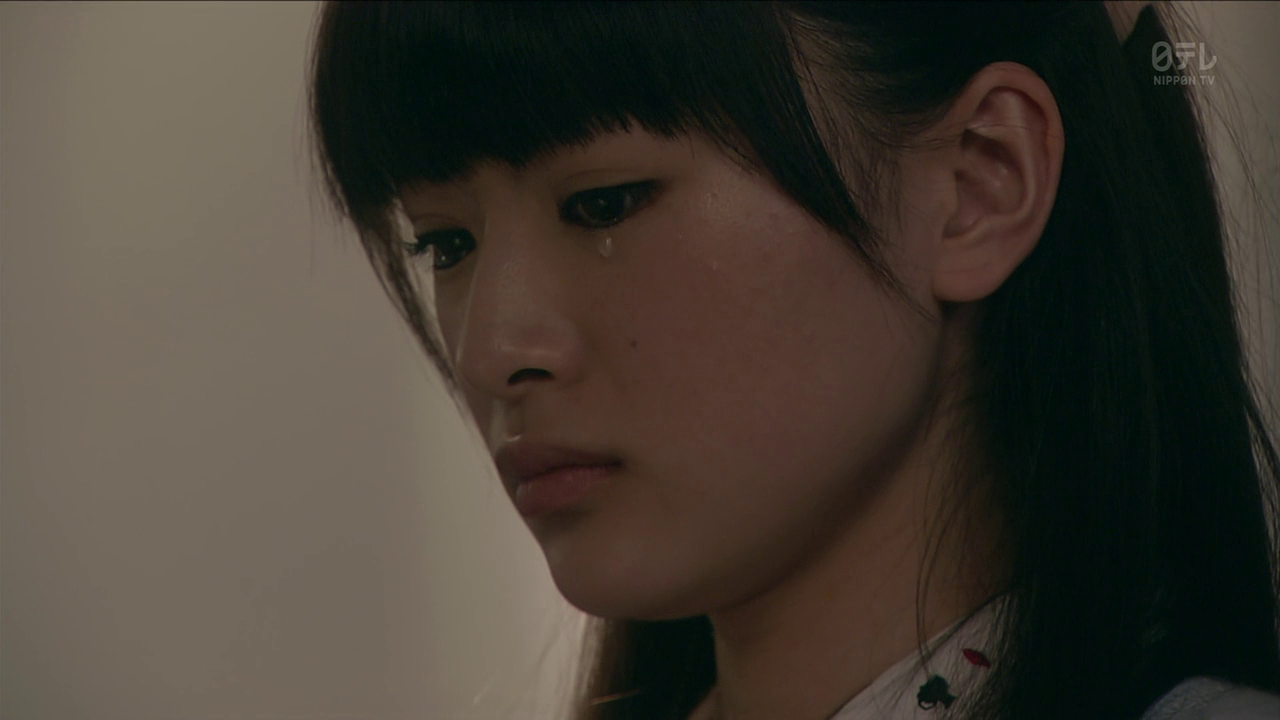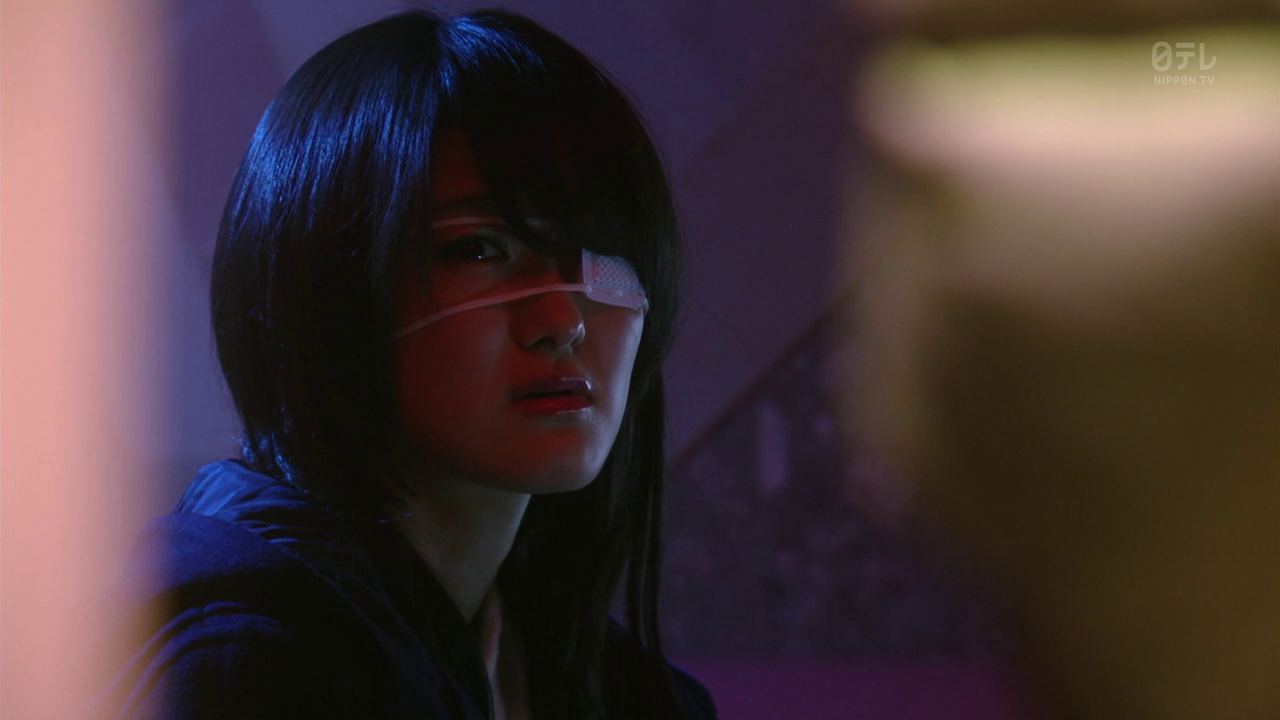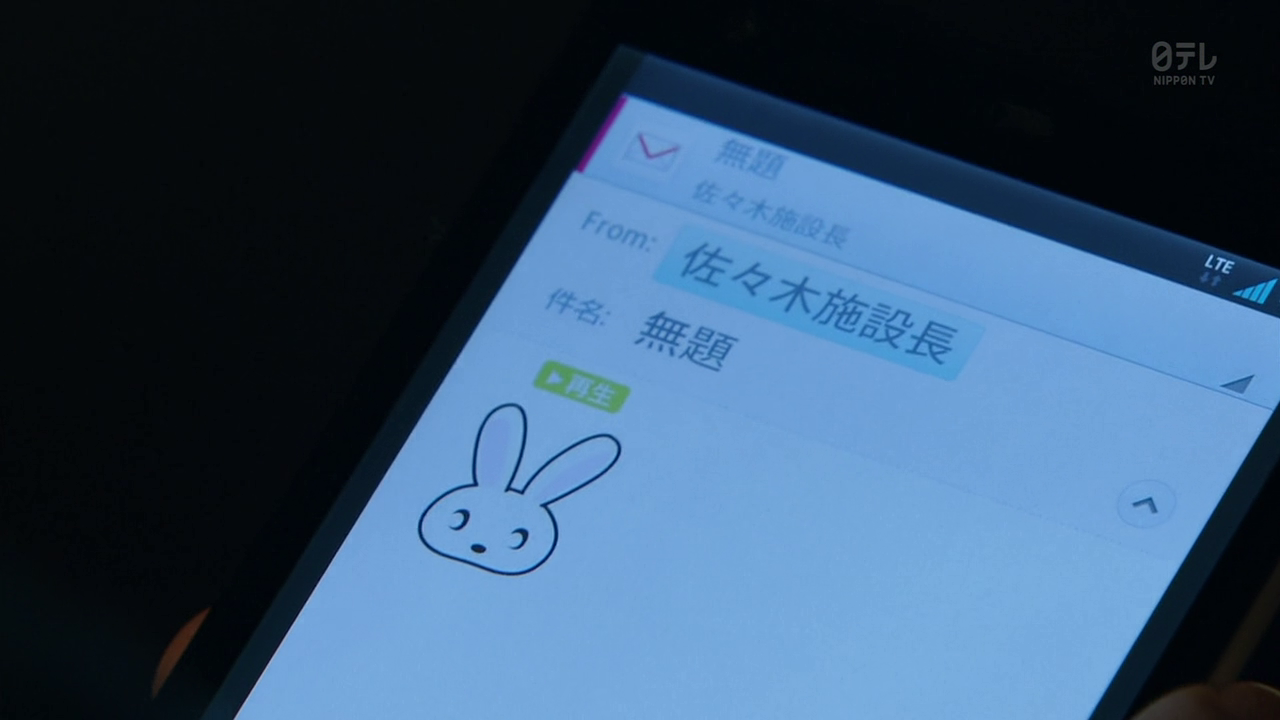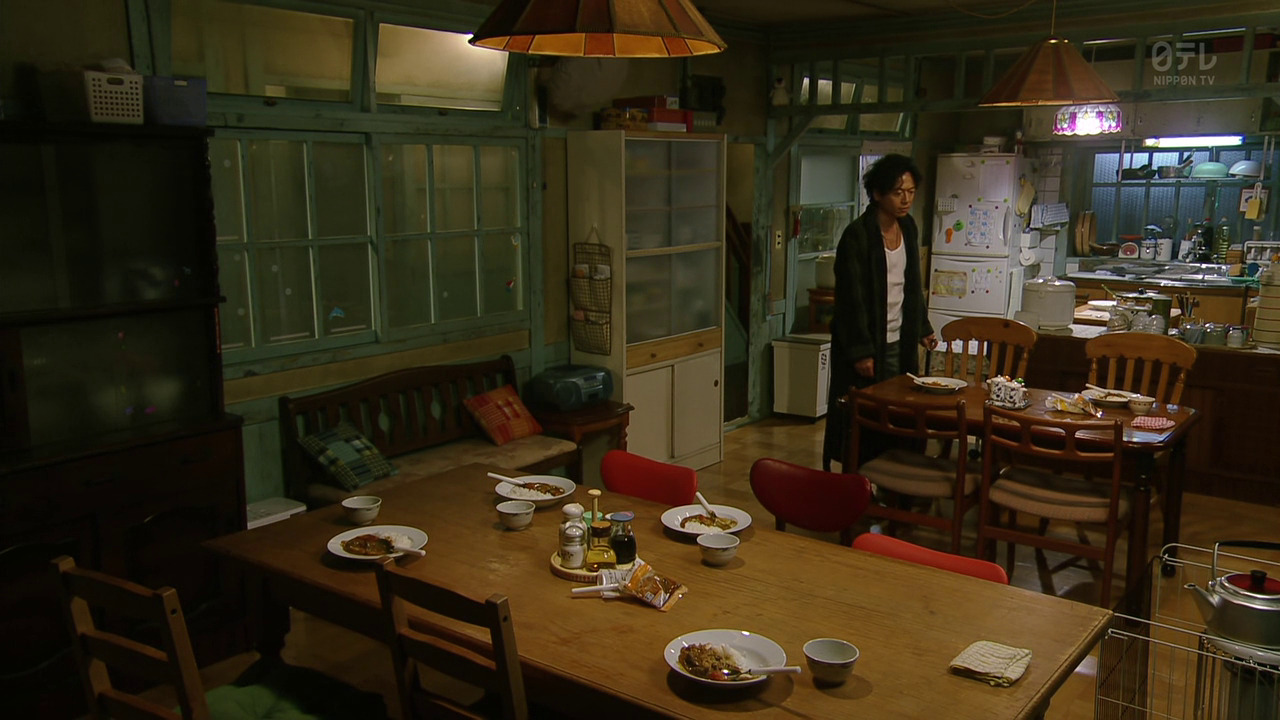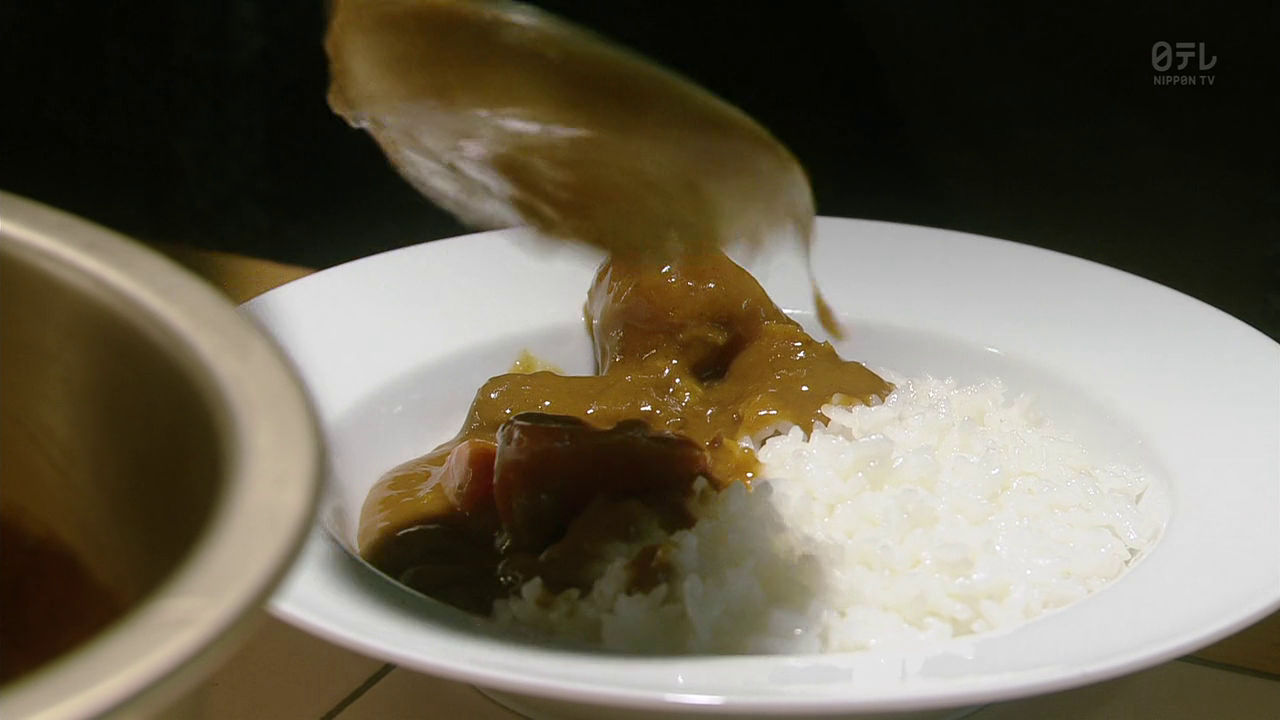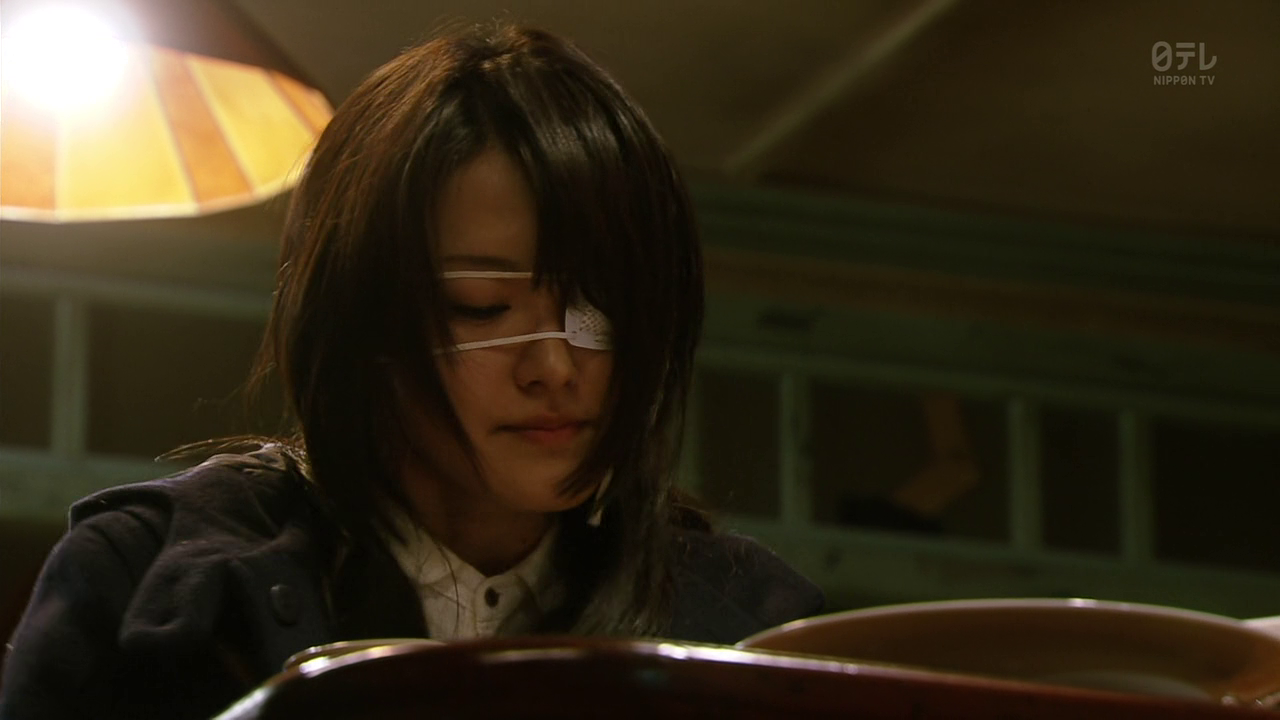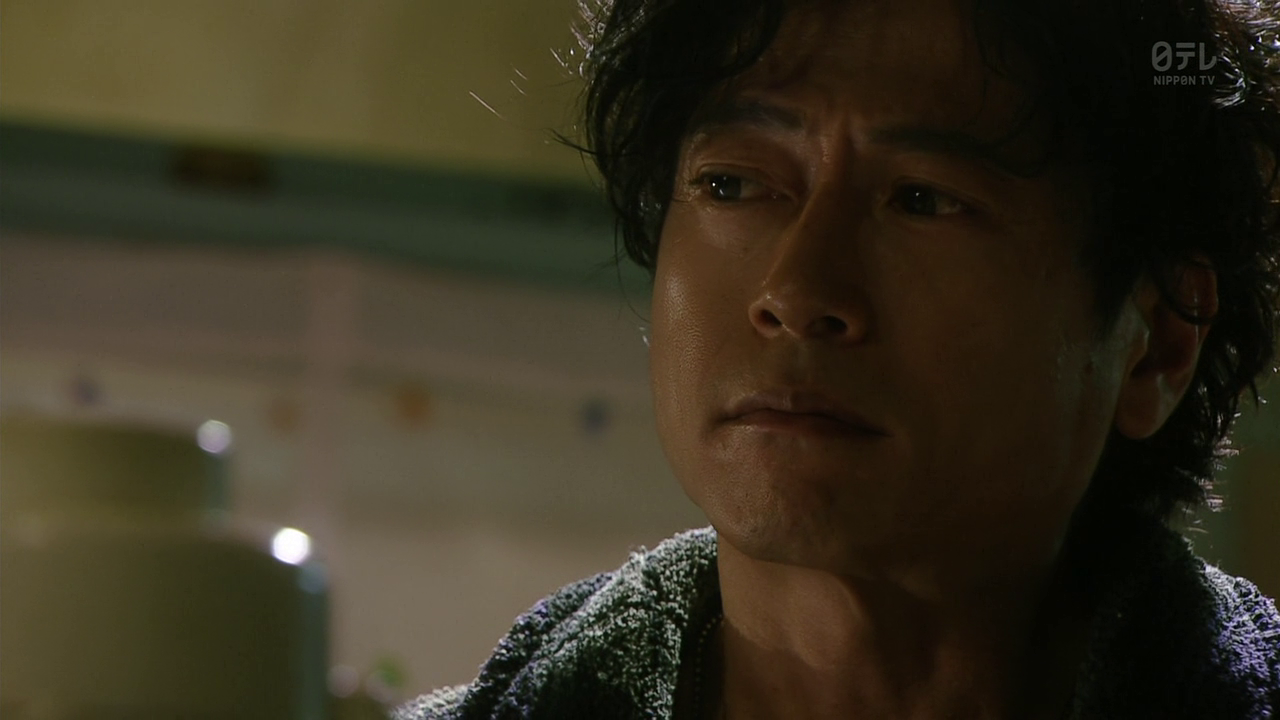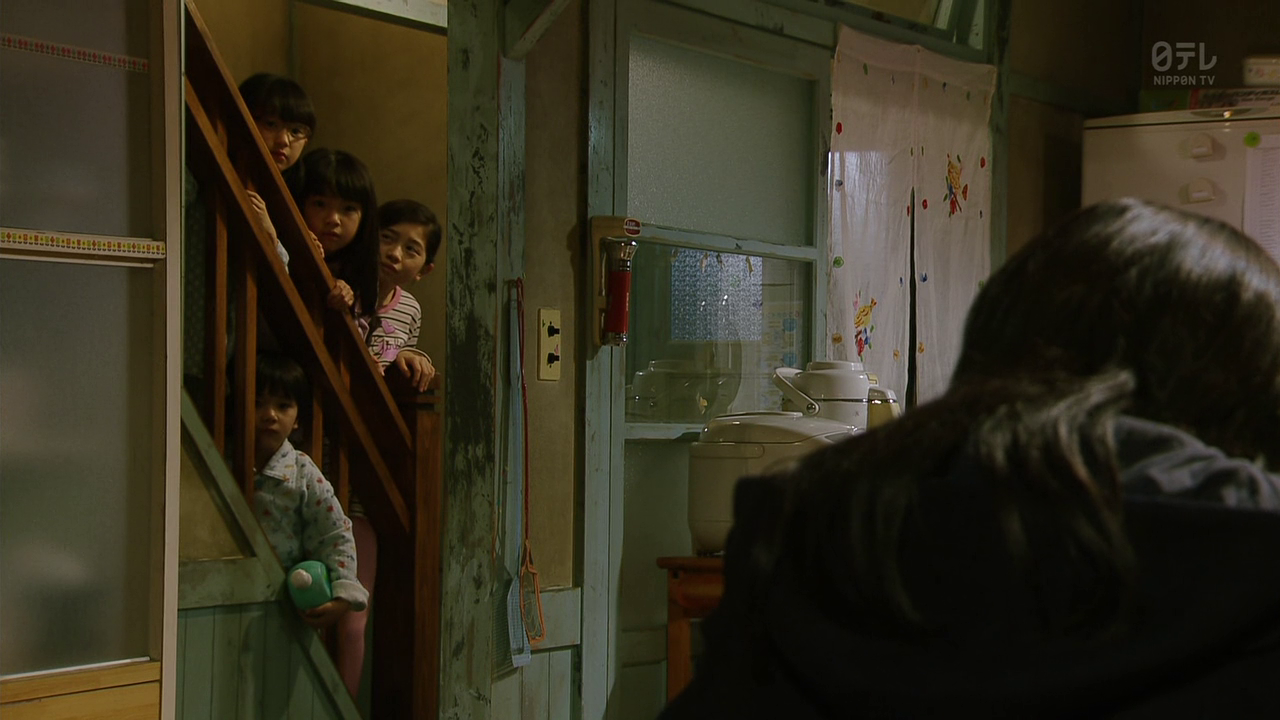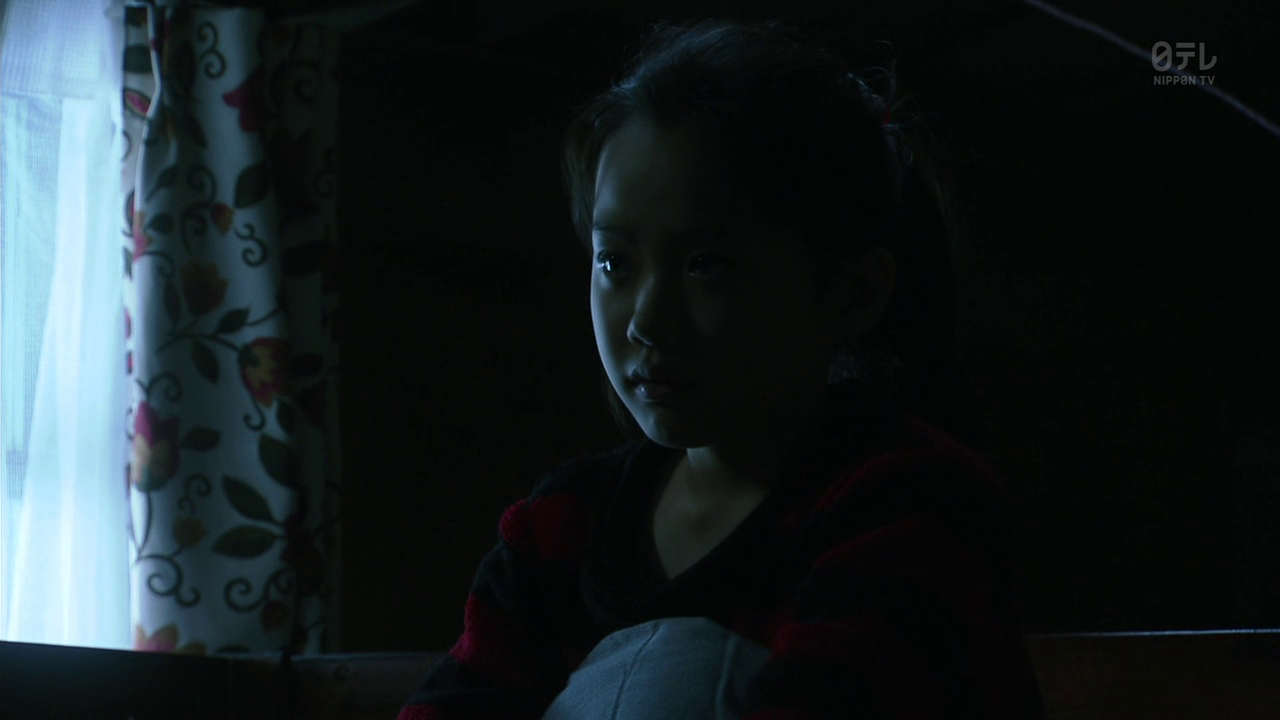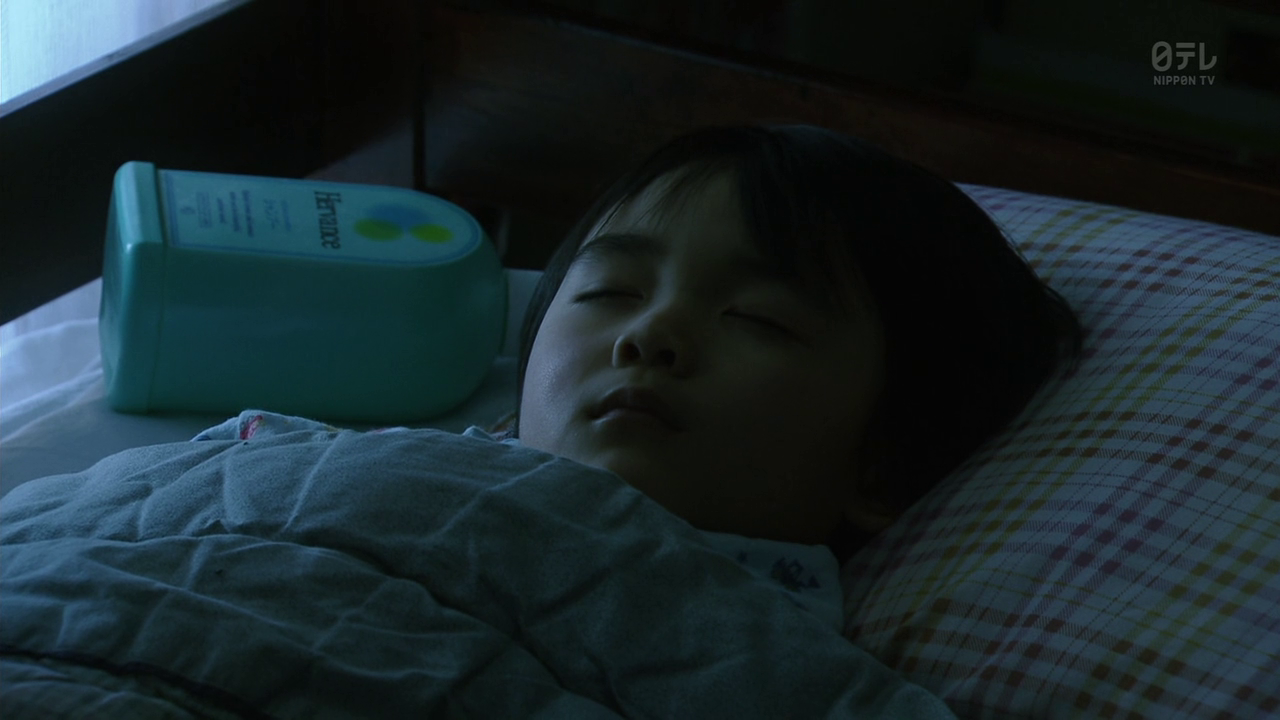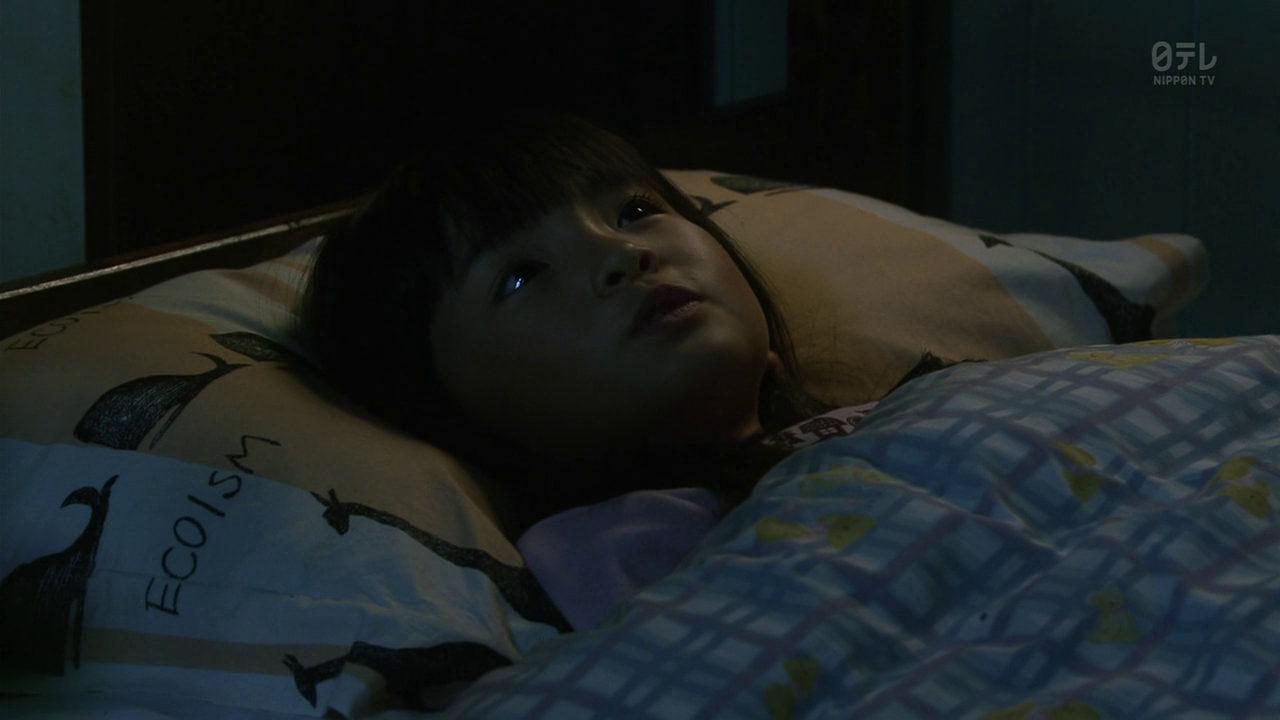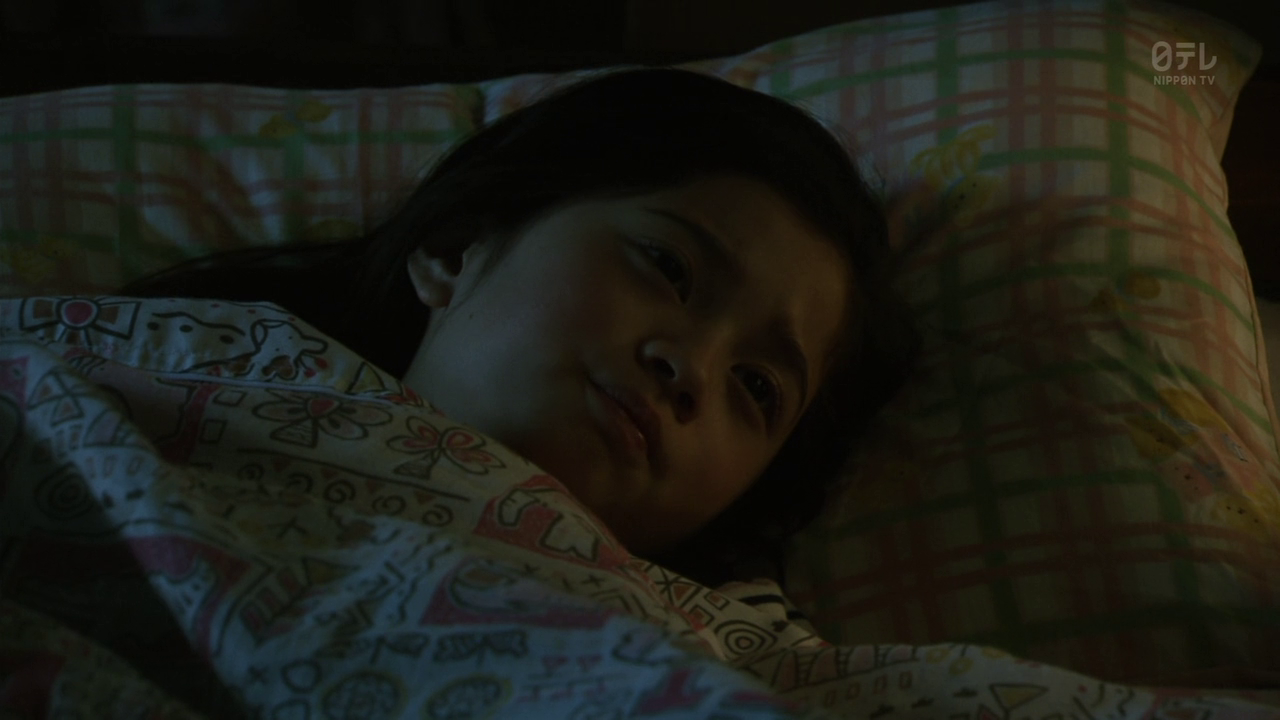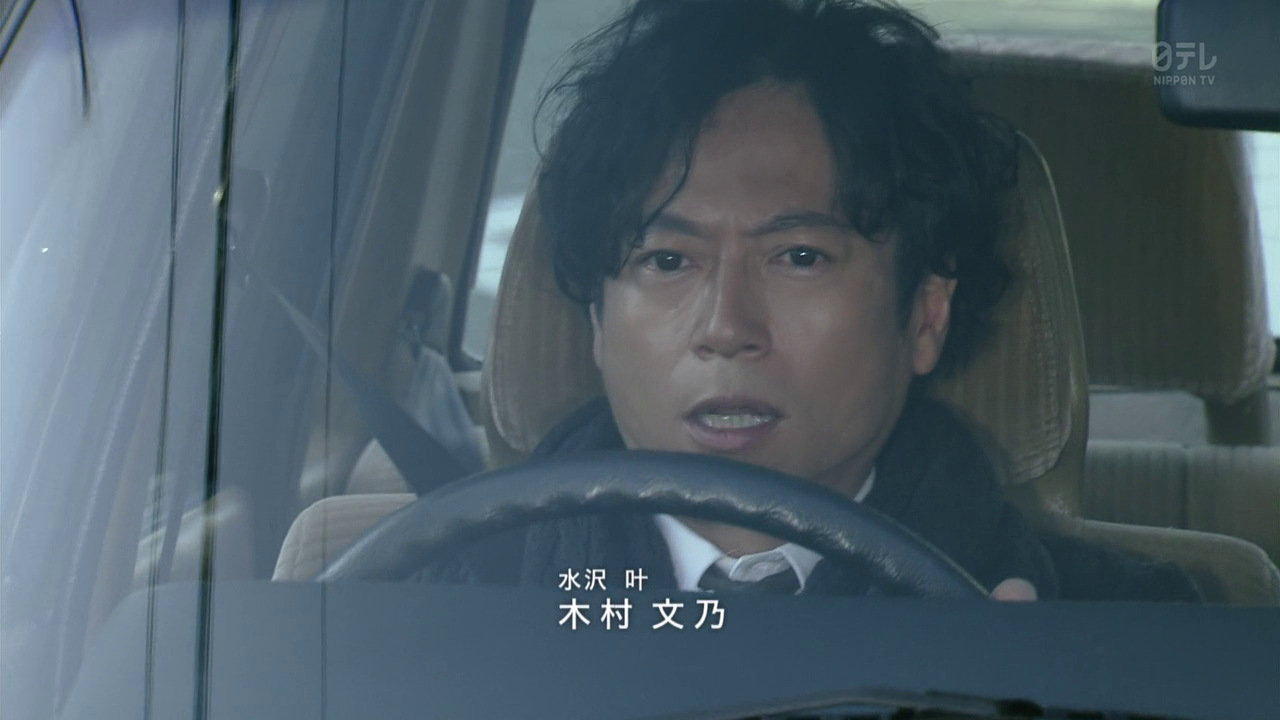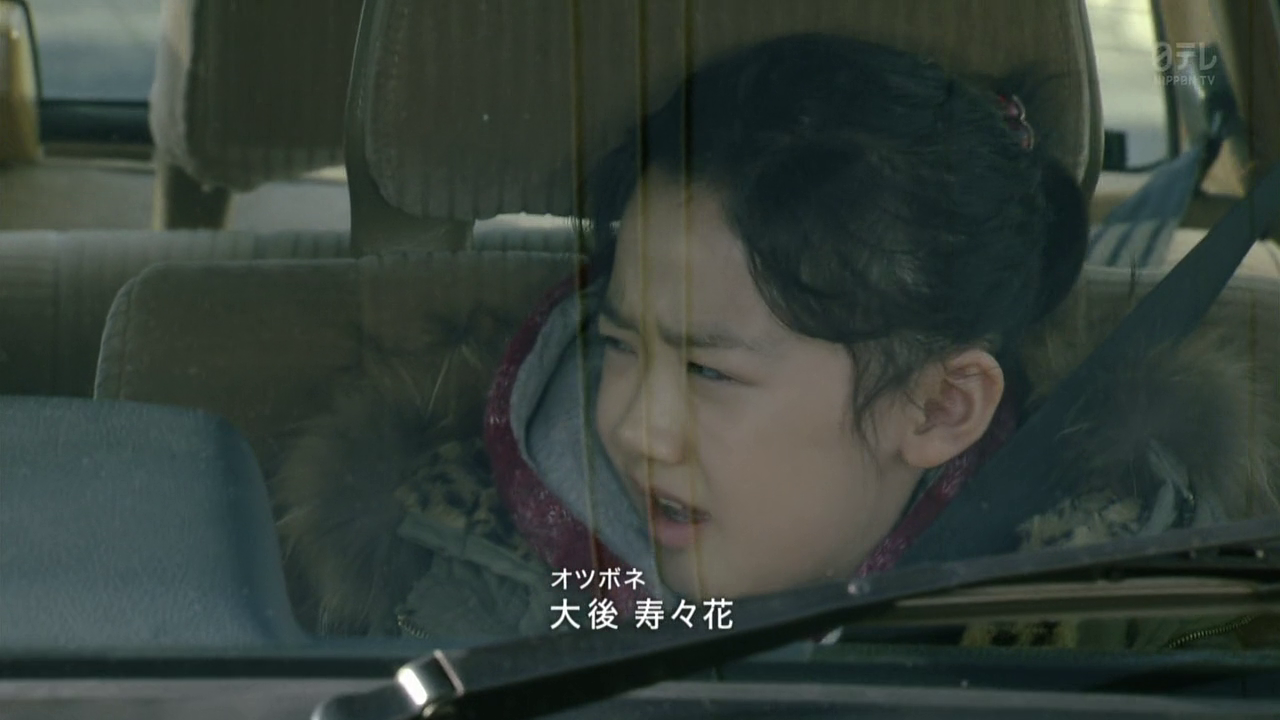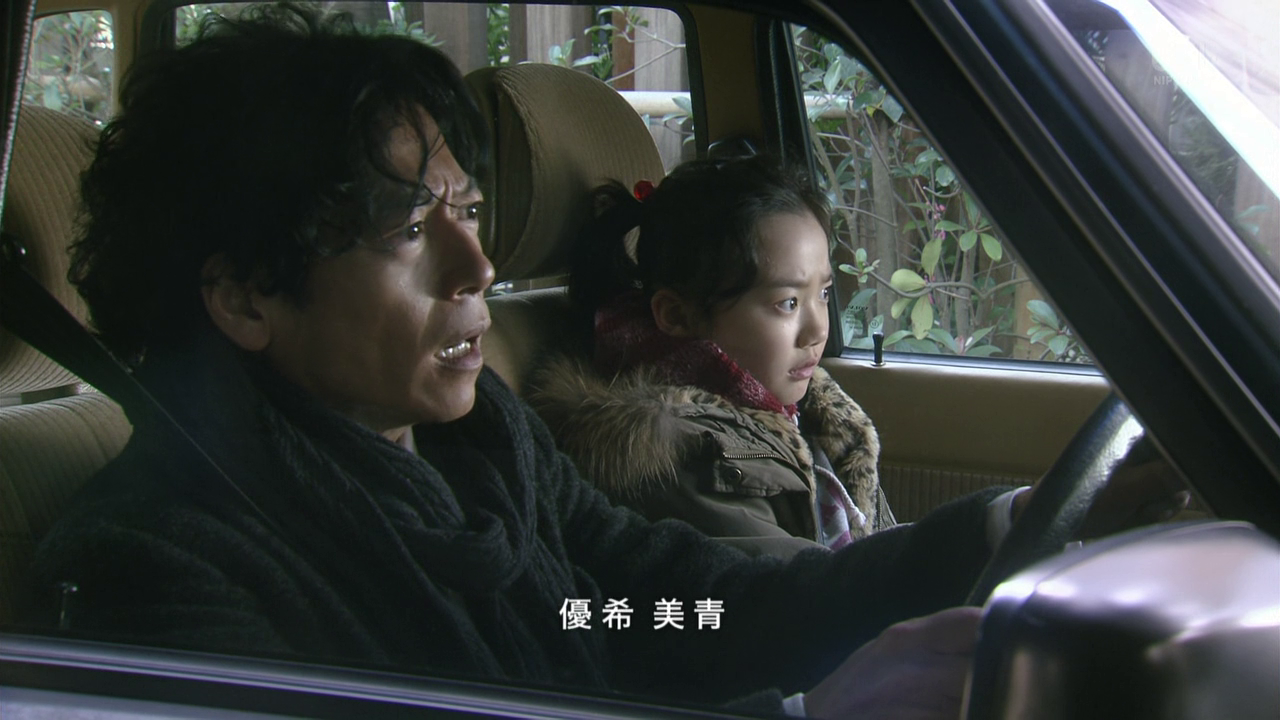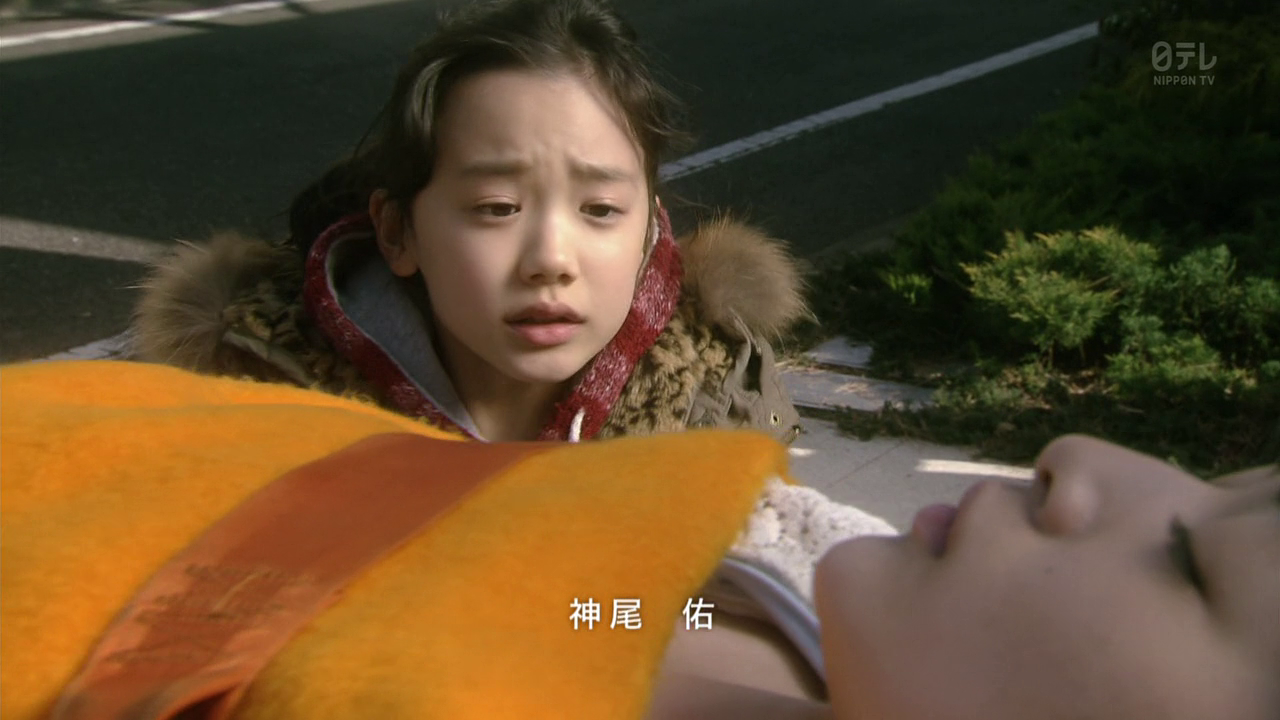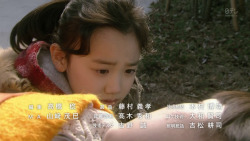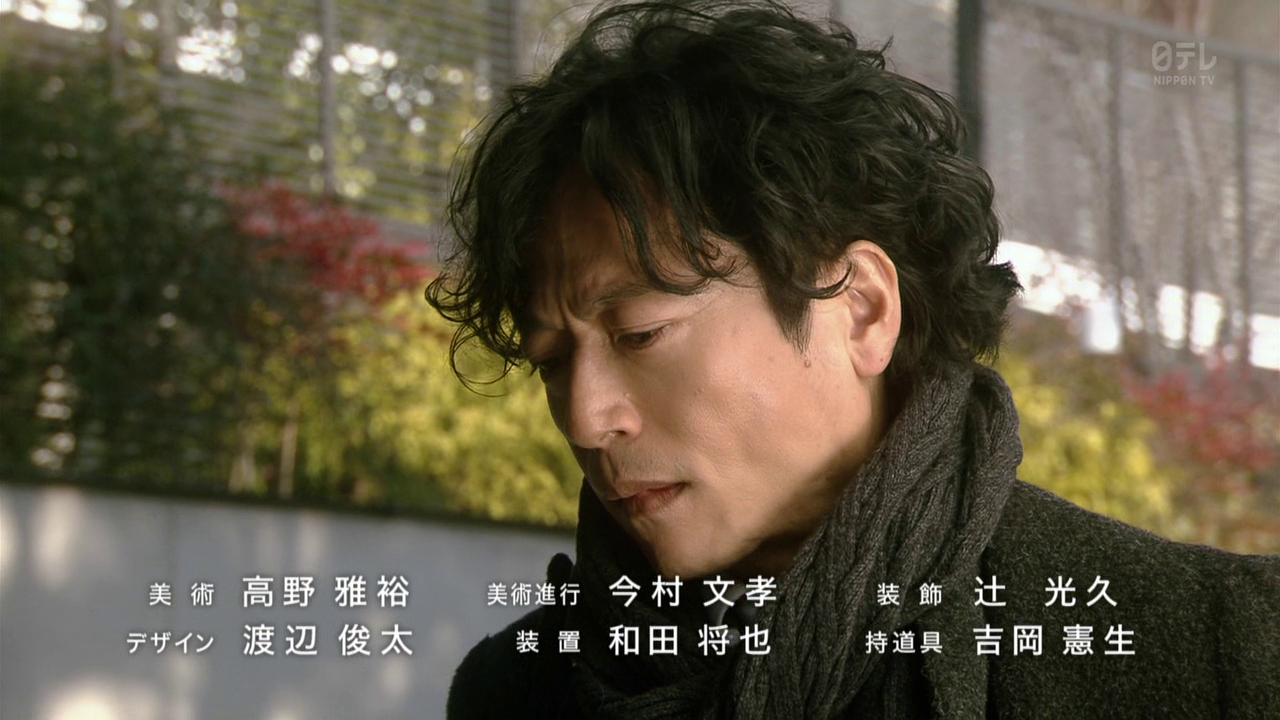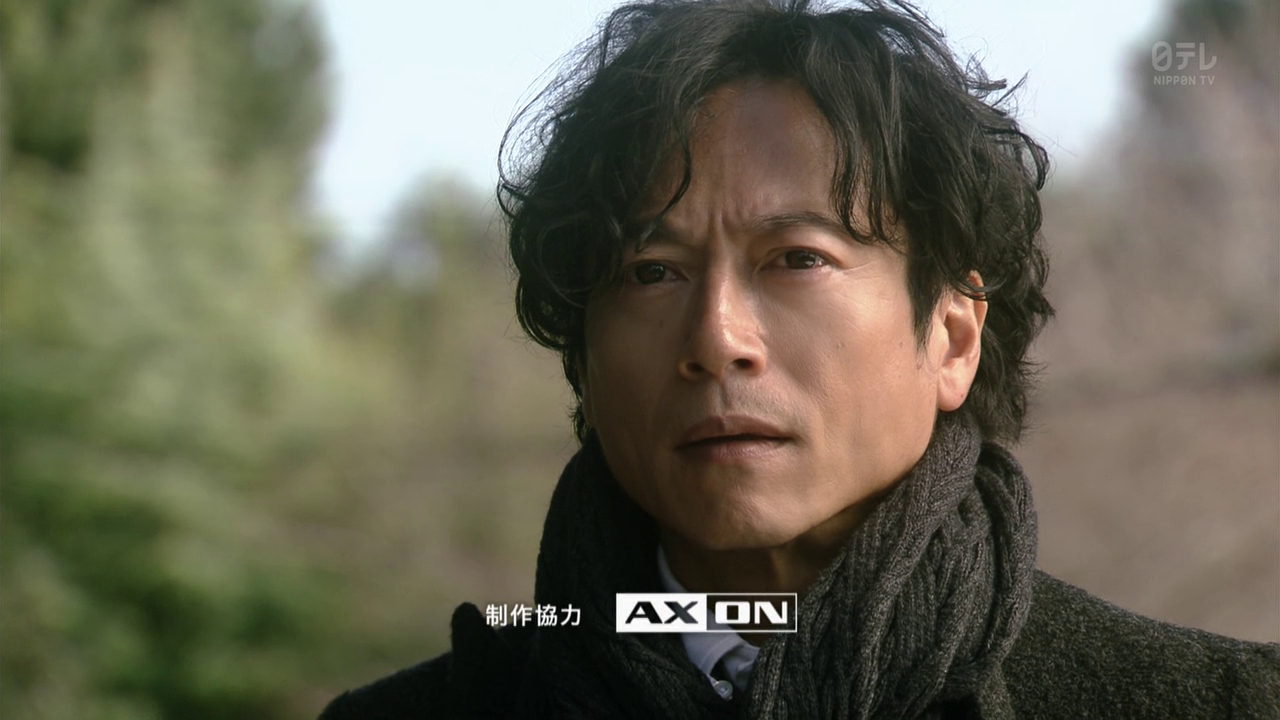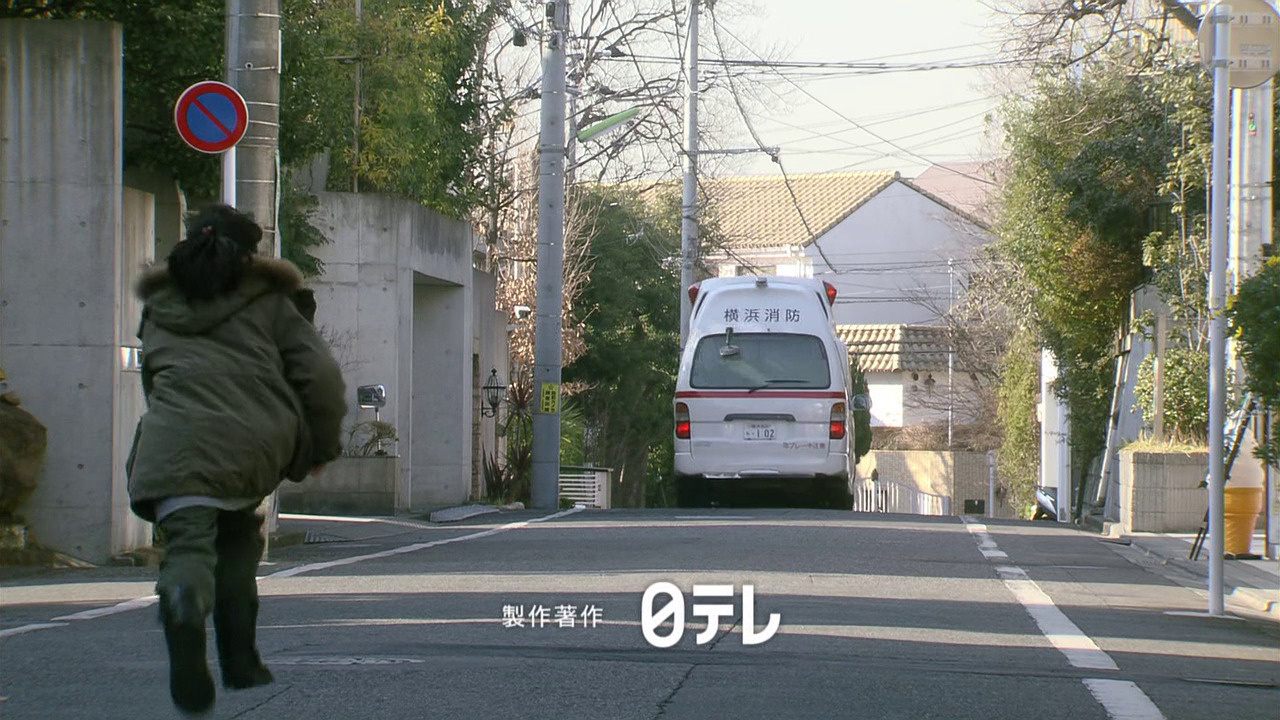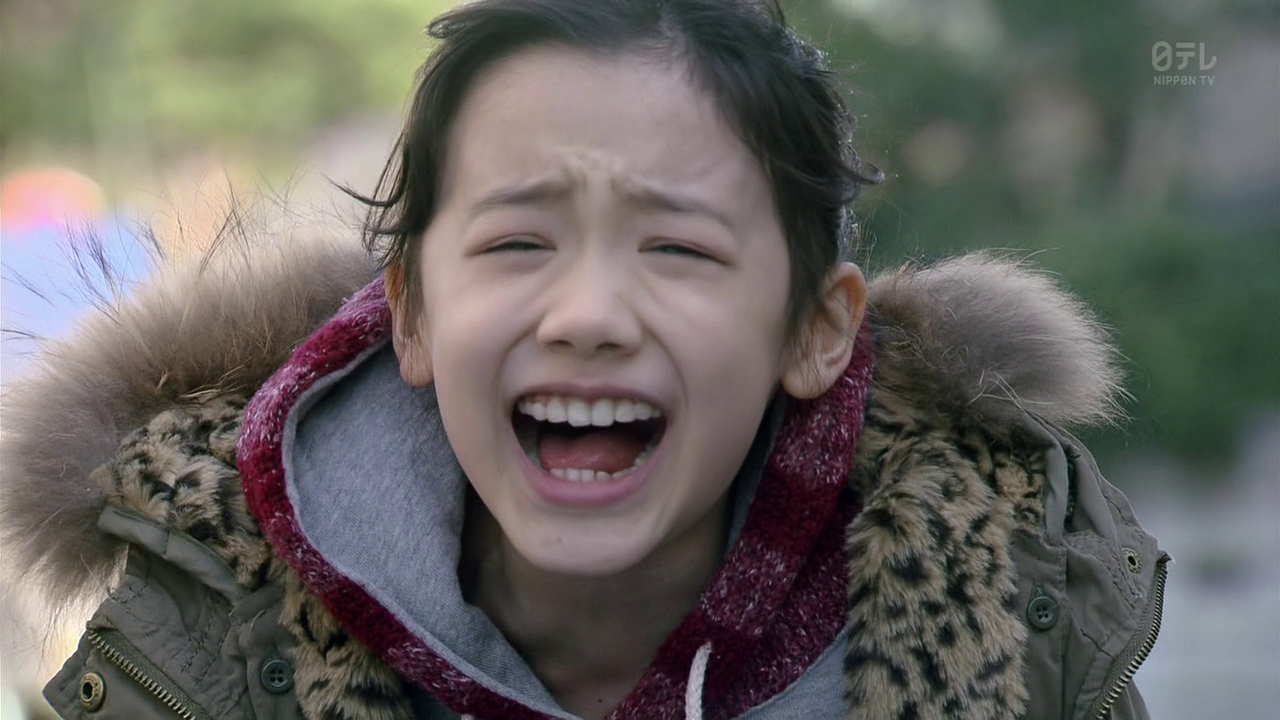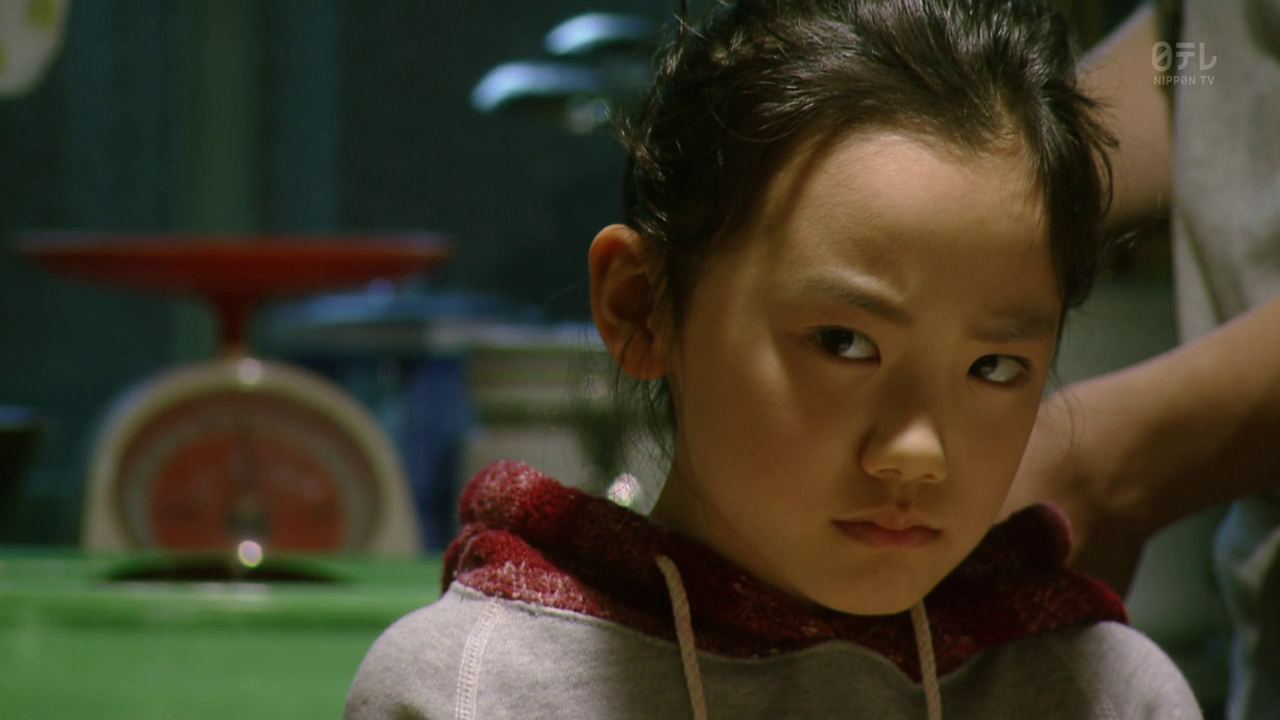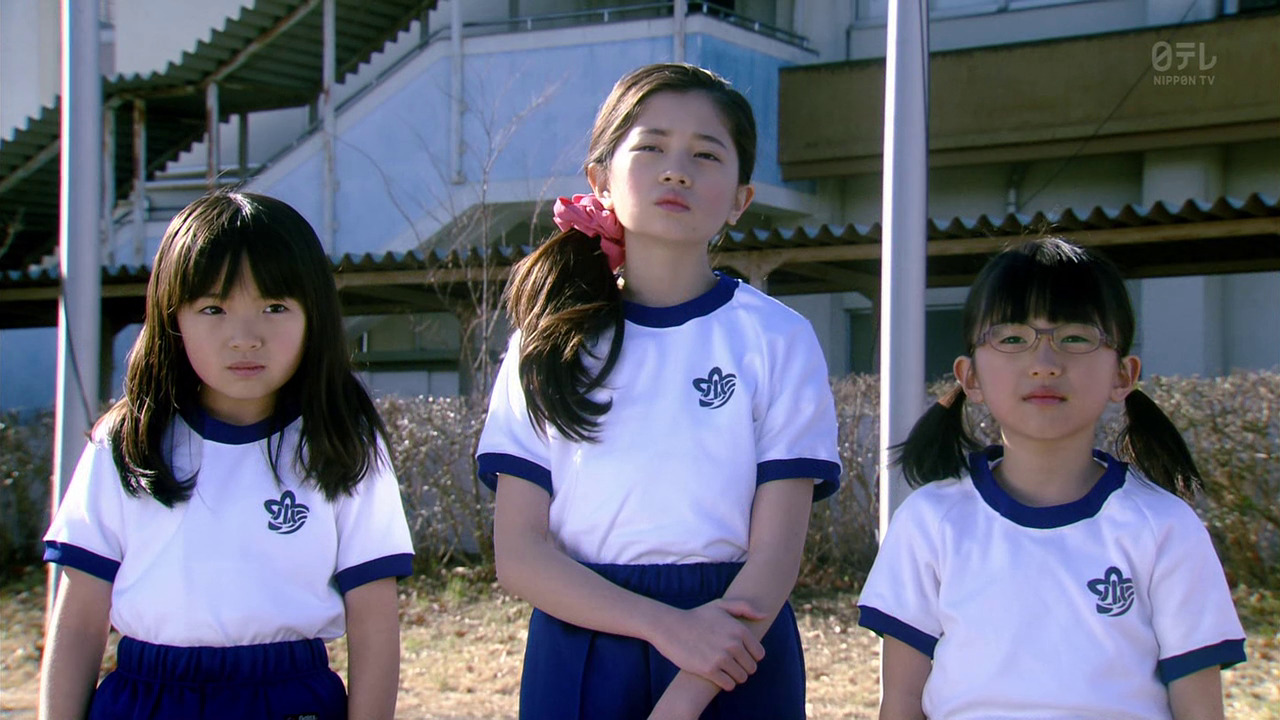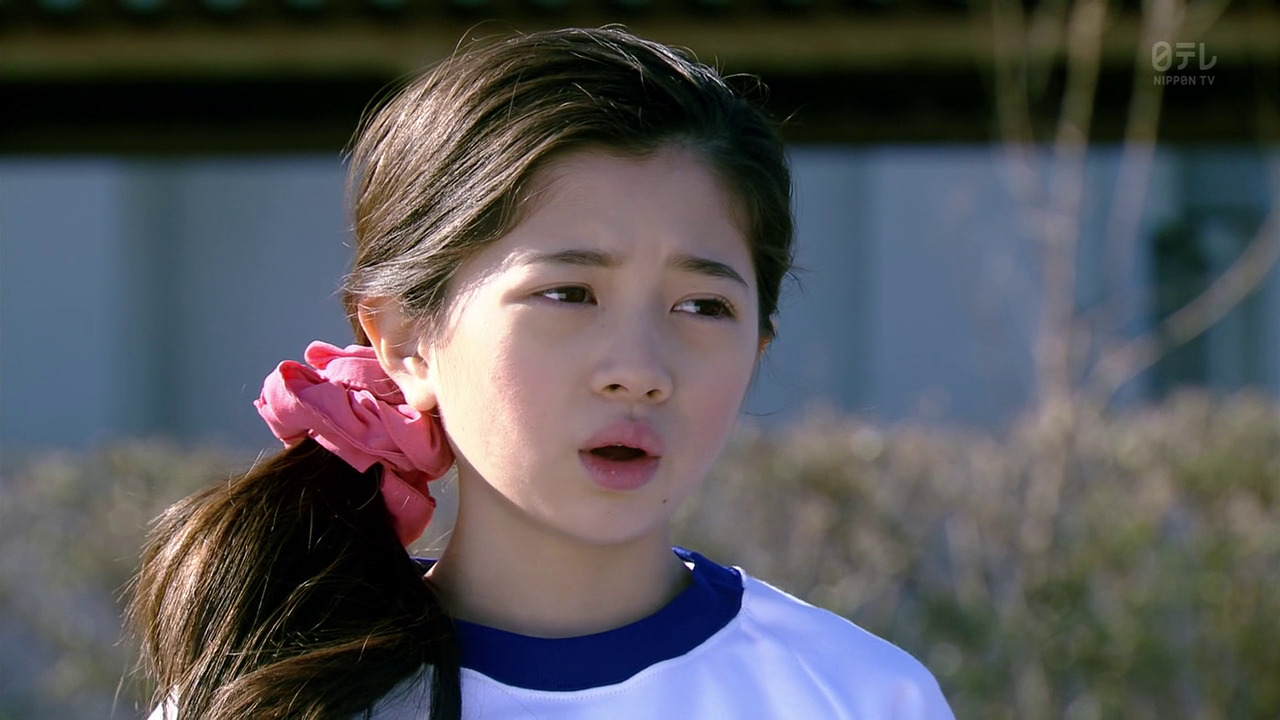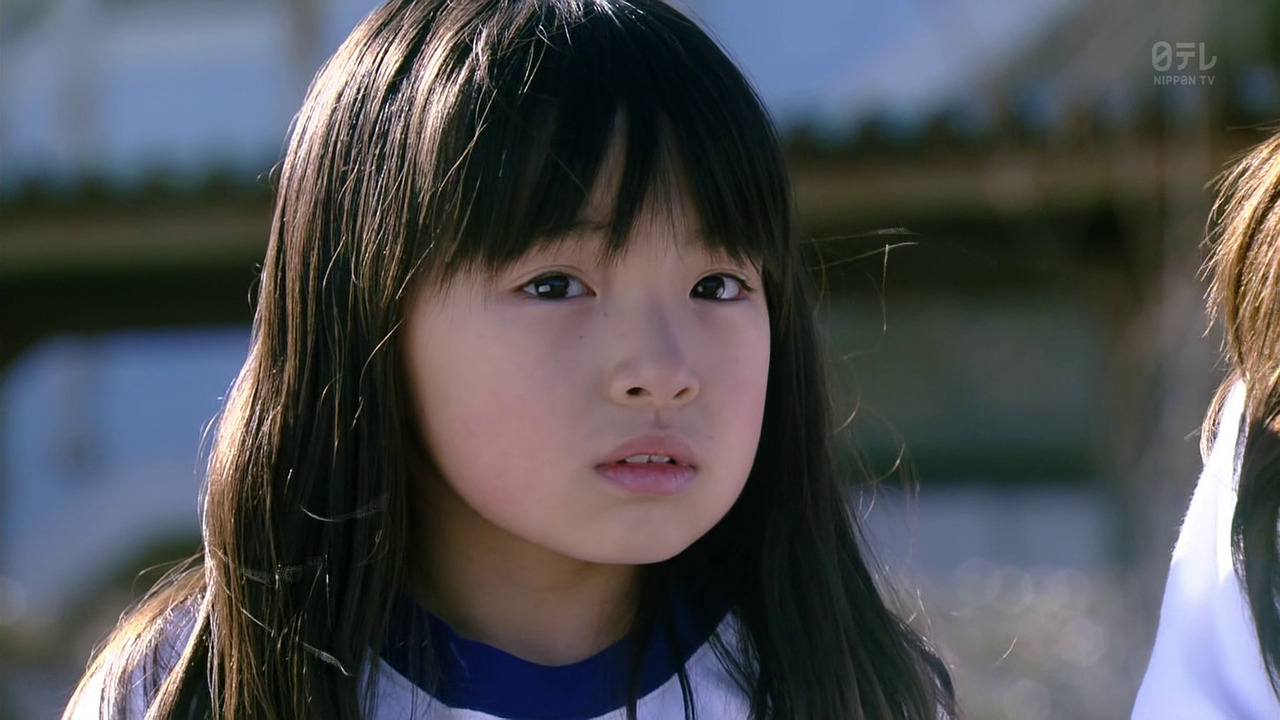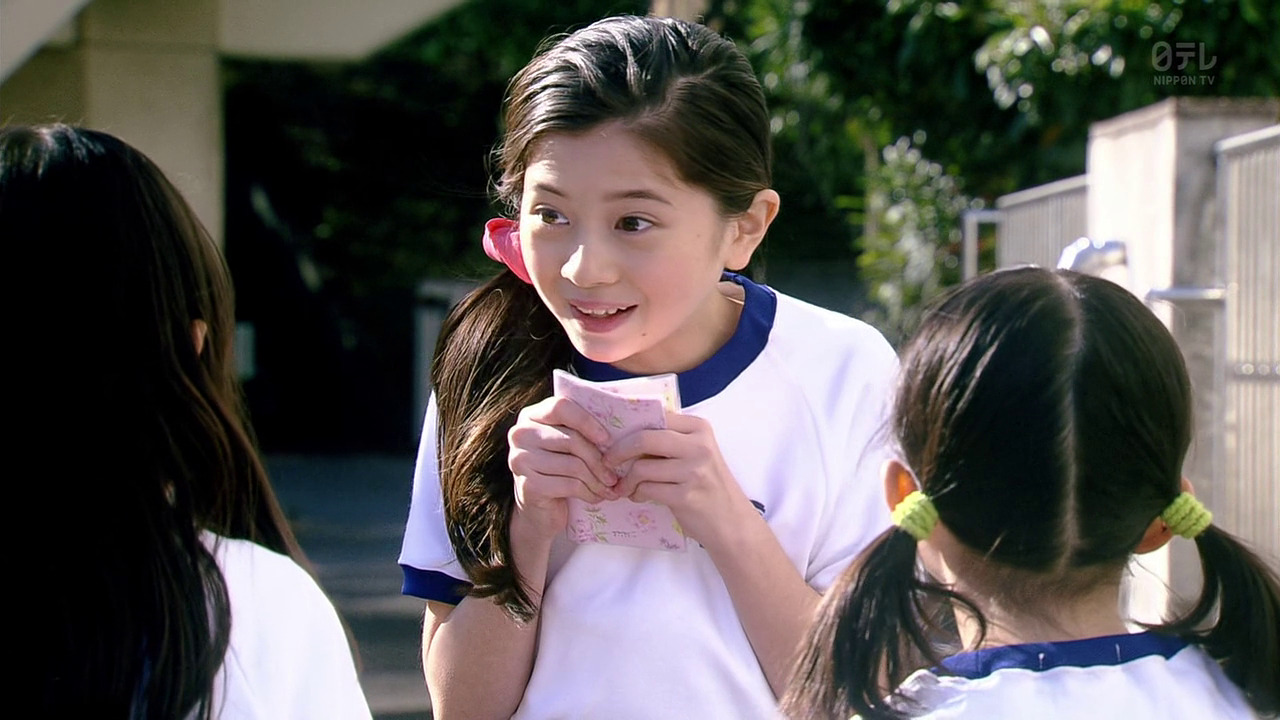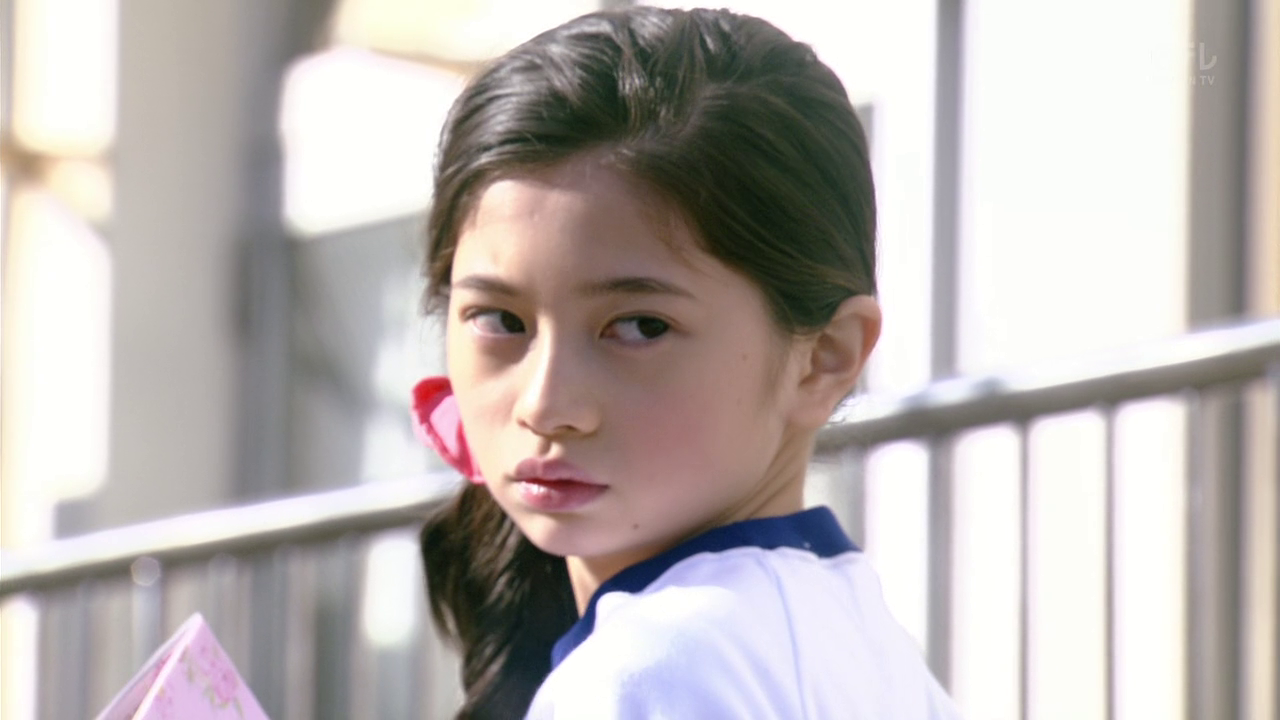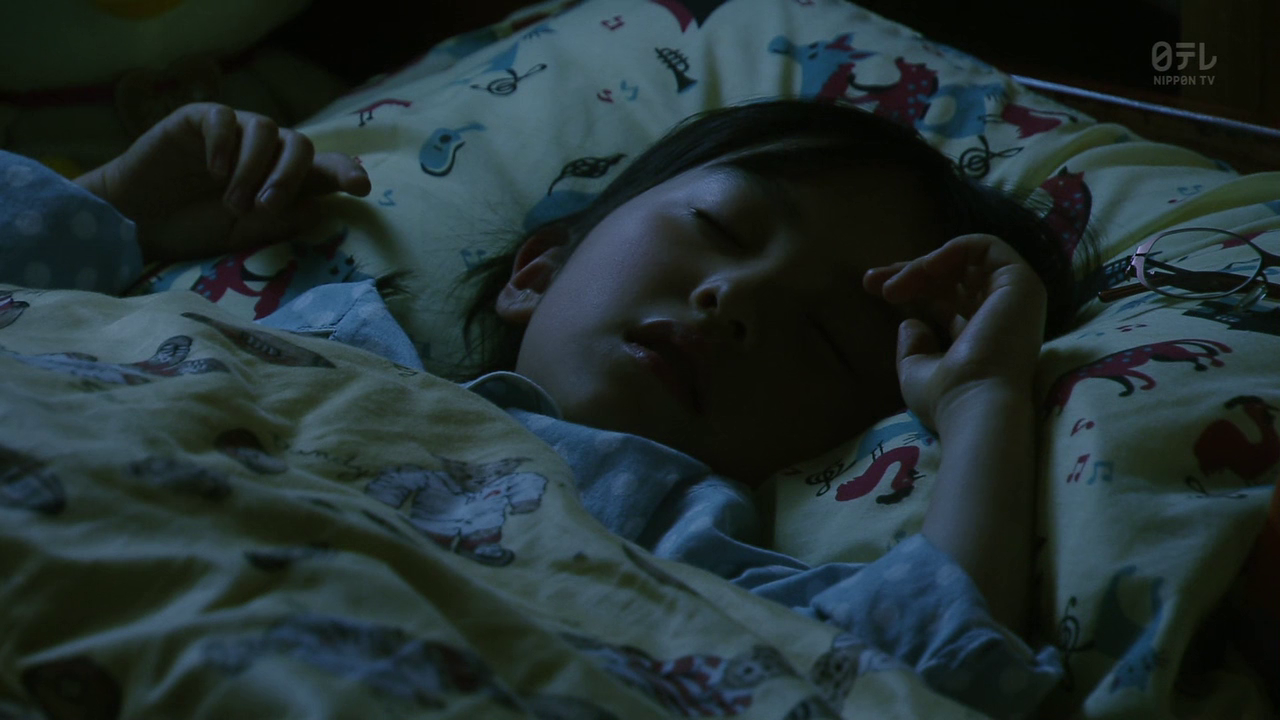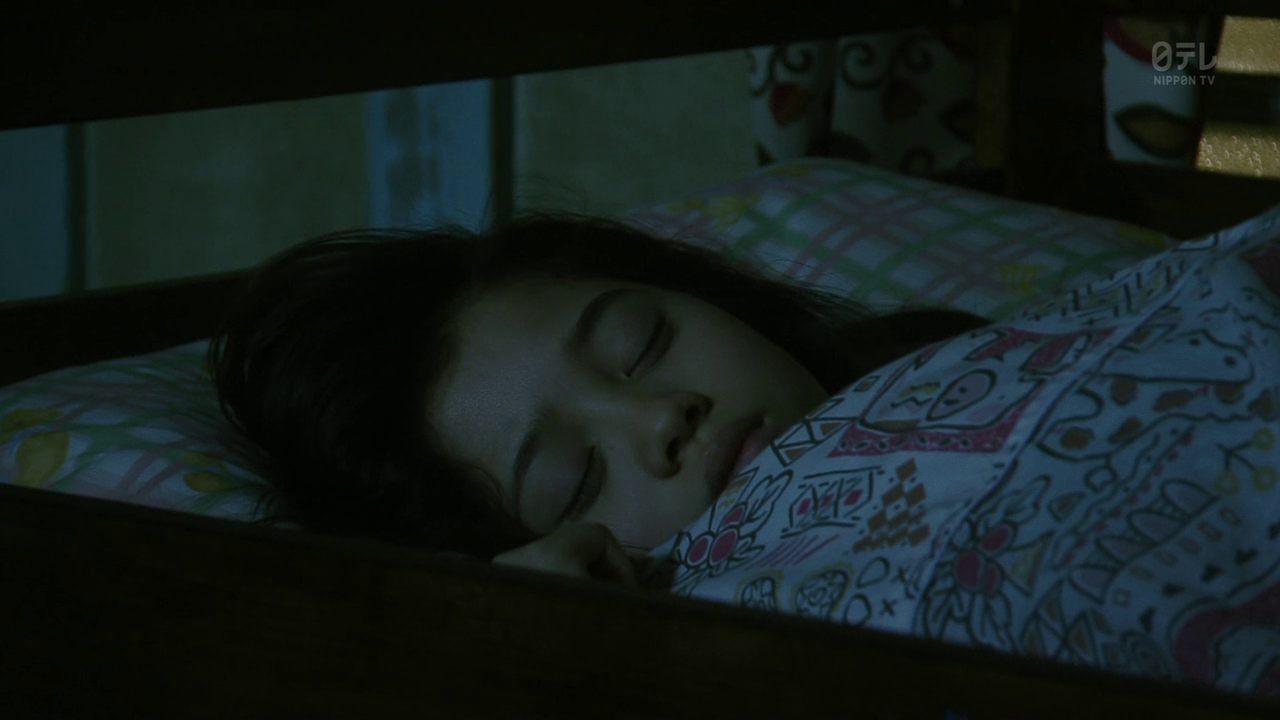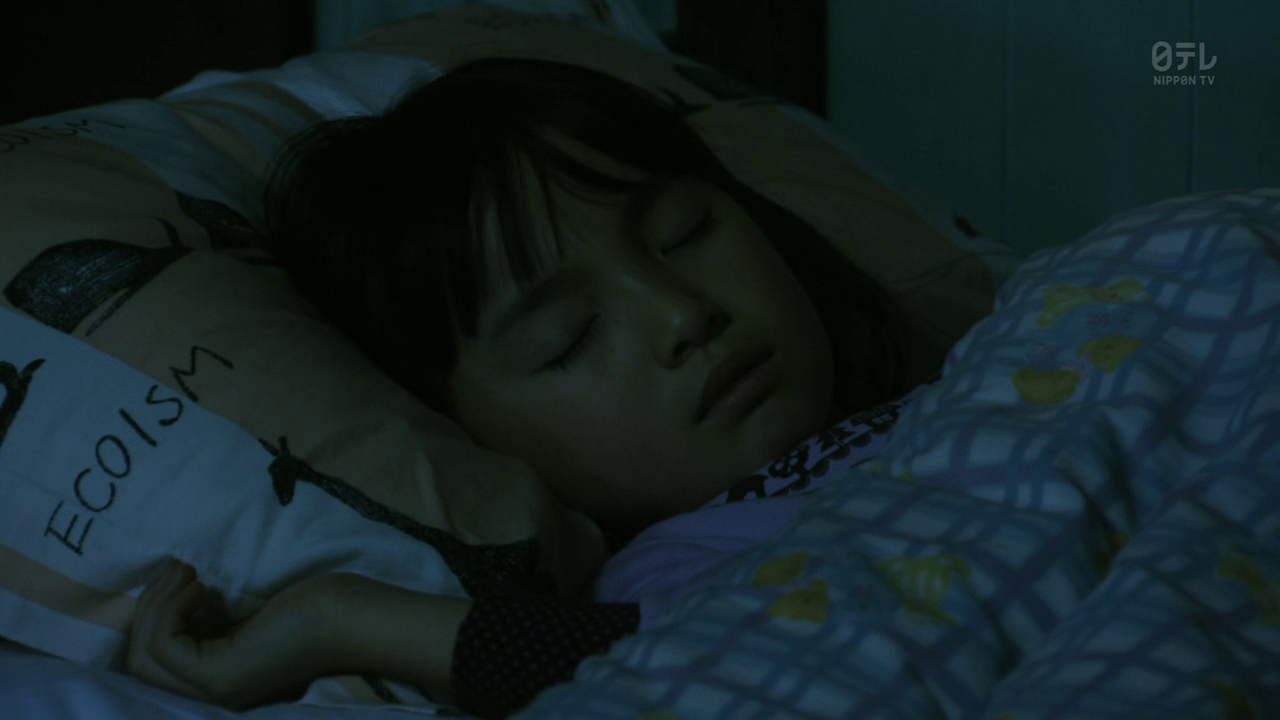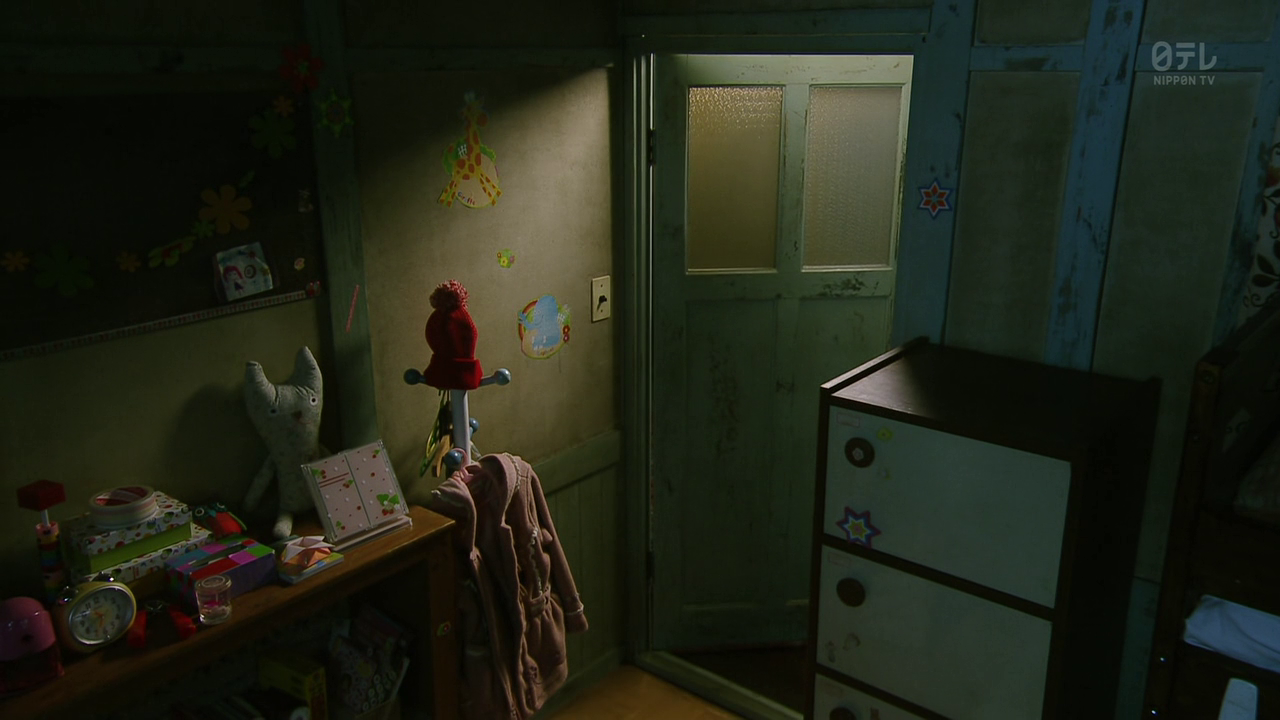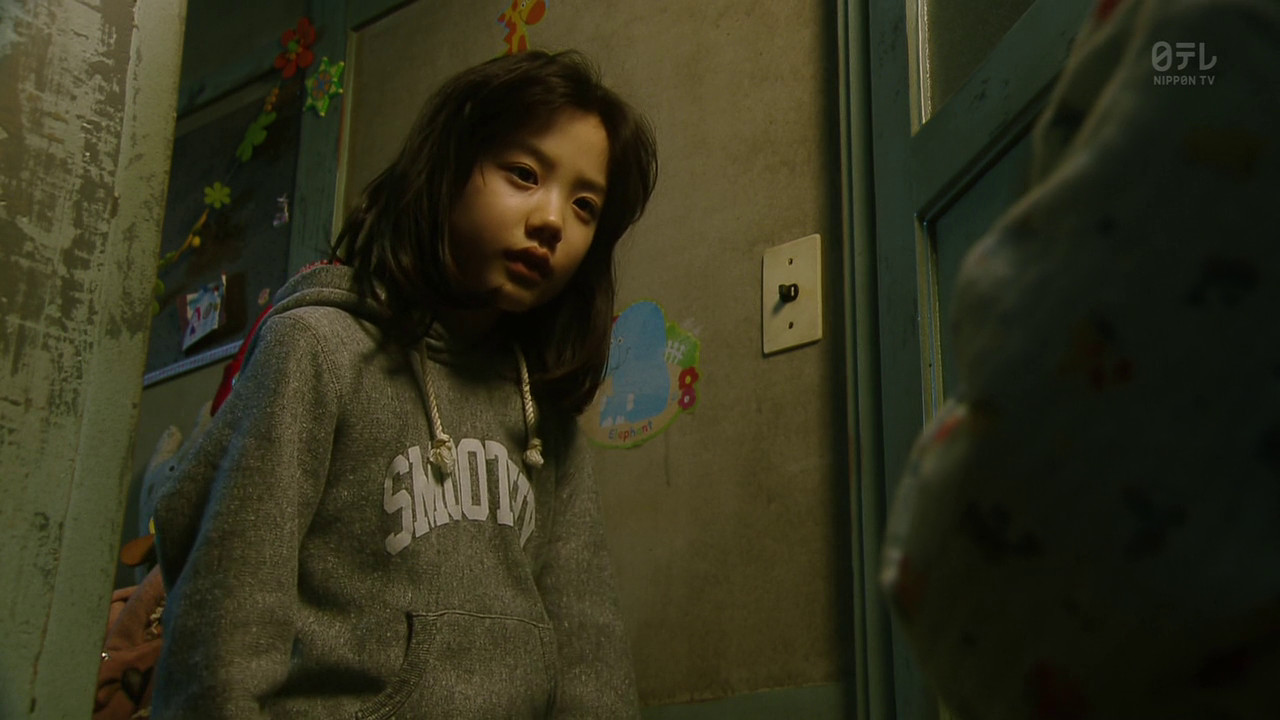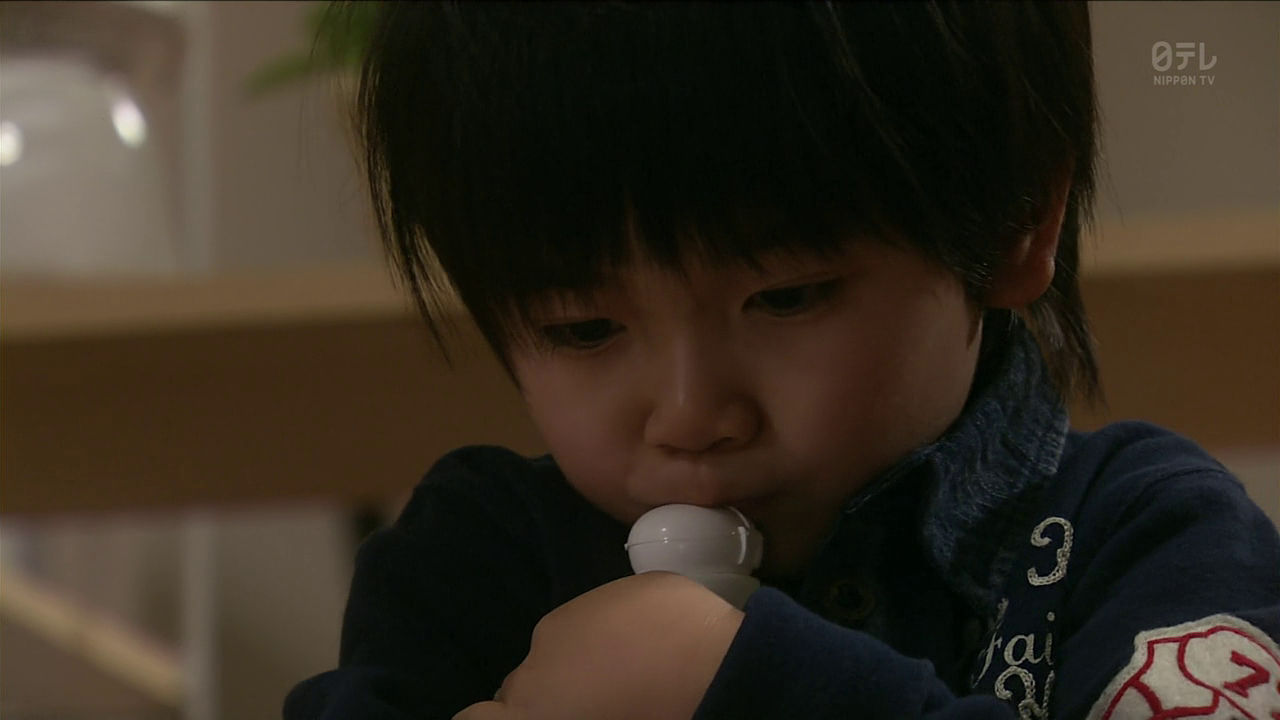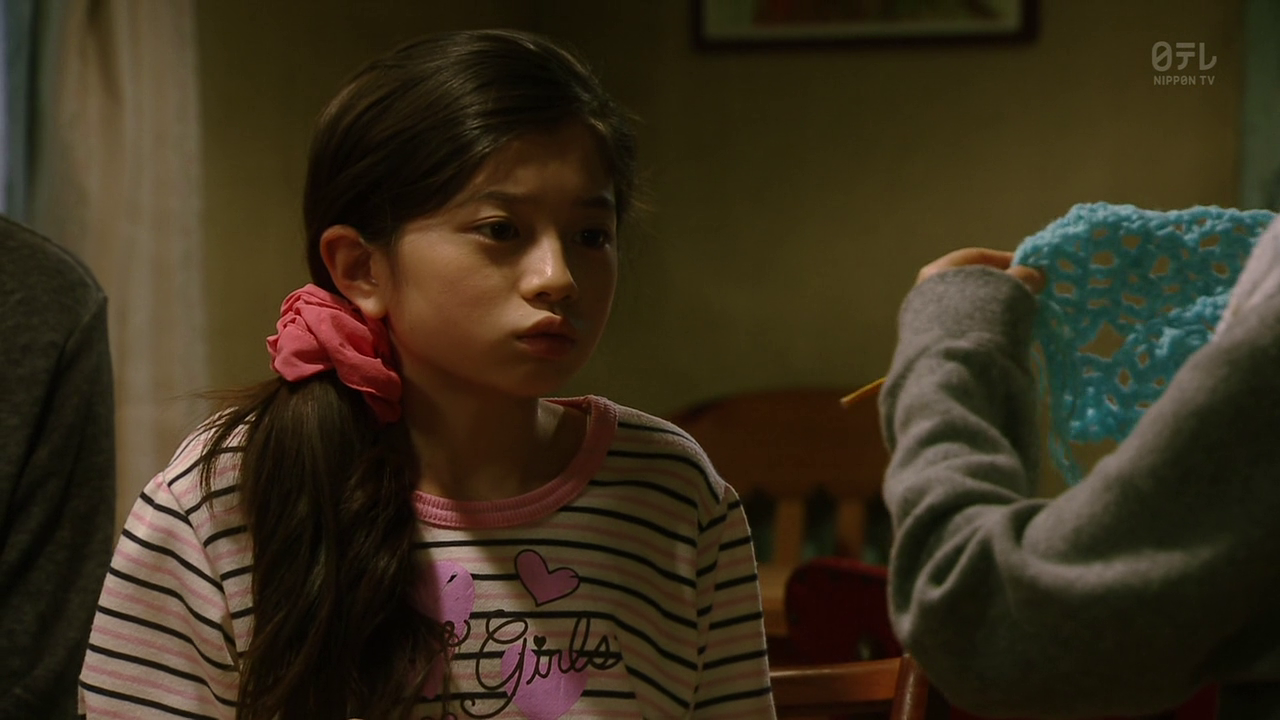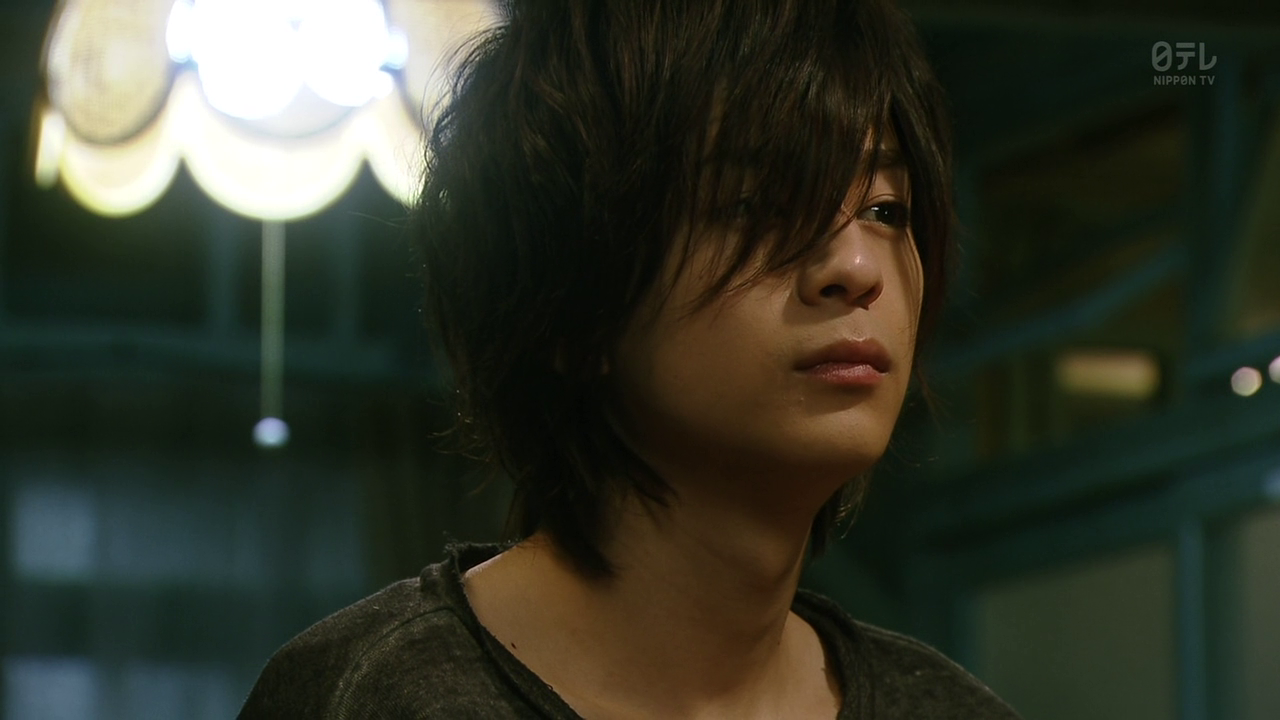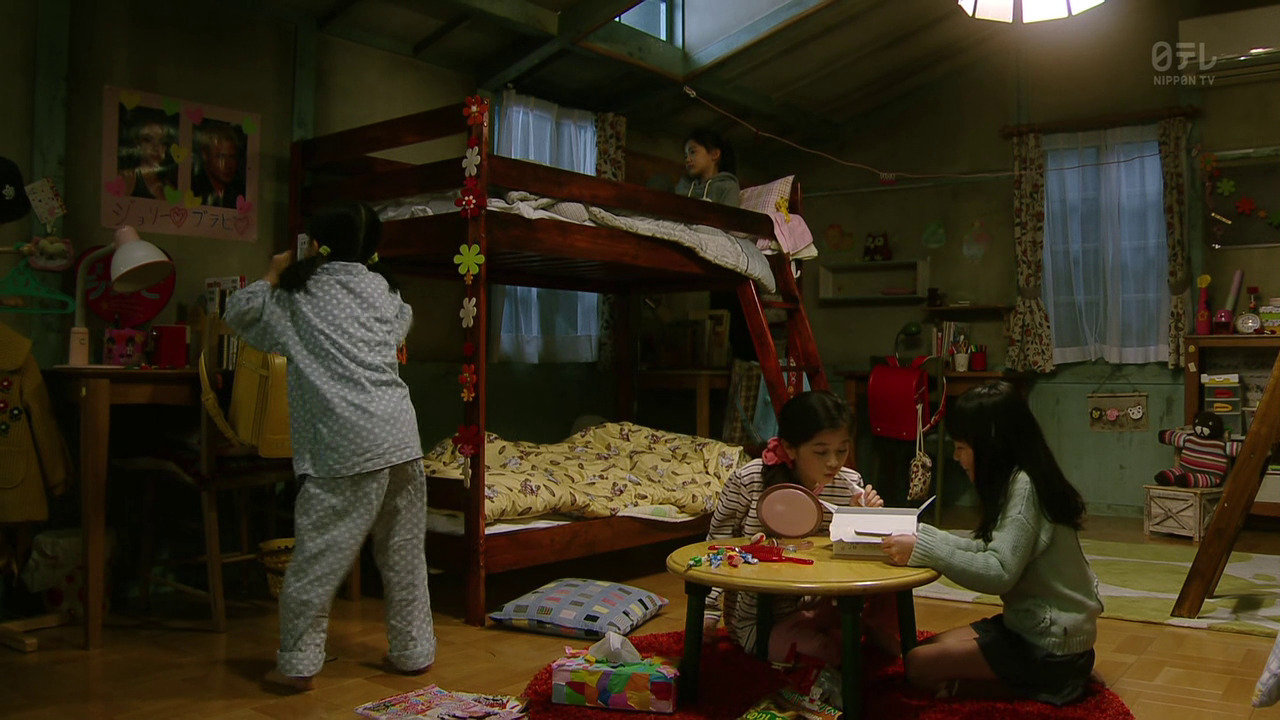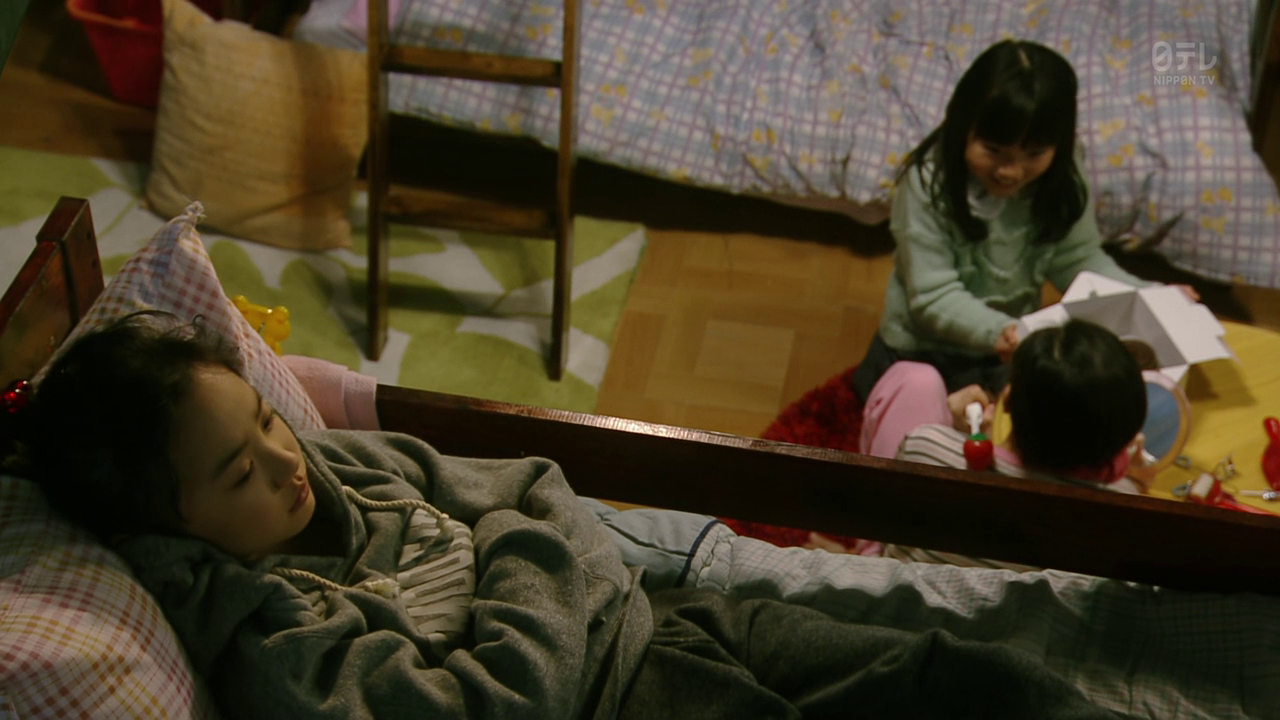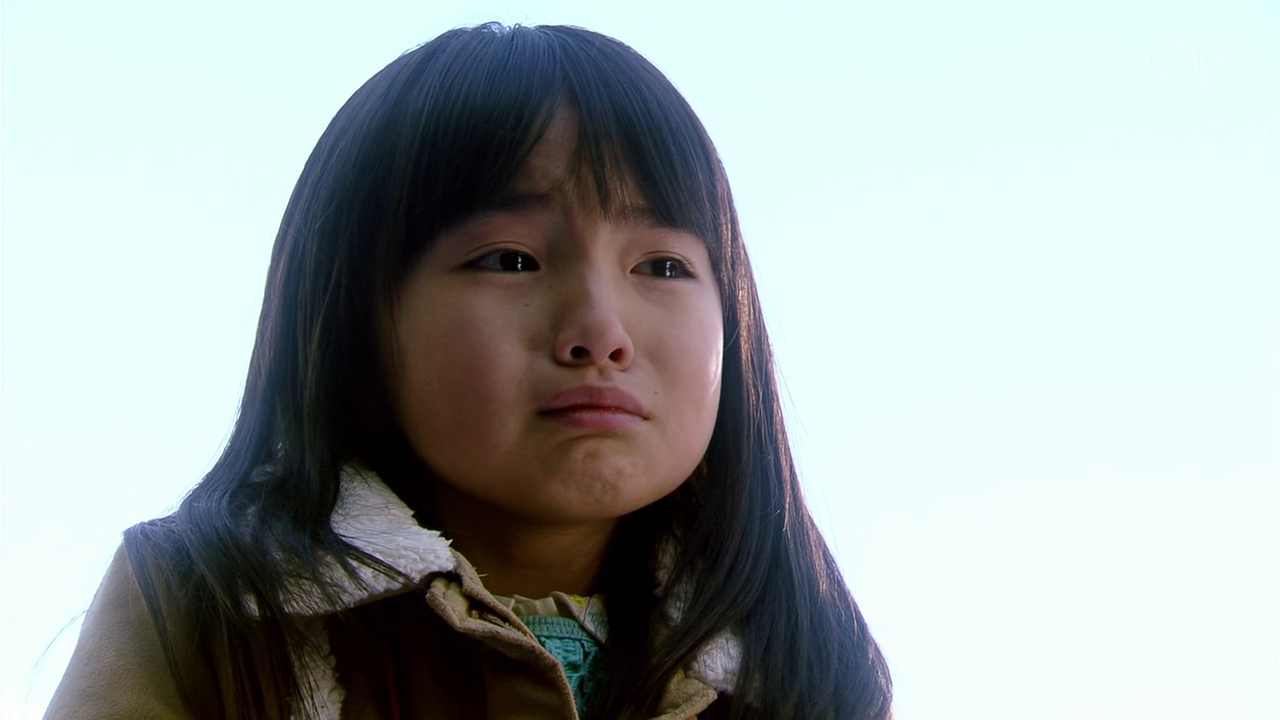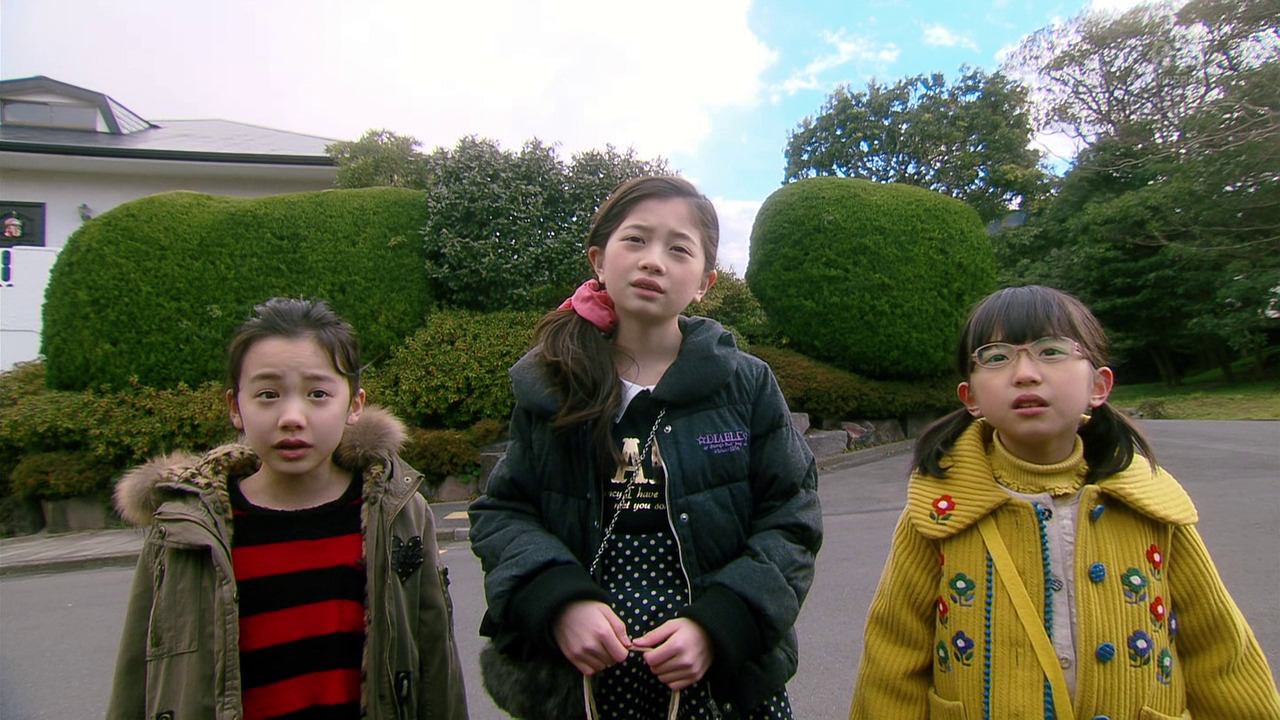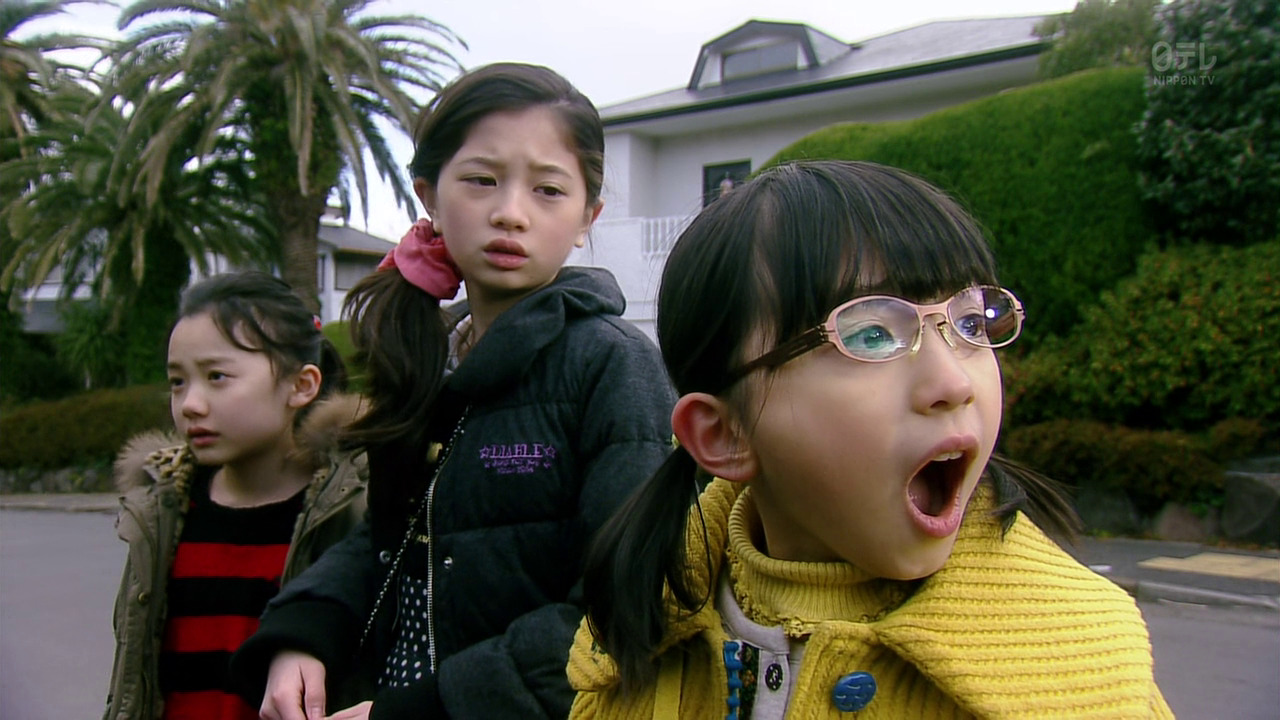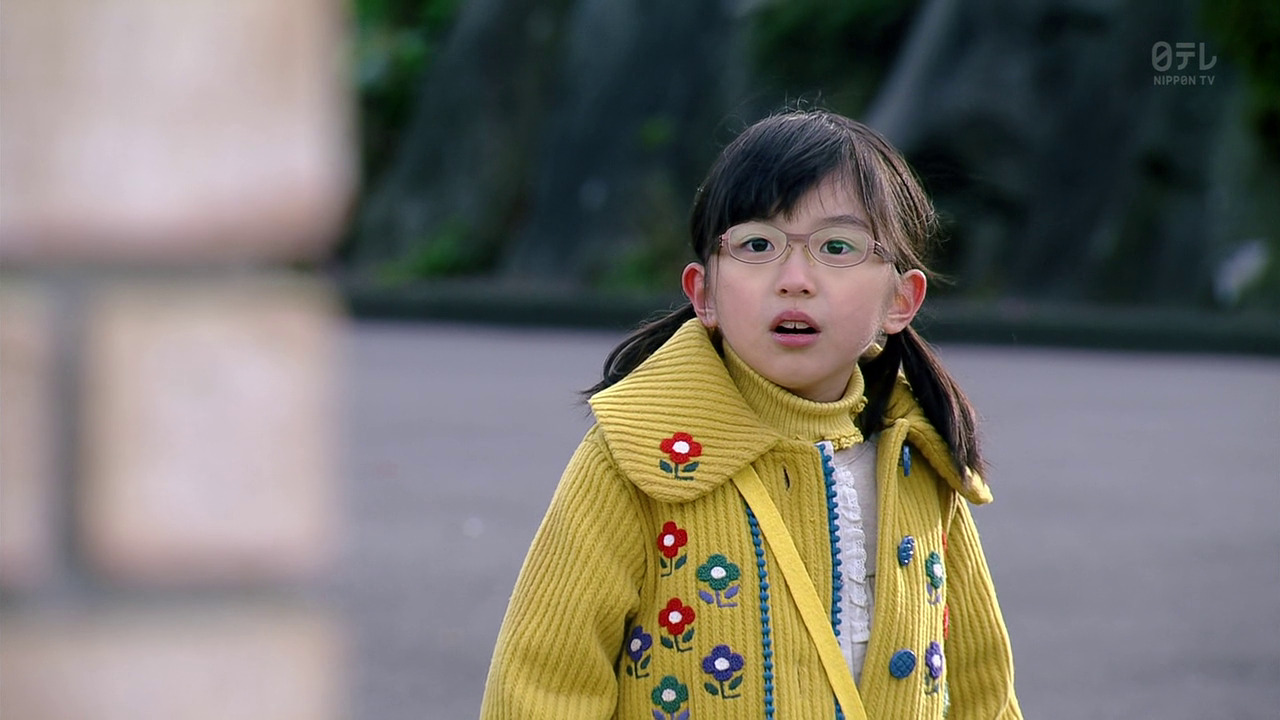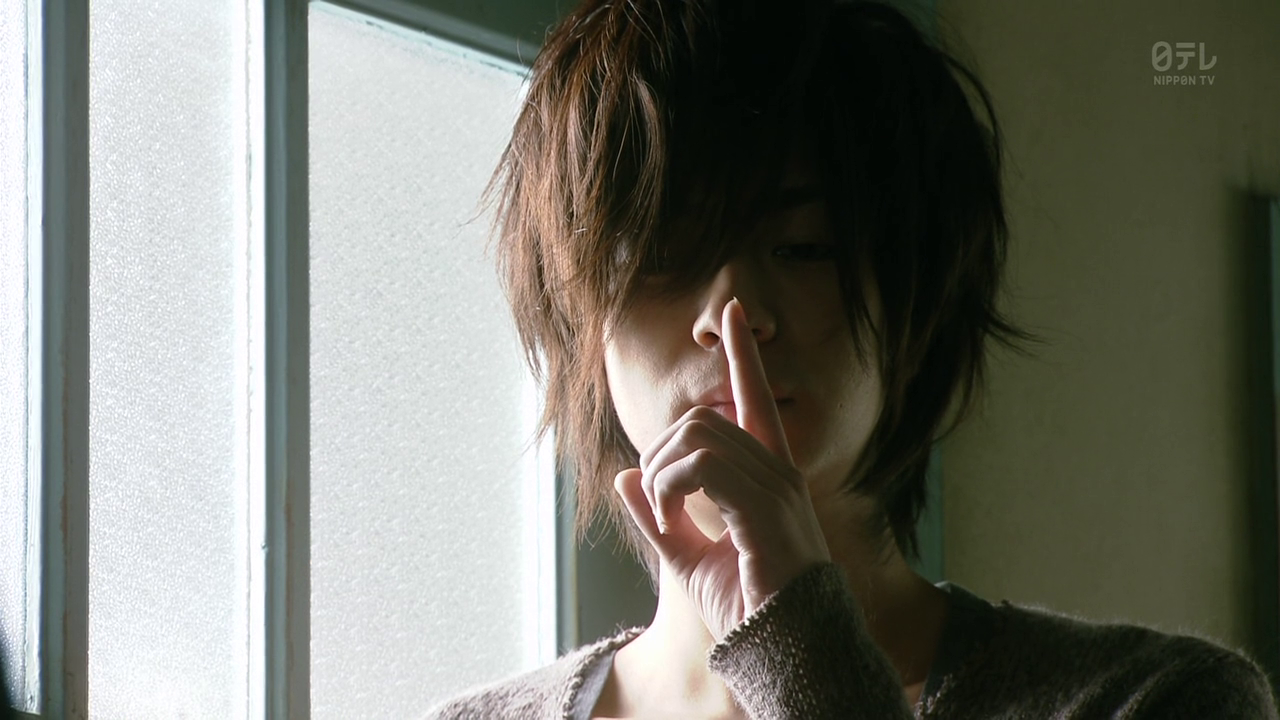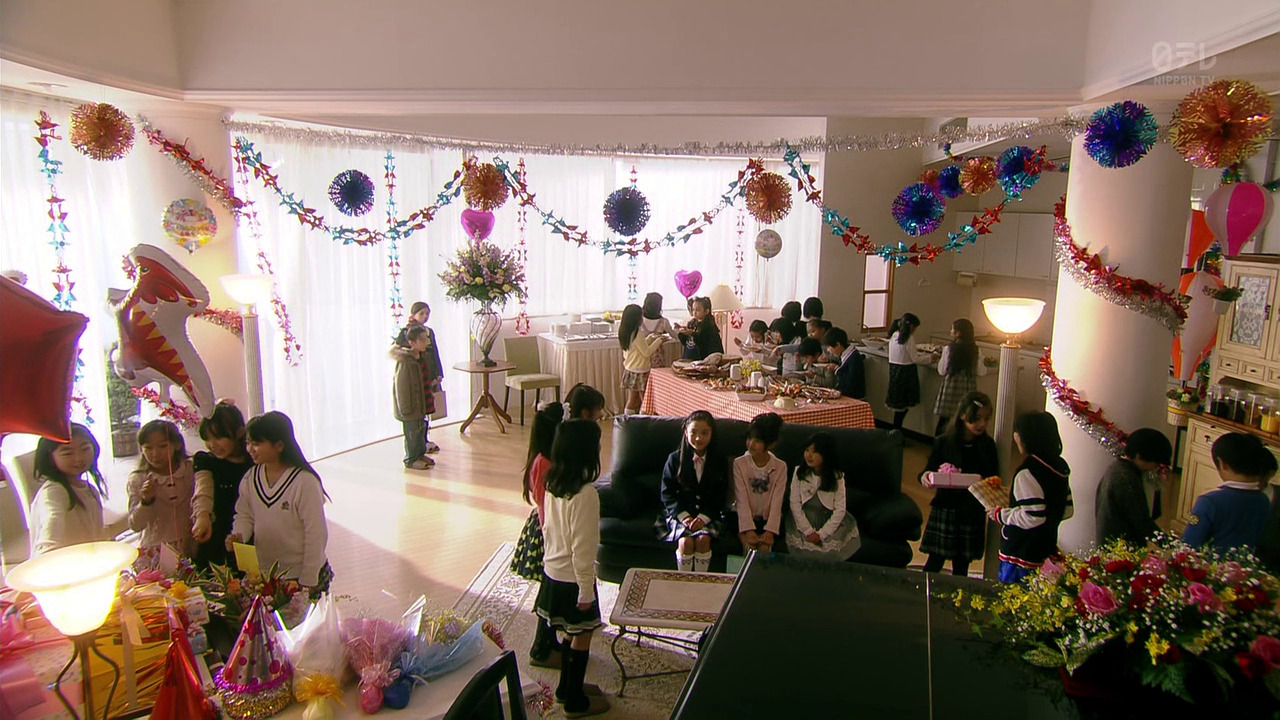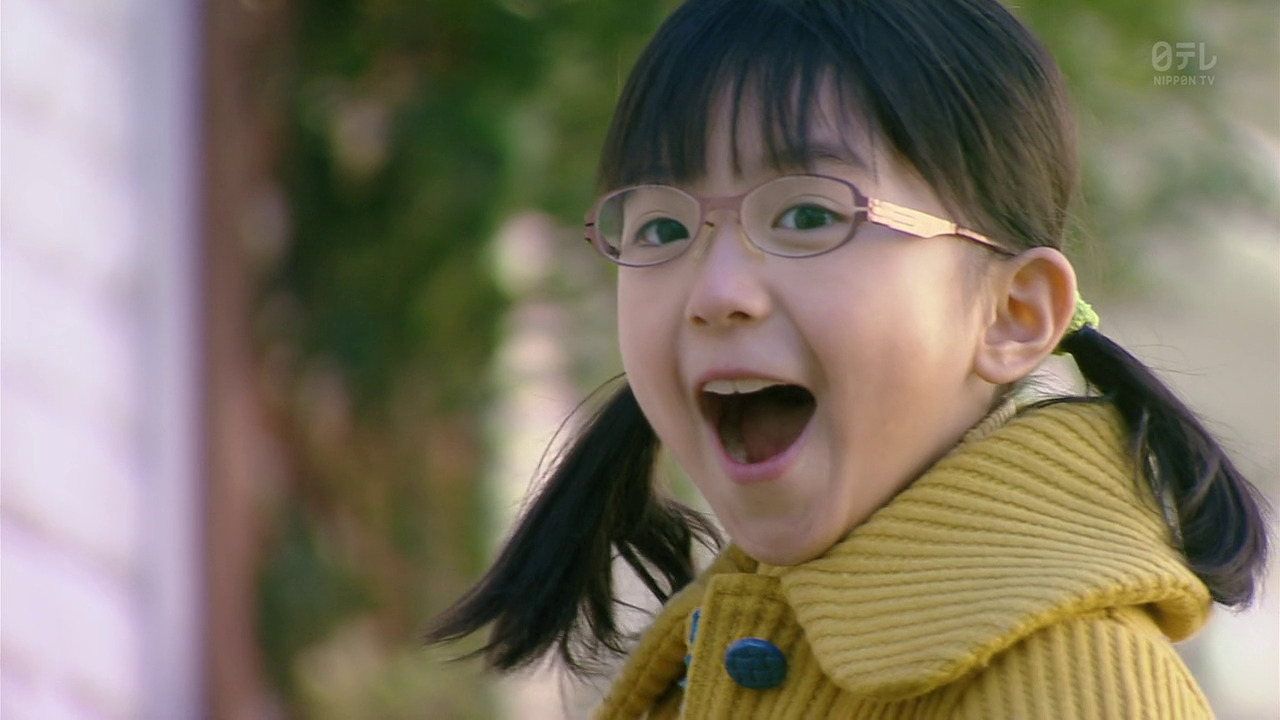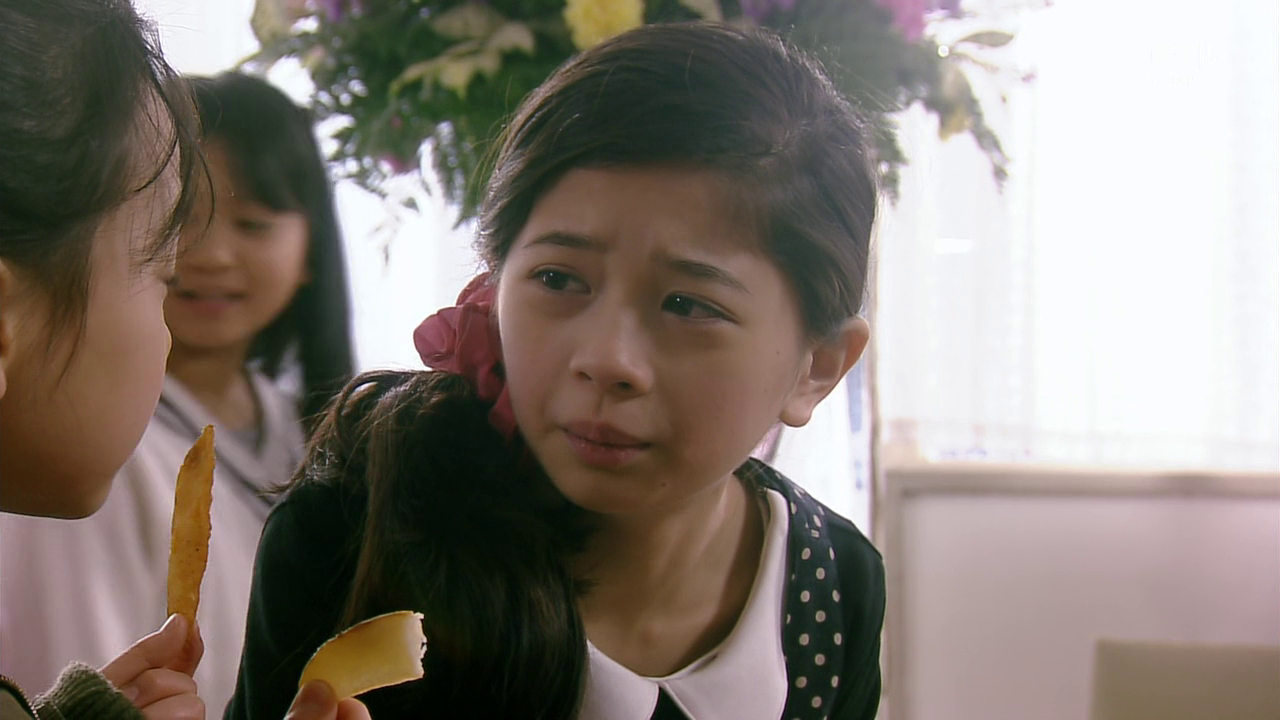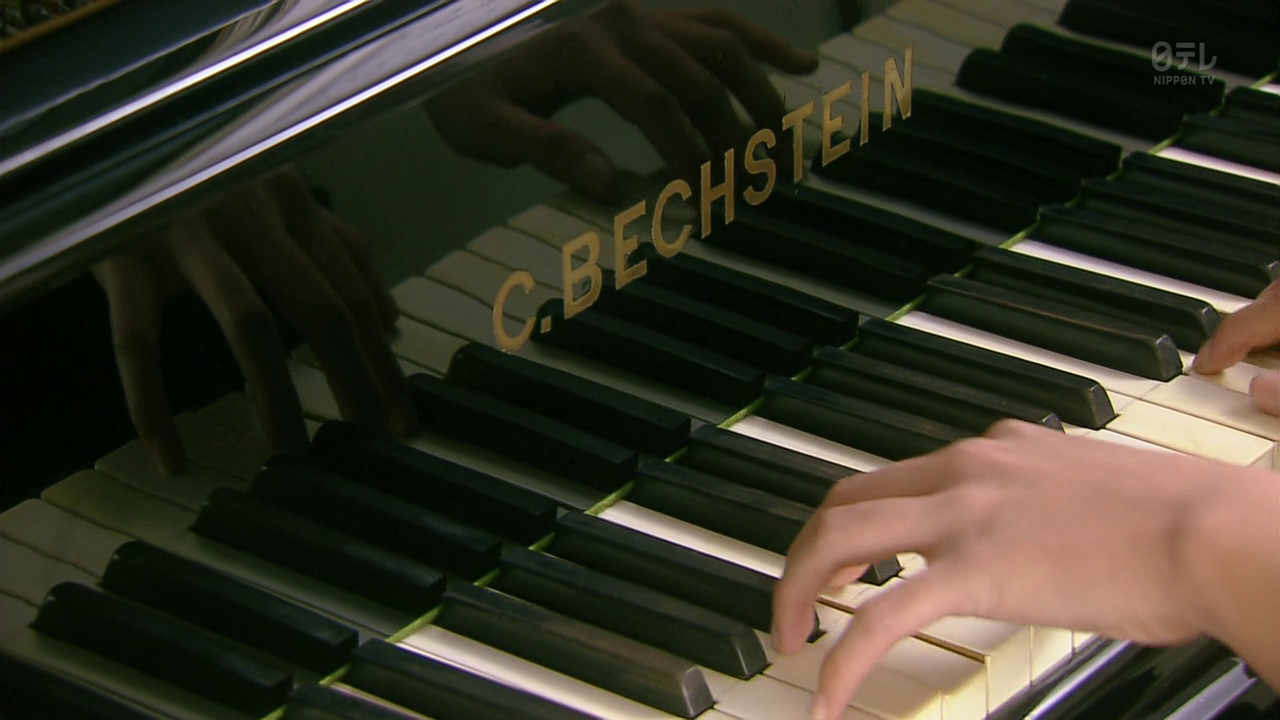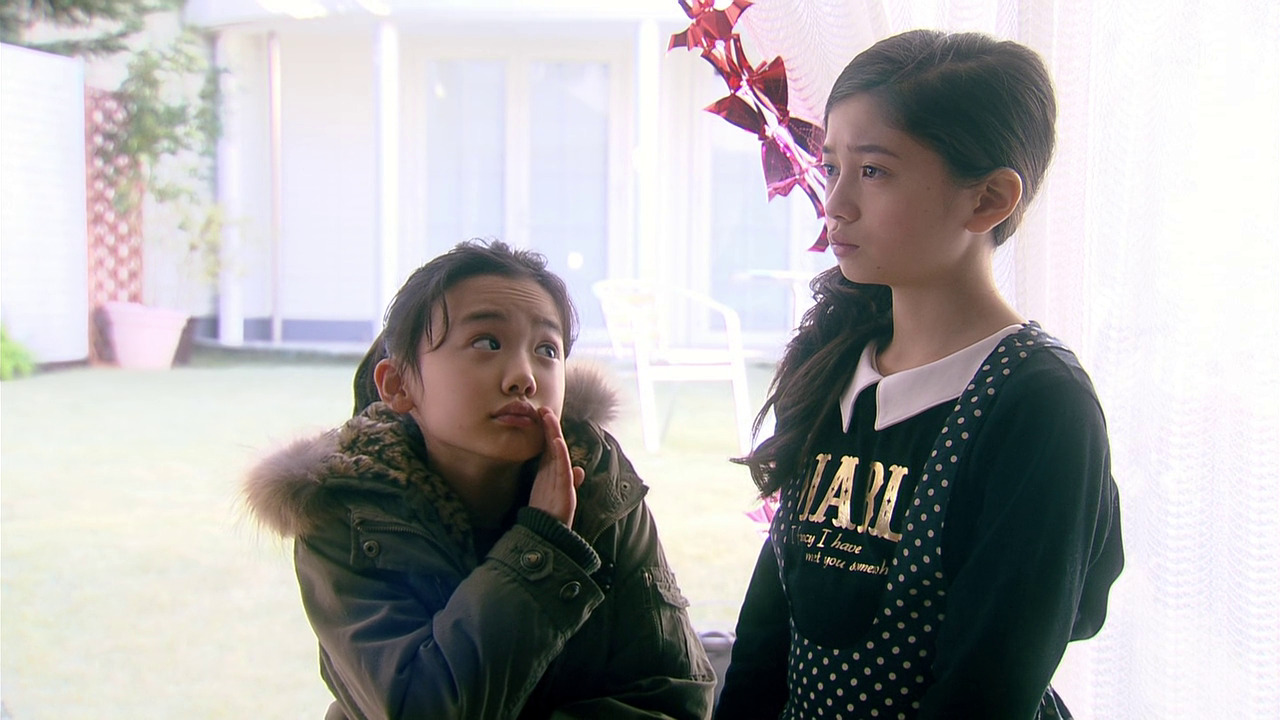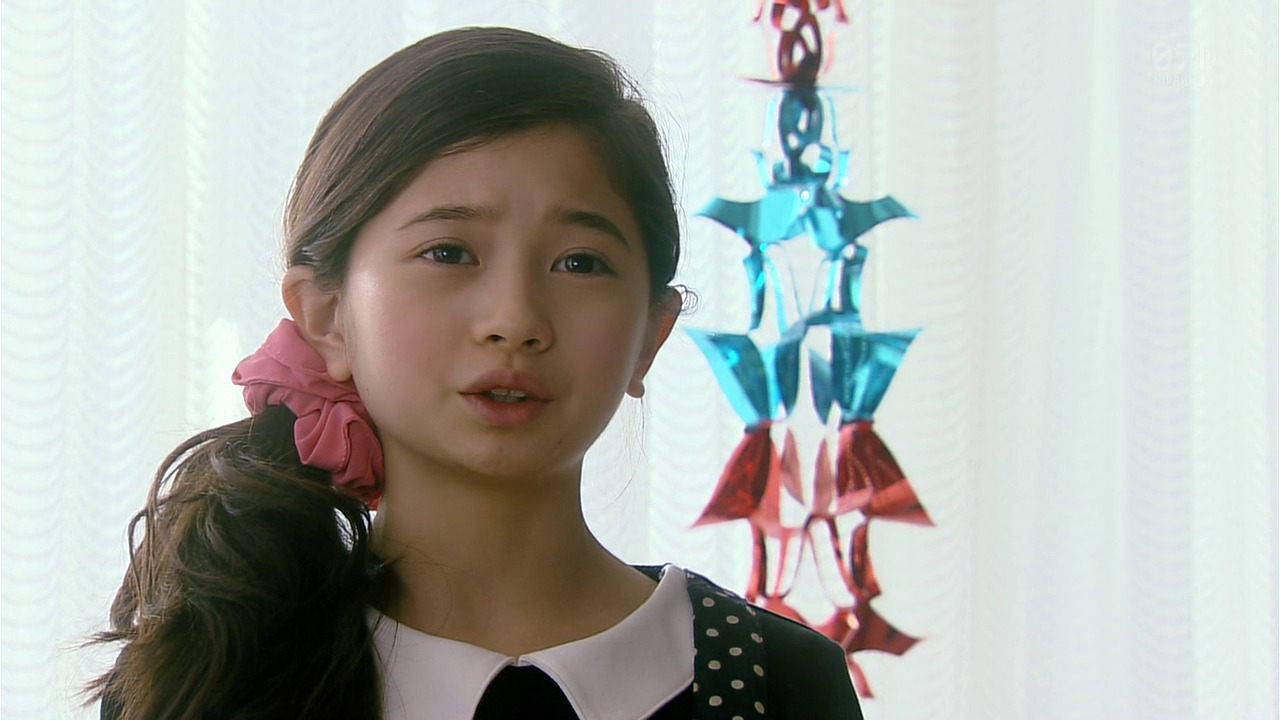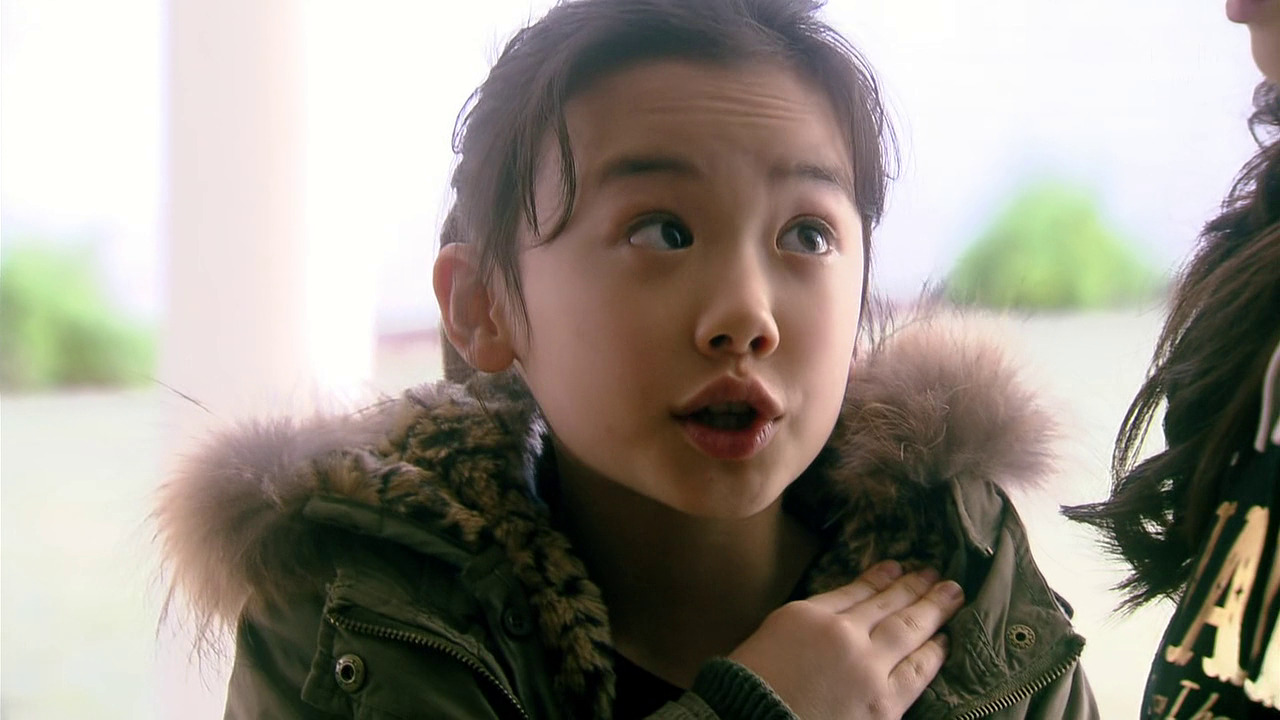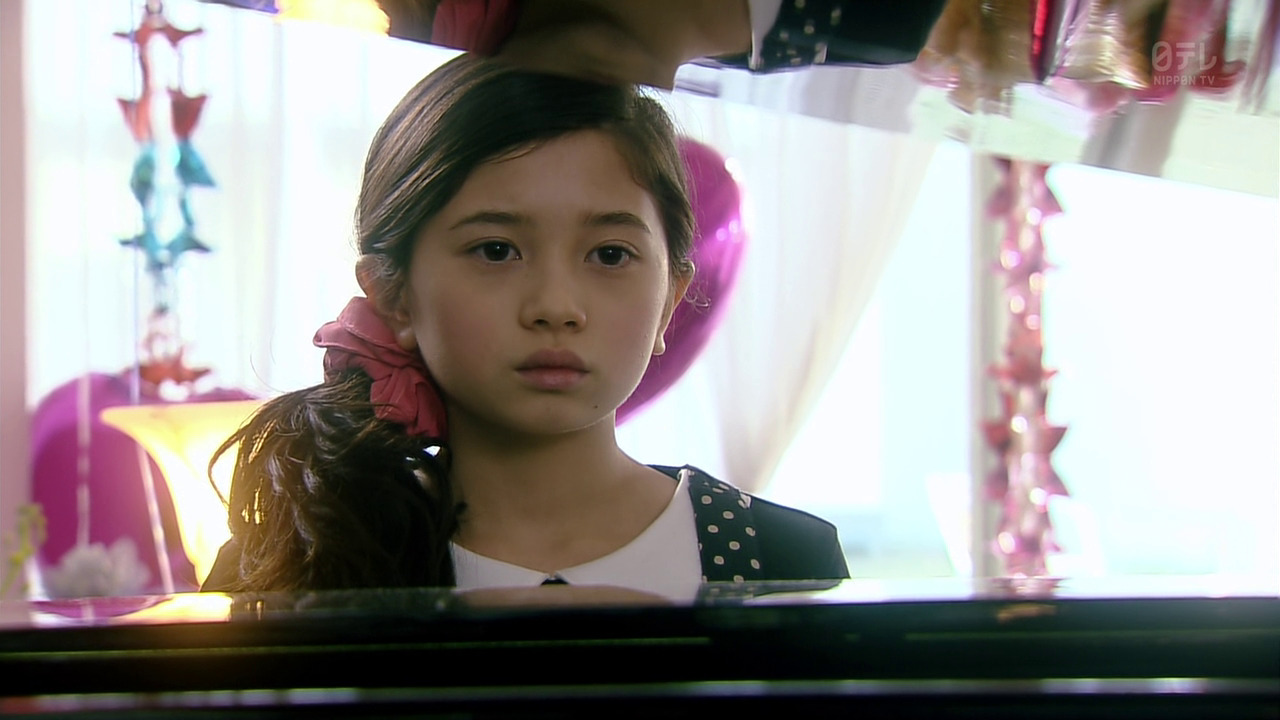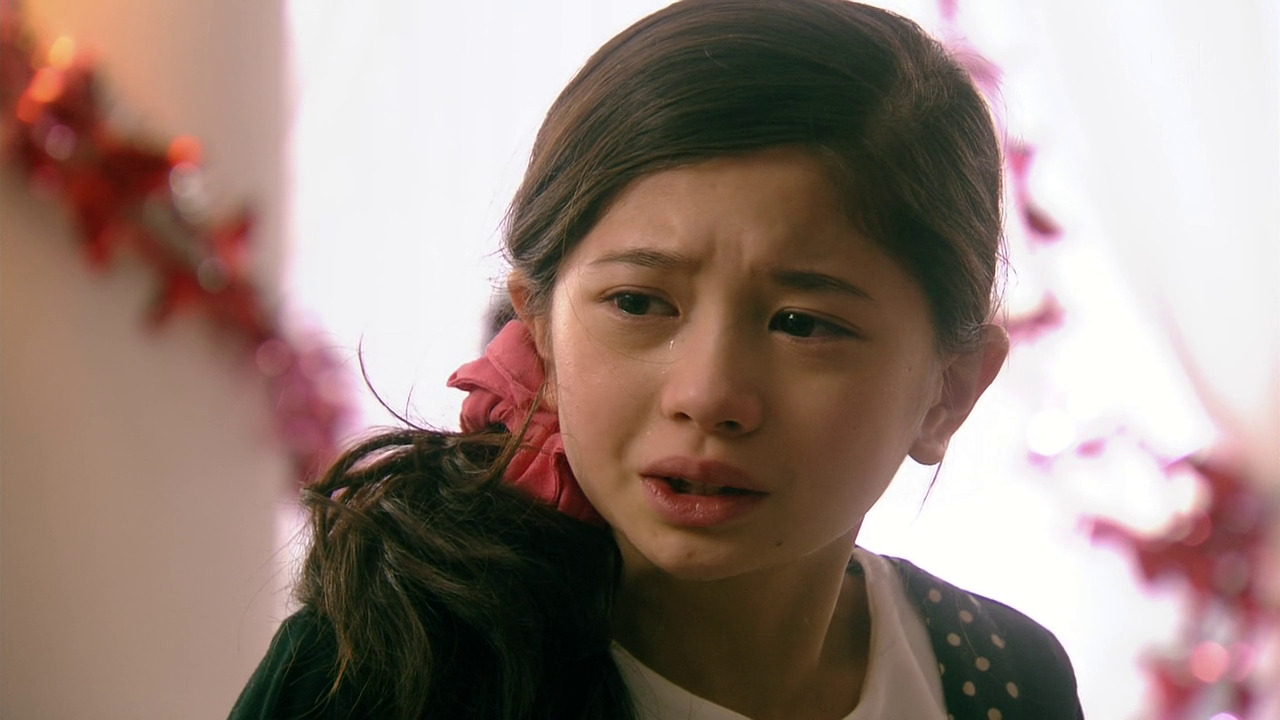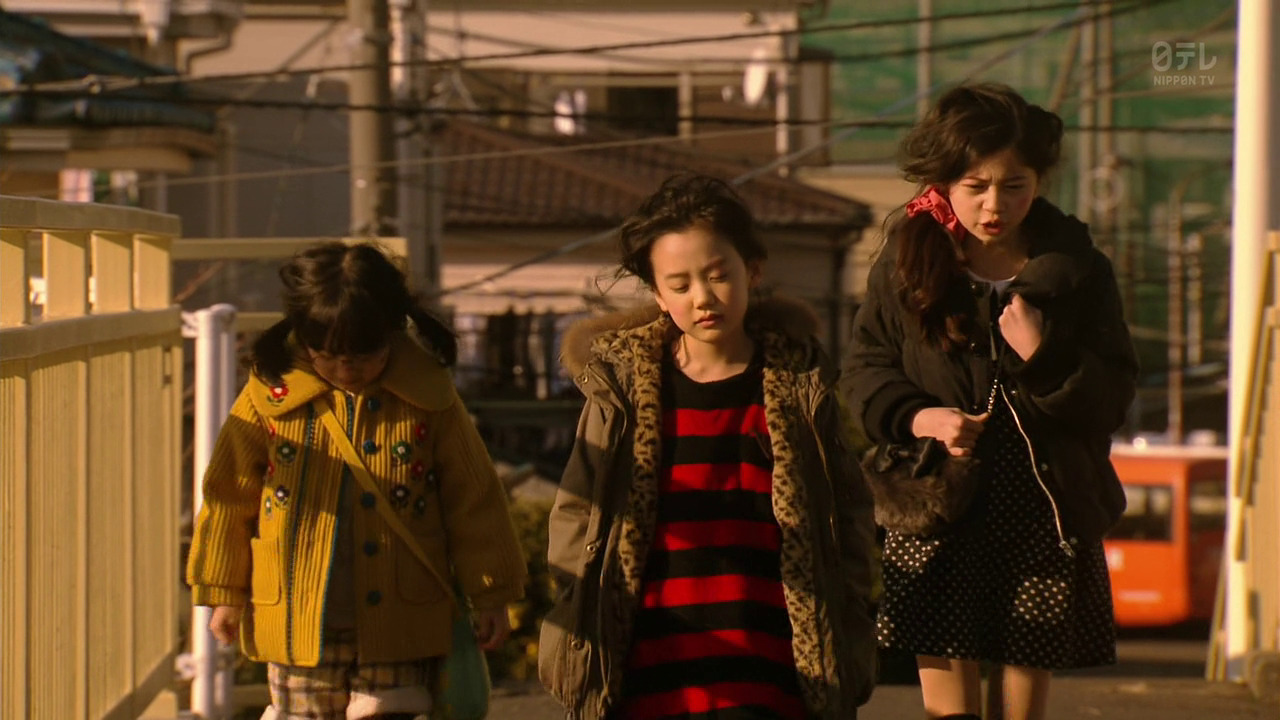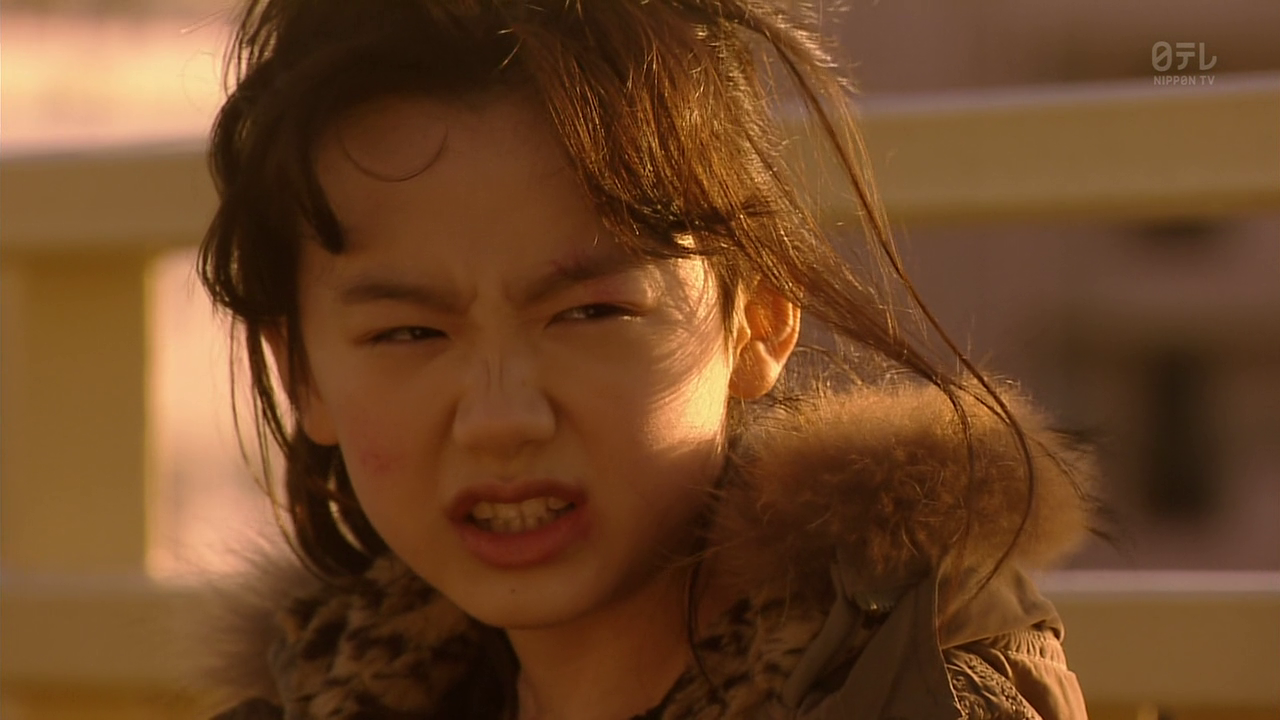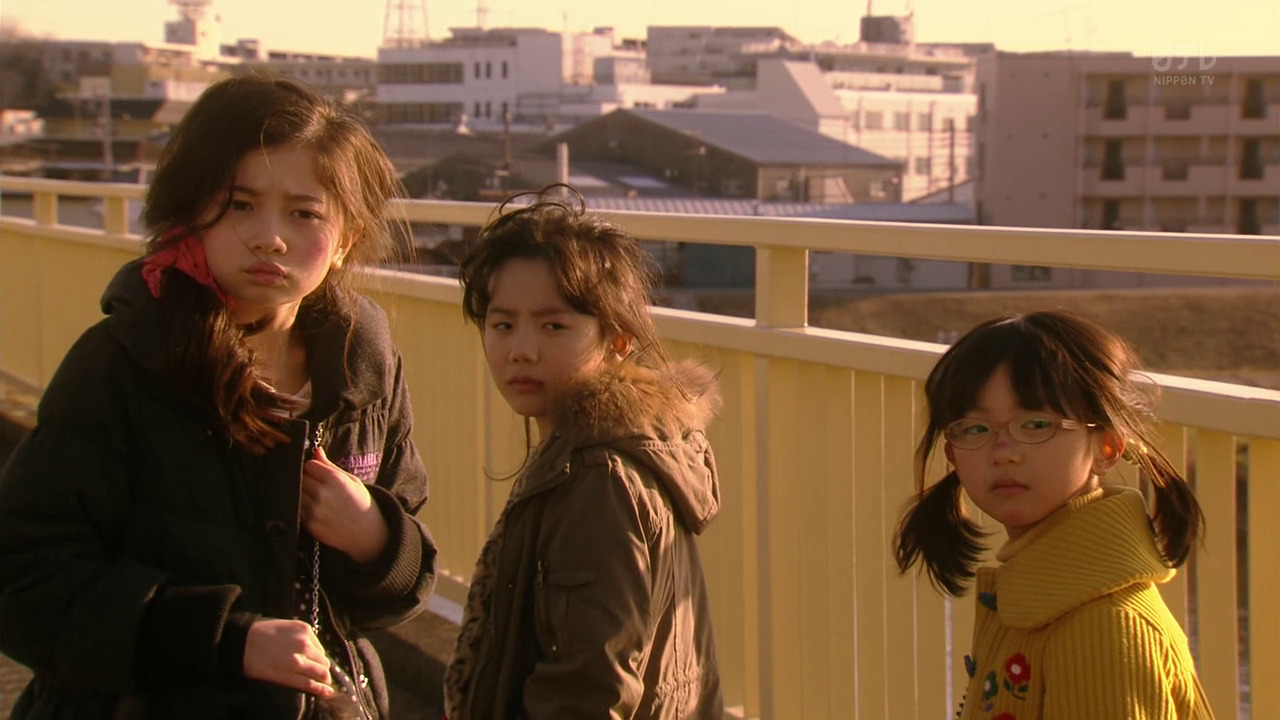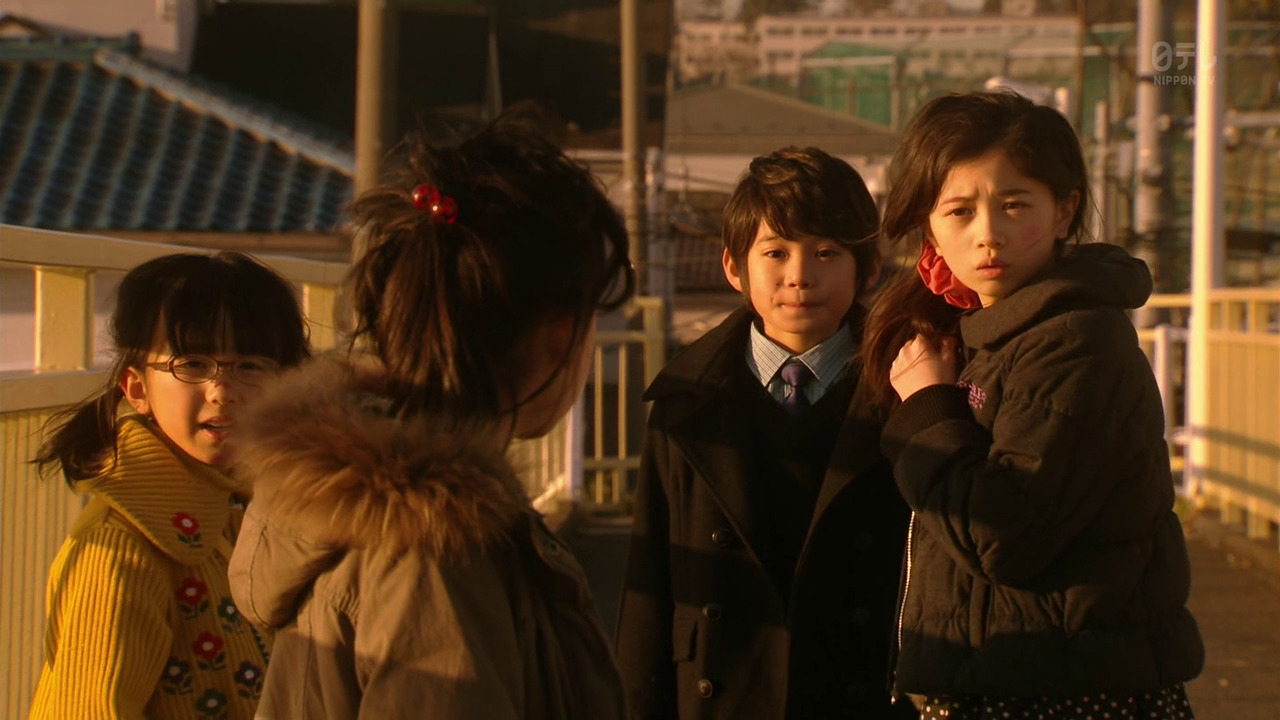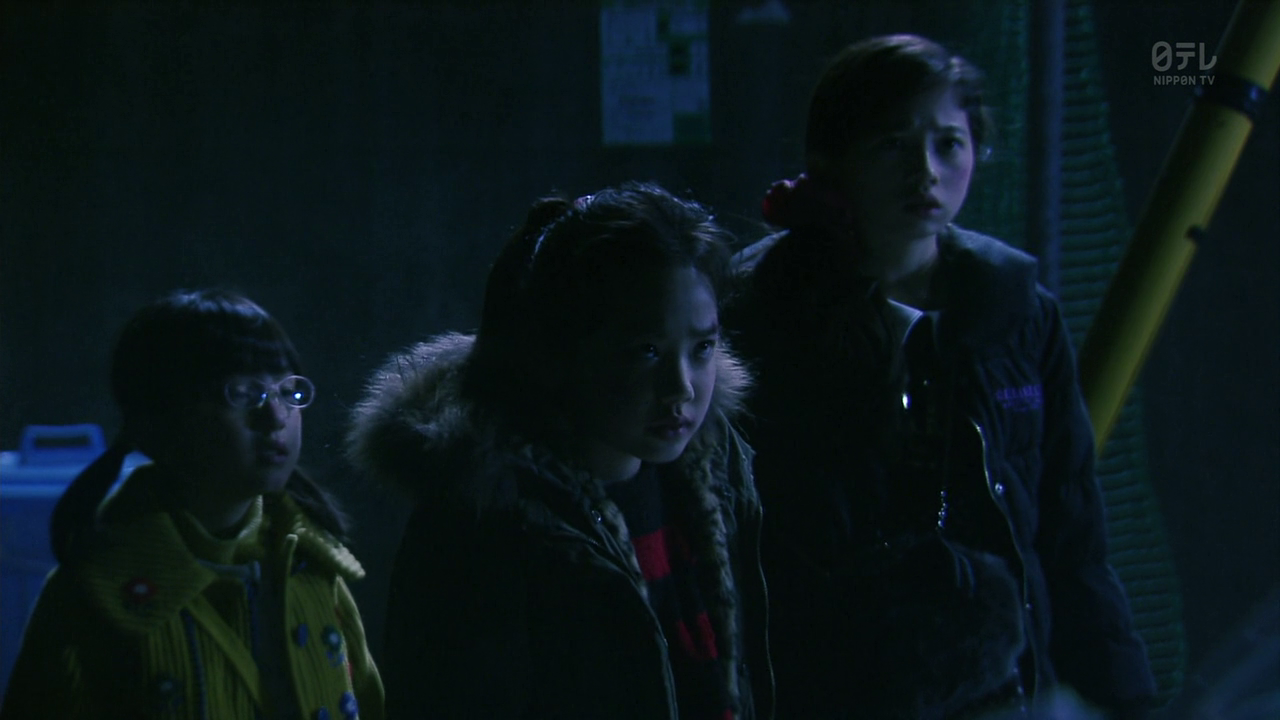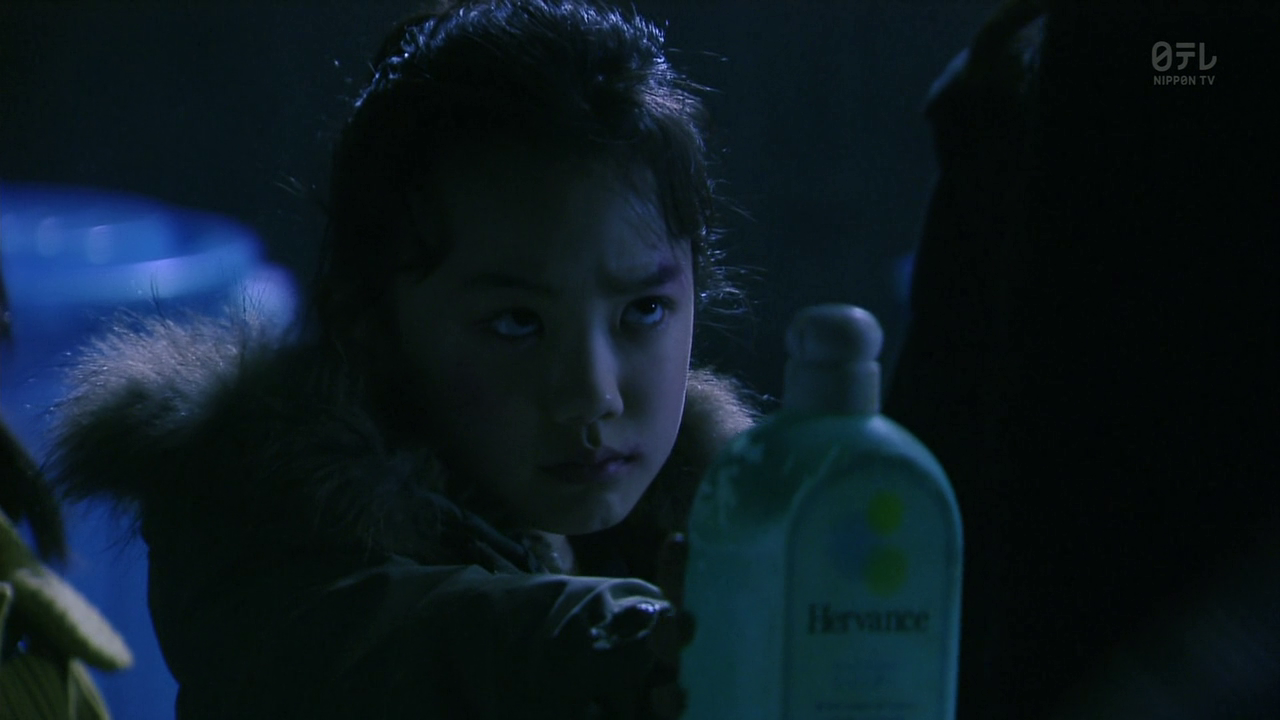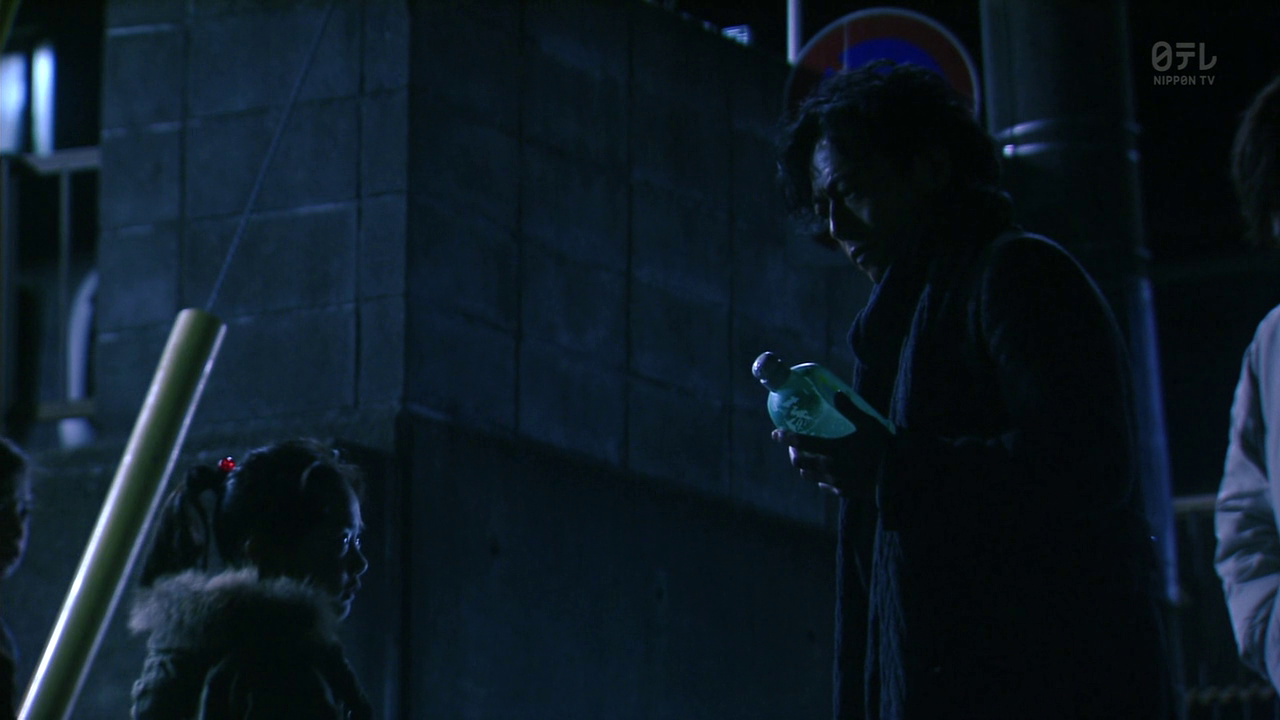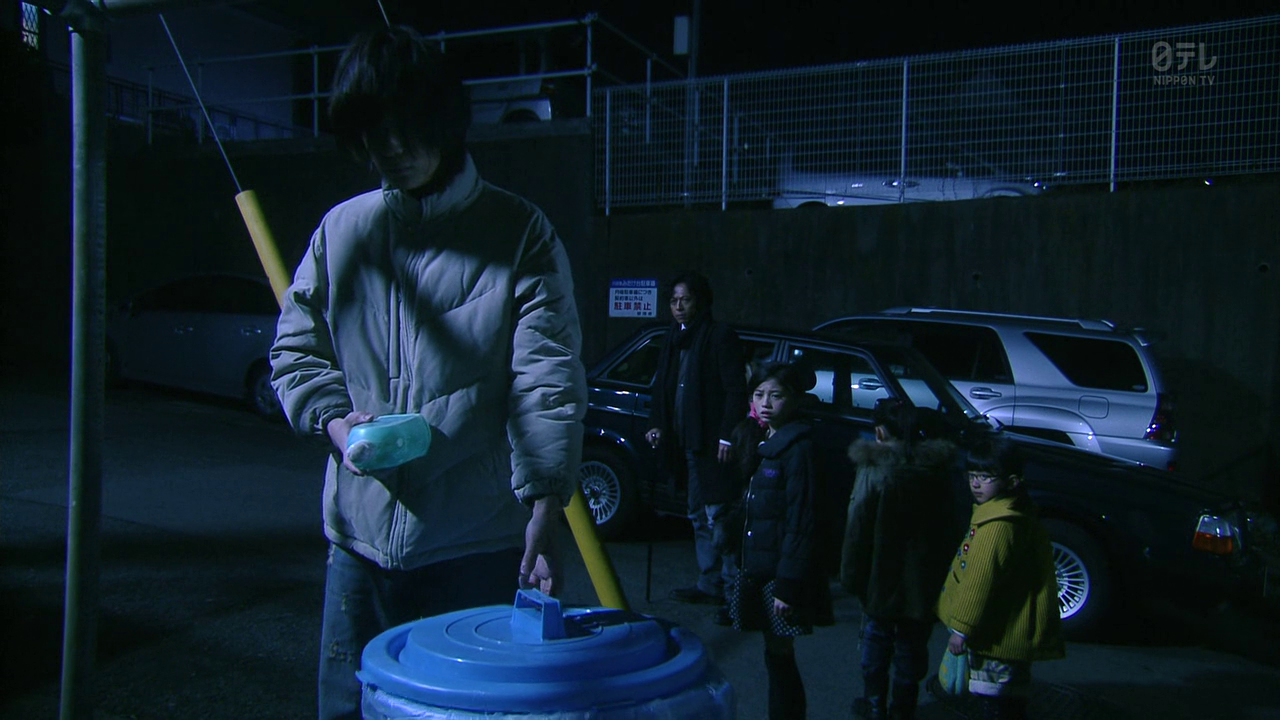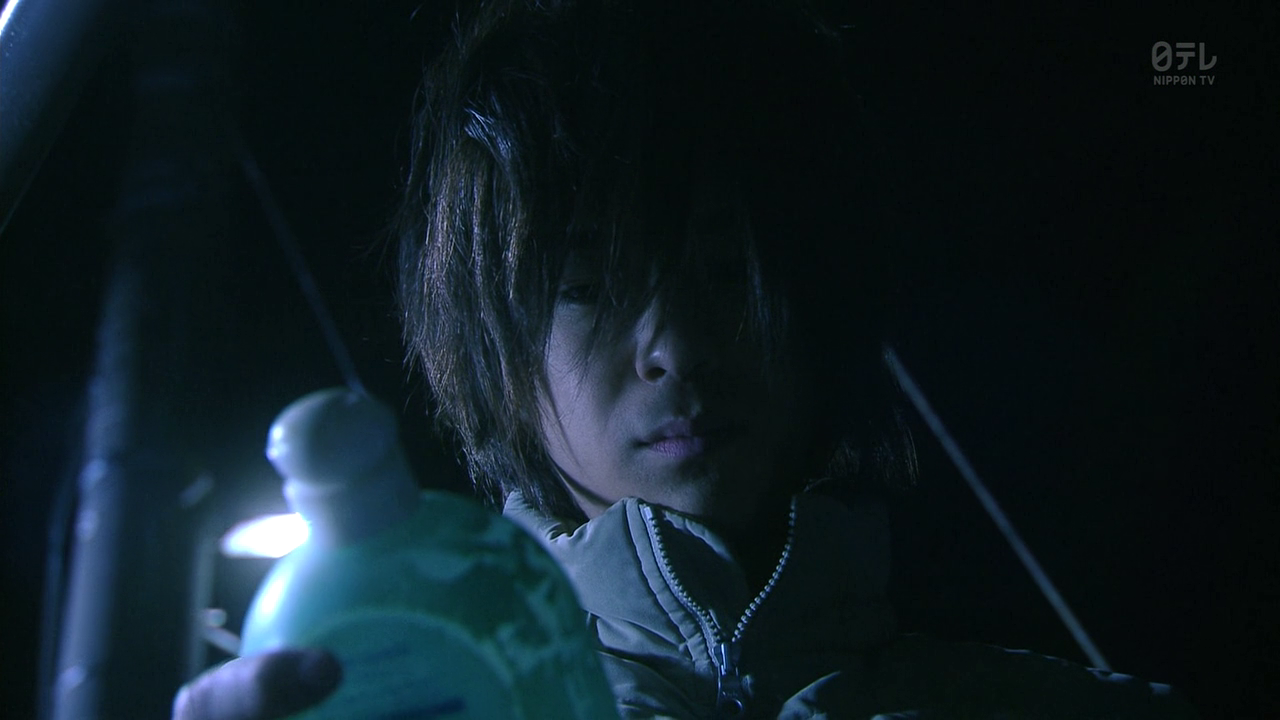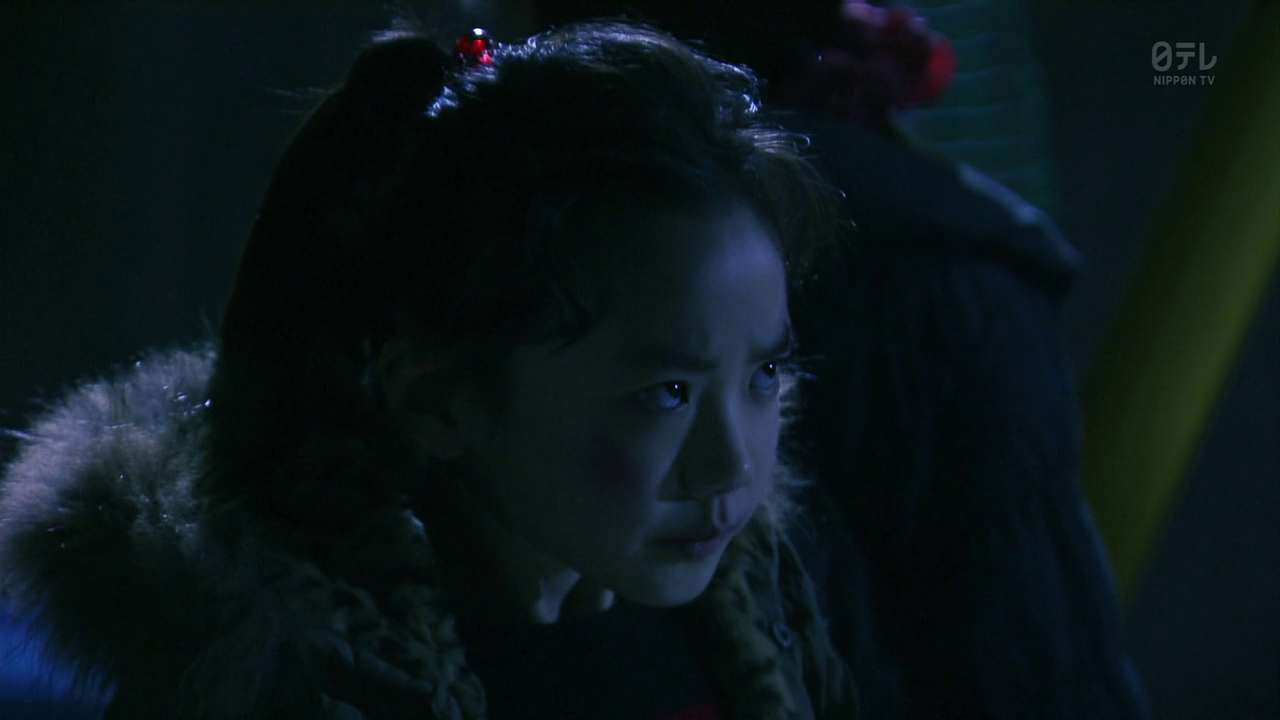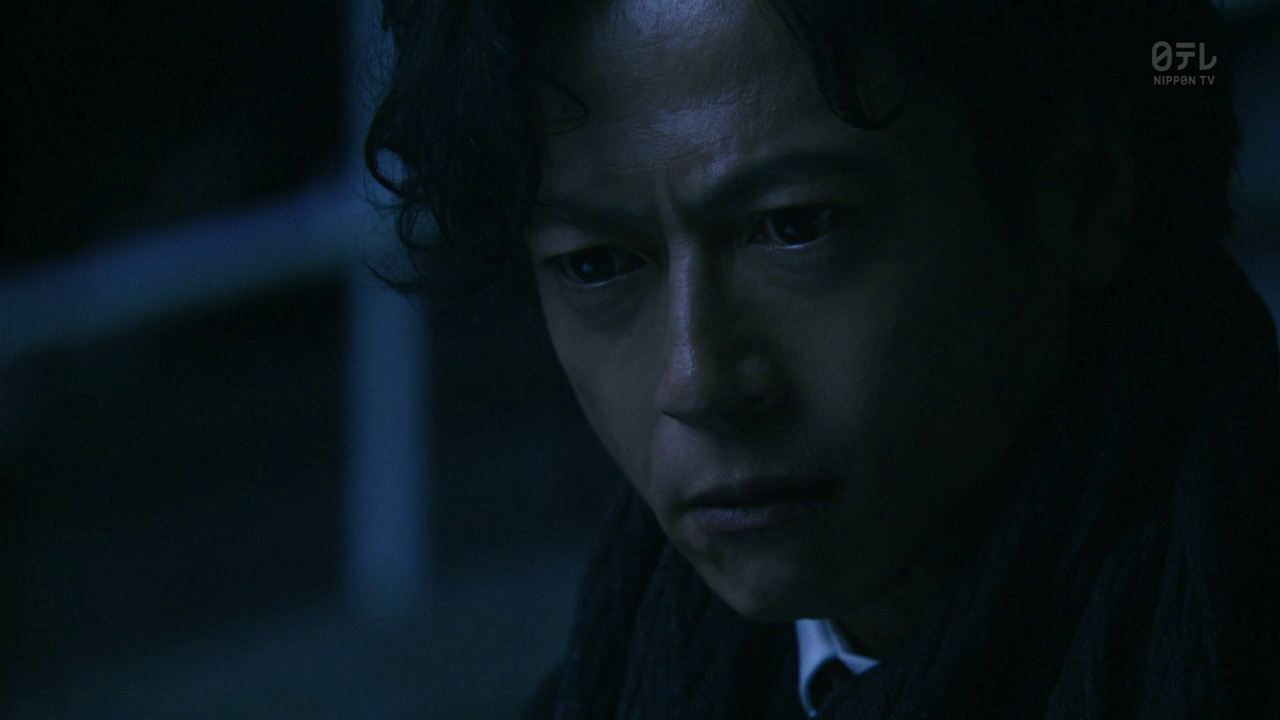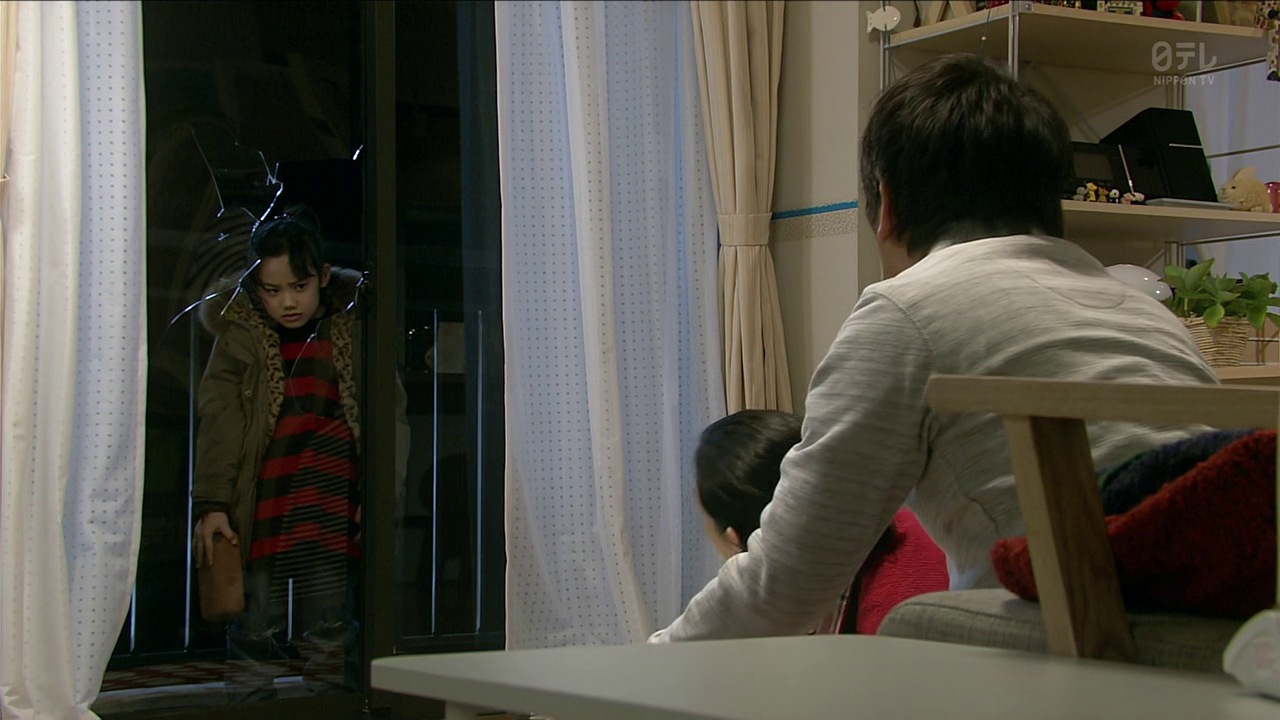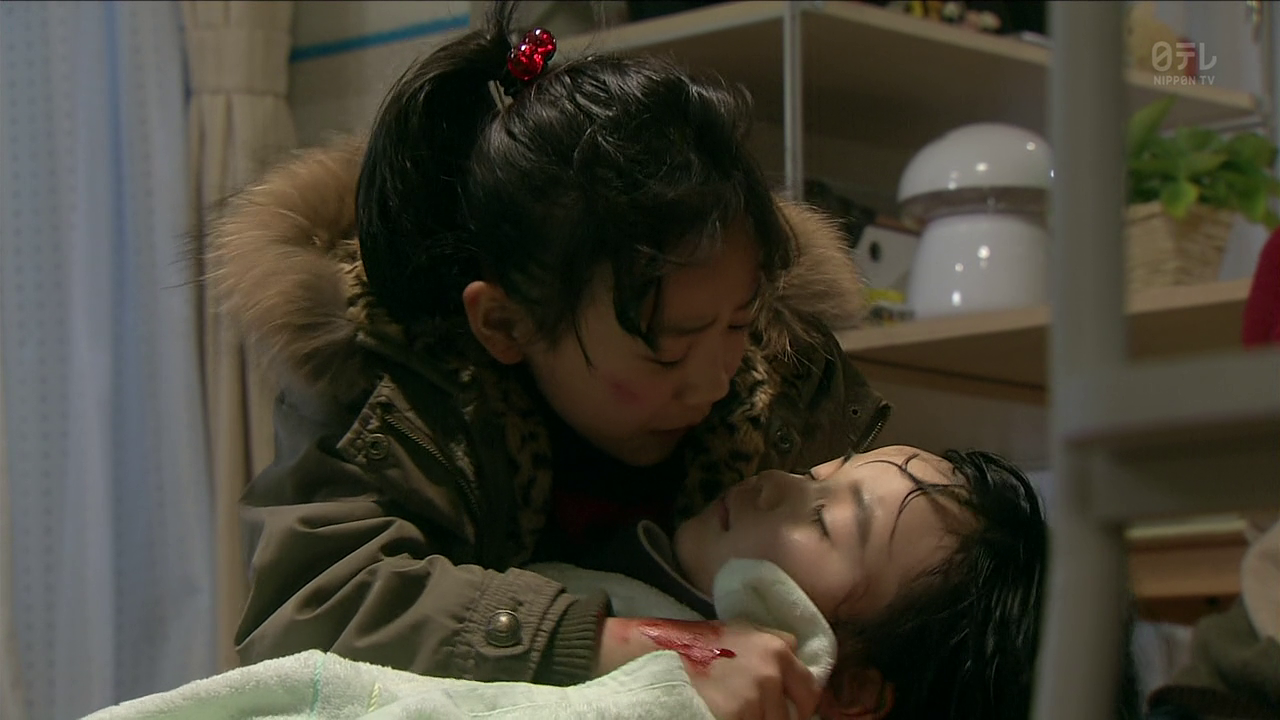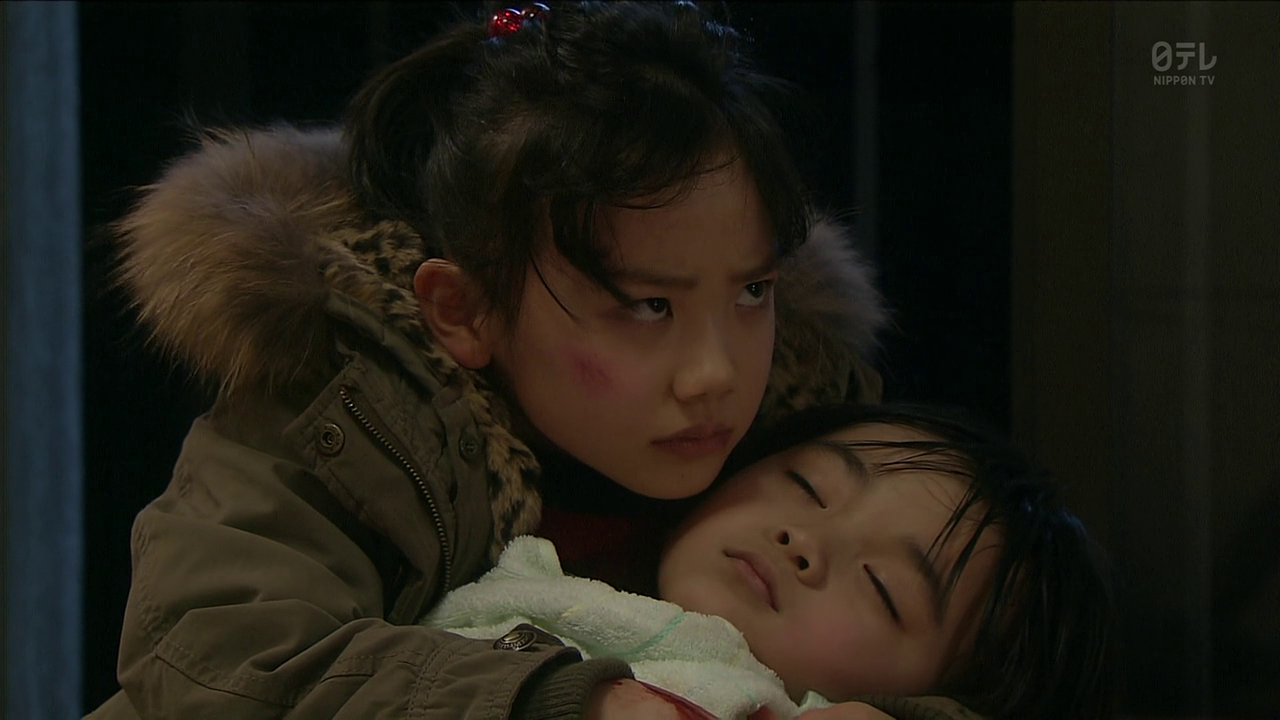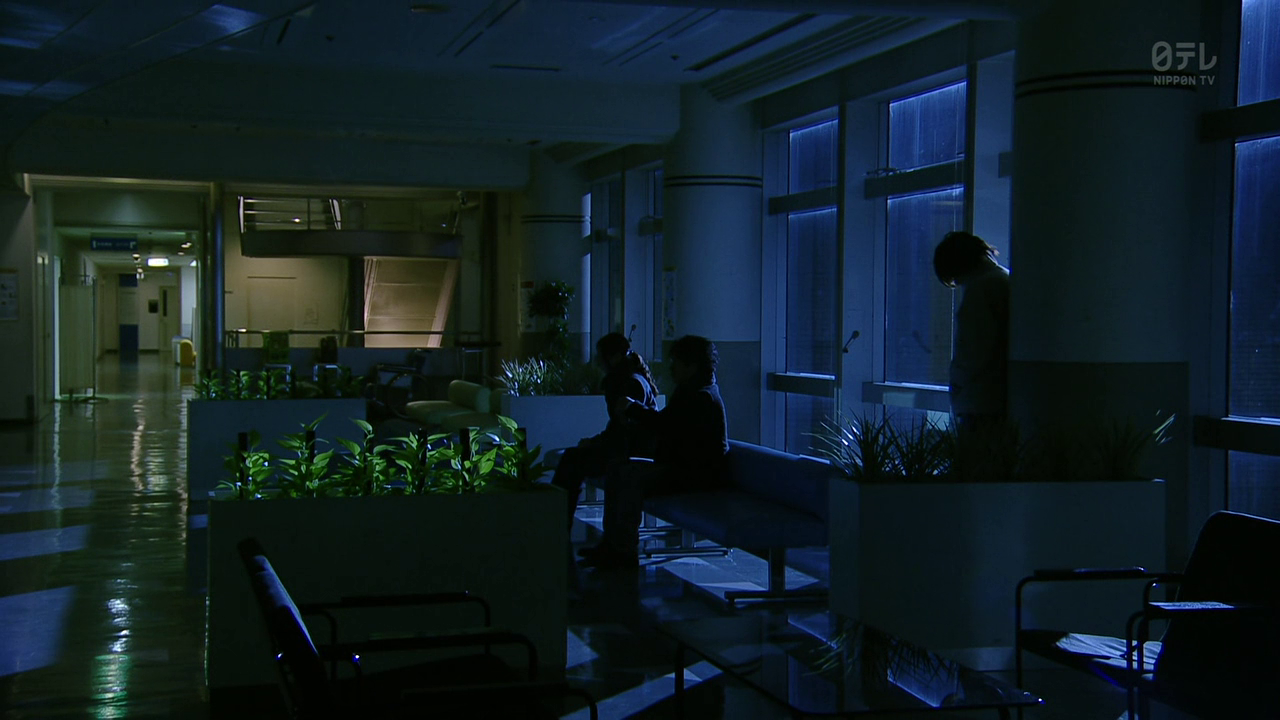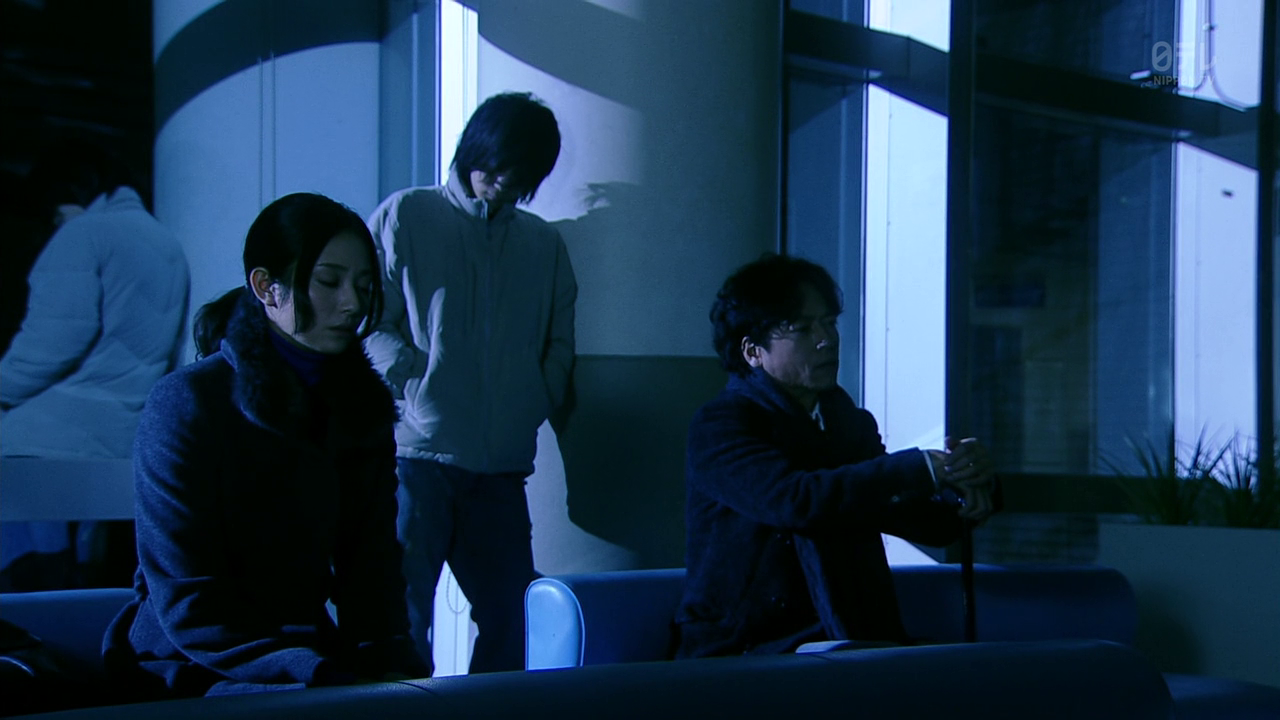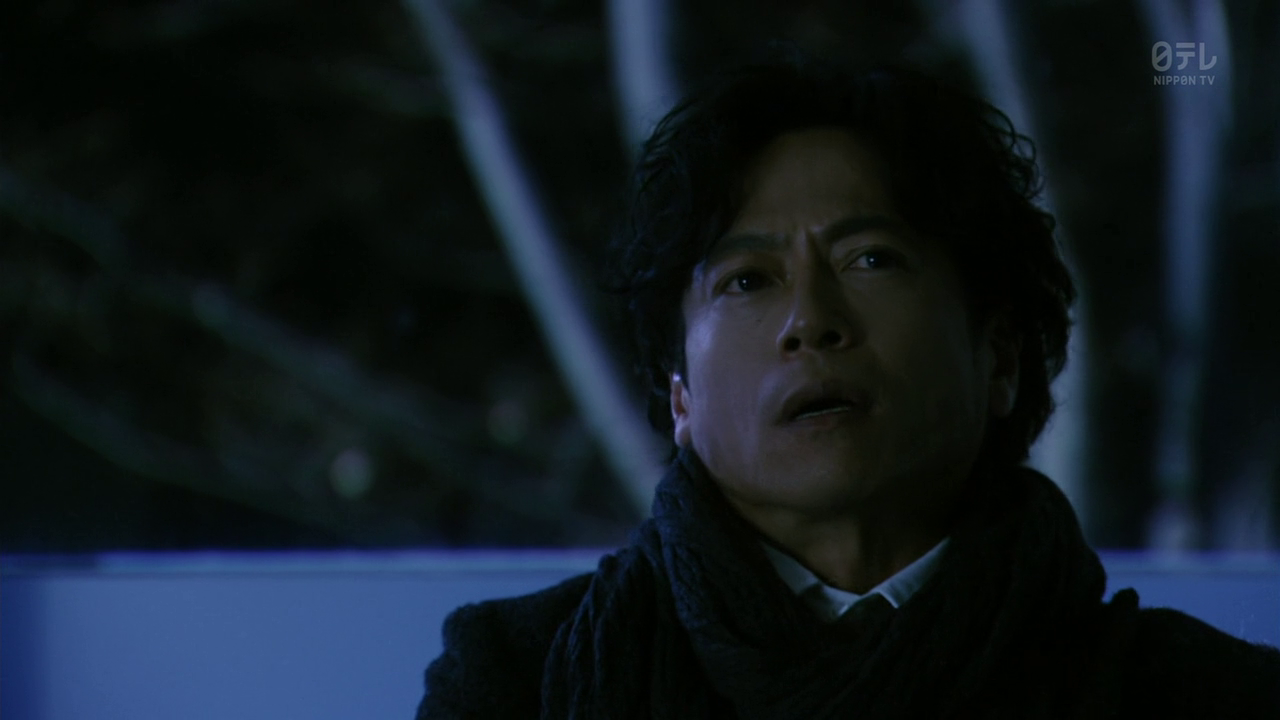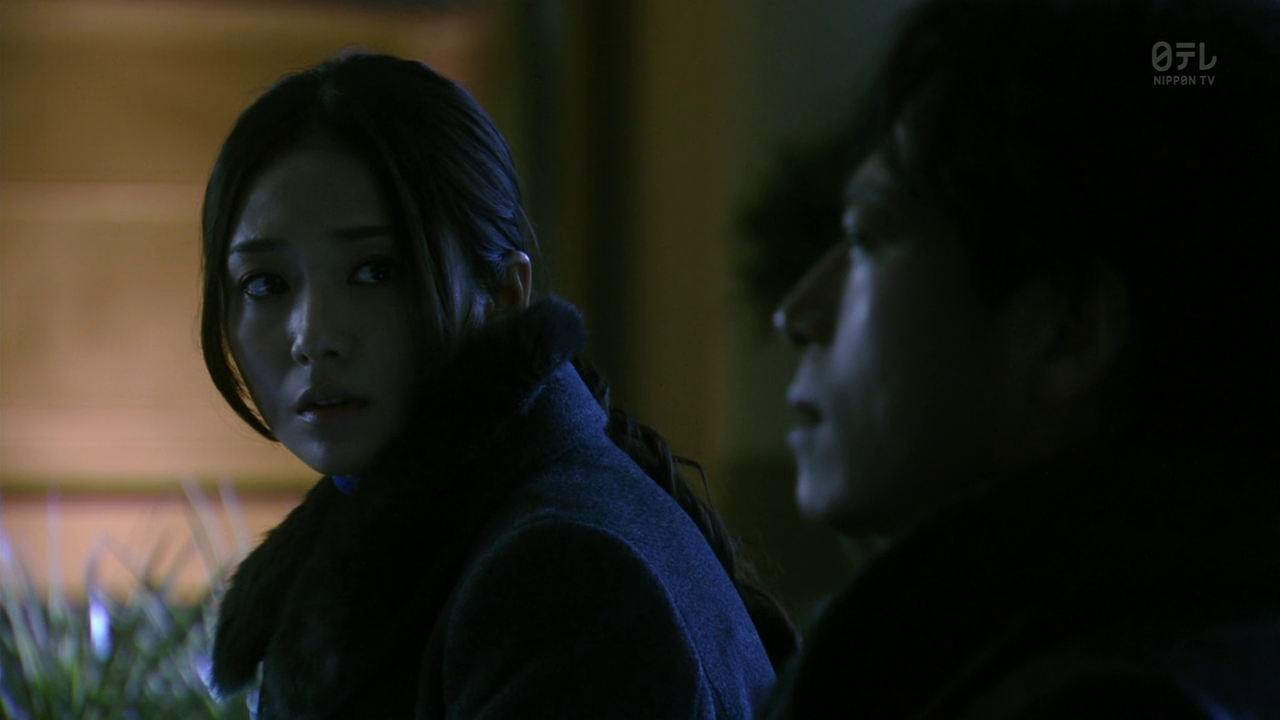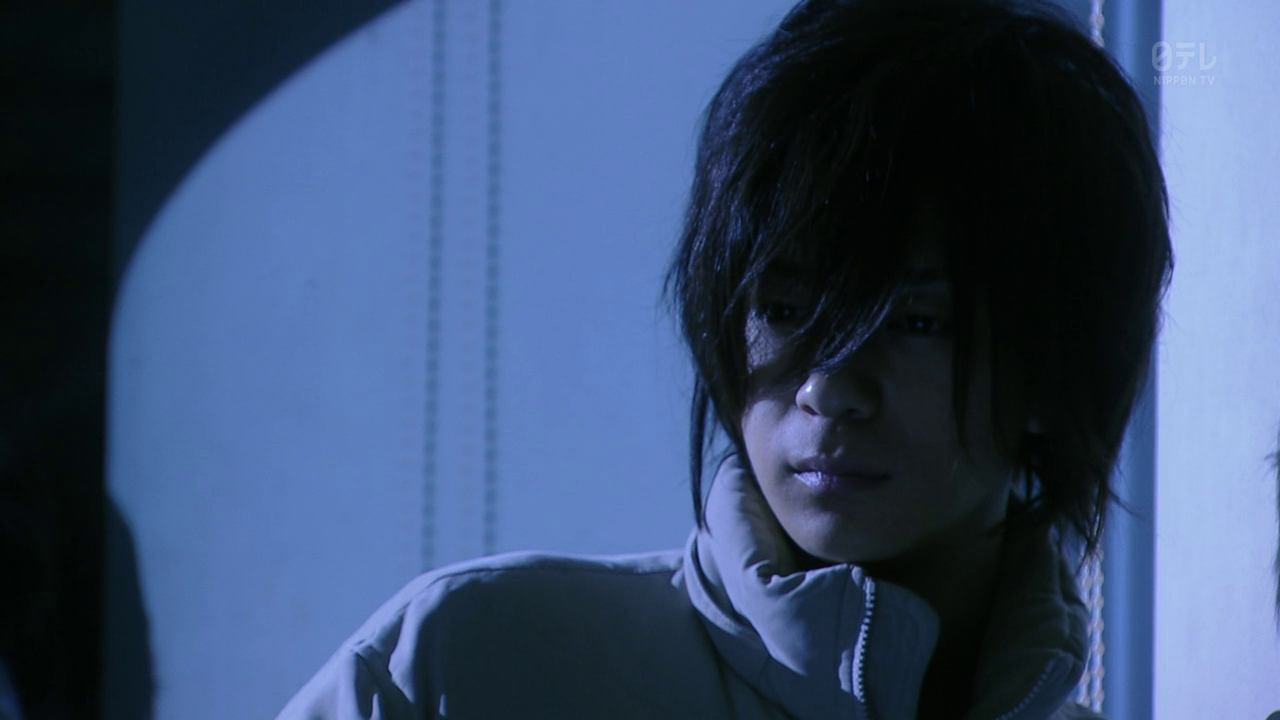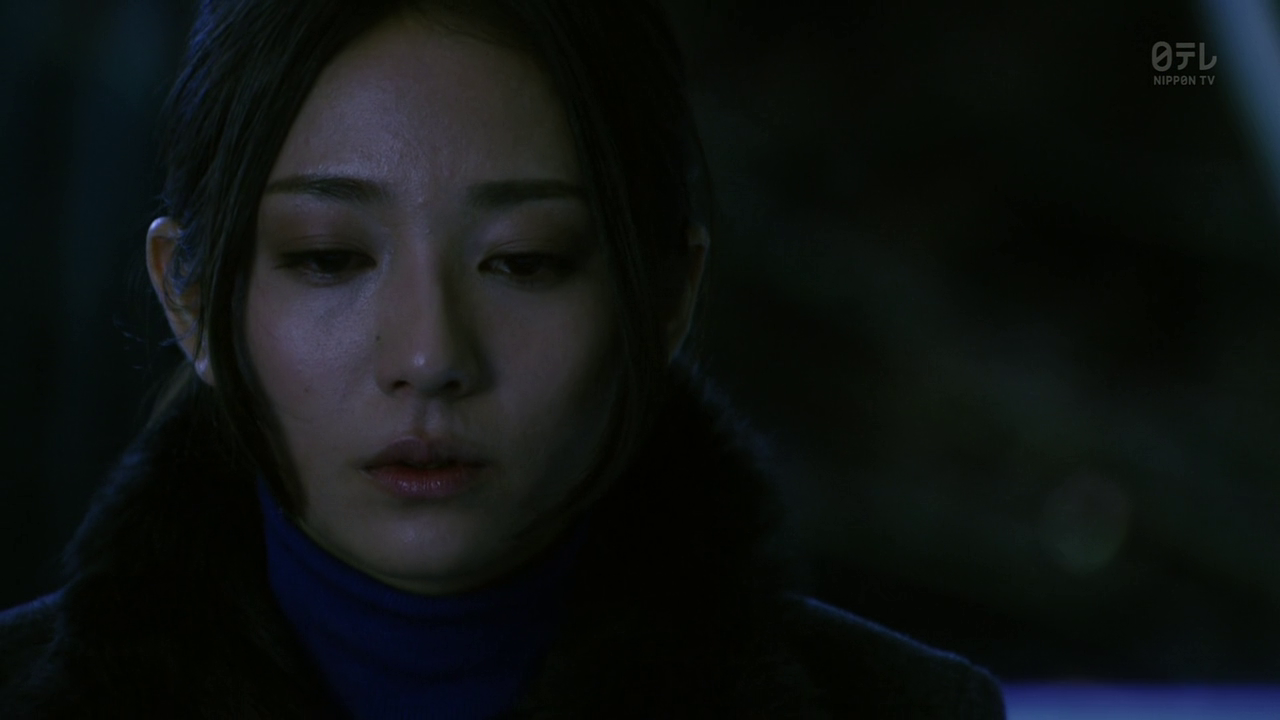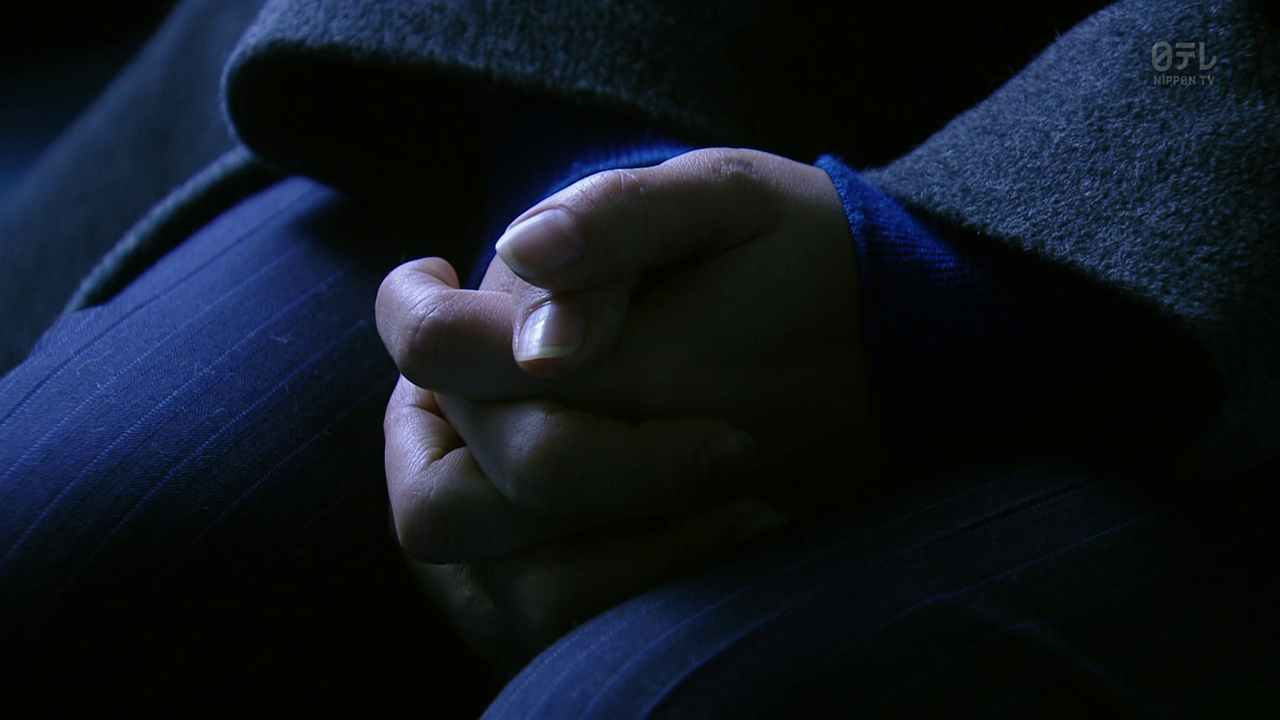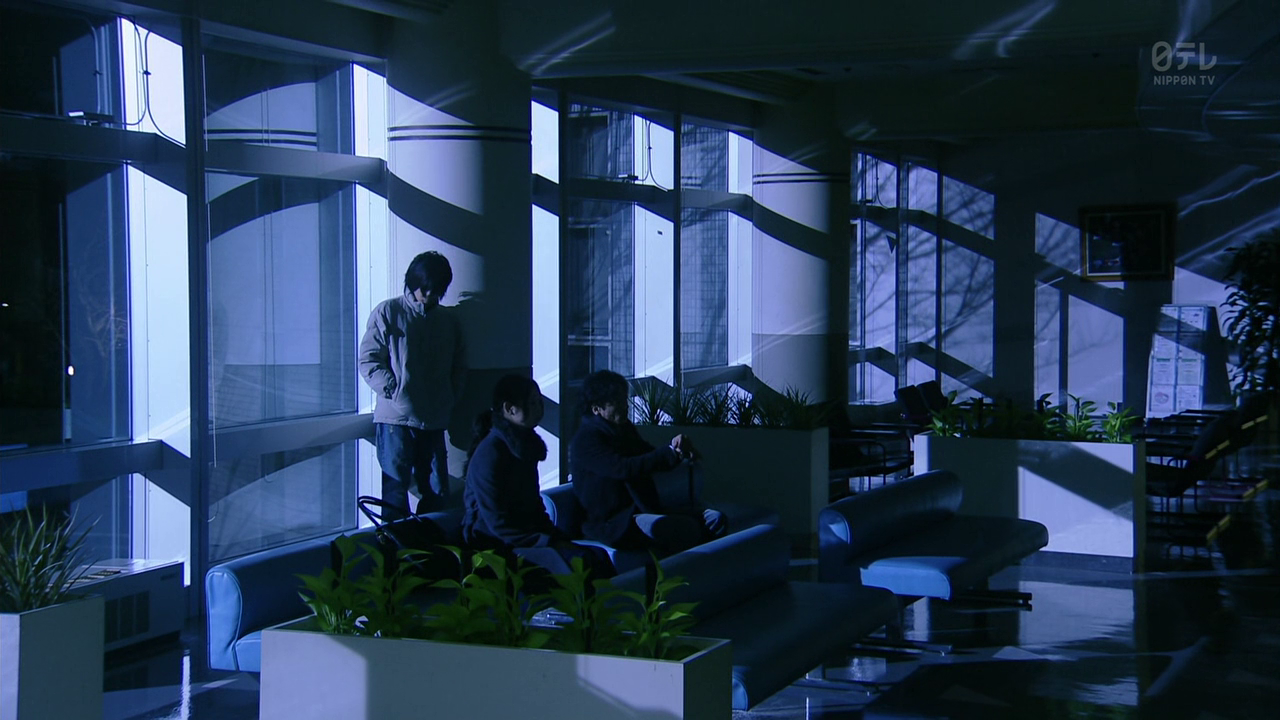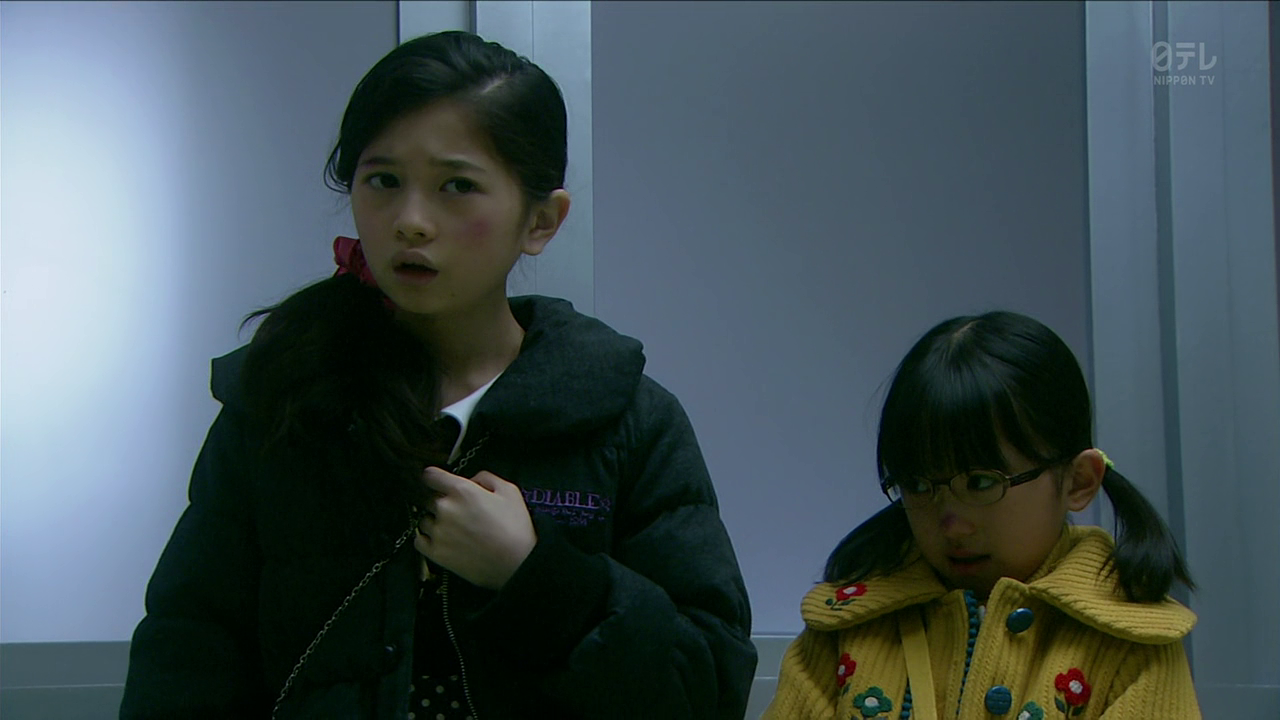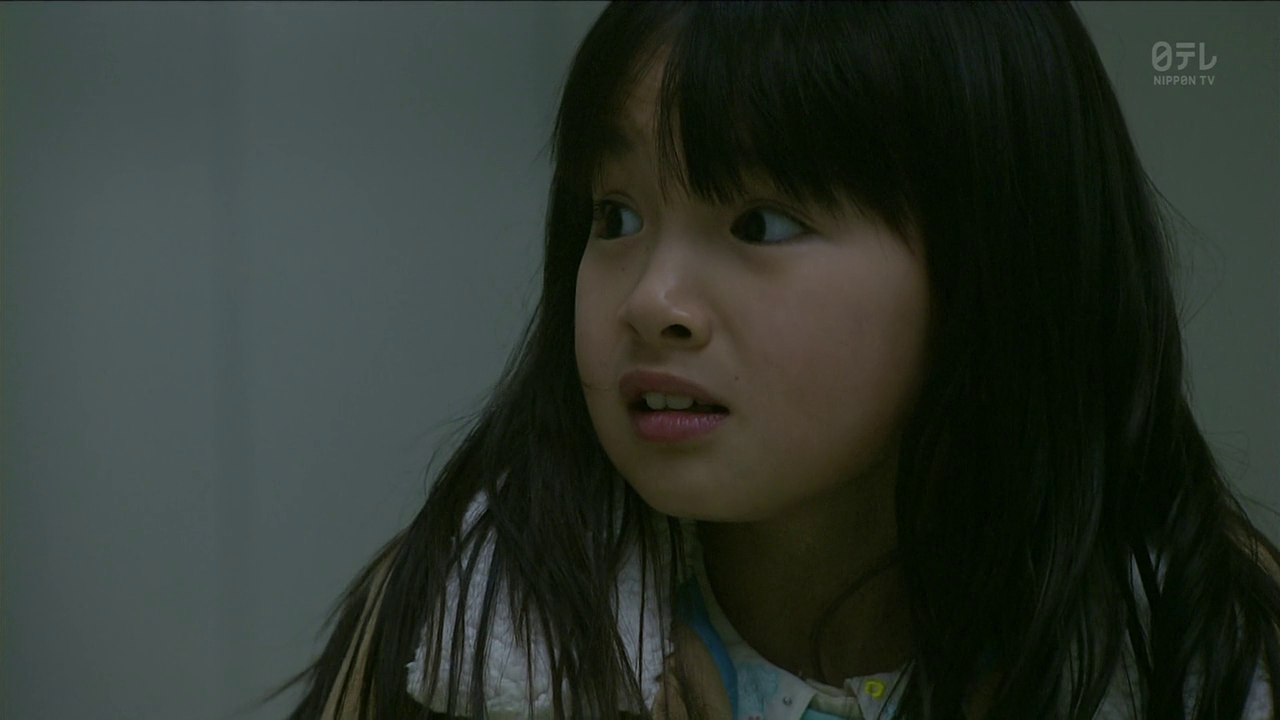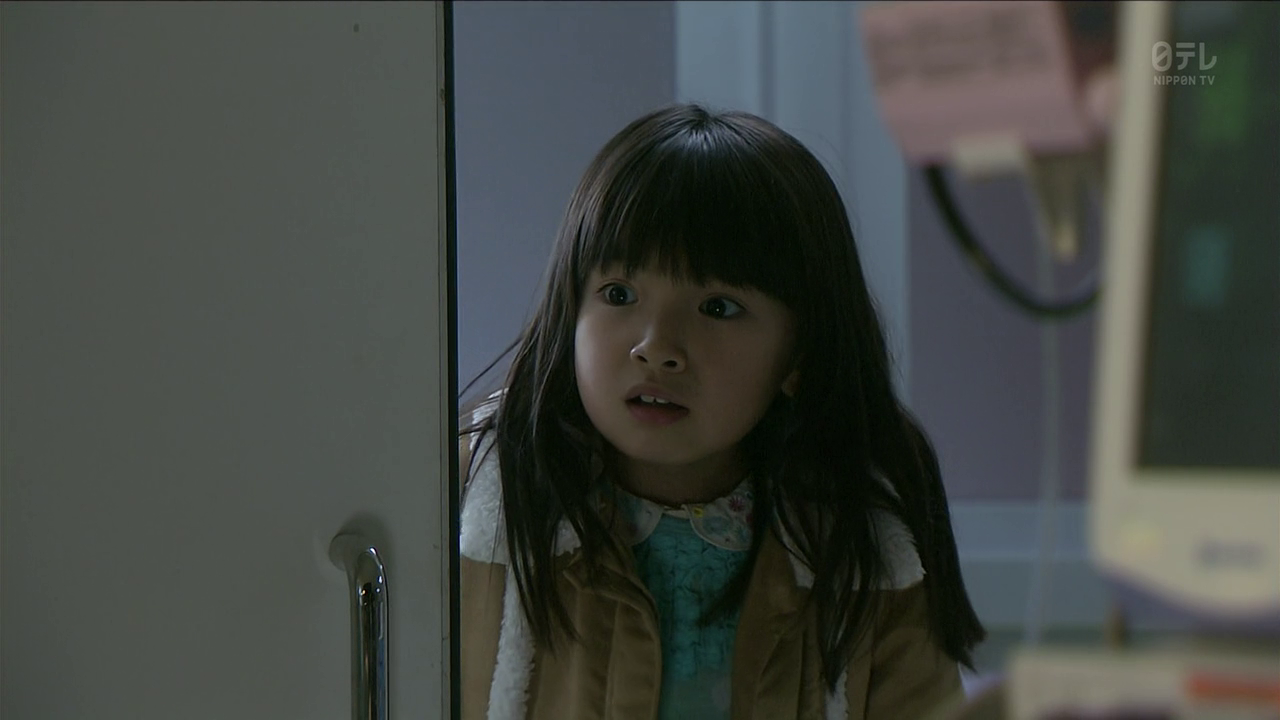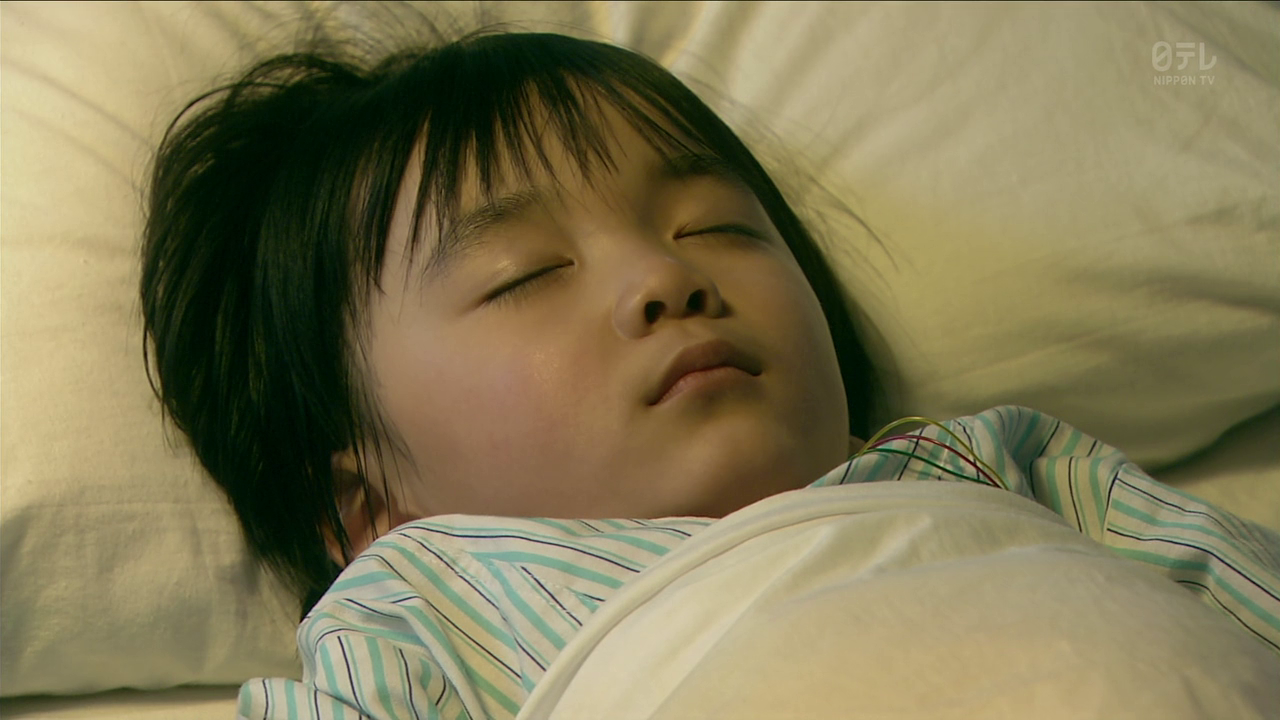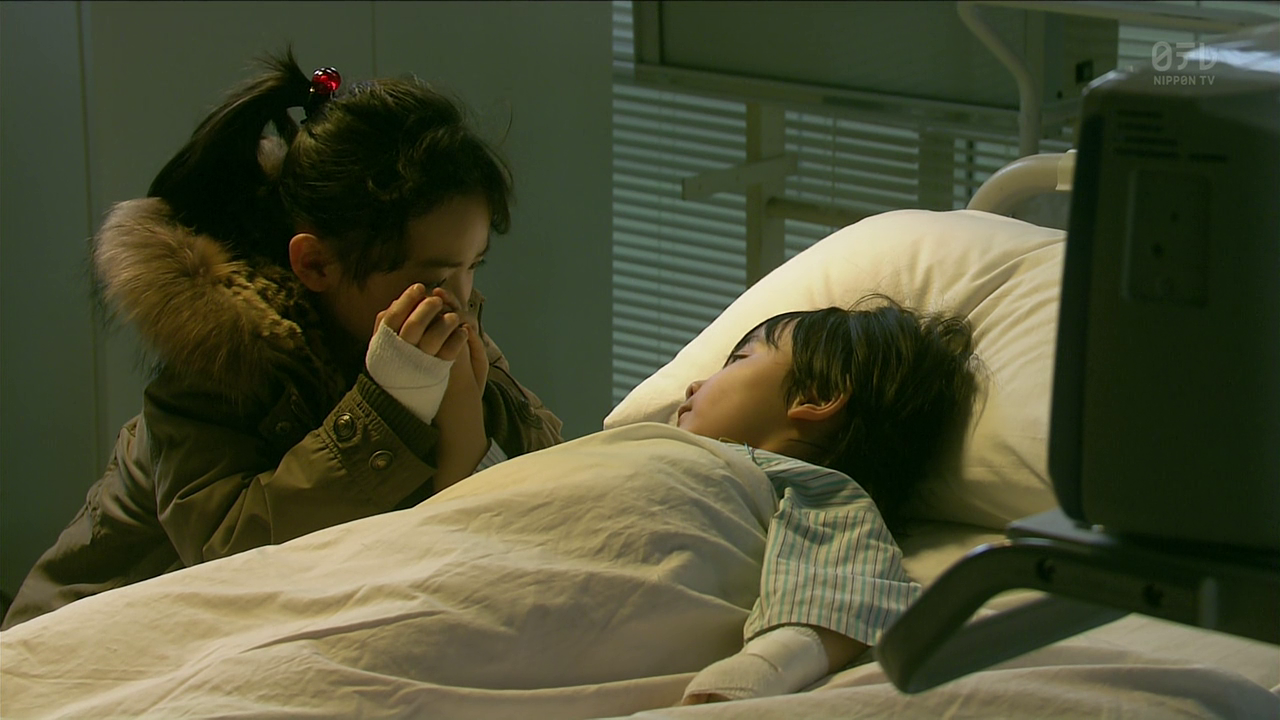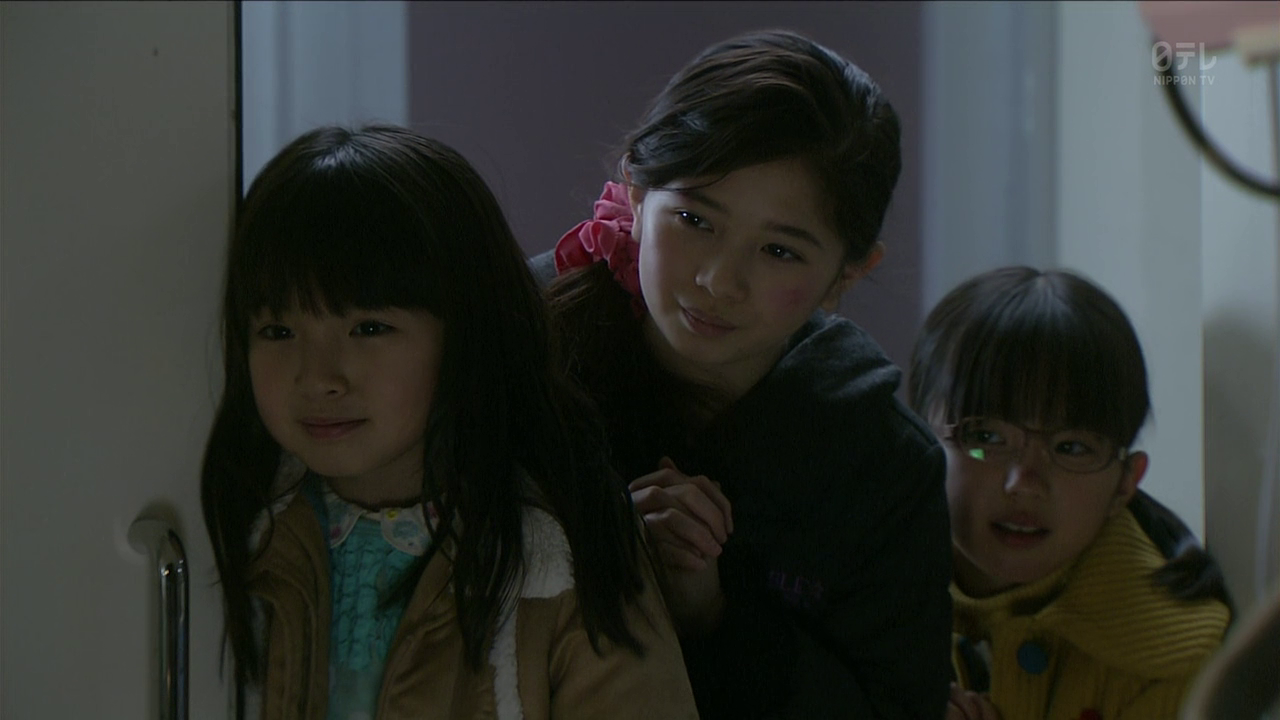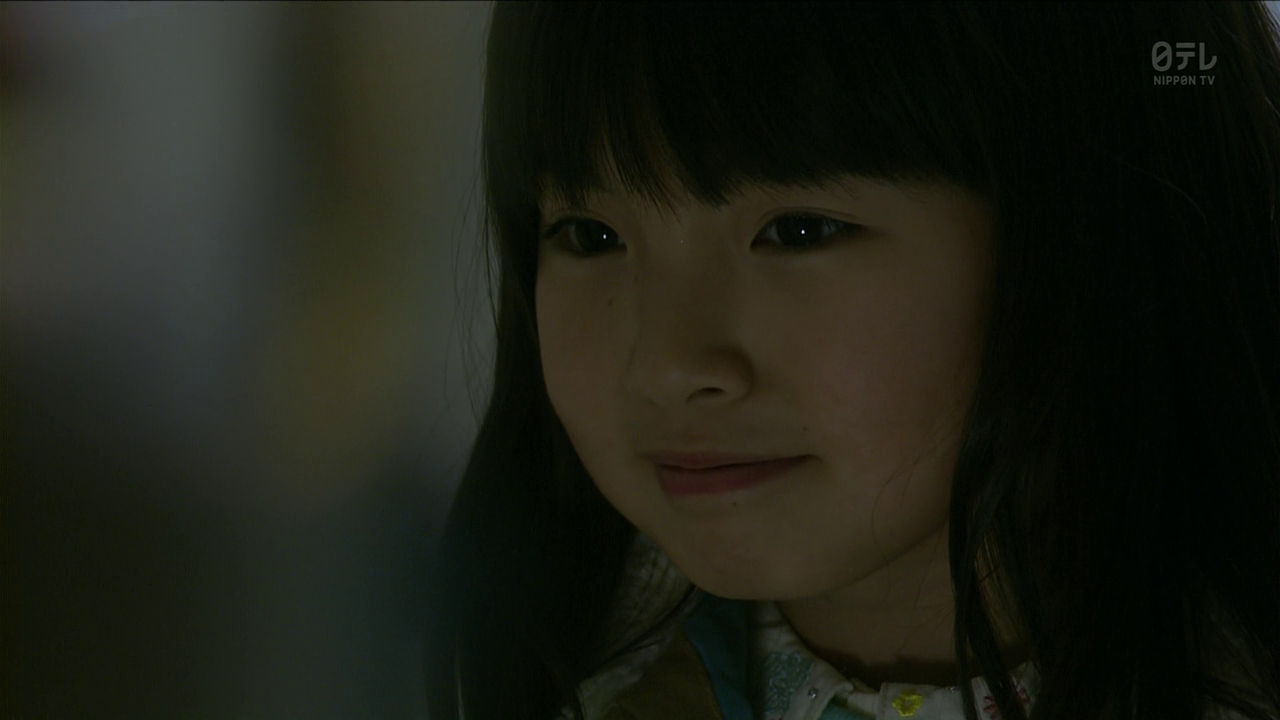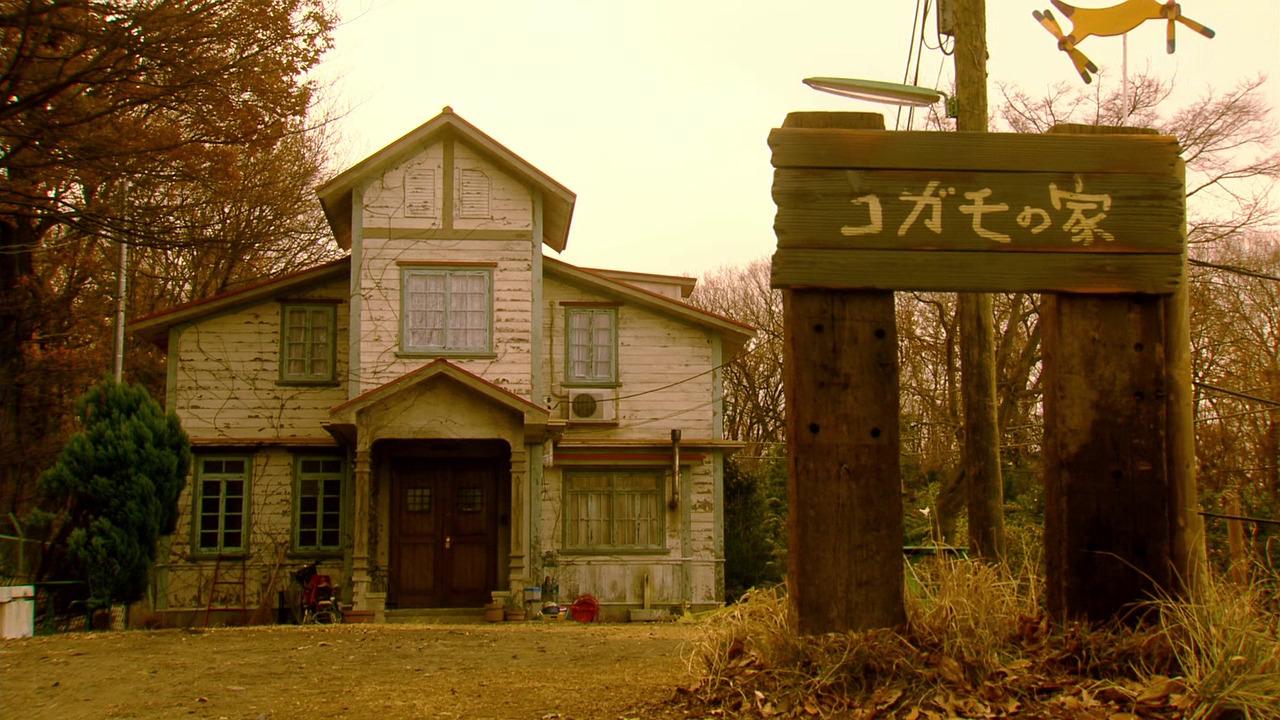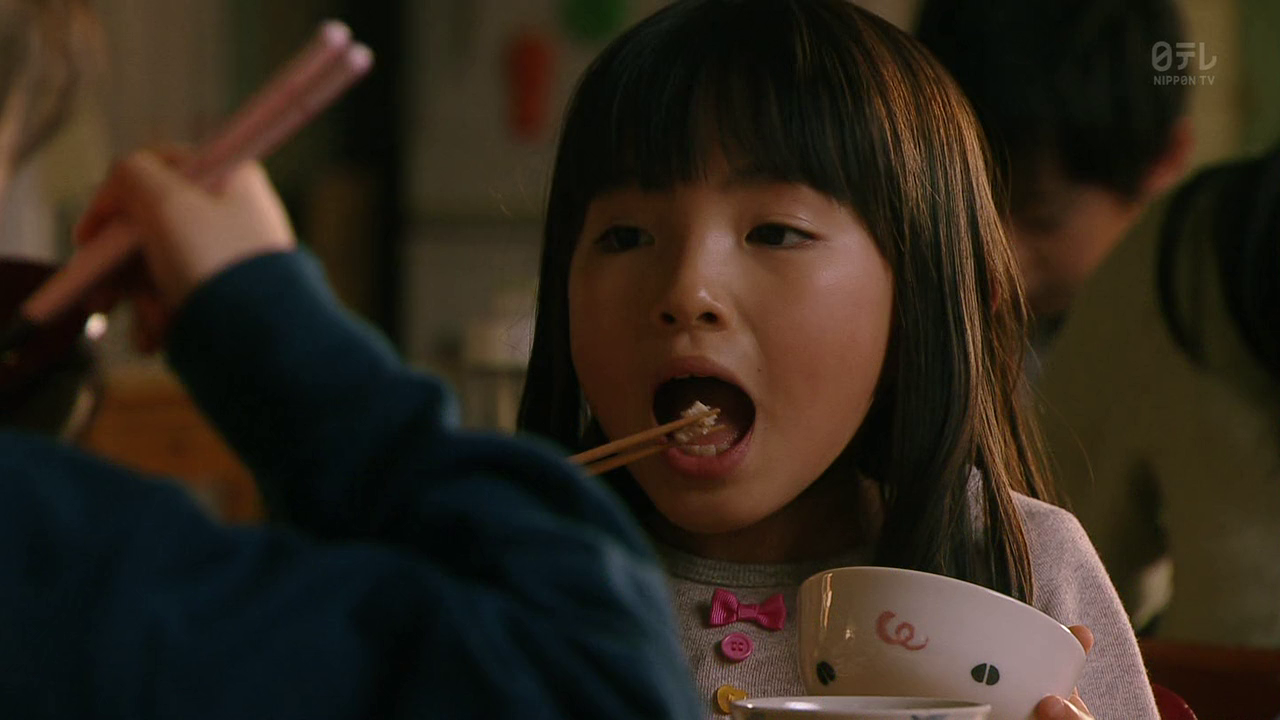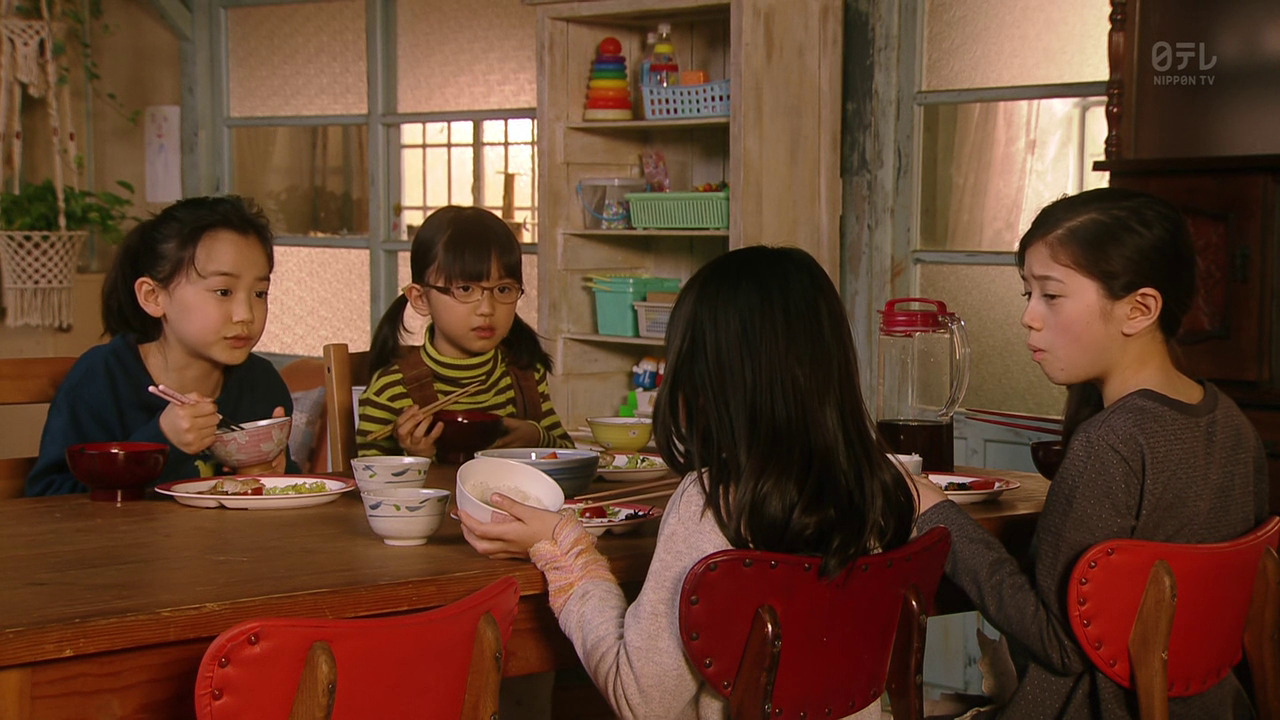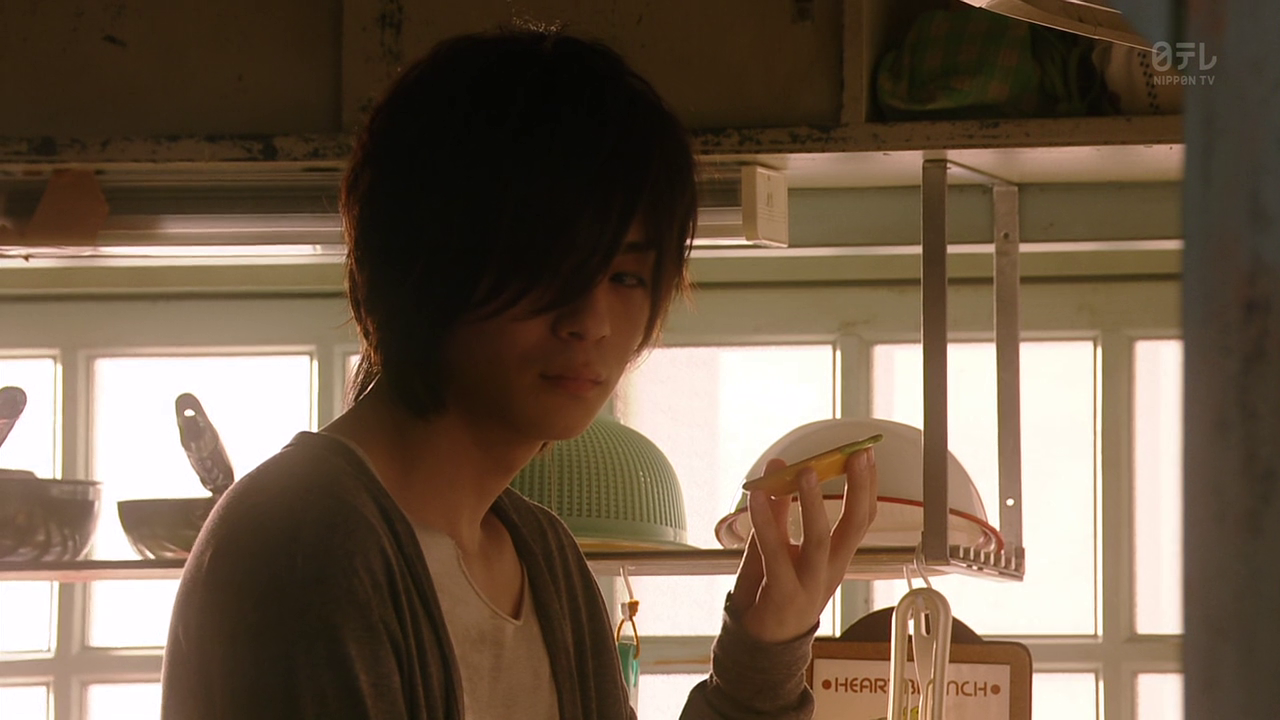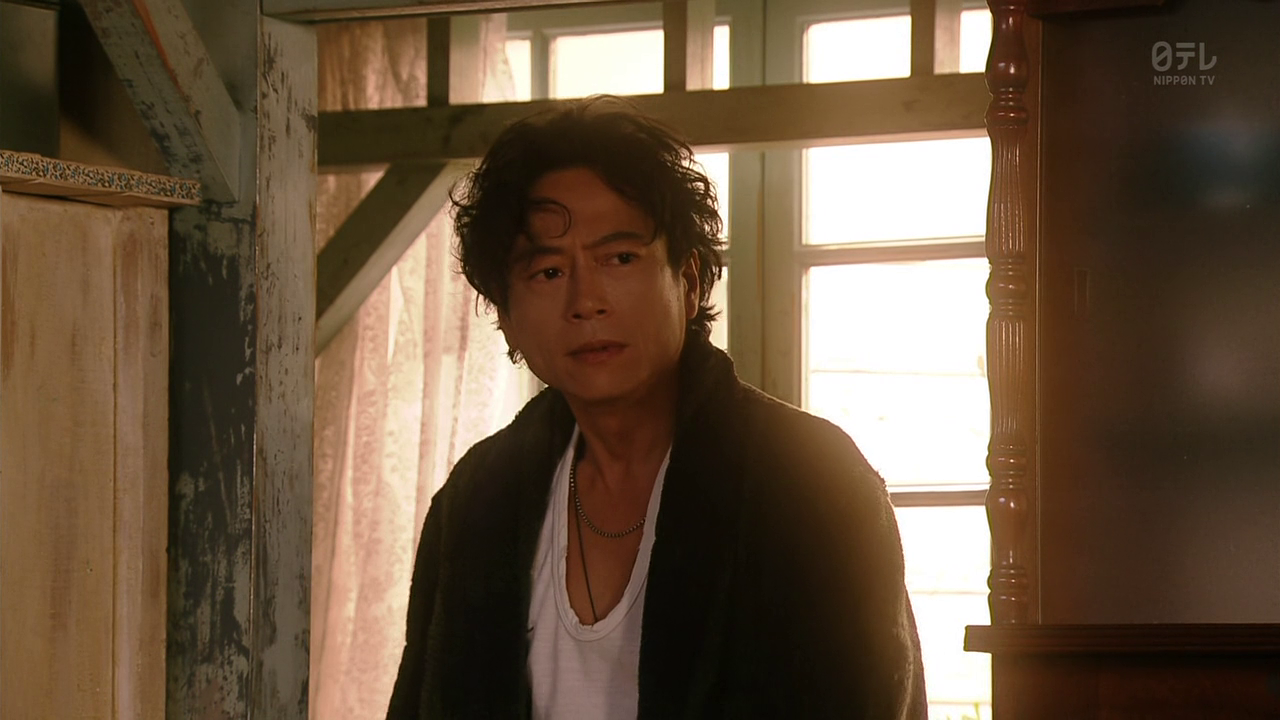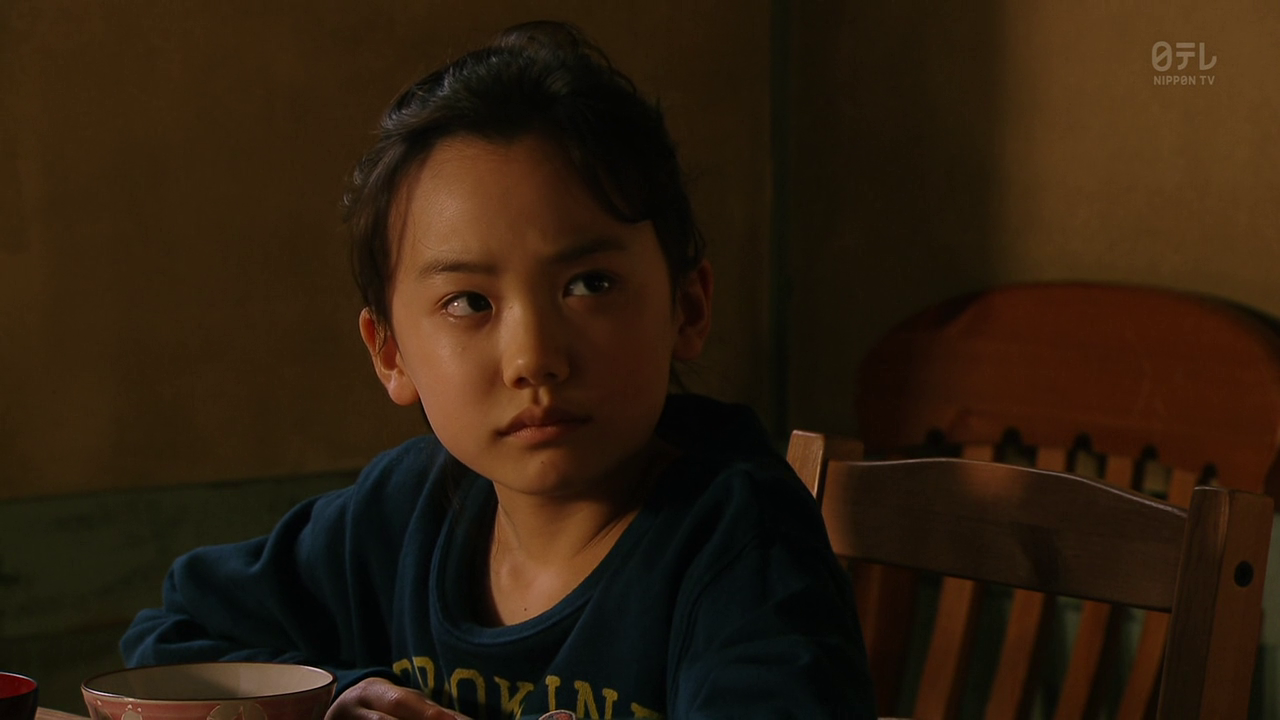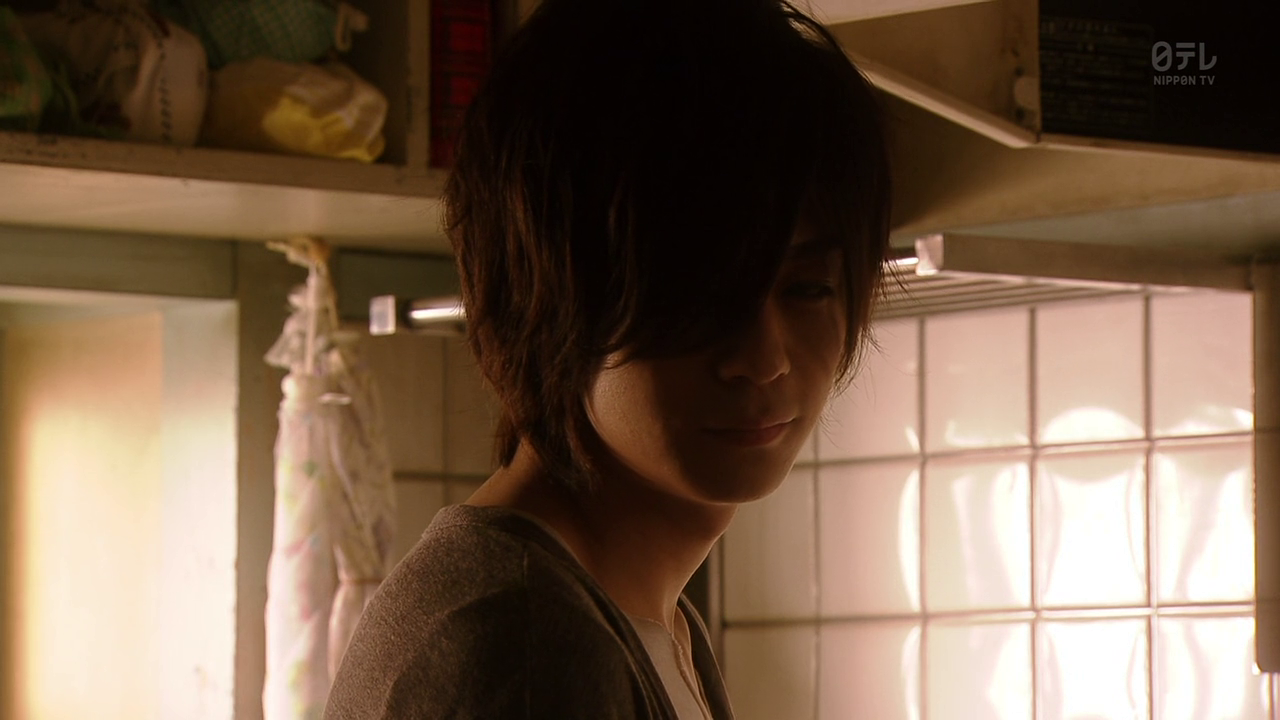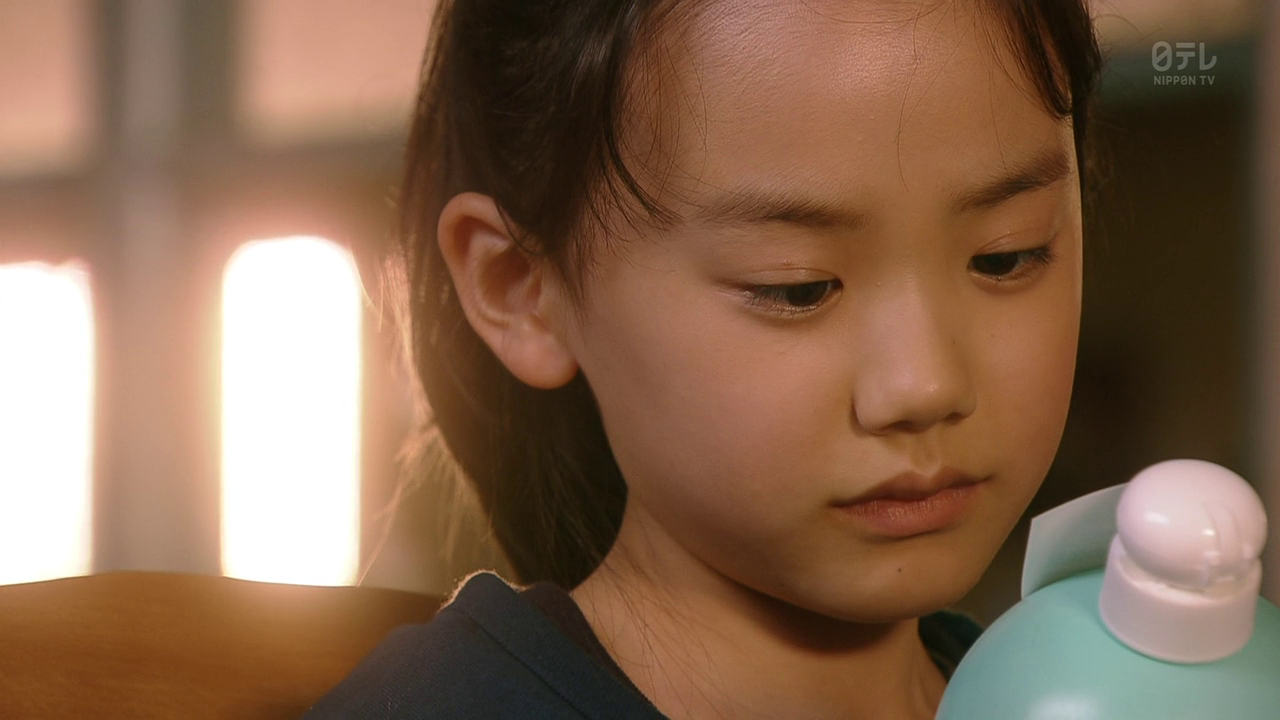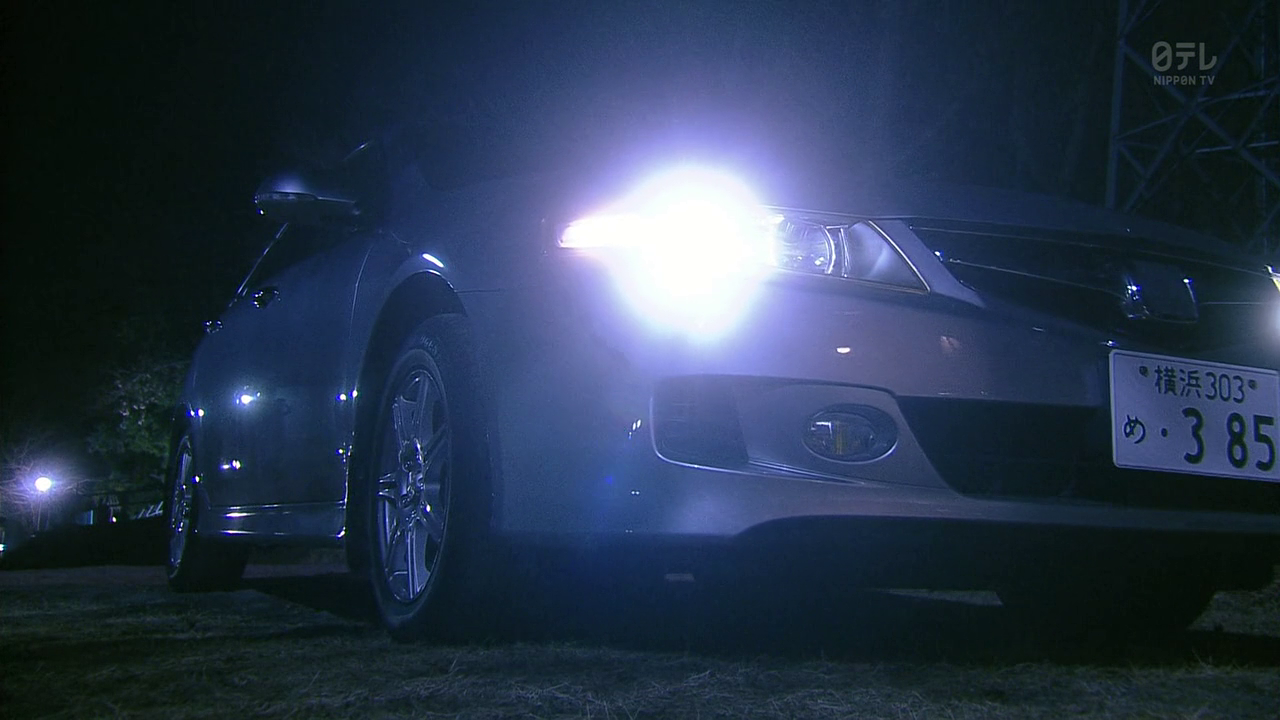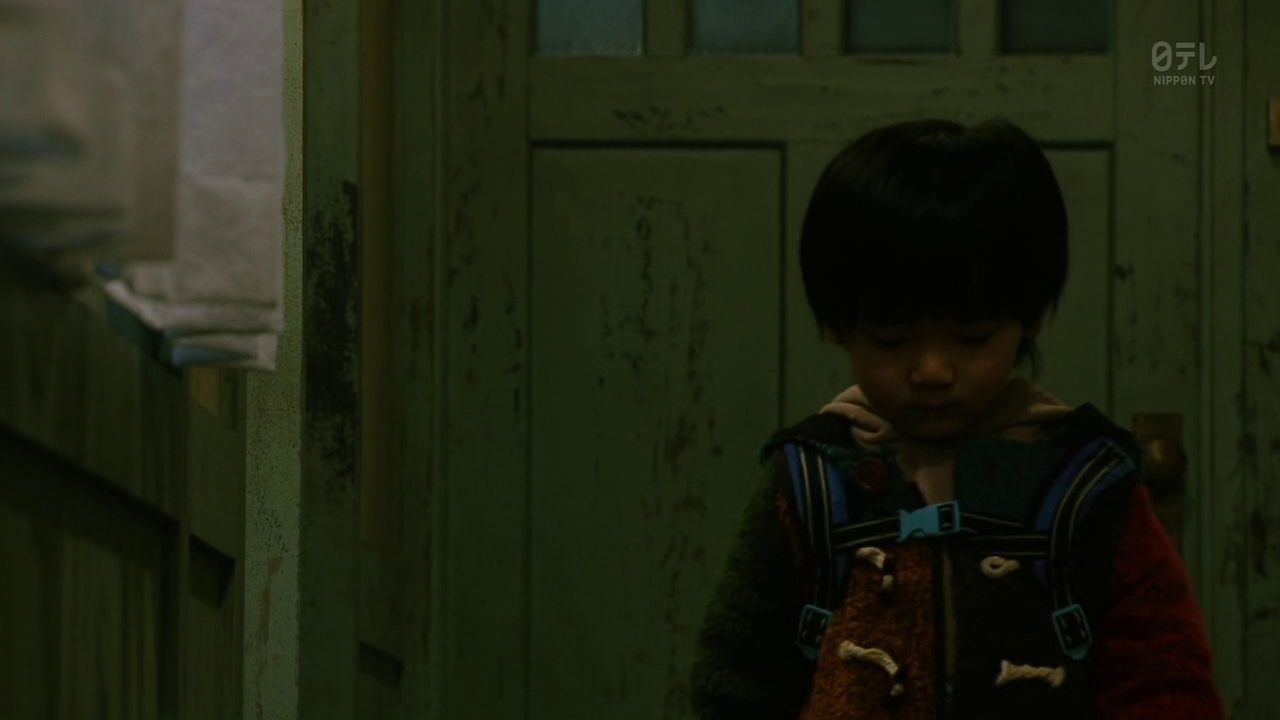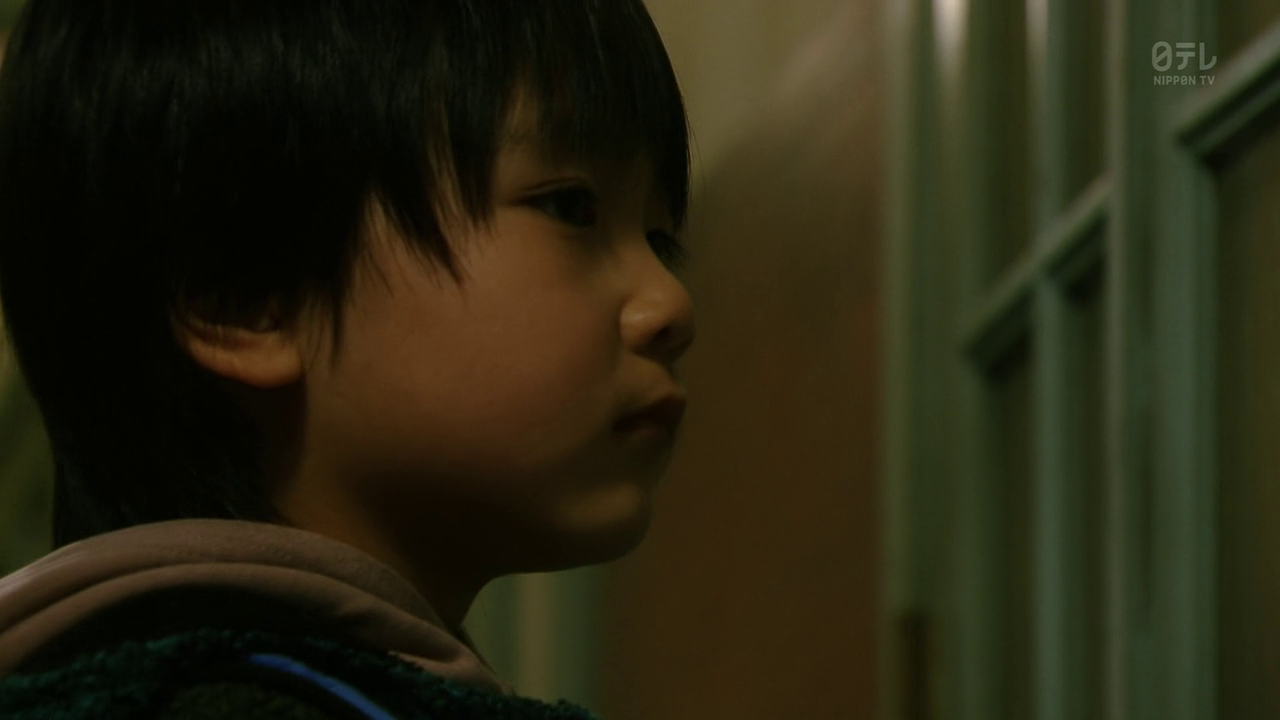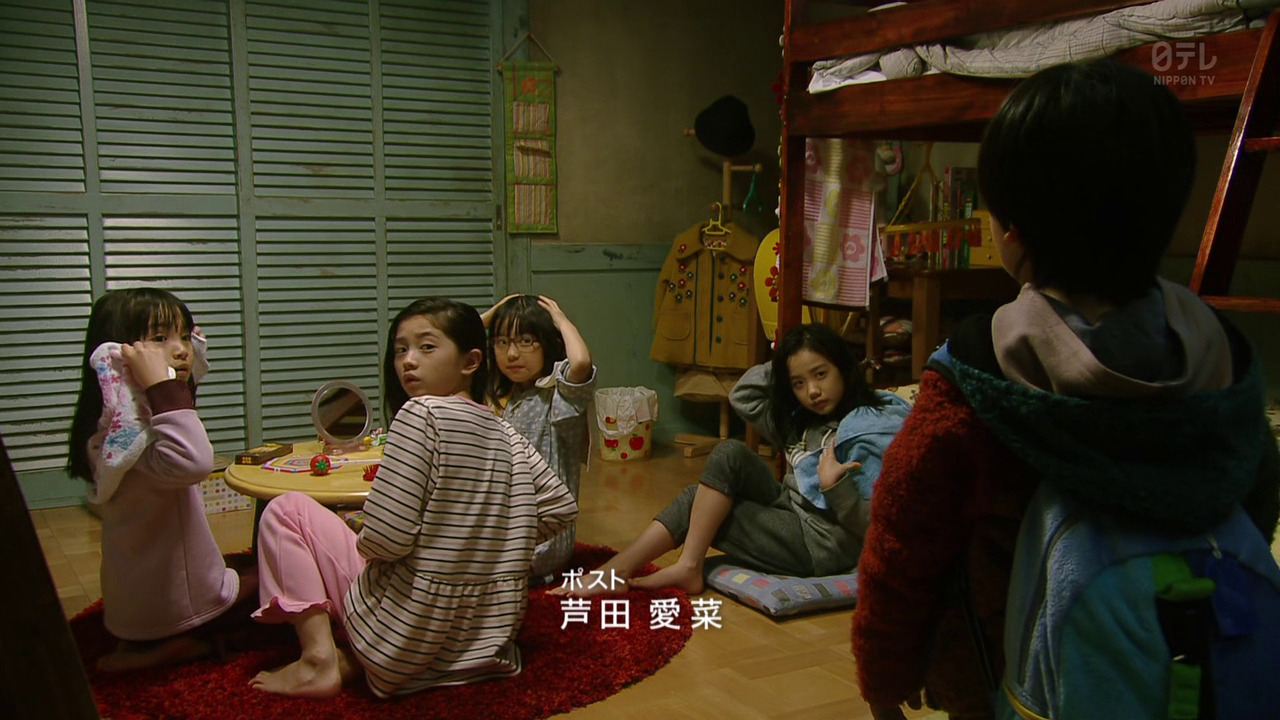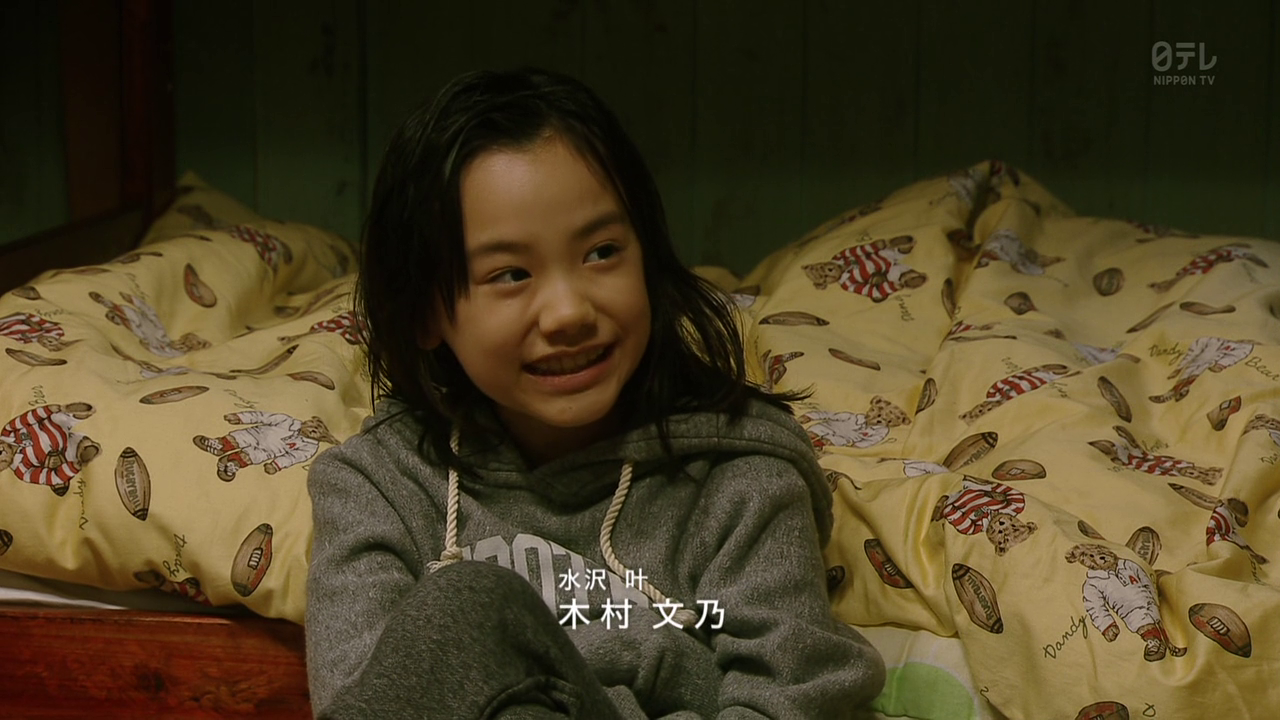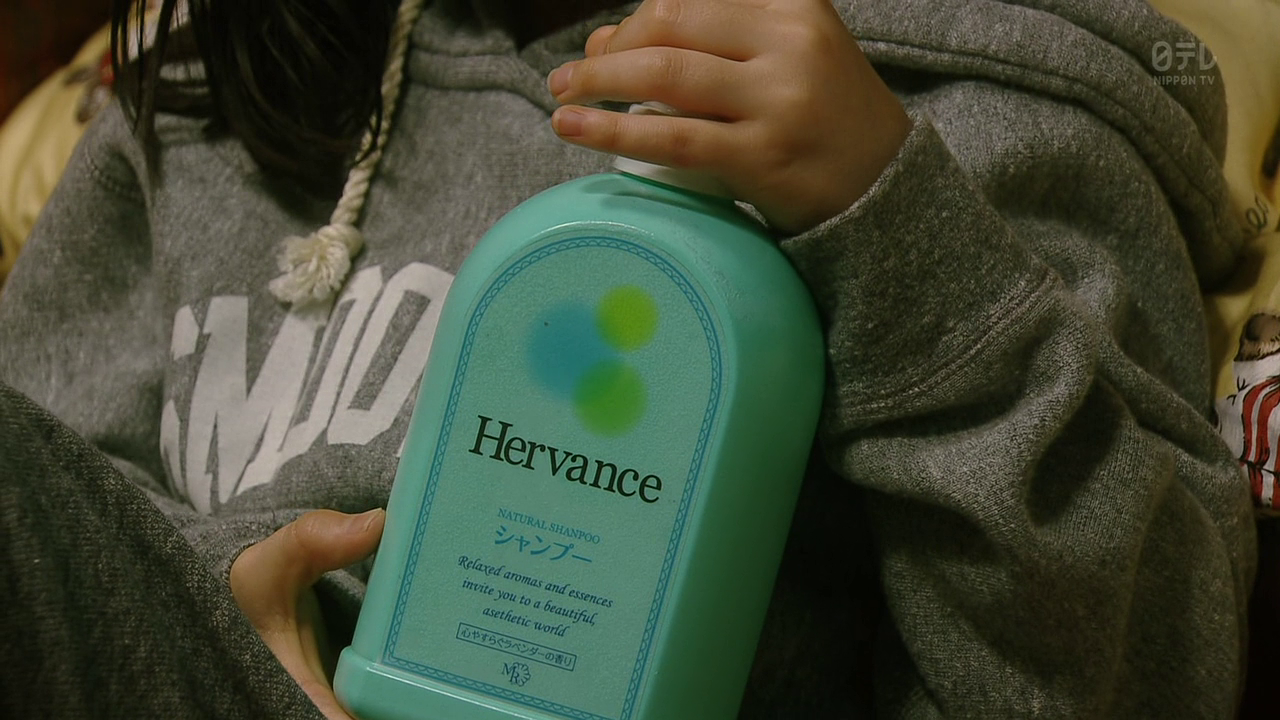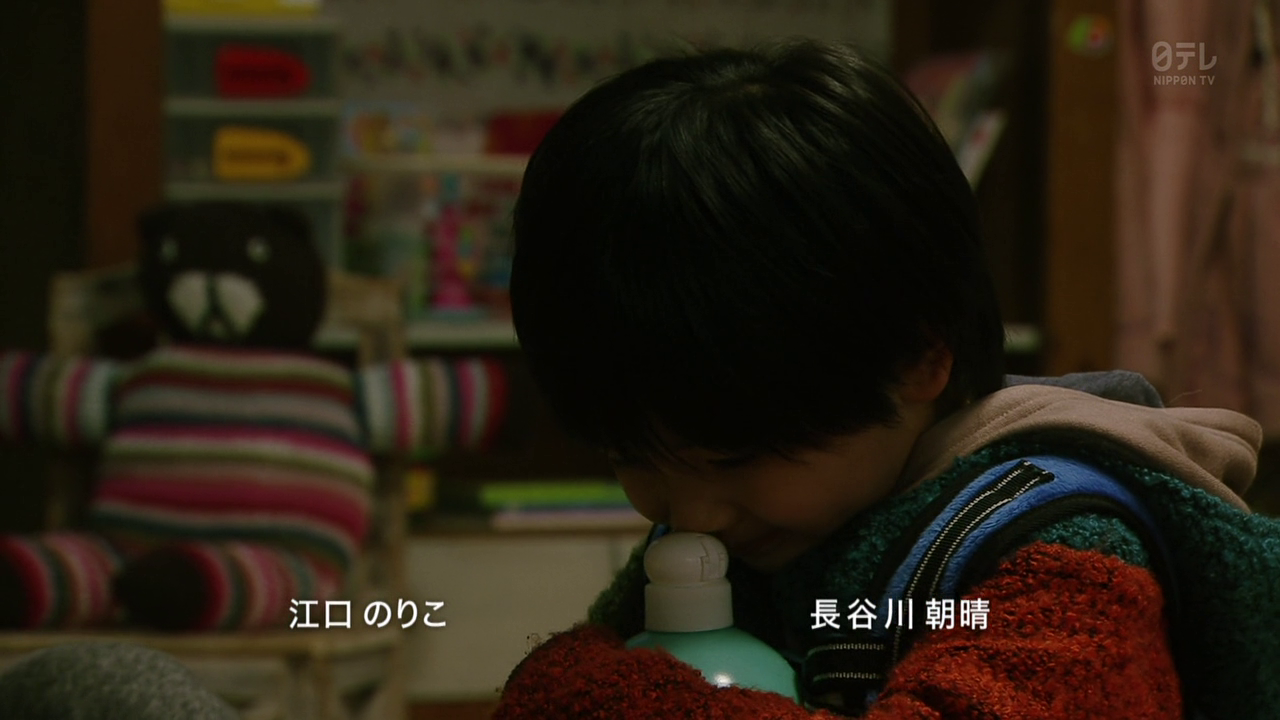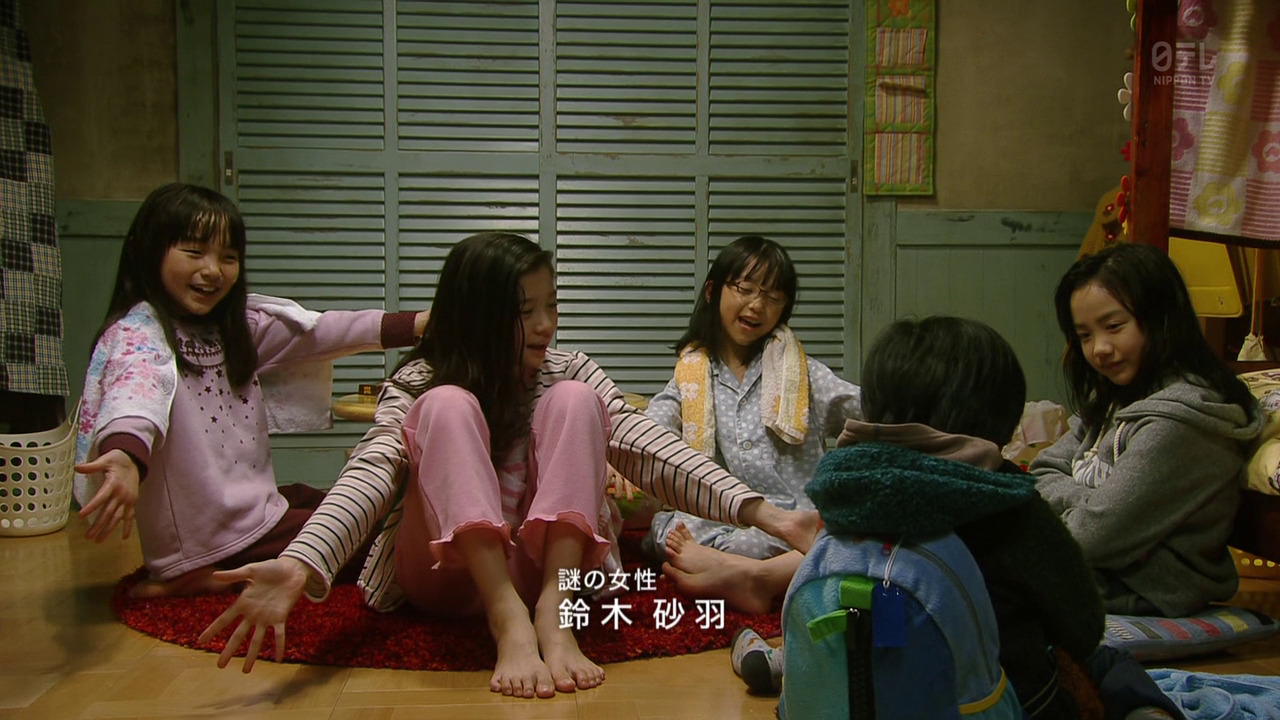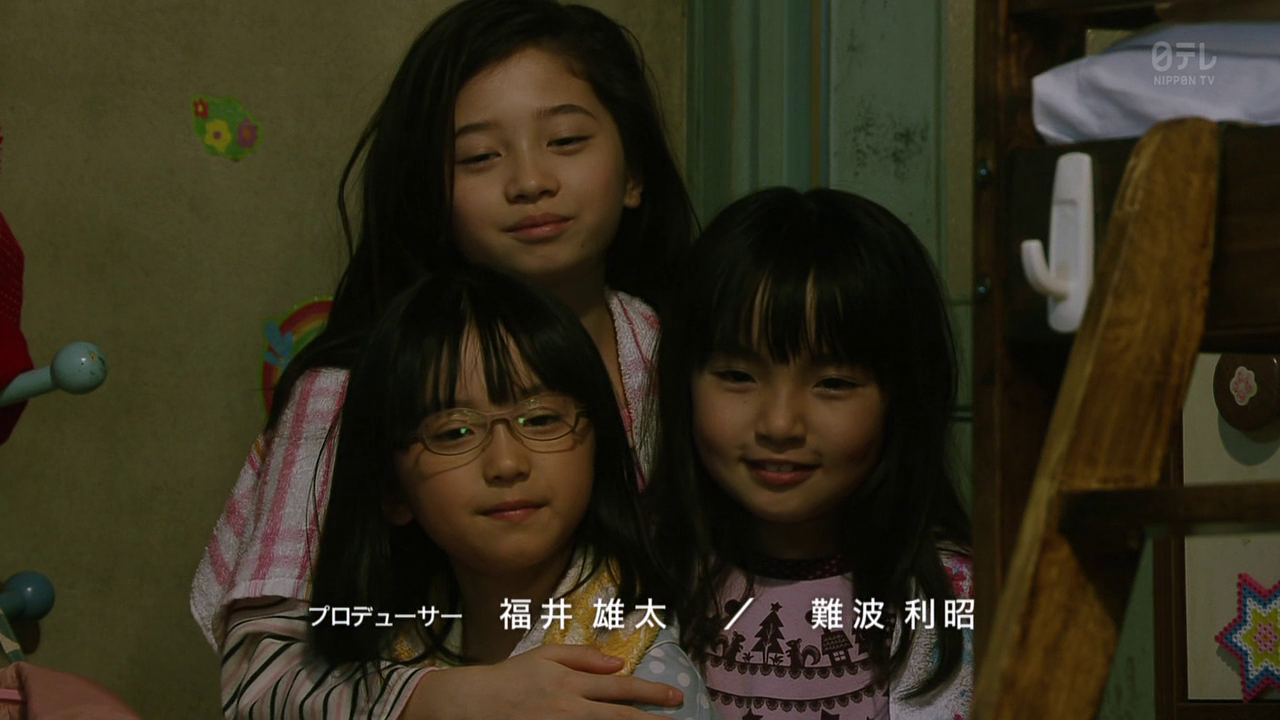Hello, thank you for visiting my blog, it has been moved to http://l3reezer.becauseofdreams.com/
「Visual Collection/Series Premiere」 Bokura wa Minna Kawai-Sō #01.
Bokura wa Minna Kawai-Sō #01.
Source Material: Manga series of the same name by Ruri Miyahara (宮原 るり)
Studio(s): Brains Base
Director(s): Shigeyuki Miya (宮 繁之)
Series Composition: Kenji Konuta (古怒田 健志)
Background Information:
Bokura wa Minna Kawai-Sō is an original manga series by Ruri Miyahara (Love Lab!) that has been published in Shōnen Gahōsha’s seinen manga magazine Young King OURs since the June 2010 issue. As of December 2013, it has been collected into four tankōbon volumes and is still ongoing.
Summary:
Usa Kazunari, now a high school student, wants to leave the disaster of his middle-school life behind and enjoy a new high-school life of peace and comfort. Though when he says “a life of peace and comfort”, what he really means is a life spent with an intellectual and refined girl. When Usa comes across classmate Kawai Ritsu in the school library and is completely enamored by her appearance and presence, he places all his youthful fantasies upon her. Coincidentally enough, Usa’s parents have just been transferred jobs; and as a result, his new life at school is congruous with his new life at the Kawai dormitory. Usa’s impression of his new home are initially unbearable when he finds out Shirosaki, a pervert who is a potential threat to peaceful society and most assuredly a threat to Usa’s idealized adolescent life, is his new roommate. However, things take a seemingly fateful turn when Usa discovers that Kawai is also an inhabitant of the co-gender dormitory. In the span of a few days, Usa becomes more accustomed to the hindrance that is his roommate, to the playful teasing of his land-owner Sumiko, and to the lengths he must go to obtain Kawai’s attention. But things take another turn when he discovers another fellow-tenant, Nishikono Mayumi, not in the actual dormitory but outside next to a pile of empty cans and bottles of alcohol. After a flirtatious interaction and an elbow to the face, Usa gets a taste of what his newly-introduced dorm-mate is like, and quite a bloody one at that. The assembled household members have a day-concluding dinner together and Usa realizes that while Kawai may be the ideal girl for him, the other new additions to his life might just prove the opposite and probably even be detrimental to his relationship with the girl of his dreams.
Review:
Don’t be fooled by the title of the series (lit. “We Are All From Dormitory Kawai”, but also a play on words that has the double meaning of “We Are All Pitiful” – the former having the likeliness of a slice-of-life and/or comedy while the latter much more expressive of a drama, tragedy and/or anti-romance if you ask me, in any case, completely different connotations) or the first minute of grandiose color palettes, assertive sun-rays, juxtaposition of beautiful nature with human daily life, delicate piano accompaniment and male protagonist’s opening internal monologue that reveals his self-awareness of an unfulfilled life absent of romance and passion; this is most definitely not a TV-sized Makoto Shinkai production, no matter how much of his aesthetic formula it follows. Bokura wa Minna Kawai-Sō is being adapted by Brains Base, a studio I hold in high regard, but for different reasons than for most other studios. Wherein a defining characteristic of P.A. Works, Ufotable and other production companies is the unbelievably meticulous quality of art; up to this point, I seldom thought the same for the works of Brains Base. (While I thoroughly appreciated the artistic stylings of Baccano!, I wasn’t too head over heels for Durarara!!’s. Subsequently, Blood Lad was a more pleasing visual experience for me, but even then I never merited it as masterful craftsmanship.) In commending Brains Base, what I saw to be its most admirable quality was its selection of works and how it properly portrayed the greatness of each work. (Durarara! ! and Blood Lad being clear-cut examples of instances when I wasn’t frustrated at a studio for adapting a series just to make it mediocre and not even have the respectability to see it through until the end, but rather when I was enraged at a studio for making such splendid adaptation of a series and leaving the viewers with nothing more right when it reached its peak of excitement.) It’s safe to say that Bokura wa Minna Kawai-Sō has completely re-painted my impression, as like I said before, don’t be fooled by the Makoto Shinaki resemblances, because this series is most definitely the kind of heart-wrenching story that emotional masochists will voraciously consume (although for the record, there is a masochist in the show if that helps). But in retrospect, is any comparison to a Shinkai work ever not a compliment, especially if it’s concerning the visual production? To that I exclaim an irrefutable, “No!” If I want to reference my antiquated impression of the studio, then, most assuredly, Brains Base has stepped up its art game by one hell-of-an-impressive multiplier. In mimicking the Makoto Shinkai way, whether intentionally or unintentionally, the artists behind Bokura wa Minna Kawai-Sō have effectively sky-rocketed the show’s value. It’s a bit hard for me to justify as to why myself; but if I may instill a bit of my own personal philosophy into the explanation, I believe that with a certain commitment to quality work, there’s an additional upgrade in ways that viewers can understand the feelings you are trying to encapsulate within your work. These effects can be subtle like the immaculate detail of a bowl of rice with chicken and egg that rivals even the vivid portrayal of clouds (something most would consider most artistically-appreciable), in turn giving a more wholesome sense as to how the character eating the meal feels. And also these effects can also be continuously and perceptively prominent such as the artwork truly expressing out the characters’ expressions and emotions, making them outright beautiful in their own sense, no matter how common or ordinary their static character designs (another common aspect of Makoto Shinkai’s aesthetic work) may be. To this respect, I think even to the well-trained, avid anime-viewer eye, an eye that has become weary of the same visual appearance of characters bearing identical and generic archetypes, there is a whole new level of accentuation and individualization that can be seen. All in all, I guess this concept encapsulates the idea that the more realistic something is, the more believable it is. Or simply, that the art speaks for itself, in which this case, it most certainly does. And it’s saying something along the lines of, “Look at me, I’m beautiful! Take a screen-cap, it’ll last longer.” It goes without saying that for a show centered on its cast of jointly-eponymous characters, any effect that will highlight their presences is without a doubt important. And while the art quality of this show does just that to much avail, it’s also fantastic to be able to admit that even without their tasteful visual depictions, these characters actually still stand-out a bunch through their respective personalities and quirks. While the open-closet pervert Shirosaki isn’t the most refreshing character of the household, his effect in dragging the hopeful romantic, Usa, who is constantly floating off in his own delusions of love, back down to ground-level, quite roughly so I might add, might just be a necessity dynamic that keeps the show in general from turning into a less whimsically entertaining, flat-out account of a tenderfooted boy’s high school crush. (This being an adequate outline for a movie, yes, but more so questionable in the format of a television series spanning in the dozen(s) with its episode count.) Alongside these wholly incompatible roommates are the female members of the Kawai dormitory, the capricious Kawai Ritsu, who literally speaks softly and walks around with a big stick; the busty and free-spirited but emotionally-vulnerable Nishikino Mayumi, whose first and second impressions from her fellow hopeless romantic, Usa, are “great tits” and “alcoholic” respectively; the yet introduced Watanabe Sayaka, who is only described as a college student; and the landlord Sumiko, whose anachronistic maturity and complete disregard for the savoir-faire she so obviously has (as a seasoned elder and all) I find to be the most hilarious thing about this show. With a series like Bokura wa Minna Kawai-Sō wherein there’s not necessarily a derived narrative to progress upon (Usa’ romantic advances towards Kawai being the only thing at this point and even that is being overshadowed by the overall atmosphere of comedic gags), there’s greatness in that it can access its entertainment value from the very beginning. With the aforementioned ability of Brains Base to really adapt a series as what its worth, Bokura wa Minna Kawai-Sō’s latency has been clearly presented here today, I would say.
Rating: 8.7/10
「Visual Collection/Series Premiere」 Blade & Soul #01.
Blade and Soul #01.
Source Material: Blade & Soul
Studio(s): Gonzo
Director(s): Hiroshi Hamasaki (浜崎 博嗣) , Hiroshi Takeuchi (竹内 浩志)
Writer(s): Atsuhiro Tomioka (冨岡 淳広)
Character Design: Eri Nagata (長田 絵里), Hyung-Tae Kim (김형태)
Chief Animation Director: Eri Nagata (長田 絵里)
Background Information:
Blade & Soul is a Korean fantasy martial-arts massively multi-player online role-playing game (MMORPG) developed by NCSOFT’s Team Bloodlust developer division. Having been in development since 2007 yet still void of many promised services, such as overseas and console (Playstation 3 and XBox 360) releases, the game is considered as currently in development hell. In spite of that, due to recognition of its innovative game mechanics, its artistic and stylistic design, and NCSOFT’s established reputation with previous series (Guild Wars, Lineage, Aion), it has garnered widespread attention as an accomplished entry in the MMORPG industry. While the anime series is to adapt from the source material itself, its release precedes the establishment of the game’s Japanese servers.
Summary:
Aruka, a skilled assassin of the Tsurugi Clan bearing a scar resembling the shape of a swallowtail butterfly, was the sole witness to the murder of her master by three assailants belonging to the Param Empire. Since the incident, she has made it her personal mission to put an end to the vendetta and exact revenge upon the three assassins she prominently remembers from her vague memory. While bathing in a pond and reflecting upon that fateful evening, she is discovered by a pair of brothers who recruit her as a bodyguard, not after being overwhelmed by her physical prowess. Now serving Mori, the young female successor of a village, Aruka is exposed to the devastating influence of the Param Empire on people other than herself. The imperialism of the Param Empire has turned the village into a target land for the cultivation of “sky spirits,” flowers that grant supernatural powers upon being cultivated, subsequently establishing a common enemy for Aruka and her employer. All throughout, Aruka retains her stoic nature towards both her friends and foes, failing to even bat an eye when the whole village is attacked and countless people are killed before her. Ganza, essentially an unexceptional character of mini-boss-eque nature (filler, even in mini-boss terms) volunteers himself as someone who can defeat Aruka, over-estimating the power of the sky spirit bottle he possesses. Aruka assassinates Ganza with one skillful maneuver with two blades but is ultimately unable to stop the army that accompanied him. As Aruka and Mori watch the destruction of the village from afar, Aruka tells Mori to pursue vengeance. Then, while cutting her own hair, Aruka clarifies that instead of taking revenge, she is merely abiding by law.
Review:
First off, I would just like to say that it’s really difficult for me to not compare this anime adaptation to the original game. Of course, while they are two entirely different mediums, that’s not said in the sense that they don’t share many aspects, but rather, in the sense that they should be equally respected as distinctive art forms. So, in consideration to the congruous narratives, reworked character designs, the recycled soundtrack, and other similarities, it’s quite easy to say that this adaptation pales in comparison to the elegant execution of the original game. If anything, I’ll just have to trust myself when I say that I would undoubtedly think the same even if I had never heard of the game prior – and hopefully it’s fair to ask for you too to take my word on that. The thing about Blade & Soul is that for an MMORPG, it has a spectacularly riveting and engaging narrative. And in all honestly, it’s hard to come across one that succeeds in conception and execution of its story, especially when the fine line between game-play and cut-scenes is thickly veiled by the individual preferences of each player. Not perfect, but better than most, Blade & Soul does well in establishing the plot as a cultivated and integral part of the game, wherein the awe-inspiring artistry in design and graphics essentially present the cut-scenes as a worthwhile and standalone picturesque experience. But while it is an exquisitely visual adventure, Blade & Soul also knows how to balance its elements through game mechanics. To that effect, I believe it is very important to know, for example, what to place in cut-scenes and what to place in player-optional NPC talk bubbles. In translating the visual appeal, atmosphere, story and lore of an open-world game, one faces the challenge of depicting these intricacies, such as the gorgeous environments that the player can simply admire while walking their character towards an NPC, into concrete frames of an episode that ultimately subtract from its overall twenty minute run-time. There’s an unavoidable drawback to every scene implemented, so it goes without saying that attempting to emulate every single component of the game would be nearly impossible. Even so, in evaluating this premiere episode in more anime-suitable standards, it’s also hard not to be discontent with Gonzo’s recreation. I wouldn’t call myself the biggest fan of Studio Gonzo at all (though if it can produce another masterpiece on the level of Gankutsuou, I would consider that one of the greatest comeback of a studio in anime history) and that line of impression continues with the production value of this here adaptation. In regard to Aruka as the main character, a static air accompanies her disposition, so that while she is admittedly of a bad-ass nature, it’s ambiguous as to whether or not she’ll justify the role of protagonist through hard-driving character depth and/or development or whether she’ll remain the archetypal avenger all twelve episodes. Additionally so, aspects that could accentuate the story-telling oh-so-well, animation of action sequences and general art quality are also quite lackluster and flat, a lot of Aruka’s movements being simplified into non-dynamic animations. On the other hand, when action is low-key, it’s still hard to appreciate the beauty of the environments and scenic shots as much as one would in the game. And as always, I’ve it a point to be concerned with how the scheduled episode count will affect the series overall. One cour is usually not enough to present a magnificently compelling series, but it is always enough to make me fretful. Of course, there are those series that can do just the seemingly impossible in twelve or thirteen episodes, some in even less; but the fact remains that at this point, with a series that is missing satisfying core elements as well as the additional oomph factor, there is too much to be desired. If you ask me, the first artistic desecration was when they changed the “&” in the original title to an “and,” and it probably all went downhill from there.
Rating: 7.2/10
Log Horizon #25. and How-to Properly Seize A Second Season
Source Material: Mamare Touno (橙乃 ままれ)
Writer(s): Toshizo Nemoto (根元 歳三)
Studio(s): Satelight
Director(s): Shinji Ishihara (石平 信司)
Music: Yasuharu Takanashi (高梨 康治)
It’s easy to underestimate the possibility control and power of money on any given industry, and the major power of the media mix in anime is no exception. Especially in recent years, we’ve seen our fair share of questionable adaptations every season. Shows that are adapted into anime series before even having enough content to satisfy one cour. Shows that are altered completely from their original narrative. Shows that are oh-so well deserving of continuation but are ultimately truncated. And shows with essentially unnecessary continuations. For both the good and the bad sides of this coin, it’s definitely an interesting conundrum about a certain influence on culture. All of this is open to contention, of course, though one fact remains constant and that is the inevitability of further exposure. Whether they be manga, novels, games or even the more up-’til-lately less indulged mediums such as light novels, visual novels and the like, getting an anime adaptation will increase audiences. That is a formula that has long since been set in anime-drawn stone, which really brings us to the true topic of this article, a little niche light novel series I like to call Log Horizon and whose anime adaptation I like to call ‘the best MMORPG sub-genre anime I have had the pleasure of watching.’
Leaving aside a thorough synopsis of the overall series for another time, what we’ll discuss is its state in the last fours weeks of its broadcast. After a thrilling finale at the Battle of Zantlead, the arc focusing on the conflict with The People of the Land comes to a satisfactory close. Back in Akihabara, the army-disbanded adventurers are back to their free-willing, adventuresome selves and are effervescent in their post-victory celebration and indulgence in the first ever Scale Festival. It’s not really a set-up for another gripping battle, at all. This is evident when this in-between arc’s antagonist arises, a nobleman and person of the land named Lord Malves, who besides in countenance proves to be no spectacular authority, no more a threat Shiroe. What worth he does prove himself to be, however, after two episodes of moderate lime-light, is a fantastic red herring. As a generous fate would have it, the issue with Malves is effectively resolved within the first five minutes of the season finale, leaving a whole lot to be covered in terms of embellishing the episode greatly with a sense of yearning for the riveting teased things to come, a sense of nostalgia through heartfelt moments with the eponymous guild of the show and just a general sense of astonishment at wonderful story-writing.
With the good riddance of our short-lived villain, things are immediately taken up a notch. A moment between Minori and Shiroe finally has her simultaneously confronting the Akihabara populace’s general opinion of Shiroe as well as confronting Shiroe himself. At last, Shiroe is posed with a particularly heavy-hitting question that doesn’t revolve around strategic analysis but rather, around him as a person. It is here that Shiroe expresses his own personality quite explicitly, which is such a seldom occurrence for him – and you can’t help but notice that he must have had a long and emotional history with his past guild, something that always seems to linger in the back of his head as he plays that role of the “villain in glasses,” brooding behind the scenes of everything. And if I had to put a finger on it, I would say a huge deal of this demeanor involves Kanami, a character I’m anxiously looking forward to finding out more about. Conversely, in the tween eyes of Minori, we can see how much her image of Shiroe, once so glorified, is losing its luster, though not negatively so. If anything, Minori has quickly grown out of her phase of idolization and is subconsciously equalizing herself to Shiroe, even pitying him to a certain extent in this episode. It’s hard to say whether this shaping of her outlook on Shiroe and people in general will play strongly towards her affection for him or not; but either way, it’s a damn fine level of character depth. Of all the new Log Horizon recruits, Minori is definitely the brightest of the bunch and the level of her character growth is something so satisfying that it could enable her to surpass Akatsuki in terms of a likeable character, even if the mentioned is frankly cooler in combat ability, appearance and class (that’s MMORPG class, not aristocratic class, mind you).
But of course, as she probably heard me say that just now, Akatsuki was looming in the background and witnessing the whole discourse, she possibly being the only one more specialized in covertness than Shiroe, something that speaks for their own compatibility I suppose. (A cinematographic quality worth noting is the framing in three shots, wherein Shiroe is seen looming over the entirety of a twilight Akihabara, then Minori is revealed beyond that scope and a while later, Akatsuki is even more so beyond that. A very nice sequence of composition.) And in my opinion, this was a much needed advancement. Beyond her moe stature and position of over-poweredness at level ninety, Akatsuki really needed a stronger persona and connection with Shiroe to have anyone rooting for her attempted courtship. This being especially necessary considering her longer history with our megane protagonist. Though by this, I’m not saying that I enjoyed seeing Akatsuki essentially hating herself for being so unobservant of her beloved despite being so aware of her own lifestyle of inconspicuousness. Quite the opposite, I was overjoyed at the under-the-stars guild dinner scene, that when all the cards were on the table and everyone was being so open with each other, the girl was able to brush aside her self-directed frustration and take part in the unity of the members. Truly, if that isn’t what a guild family is for, then I don’t know what is.
Speaking of good and bad sides of coins earlier as well, Shiroe’s romances and the coin Shiroe fiddles around with in his fingers this episode, it’s an interesting dynamic that is introduced between Shiroe and Nureha, guild master of Plant Hwyaden and interim leader of the Minami District. God knows Shiroe has enough romantic interests for the time being (though I suppose more age-appropriate ones are welcome) but additionally so, the relationship, or rather, obsession, that Nureha has with Shiroe almost seems to resemble Shiroe’s position of captivation towards his past and still mostly undisclosed (frustratingly so) guild master, of the Debauchery Tea Party. And I guess when a resemblance to deep-rooted memories doesn’t work, there’s always a buxom figure and irresistible fox-tail. Proving to be calm, cool and collected as always, Shiroe resists the irresistible and rejects Nureha’s guild membership offer. Further excessively, he continues to renounce their relationship and essentially makes a declaration of war with Nureha, a course of action that I thought was a bit sensitive; but I wouldn’t say it makes me skeptical of Shiroe as much as it makes me eagerly anticipate just what the story can ensue towards.
And it’s definitely a extensive route Log Horizon has assembled for itself. The closing moments in this episode re-created the legitimate sense of adventure and friendship that has been a core element of (and that has made me enamored with) this series all throughout. Following a truly MMORPG-tributing and gratifying action sequence involve our current line-up of Log Horizon adventurers and the usual energizing ED sequence, Shiroe informs Ri Gan he is leaving Akihabara and the announcement for the second season wraps the finale up. Something about Shiroe looking more mischievous than usual made me believe it was actually Nureha disguised as him talking to Ri Gan, but if my paranoia isn’t something to worry about, there is a sense of conceptual symmetry here. Admittedly, it is a bit saddening to see Shiroe essentially abandoned most of what he has established in Akihabara these past twenty-five episodes (especially so damn amazing comrades, shout out to Crusty), but what is an adventurer’s life other than one of taking risks and reaching new heights?
So, now in posing the post’s question, how does an anime properly seize a second season? Well, for Log Horizon:
A great introduction season through and through, no news announcements concerning continuation preceding the final episode broadcast, a mislead of sorts at the near end to make you think it’s just another completed series to drop in the recess of your memory bank, and then a full payout in the end with a myriad of moments that will remind you of the show’s best qualities, a clincher of story-writing that tells you things can get even better, and the crowning announcement that things will indeed get better. Damn more than good enough for me.
And to think, it all started with a hamburger that had some flavor.
「TV Series of the Week」 Ashita, Mama ga Inai #05.
『明日、ママがいない』 第5話 超絶美少女のピアノパパはここにいる…
Ashita, Mama ga Inai #05. 「The Super Beautiful Girl’s Piano Papa Is Here…」
Screenwriter(s): Matsuda Saya (松田沙也)
Chief Producer: Ito Hibiki (伊藤響)
Producer(s): Fukui Yuta (福井雄太), Namba Toshiaki (難波利昭)
Director(s): Inomata Ryuichi, Naganuma Makoto, Suzuki Yuma (鈴木勇馬)
Music: Haketa Takefumi
An all-inclusive episode for our characters this week, and boy do I mean that – from the main cast of girls, Posuto, Donki, Piami, and Bonbi; to the side-characters, Pachi, Locker, Maou and Kana; to the even more side-casted, arguably inconsequential characters, Han and Ryu (the twin-brother of Kogamo no Ie who have essentially been background props up until now) and the infamous Japanese Joripi; it’s the whole cast shebang this time around.
Summary:
It’s a new day at Kogamo no Ie and with the sunny morning comes sunny news for the girls. Expecting outright elation from Bonbi, Piami, Donki and Posuto inform her that the Japanese Joripi couple actually are without a child and are thus potential foster parents, but Bonbi’s response is one of unusual indifference. Subsequently and conversely, Donki is ecstatic when Maou makes his usual foreboding entrance into the kitchen and tells her that she has another chance with the trial parents she had met previously. The opportunity was initially forwarded to Posuto, but in the end Kana, Maou and Posuto all rightfully saw it more fit for Donki. So, while Donki skips school to re-do her trial, on the school-grounds, Piami plays the piano for an undercover talent agent and is then invited to compete in the nation’s most prestigious piano contest. Piami sees this equally as an opportunity to have her talent recognized by the world and by her long-since aloof father. In being her tight-knit friend, Posuto is dragged into Piami’s efforts to secure the victory, which mostly involves sneaking out at night with her to keep watch while she practices piano in the school’s music room. By effect, Posuto’s attention is diverted from Pachi as he undergoes his own trial and gradually comes to accept his trial parents as viable candidates, going so far as to replace his mother’s shampoo keepsake with a lollipop candy from his current mother. Likewise, Donki too is learning to accept her own comfort in happiness after she profusely apologizes to her trial parents for her previous breakdown at the amusement park and beseeches them to treat her as a family member equally in both good and bad times. Meanwhile, off on her own as always, Bonbi stakes out the Japanese Joripi’s house but is once again caught by the girl she thought to be their daughter. The good-natured girl reveals to Bonbi that she is actually their niece who comes to visit to ease their yearning for a child of their own and then requests that Bonbi visits them in her place next week so she can attend a piano competition, the same competition that Paimi is to enter. Donki continues to emotionally support Pachi through his trial, while Posuto helps Locker with his relationship with Kana. The two make a cake for her together but soon find out when they wait outside her workplace that Kana already has a boyfriend and is to be married. Quick-witted as always, Posuto plays off the cake as something the children of Kogamo no Ie, and not Locker, put together for her birthday and makes a quick retreat, dragging Locker behind with her. As Posuto and Locker re-assess the situation on the hill-top walkway (that has essentially because the signature locale in the series), the arguably most interesting love triangle dynamic is introduced as Posuto asks Locker if he will wait for her, and the scene overtly cuts to Pachi making a candy model of Posuto and nods enthusiastically when his trial father asks him if he likes her. In the immediately following scene, Pachi is taking a bath and notices the same exact shampoo as his old heirloom in this new household. His trial mother enters the bathroom and notices this, seemingly aware of his history with past trial parents, but nevertheless displays a kind acceptance of his behavior. One night when returning from the school, Piami and Posuto find out that they are locked outside Kogamo no Ie, ultimately giving Piami a chance to confess to Posuto her intentions to find her father at the competition. Maou then arrives home just in time to ruin the moment and rip the photo of Piami and her father in half. The day of the competition, behind the scenes, Piami finds out her crush, Ren, is the rumored dead-winner of the contest, while in the audience, Maou and Posuto are seated together for another tense but somehow simultaneously sentimental interaction. Concurrently, Bonbi arrives at the Japanese Joripi home just in time to witness the husband, Yuki, rapidly dashing out of the house and into the car. After finding out that he had been abandoned by his wife, she hilariously intrudes into the car and bluntly tells him to start driving so that they can go find her together. Again, a scene culminates on the signature hill-top scene when the two find the wandering wife, Maria, walking wistfully down the walkway. As fate may have it, she wished to file a divorce because she felt too much guilt from being infertile. Yuki, makes amends with her by accepting the fate that they cannot bear a child together. In witnessing the whole affair, Bonbi interrupts to ask the two to not only consider each other’s feelings but also the feelings of the many, emphasis on many, orphaned children across the country who are even more so helpless in finding and having parents. Back at the piano competition, after Posuto runs off to find Piami’s father, Maou sits by himself soulfully listening to the piano performances as a scene with Otsubone and the lunchbox lady is juxtaposed. The threads of fate continue to connect all the characters together as it is revealed what Maou had meant when he told Donki that he had killed the child of the lunchbox lady and that he was not lying when he had said that he was her husband. As it so happened, when Maou was married to her, he had a painful decision to make during her pregnancy, whether to let her live or to let the unborn child be born. Upon regaining consciousness to realize his choice, his wife was so distraught that she could not only bear a child anymore but she could not bear him as a lover anymore. This essential narrative of what Maou is reminiscing as he watches the piano performances smoothly transitions into his actions and words upon intruding into the confrontation between Posuto and Piami’s father. Despite his initial and final bow of respect to Piami’s father, he is irrevocably unrelenting in what he says about him in order to explain to Posuto exactly why he cannot take Piami back. Piami’s father acknowledges his past failures and his continued inability to raise Piami to unearth her true potential as his last gem and leaves. Again, Posuto tastes the failure of not being able to help a friend. The following night while the girls are all recapping their days to one another, Posuto surprisingly lies to Piami and the others about not finding her father. In the kitchen, Locker listens to a live message left by Kana as he is washing dishes in the dead of the night. The episode ultimately ends where it began, at the family breakfast table, where Posuto finally realizes what everyone else had known, that Pachi is leaving Kogamo no Ie. Definitely mature now more than ever, and pretty damn mature to begin with, Posuto gives Pachi a tearful and resounding farewell.
Review:
I can’t help but imagine the pure nostalgia and sentimentality that these friends will experience years later in their story whenif they finally reunite, but I suppose that’s a discussion better left four episodes from now. This episode more than any before felt extensive in material and length, heck, I was even fidgeting about in my chair at times looking at the remaining time left; but if anything, the episode rightfully represents what the latter half of this series will be delving into content-wise. For the first time, we see the children finding trial parents who are not neither bat-shit insane nor just downright insensitive, but rather, keenly aware of the emotional situations both foster parents and foster children come from. Before the episode had concluded with Pachi’s departure, I was thinking to myself how hard it is to believe the couples as being “the one” for the respective characters, just because of how much the show’s writing has vacillated between the “orphanage becoming one big happy family” route and the “everyone splitting off into their own lives one by one” route. At this point, it definitely seems like all the elements are set up for the latter – Donki being happy with her current trial parents, Bonbi coming to the rescue of the Japanese Joripi’s marriage, Locker and Kana having a complex but indefinitely intimate understanding of each other, Maou rekindling his marriage, Otsubone gradually gaining self-confidence and individuality, Piami’s father being the only parent so far to actually care about his child enough to re-visit her, and of course; Posuto representing this kind of altruistic savior for everyone but simultaneously being one who is destined to be a lone-wolf, vagabond of sorts. I mentioned it earlier, but Posuto’s words to Locker about waiting for her to grow up were rooted in a lot of emotional depth. Of all the characters, Posuto has the most in-depth and concerning story to be told, despite her already-existing subjugation of the limelight. These occasional intimate revelations of hers will be the greatest clues as to what her future holds for her, or rather, what kind of happiness she will make for herself.
Twitch Plays Pokémon
The Sochi 2014 Winter Olympics may have very well been the target of international attention in the month of February, but the world was also uniting on another front so that humanity could accomplish one unified goal: beating the first installment(s) of the Pokémon game series. Twitch channel TwitchPlaysPokemon opened on February 12, 2014 with a simple enough challenge for its viewers: use chat comments to relay controller inputs and complete the otherwise simple game. Python script parses hundreds of thousands of “up”, “down”, “left”, “right”, “a”, “b”, “start” and “select” strings into in-game executions and links to the Game Boy Advance emulator and a locally-hosted website while Open Broadcaster Software merges the website and the emulator output into a video feed that is transferred to Twitch’s relaying platform.
Forget 30,000 or its record high 80,000, once the channel got more than 1,000 views, it was a shoe-in for a successful social experiment. The truly genius thing about the project is that its completion does not rely on neither a low concentration nor a high concentration of participants. If there are 10,000 people playing at a time, it is at an effective level of disorder, justifying its appeal. However, if that number goes down, even reaching as low as two players, the qualification of multiple players is still in-tact while making it actually easier complete the game, which will in turn attract more people. It’s a genius win-win situation.
The channel has maintained a stable status as the most currently viewed channel on Twitch and has single-handed(channeled)ly caused Poke’mon Red/Blue to dethrone League of Legend as the most currently viewed featured game, LoL itself being a game that has at least a hundred channels streaming at a time. View counts aside, TwitchPlaysPokemon is perhaps more importantly making a monumental cultural presence. Frankly speaking, it is an ingenious and wholly meme-prone social experiment.
People like playing games but no one likes watching people play games. You couldn’t be any more wrong there this time around though. You could take the most interesting person in the world, make him or her play the game, give people streaming access to this play-through, and it still wouldn’t be as entertaining as watching a legion-controlled Red walking around in circles (or squares, technically) for four hours. I myself haven’t contributed a peep to the chatbox, in fact, I don’t even have a Twitch.tv account. But in witnessing this channel tediously go on and on, I feel compelled to create one just to input one command and be apart of some nonsensical history in the making. It’s completely ridiculous but whatever it is that is compelling me is a force to be reckoned with. From its social interaction, the playthrough derives the key component of being a narrative in itself. One person controlling the character through the motions would be the same story we have all experienced as adolecents, the story that is written into the actual game. Doing things that no single player would do, like using Helix fossil every ten seconds, looking at how many badges you have every twenty seconds, checking the PokéDex to listen to the cries of Pokemon every thirty seconds, and saving every sixty seconds is a ironic breath of fresh air, in every sense of the word. It escapes the context of the virtual game and becomes meta-fictional. It’s redundant as hell but it’s pure genius. And when I say hell, I most certainly do mean hell, because I myself can’t stand any more than 15 minute dosages of this stream at a time. Yet for nonsensical reason, I find myself coming back to more, feeling a need to be updated with the lunacy of the experience.
And of course, the stress forever lies on the point of social interaction, to the point where the phenomena has spread from Twitch’s platform to every single other social media, whether it be the shares on Facebook, the threads on Reddit, the live-blogging on Twitter, the fan art on Tumblr, or the memes on any other if not all platforms. With tens of millions of views, one might think that this would be a riot on YouTube. Well, it has spread like wildfire to that sea of broadcast as well. The channels dedicated to be timelapses of the entire playthrough are the more direct representations, but the existence of the other tributes also exist. For example, CONSULT THE FOSSIL (from which the header to this post originates is a fan-made video referencing the virality that the Helix Fossil item has become. ABBBBBBK ( After Story is a crossover within the animanga industry that tailors an episode of Clannad with falsified subtitles and inserted media to fit the narrative of the TPP play-through. What have you done… recaps the events of approximately the first half of the play-through with all meta-fictional jargon in-tact. And the exhibits only increase by the day. Just to re-iterate, there are people making art dedicated to this happening on both a recreational and professional level. This is an outright phenomenon.
Let’s be like Red and backtrack to the beginning of this post and pose the question, can it really be justified to compare this event to the Olympics? Is it really bringing people together in a good-natured way that rivals the sportsmanship of international athletes? Well, hell no, that answer was obvious upon day one when the chat was flooded will trolls inputting “start” over and over again to prevent any legitimate progression. But it’s those same hindrances that contributed greatly to the monstrosity of the event – the discarding of Moon Stone and Nugget, the disowning of the Charmeleon/starter Pokemon ABBBBBBK ( “Abby” and the Ratatta JJLVWNNOOOO “Jay Leno”, the usage of Dig to make the player(s) restart at the beginning of a map, etc. Viewing the play-through as a story in itself, these events associate with being the most frustrating part, the most saddening part, and the most hilarious part all concurrently. What Twitch Plays Pokemon is is a paragon of not just social interaction, but internet interaction. It is so definitive of game culture and internet culture that it literally represents a viral existence. I don’t know if there’s a gold medal that any kind of such accomplishment, but hey, take that Olympics, and don’t let it contaminate you too damn much.
Update: On February 28th, 2014, just before the entry into a new month, the Twitch team has successfully beaten the game with a resounding 16 days, 7 hours and 50 minutes clocked. Appropriately, this fanfare-ful event has been met with nothing but increased virality. Fan artists have created tribute after tribute depicting the play-through’s dream team while more than thirty-thousand viewers still occupy the stream hours after the game’s completion to share victorious sentiments, even when the only representation of those sentiments is a chatbox that receives so many messages at a time that it’s barely possible to read anything at all. At a total of approximately 37 million views, the channel has indubitably prospered in not only publicity but also in revenue. As this is the internet, a conglomerate of mixed media craze, it’s simply amazing too see how even the profits of such a sensation proliferate to separate works of drawn art print to produced soundtracks to shirt designs and the like.
References:
Twitch Plays Pokémon Progress Website
Twitch Plays Pokémon on Tumblr
「TV Series of the Week」 Ashita, Mama ga Inai #04.
『明日、ママがいない』 第4話 少女の悲しいヒミツ母親の幽霊は語る…
Ashita, Mama ga Inai #04. 「The Ghost of the Sad Secret Mother of the Girl Speaks…」
Screenwriter(s): Matsuda Saya (松田沙也)
Chief Producer: Ito Hibiki (伊藤響)
Producer(s): Fukui Yuta (福井雄太), Namba Toshiaki (難波利昭)
Director(s): Inomata Ryuichi, Naganuma Makoto, Suzuki Yuma (鈴木勇馬)
Music: Haketa Takefumi
Bit by bit, this show is losing its initial luster and seems to be falling into a slate of comfortable story-telling. We finally get coverage of Bonbi beyond her obsession with the Japanese Joripi this week, but the episode leaves a lot to be desired.
Summary:
Once again, a new batch of foster parent candidates means a new chance for our characters to move on to new lives. To Donki and our surprise, this marks the first trial of Bonbi’s, even though she’s been a resident of the Kogamo no Ie program for so long. Unlike some of the other children, Bonbi is a completely obedient child in the presence of her trial parents; but not unlike everyone else, she experiences a fit of overwhelming nostalgia during. At dinnertime, she sees her trial father scooping seconds from the rice cooker and strikes a nerve. A faint, a hospital trip and a feint later, she refuses to continue with the trial and refuses to eat. The incident had triggered memories of her real father, who was always so hard-working and eating his fill during dinnertime after a long day’s work. Bonbi isolates herself in bed and replaces her fixation with Joripi with the belief that her destitute parents are currently working their hardest so they can to be able to retrieve Bonbi from Kogamo no Ie one day. She is however denying the truth of her scenario, that her parents are long since deceased.
Earlier at the school infirmary, Piami had witnessed Ren confess to Posuto, and now sees Bonbi’s dilemma as an opportunity to antagonize Posuto and prove that she is a better friend to Bonbi than her. All the while, Maou and Locker are doing their best to support Bonbi on the side-lines. Via fairly expensive train-fare Posuto, Pachi, Locker and Kana meet with the first relative of Bonbi they could find, her aunt, who is actually the identical twin sister of her mother, identical with the sole exception of a birthmark on the face. Posuto shows just how much she cares for her friend when she outright imposes Bonbi’s aunt to adopt Bonbi, and Locker and Kana share their second intimate moment in the mixed-gender hot spring. Posuto finally realizes the connection between the rice cooker and Bonbi’s emotional breakdown, but the crew are ultimately unable to convince Bonbi’s aunt to take an active part in her life. Similarly, Piami and Donki are unsuccessful in their mission to somehow involve the Japanese Joripi in this matter. However, upon hearing about Posuto and crew’s mission, Maou obtains the aunt’s phone number from Kana to hatch his own scheme. In taking advantage of Bonbi’s excessive imagination and a simple projector, he summons the ghost of Bonbi’s mother, and Bonbi is finally granted a sense of closure while the others witness with eyes full of tears (yes, even Posuto).
Maou goes the literal extra mile and drives the girls to where the tombstones of Bonbi’s parents are located, where they give thanks to the parenthood and have their own moment of sisterhood on the shores of a beach. Piami’s contempt towards Posuto is resolved here too when Posuto expresses allegiance to the unspoken girl code of not pursuing a friend’s crush. Piami admirably asks to be punched by Posuto just like how she had been when they first met, but Posuto responds with their usual cop-out of potentially feeling gross. The children are once again embarking in the midst of the night, but this time with the “parental” supervision of Maou during the car-ride back to Kogamo no Ie. Posuto tells Maou that Bonbi knew nearly all-along that the ghost was actually her aunt and not her mother (because of the birthmark, or lack thereof), a revelation that receives his signature reaction of a tongue click. Nonetheless, Posuto thanks him, much to the awkward affability from both parties, obviously not used to this air of fondness. An atypical family indeed.
Review:
So once more, we see that Posuto is unable to mend all the delicate situations herself, though this time the consequence is nowhere as grave as a girl mutilating her own legs. Regardless, there does seem to be something worth exploring in that Posuto’s exalted character is continually being brought back down to Earth, on a ground level with the others so that she too can experience the bulk of emotions going on with this chaotic family. And it goes without saying, that she isn’t a brave character because she’s immune to all the emotional instability that the other characters submit to, but because she indubitably undergoes the same psychopathy but is still able to face them headstrong. Posuto has been established as a very keen person since episode one, and I can only associate that attribute with the fact that she truly cares about the wellbeing of the others. So when it was revealed that she had already knew about the status of Bonbi’s characters, it was no surprise. Additionally so, in willfully taking over Bonbi’s trial, she actively opened herself to a barrage of judgment from others, as shown when Kana confronted her about playing detective and when Piami, arguably her best friend, saw her actions as a heartless move. On the other hand, Donki is always there to tell the others that maybe such isn’t the case, that they shouldn’t be making brash accusations and actions in the heat of their emotions and really see people for what they really are. Her benevolence is what allows her to innocently ask Maou things like, “Can’t we simply contact her parents? Even though it’s not likely, surely, there’s still a chance.” These questions are of course the straightforward solutions to things that everyone else would normally overlook while confined in their own worries, but nonetheless have the ability to shape a child’s future. It seems that Donki realizes this not just because of her tarnished relationship with her mother, but also because she is a damn nice girl. Obviously, it’s hard to say she was raised that way, given the insensitivity of her mother, so what can we attest it to other than an oh-so-admirable attribute of the individual. In that sense, the dynamic duo of Donki and Posuto is definitely persisting and doing wonders for the kindling hearth that is Kogamo no Ie.
This episode was pretty strong on the main cast, which made me realize that even when the limelight is on the four girls, the style of writing in this show still manages to split them up in a sense. To my subtle disappointment, with the exception of the short-lasting moments of closure at the end of each episode, the girls don’t really experience the kind of friendship dependency as I would’ve expected from the conclusion of the series premiere. If anything, Posuto receives the bulk of the growth, while the others kind of just fill-in with their respective arcs and occasional purposes. According to the preview, it looks like next week will be Piami’s turn for full coverage, leaving five episodes left. It’ll be interesting to see if Posuto herself will get the back-story treatment, seeing as how she was purportedly abandoned since birth, a fairly lacking upbringing. But hey, the ins and outs of drama television writing say that anything is possible, even if it does turn out to be a contradictory plot hole. I’m going to hold onto my hopes for Ashita, Mama ga Inai that it doesn’t disappoint to that extent.
「TV Series of the Week」 Ashita, Mama ga Inai #03.
明日、ママがいない 第3話 「ウサギの赤い涙。親のいる子も寂しい?」
Ashita, Mama ga Inai #03. 「A Rabbit’s Red Tears. A Child with Parents Is Still Lonely?」
Screenwriter(s): Matsuda Saya (松田沙也)
Chief Producer: Ito Hibiki (伊藤響)
Producer(s): Fukui Yuta (福井雄太), Namba Toshiaki (難波利昭)
Director(s): Inomata Ryuichi, Naganuma Makoto, Suzuki Yuma (鈴木勇馬)
Music: Haketa Takefumi
For the episode with the viewership highest rating thus far, the writing sure took a pretty noticeable slump, I thought. That’s what I wanted to assuredly say, that is, until the last ten minutes or so of the episode, which wrapped things up quite beautifully.
You know, for a bunch of orphans with not so much as a cell phone for emergency situations, these kids sure do go out in the middle of the night a whole damn lot. This week’s happenings take the cake when one child ends up at a hostess bar (though I guess that’s out of her own volition) and the other takes a handicap girl in a wheelchair to an abandoned park so that she can become even more vulnerable by falling face first into a sandbox over and over again. It seems that a standard structure has been established in terms of an episode-by-episode basis, in which Maou introduces the files on couples looking to adopt and whatever details the children notice is what indicates just what is going to ensue for the rest of the episode’s duration. And for this week, Otsubone finally gets her long, sought-after chance for adoption when one such couple is not explicitly interested in age nor gender, but rather, astrological sign, Sagittarius in particular, which lands Otsubone and Posuto as the leads for this episode of unadulterated misadventures.
Synopsis:
Surprisingly enough, the aforementioned couple actually already have a daughter, and it was the superstitious mother’s plan to arrange an astrologically compatible child for that daughter, Azusa, so that she could have some form of familial interaction while her parents were far-off working on their careers. The handicapped Azusa however isn’t so willing to accept a substitution for her parents and takes out unbridled resentment, that should rightfully be aimed towards her parents, onto Posuto and Otsubone. Otsubone acts accordingly and gives up on this trial, especially after discovering that she will be inheriting no money she could use to surgically repair her scarred eye. But she jumps from the frying pan into the fire after she is kicked out of Kogamo no Ie because of her decision and subsequently retreats to her mother (revealing that she actually has a mother at the same time), who works as a bar hostess. Meanwhile, Posuto also acts in accordance to her character by taking on the challenge of mending Azusa’s heart, in her classic spark-plug manner. Azusa soon warms up to Posuto (who wouldn’t?) after almost being killed by her and is finally able to stand again through a therapeutic procedure designed by an adolescent child involving face-planting into a sandbox. Concurrently, Piami and Bonbi bond through their corresponding rejections from dream boy and dream parents respectively, while Donki braves up to confront Maou about his attraction towards the bentou lady and his treatment towards Otsubone (and essentially everyone else at the home).
Posuto’s growing friendship with Azusa converges with Otsubone’s existential crisis when the two share a meaningful conversation on the phone. Posuto convinces Otsubone to stop lying to herself and uses the same speech and sentiments of sisterhood that Azusa had professed to her, but emotionally cripples (no pun intended) an over-hearing Azusa. Locker interrupts the phone call and retrieves Otsubone from the hotel her mother sent her to as well as from a pretty damn dangerous scenario, bringing her back in time for dinner and also in time for Locker to get a peck on the cheek from Kana standing-by in front of the Kogamo no Ie household.
Review:
I was nearly all but convinced that Posuto had stolen the limelight of the show, not just from the main cast but also from Donki as the apparent lead. But after this episode, I’ve begun to view the two girls of the Kogamo no Ie household as a dynamic duo of sorts. Wherein Posuto’s toughened and indomitable demeanor is compelling enough to stir the hearts of others, Donki’s innate compassion and altruism allows her to add a new light of understanding amongst everyone. Together, the pair are mending the brutality of the Kogamo no Ie household one episode at a time. And there’s nothing like the classic family dinner trope, wherein one family member awaits the return of the rest in order to have a fully satisfying meal, to define this new atmosphere. Someone crying at the deliciousness of the love behind the food more so than the actual food will never not be an endearing thing. And of course, bonus points go to the subsequent pillow talk between the two “sisters” Donki and Posuto. The manner in which they now talk to each other is a complete evolution from the first episode, and it’s additionally meaningful because these two haven’t quite interacted with each other in the past two episodes yet can still sense each others’ growth.
I would have to say that the weakest point in this show’s writing is the continued usage of very one-dimensionally corrupt side-characters who seem to only serve the purpose of being defeated by the good intentions of the main cast. This week was certainly different with Azusa (being instead a victim of bad parents) to which the writer(s) devoted an arguably excessive amount of screen-time. She was explicitly used as a comparative older sister figure to Otsubone, so one may question why not just script the same themes and motifs of the episode without the need of a newly introduced character that would only be there for one episode? If there is any justification, the answer might just be in the final moments of the episode, in which, for the first time, the placing of the ending theme just didn’t seem right mood-wise, at all. After showing her parents that she can stand on her own two feet, Azusa inadvertently convinces them that she is ready to hear news of their divorce. This announcement of course couldn’t come at any worse a time. The poor girl loses all hope thereafter and regresses her therapeutic progress by stabbing her own legs with a broken vase. This also marks the first time that Posuto has unsuccessfully played the role of the savior, leaving her defeated self with nothing to do but chasing the departing ambulance down the street until she runs out of breath. There, the episode cuts, leaving a pretty bleak impression. In retrospect, perhaps it was too early to say that a standard episode structure has been established as this occurrence suggests a definite change in the tone of the series, if nothing else. It’s still hard to determine exactly how the series will end. The children have definitely gotten many chances to leave the Kogamo no Ie household, but none other than side-characters have fully taken that path. As of now, the most likely ending seems to be the unification of this unconventional family, including Maou, into an official family; but at the same time, it seems like too obvious of an outcome. I for one am hoping it maintains this up-in-the-air effect as to not make us too comfortable with any formulaic and or predictable proceedings. What made me fall in love with this series in its premiere was the creative premise and the engaging writing that has yet to be out-shined by any succeeding episodes. I want to maintain that image as long as possible and, of course, all the way to the end if possible.
「TV Series of the Week」 Ashita, Mama ga Inai #02.
『明日、ママがいない』 第2話 9歳の母性本能。いたいけな少年を救え
Ashita, Mama ga Inai #02. 「Maternal Instinct of a 9-year-old. Save the innocent boy」
Screenwriter(s): Matsuda Saya (松田沙也)
Chief Producer: Ito Hibiki (伊藤響)
Producer(s): Fukui Yuta (福井雄太), Namba Toshiaki (難波利昭)
Director(s): Inomata Ryuichi, Naganuma Makoto, Suzuki Yuma (鈴木勇馬)
Music: Haketa Takefumi
I’m starting to accept Ashita, Mama ga Inai as a drama in the full sense of the word. Just by paying a modicum of attention to how the background music is timed or how the child actors are seemingly instructed to act out certain scenes, it becomes pretty clear that the sinister bastards behind this show are utilizing every chance they get to breach the viewers’ emotional exteriors and have us tear-bound. And I have to say, it works wonders for someone as sensitive and imaginative as myself. At the very least, I definitely prefer shedding a tear or a dozen for the cruel harshness of life that these kids experience than for the typical romantic-comedy. Yes, that’s my defense. A sad excuse of one, but I’m sticking to it. Though this second episode doesn’t quite live up to the impact of the premiere, it does satisfactorily delve into all the right components of the show. In my opinion, there are three really special things about this series so far: fairly exceptional screenwriting from Matsuda Saya, phenomenal acting from Mana Ashida, and the aforementioned premise about orphaned children that sort of just attracts universal empathy. This episode’s broadcast delivered a great fifty minutes of all three.
Summary:
Continuing from last episode’s events, the children of Kogamo no Ie receive a new batch of prospective parents (definitely an ironic way to word it). Maki, now known as Donki, and Pachi take the lead with their trials while the other three of our main cast attend the birthday party of the previously introduced Sasazuka Ren, whom Piami has a flat-out crush on. Both Donki and Pachi struggle as they realize kind and cruel treatment alike awaken past memories of their real parent(s). Pachi’s trial mother tries to force him to move on from his traumatic childhood by ridding him of his treasured shampoo bottle that bears the nostalgic scent of his birth mother. In response to his subsequent misbehavior, she forces him to take a hot bath, inadvertently emulating the conditions of when Pachi was found by staff of the Child Consultation Center abandoned and in a bout of dehydration. After she wrecks the birthday party in true spark-plug fashion, Posuto’s motherly instinct kicks in and she realizes something must definitely be wrong with Pachi. She breaks into the home of the trial parents by traversing balconies and breaking-in a glass-door with a brick and her fist, then proceeds to show a desperate wannabe mother how true care-taking is done. A hospital scene later, as the wistful ending theme plays, Pachi makes his homecoming into the open arms of an unconventional yet ever-so-loving family in an orphanage he can rightfully call home.
Review:
There are some excellent character interactions and developments going on all though-out here, the first of course being the dynamic between Posuto and Pachi. The previous episode had established their mother-son relationship quite candidly, but the transgressions of this week demonstrated that that alone does not stop them from simply being two children who are only a few years apart in age. Posuto spies on Pachi’s first meeting with his trial parents because of her genuine concern; but after seeing him legitimately happy with them, she can’t help but feel unneeded. (This in turn allows her to attend Ren’s birthday party with Piami and Bonbi and to re-confirm her motherly authority with another group.) As a result, later on at the orphanage, Posuto and Pachi have a minor falling out that naturally distances their relationship, wherein Posuto thinks Pachi is better off without her and Pachi feels much too abandoned to confide in Posuto with as much ease as he did before. But of course, when things get serious, this makeshift family does not fail each other, and the two are soon reconciled, now closer than ever.
Meanwhile, the show’s supposed protagonist, Donki, is all off on her own, that is if you don’t count the two adults who could possibly become her new parents. The couple may have tried too hard to make a first impression on Donki when they decided to take her to an amusement park, where she is ambushed by the euphoria of the occasion and is rendered helpless to a stream of tears. Donki sees the reflection of her walking with a loving (loving used loosely, since a lot of couples in this show have proved to be quite dysfunctional) husband and wife and just completely breaks down. The two are completely baffled at her reaction to receiving a balloon; but for the viewers, it should be fairly understandable that the girl is just not ready to move onto a life of being lovingly doted upon after the incident from episode one.
In the adult world, overlord of Kogami no Ie, who the children simply call Maou, continues to develop a true affection for the children. Also noteworthy are his with-lasting interactions with Locker, whom he seems to be most amiable with, at least to the point where he can talk about women and romances in his presence.
Piami also gets a considerable amount of development, especially during Ren’s birthday party. It is revealed that she used to be a “princess” overindulged by her father before whatever incident that caused her abandonment. Forthrightly, she really is her best when Posuto is there to snap her out of that princess mode of swooning over boys and being self-conscious around flocks of contemptuous girls. Piami is someone who has essentially fallen from grace and her personality has reflected that since episode one when Donki first met her. It’s hard to tell how much she’s accepted that herself because she only seems to think about finding rich parents and re-obtaining the luxury of a piano to play, a goal that is actually quite admirable in and of itself. At the very least, she doesn’t seem to be as obsessed with the holy grail of parents, “Joripi,” as Bonbi is. And in speaking of Bonbi, it’s a shame that as one of the four main characters, she is still being side-lined and portrayed as nothing more than a comic relief and running gag. While I admit that she’s my least favorite of the main cast, it’s past due time for her to have some kind of insightful experience.
Last and probably also least, there is some minor showtime for Mizusawa Kana, the female agent from the Yokohama Child Consultation Center, who reveals her past as an orphan, and Otsubone, who continues to be the butt of the jokes from even the children nearly a decade younger than her. Her scenario is something that I find truly unfortunate and it’s a bit sad that it’s taken so lightly by even the other children who share her misfortune. Though if the preview is anything to go by, her back-story will be elaborated upon next time.
「TV Series of the Week」 Ashita, Mama ga Inai #01. (Series Premiere)
Ashita, Mama ga Inai #01. 「The little girl who lost love. I wasn’t abandoned by Mother, it was I who abandoned her」
Screenwriter(s): Matsuda Saya (松田沙也)
Chief Producer: Ito Hibiki (伊藤響)
Producer(s): Fukui Yuta (福井雄太), Namba Toshiaki (難波利昭)
Director(s): Inomata Ryuichi, Naganuma Makoto, Suzuki Yuma (鈴木勇馬)
Music: Haketa Takefumi
Ashita, Mama ga Inai isn’t the first drama series I’ve watched, but I’ve resolutely decided that it will be the first one I watch from beginning to end. I stumbled upon this wonderful childrens’ story of growth, acceptance and free will on Tumblr, ironically not so much an unadulterated place itself. The photo-set that caught my interest was a series of ten GIFs depicting the scene whereinosuto (played by Mana Ashida) delivers a wholly heartfelt speech that also garners the complementary conceptual symmetry of explaining the whole title of the series, translated literally to Tomorrow, Mama Won’t Be Here (and is one of a few striking moments in the first episode that had me tear-bound). Sure enough, a small girl crying on my dashboard evoked the same response as a small girl crying in real life would, and the show effectively welcomed me into the world of Japanese drama series. (Though I suppose it’s worth noting that Jun to Ai would have had this merit had I been able to find subtitles for it. My sensei would show clips from this asadora in class and that intrigued me enough to watch it for fun.) Needless to say, after an underwhelming exposure of romcom series recommended to me by female classmates back in high school and a four year time-skip, I was blown away by the presentation of Ashita, Mama ga Inai. It was nothing quite like any live-action series I have seen before and to me, an hour minimum long run-time finally made sense when actual plot and character progression where occurring in lieu of humdrum romantic-comedic stereotypism. Duly noted, there were elements that ensured your awareness that you were, in fact, watching a drama, whether that be some melodramatic tidbits in the writing or the noticeable cuts in shots that were presumably utilized to apply eye-drops to the actresses for that signature effect. But if you take a step back and settle back into your seat, one that isn’t a pretentious, high and almighty throne, then you can really see the show as quite the phenomenal spectacle playing on-screen. The cinematography, a cut above what you would expect of any given TV series; the set design fantastic and imaginative, especially for the “Kogamo no Ie” orphanage that the main cast lives in; the soundtrack superb and arguably the main contribution to the overall mood of the series as well as the mood of each individual scene (also, do check out the theme song, Dare ka Watashi wo by Kotoringo, it’s a wistful, pensive and soothing musical delight), the story strong in its premise and even more so in its depth of writing; and lastly, its acting, while no Quvenzhané Wallis in Beasts of the Southern Wild, nevertheless exquisite in performance – of course, the highest distinction belonging to nine year old actress Mana Ashida for her representation of the highly dynamic characters Posuto, who displays an eloquence with intermediate grammar and more importantly touching expressions of aggression, maturity, self-confidence, anxiety and affability all within the first episode. It’s almost hard to imagine children of their age being so developed not just as characters in written form but also as people in genuine form, but the context of the story is equal parts severe and well-disposed that the possibility is ultimately left hinging on your judgment. It breaks your heart that there are children experiencing this life-style in real life and it melts your heart that this is how they might overcome it. Either way, this show will damage your heart. As this is in no way a culture that I am familiar with, I wouldn’t be justified in saying that Ashita, Mama ga Inai is a gem of a series in this season; but judging from an immediate and rather controversial reception to its premiere, I think it’s safe to say it’s definitely making its mark as something special. It’s a dignified program that freely intersperses high-end drama with charming comedy to present a narrative that is profoundly attentive to both the cruel and mirthful natures of life. And it’s exponentially emotional when the characters experiencing this spectrum are precious and adorable children. God damn it, why.
*As a side-note: I am actually considering writing a review for every episode of this, which is amazing even myself. That is a feat I have yet to do even for any anime series, and in a very strange sense, this speaks volumes for the exceptional response that this premiere episode got from me.

